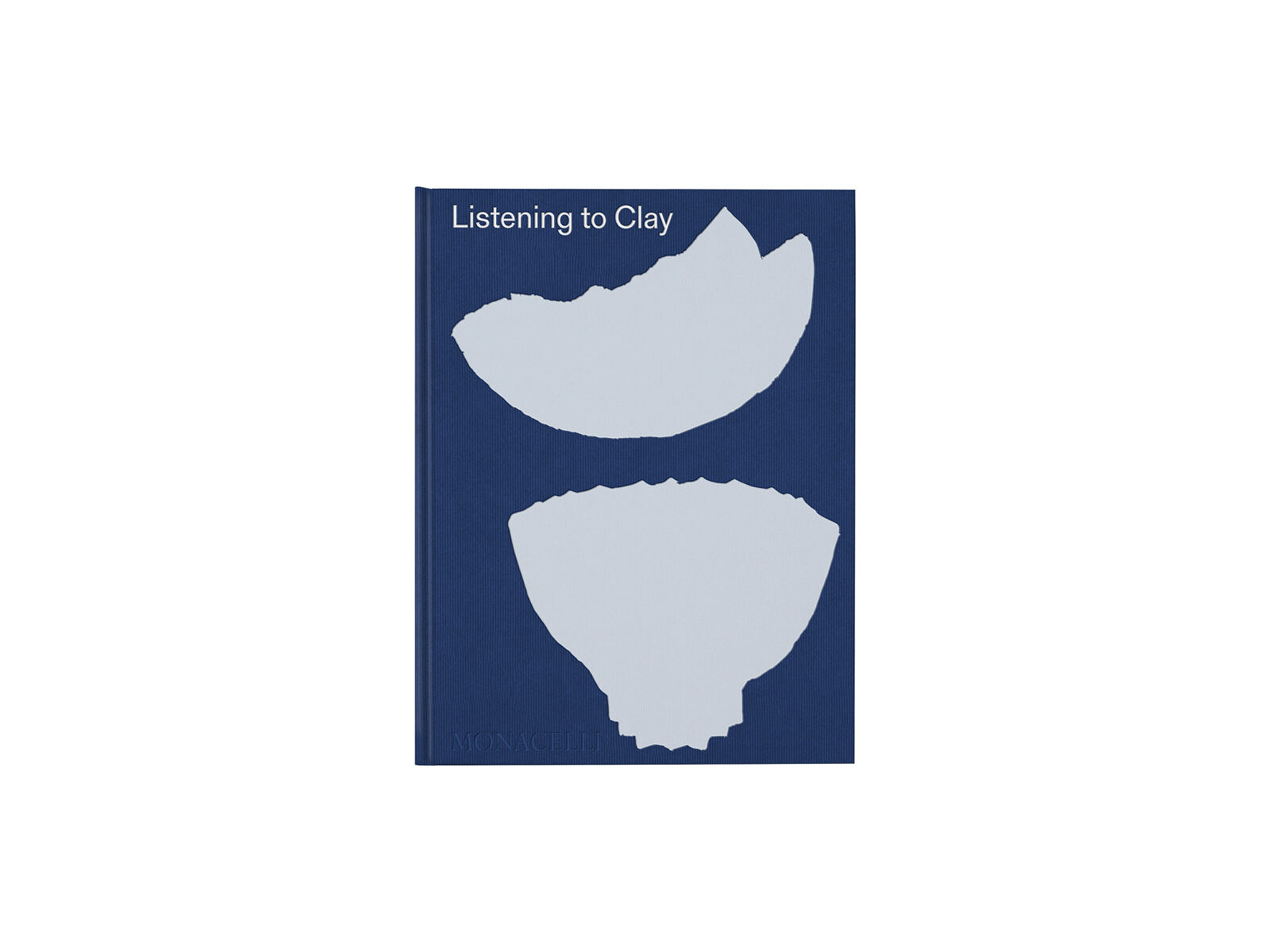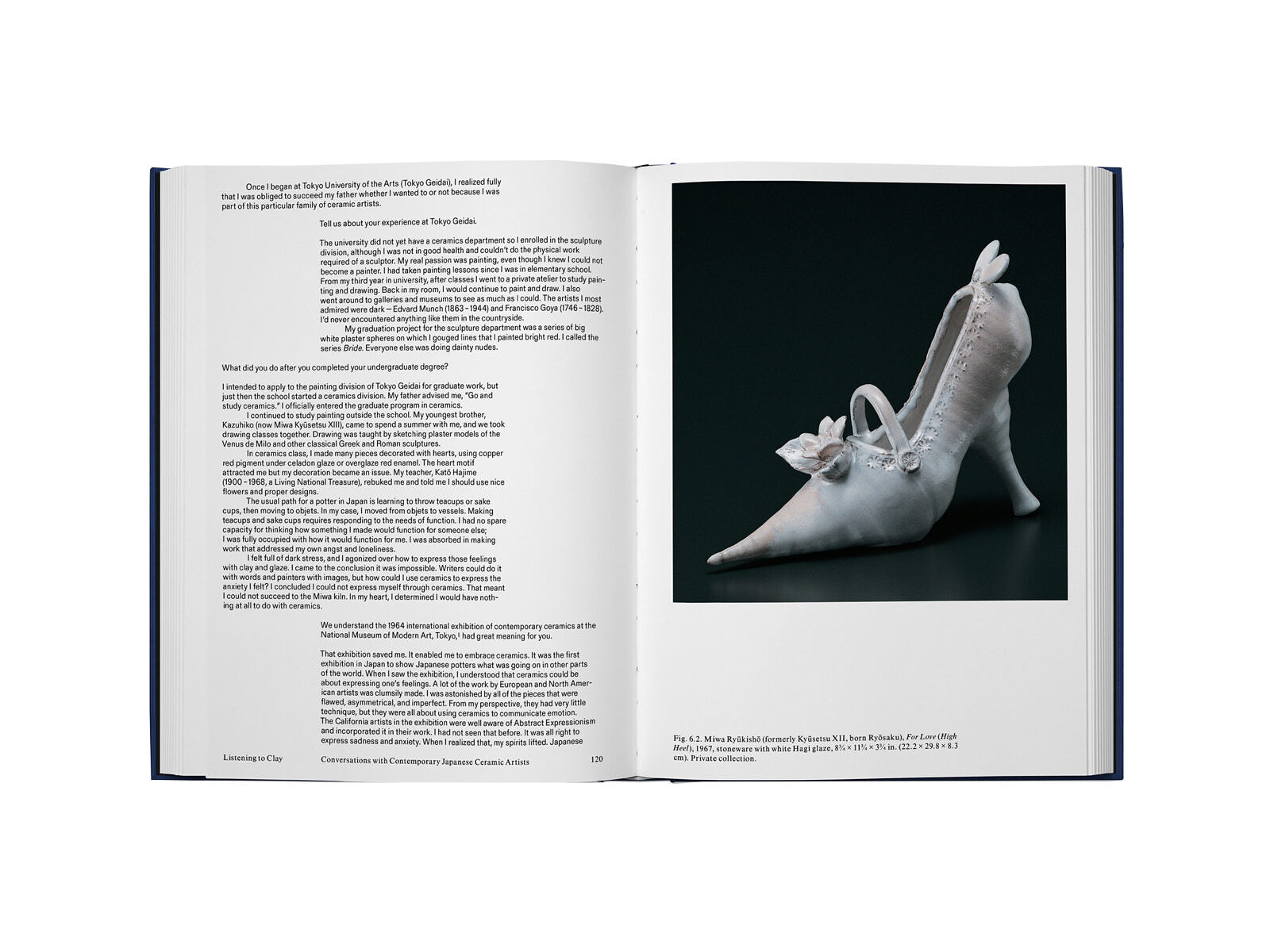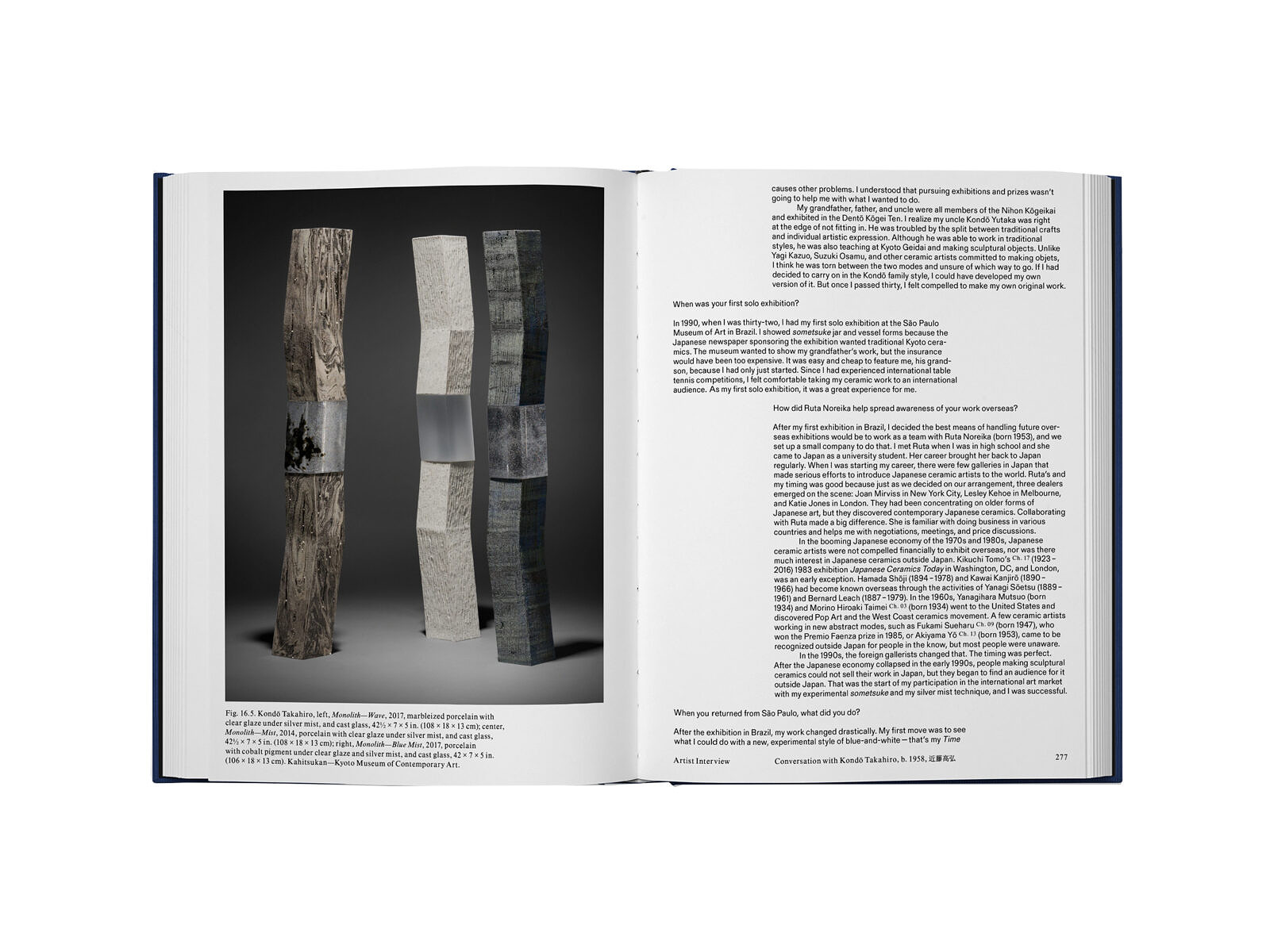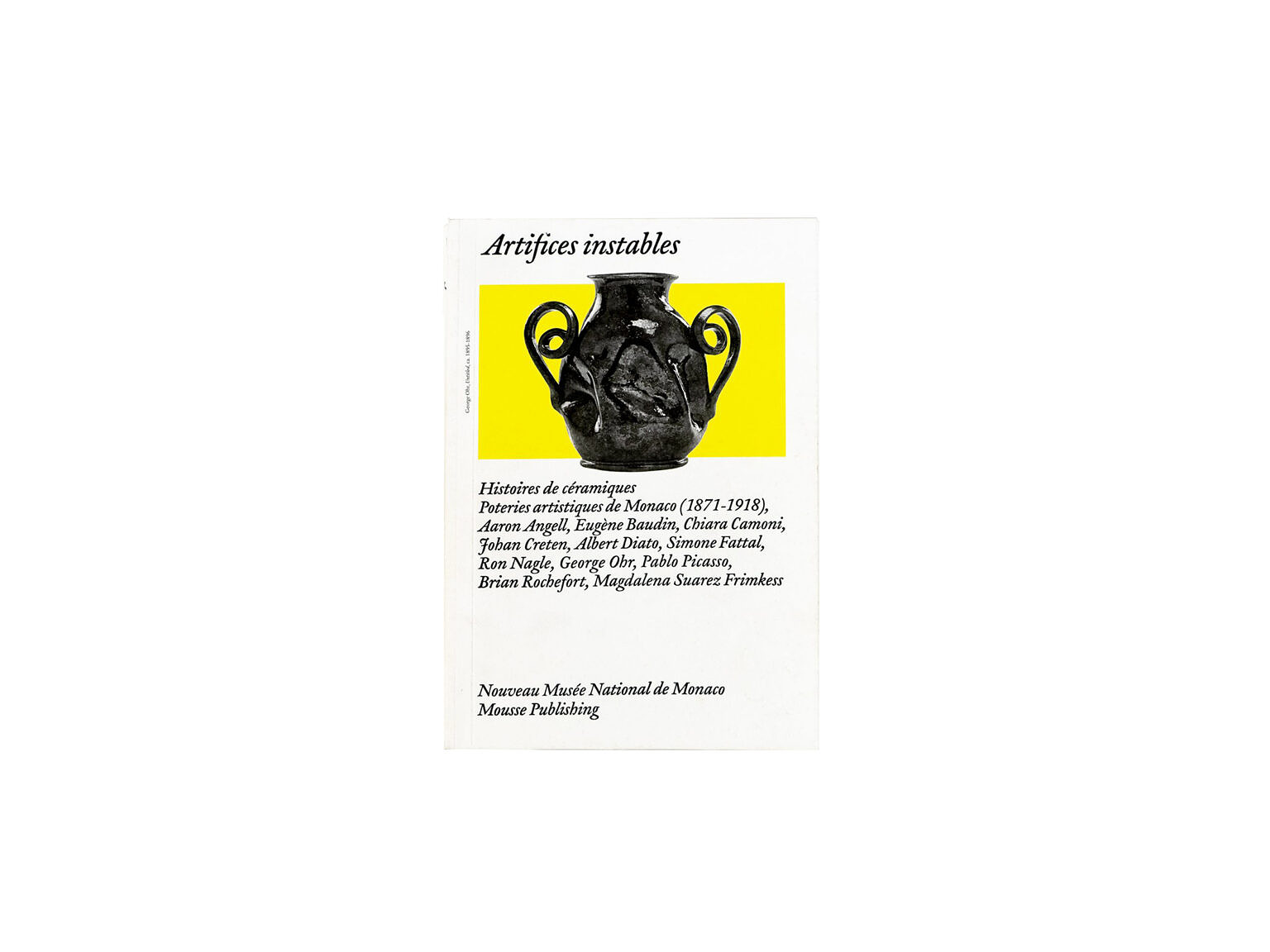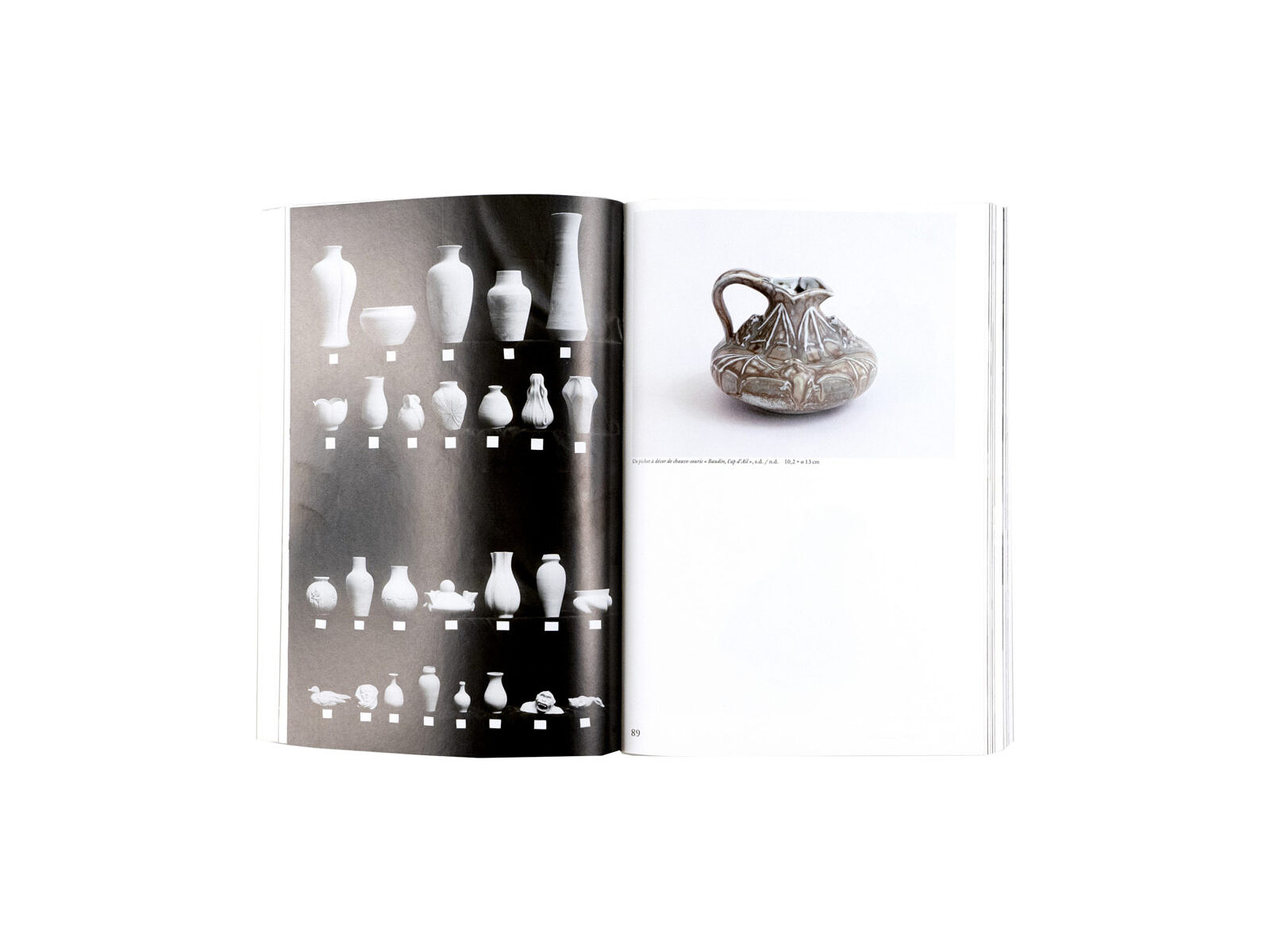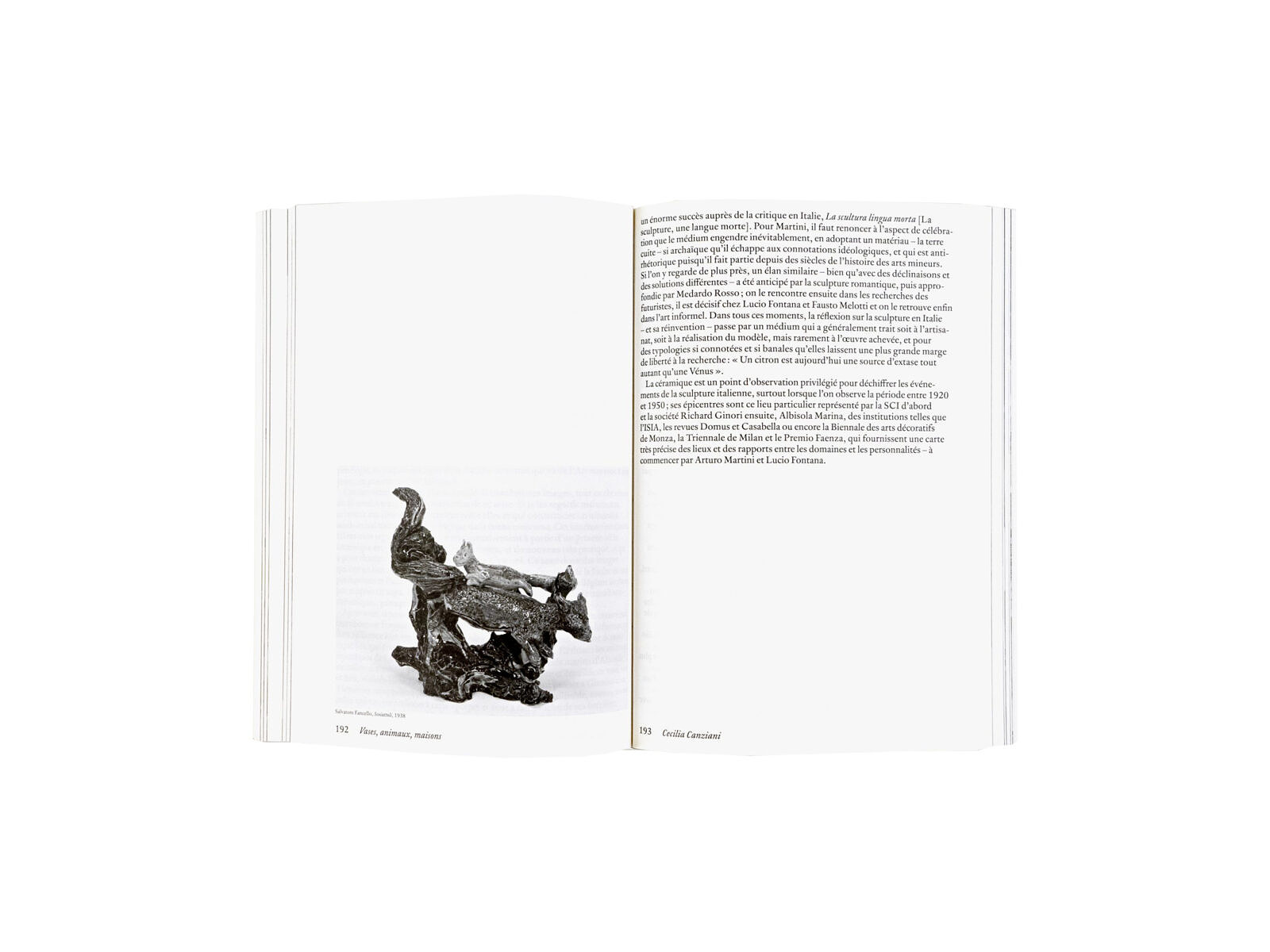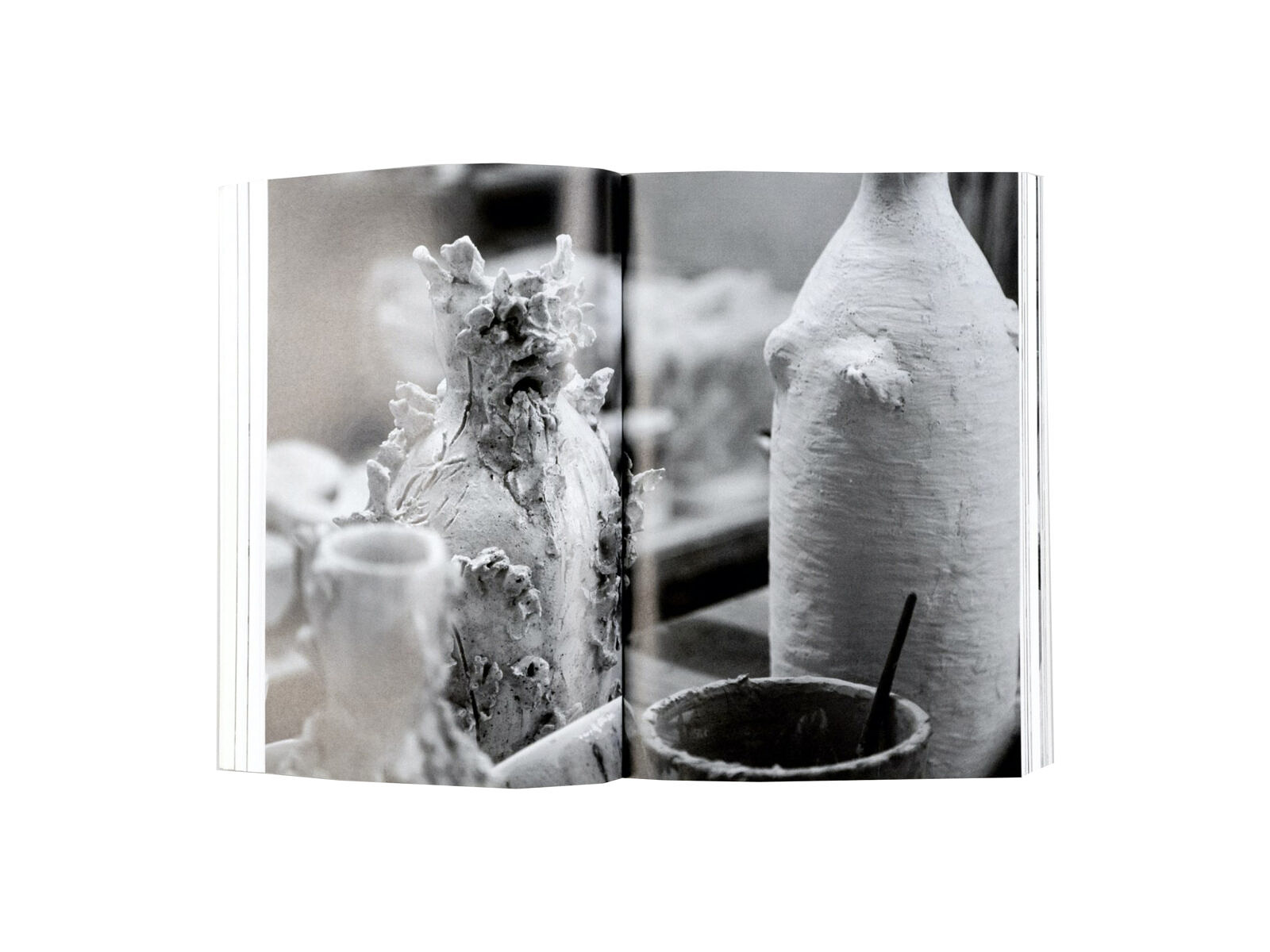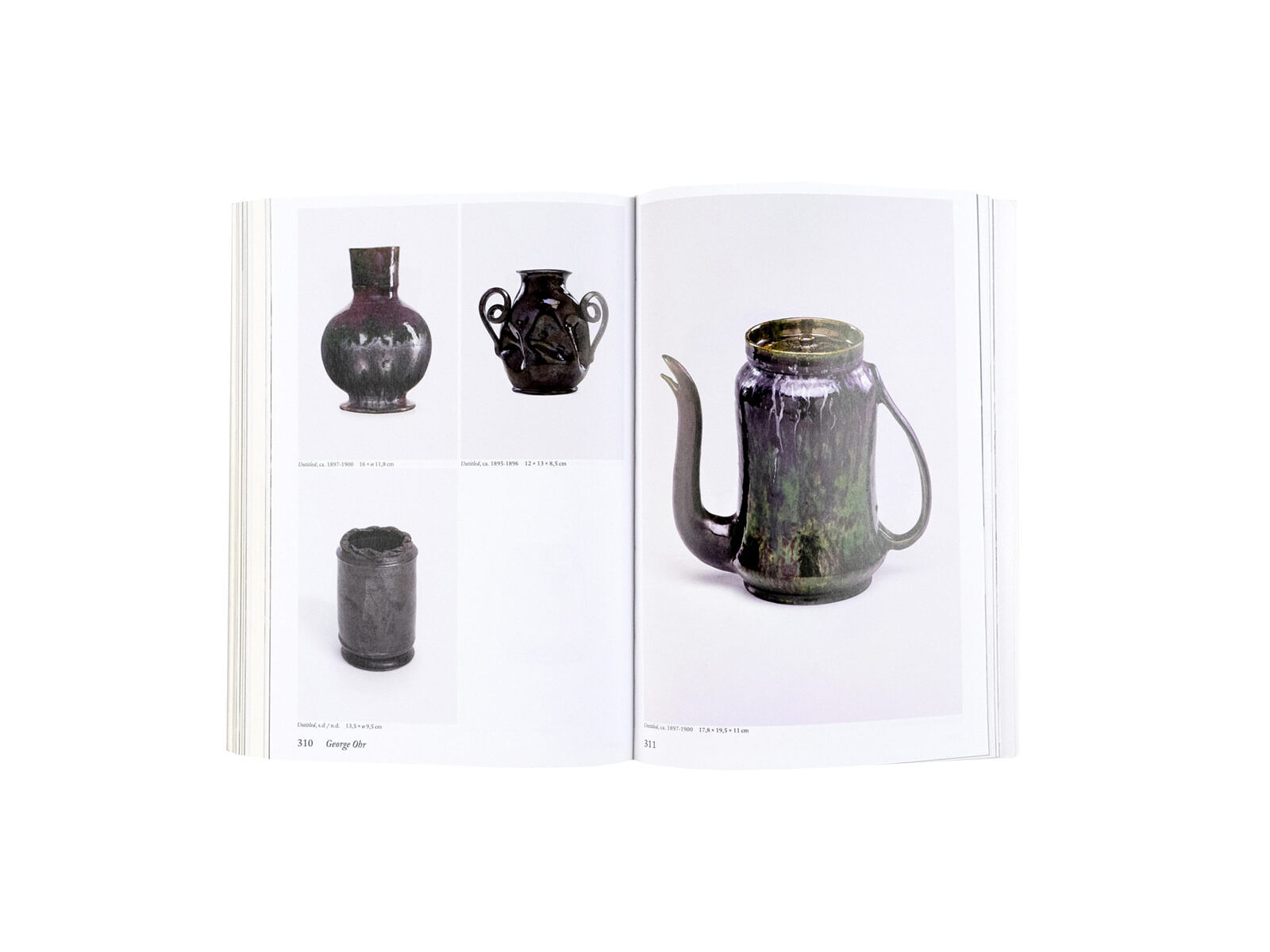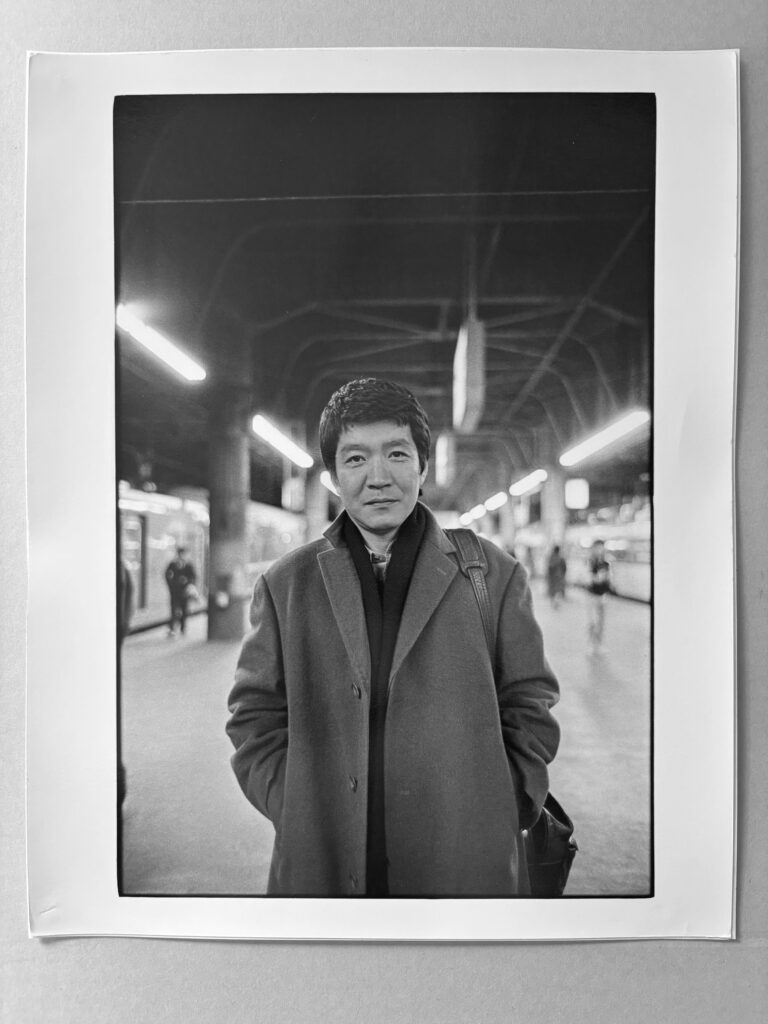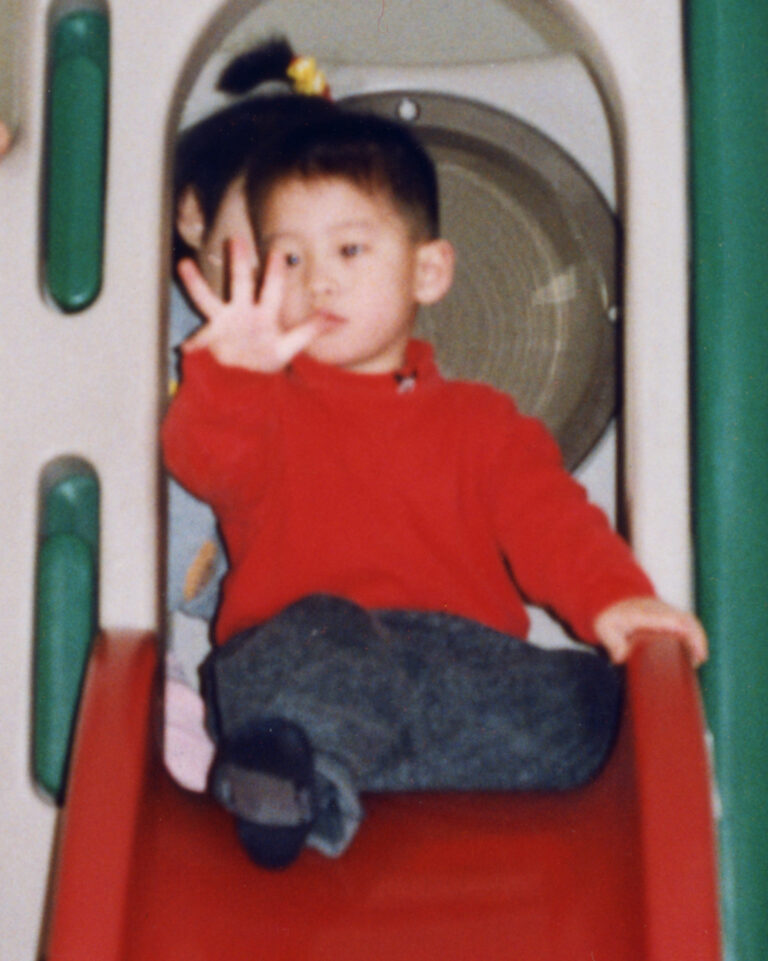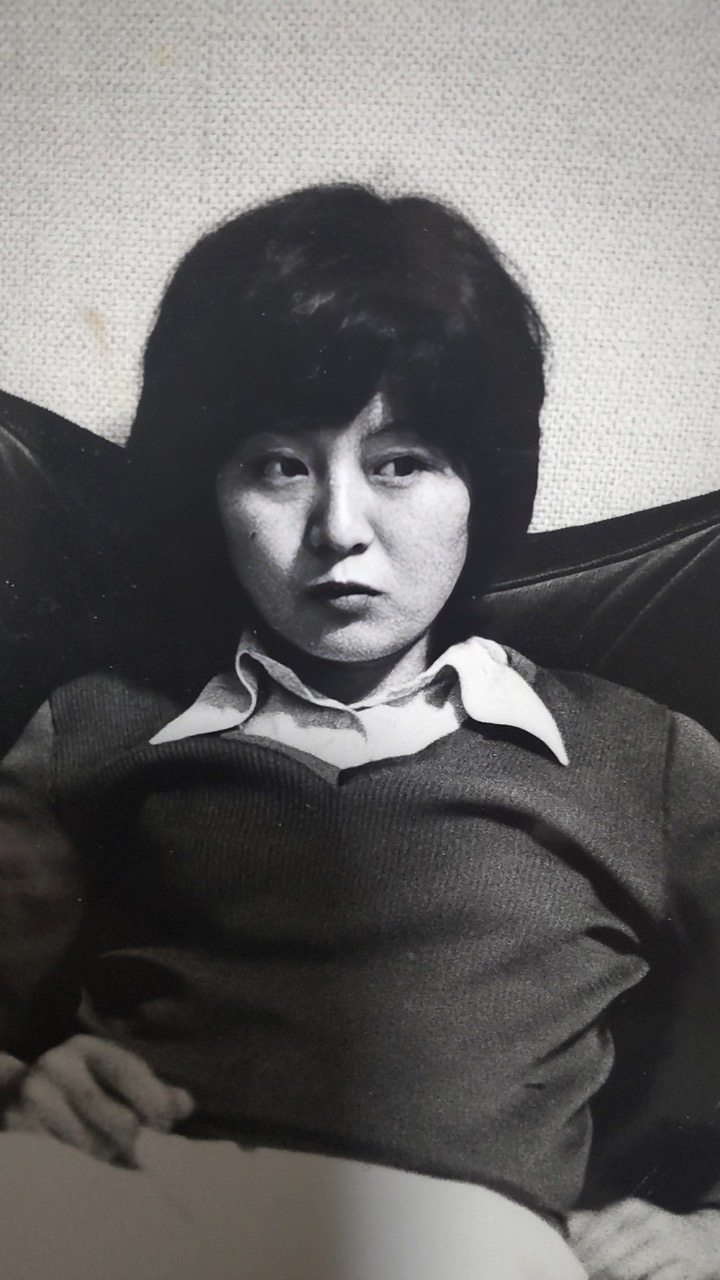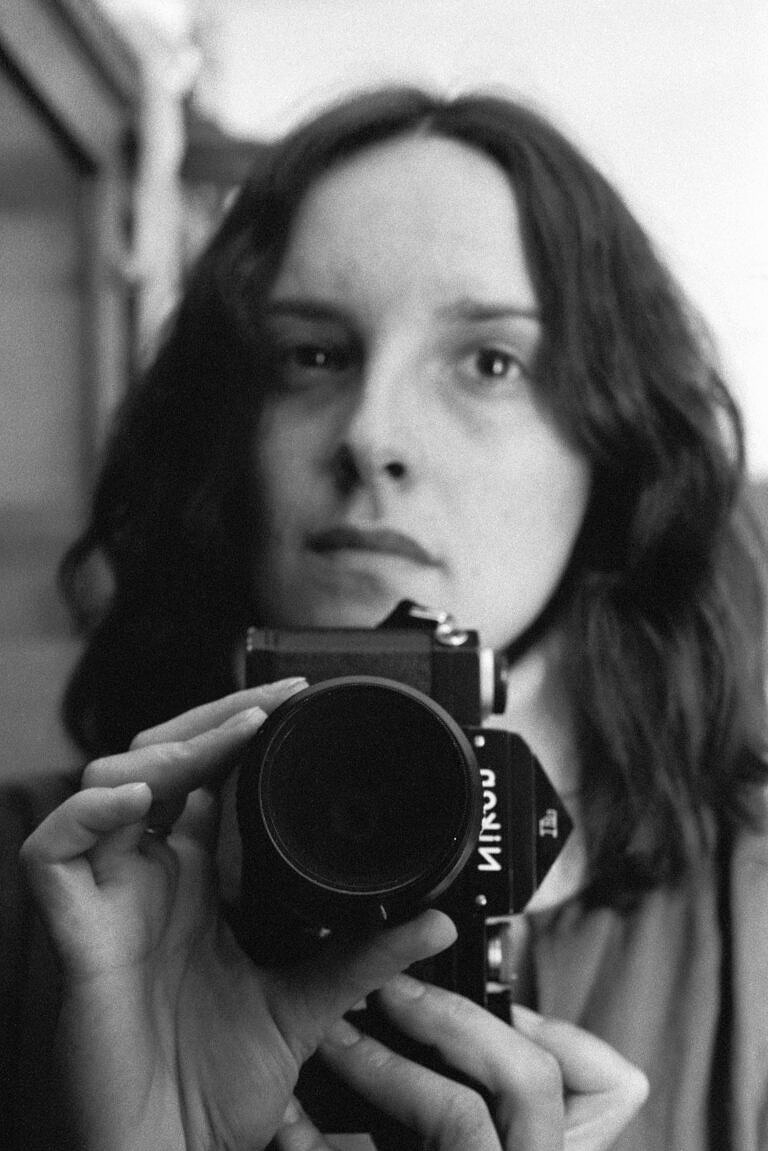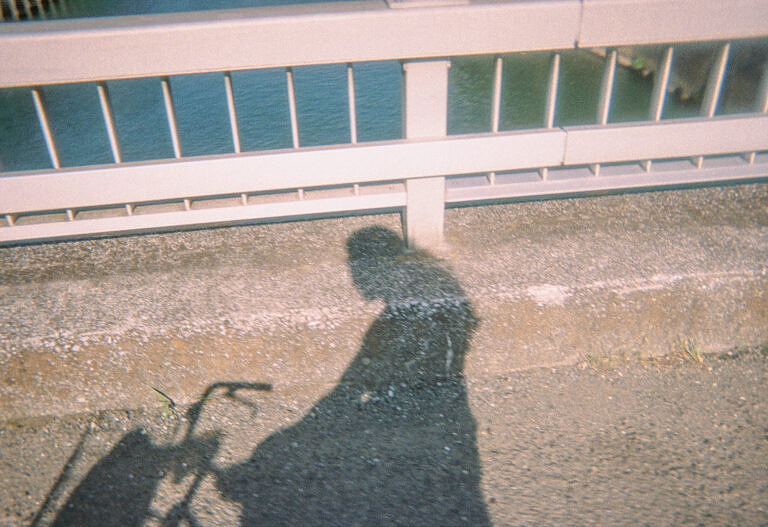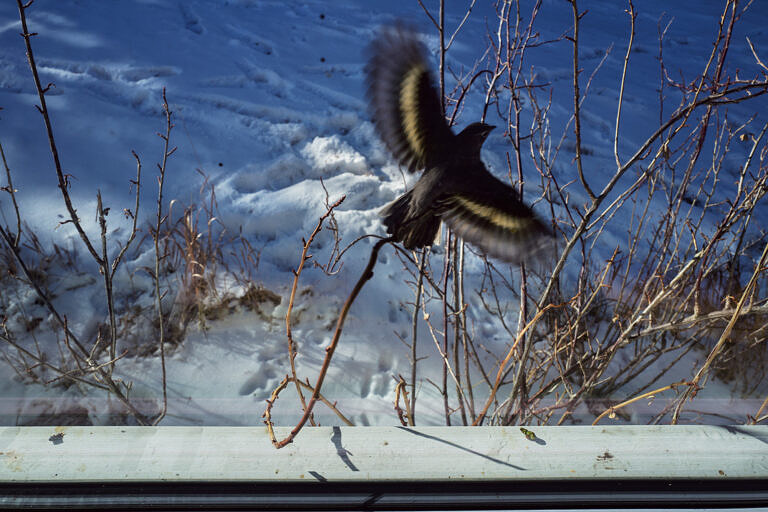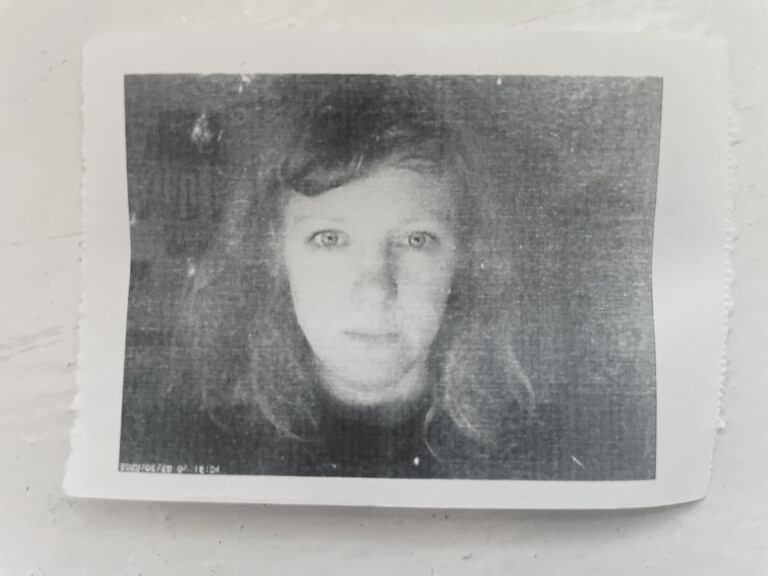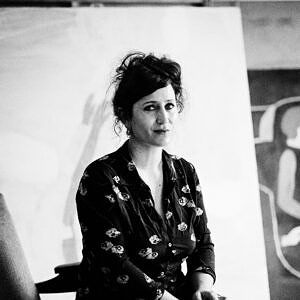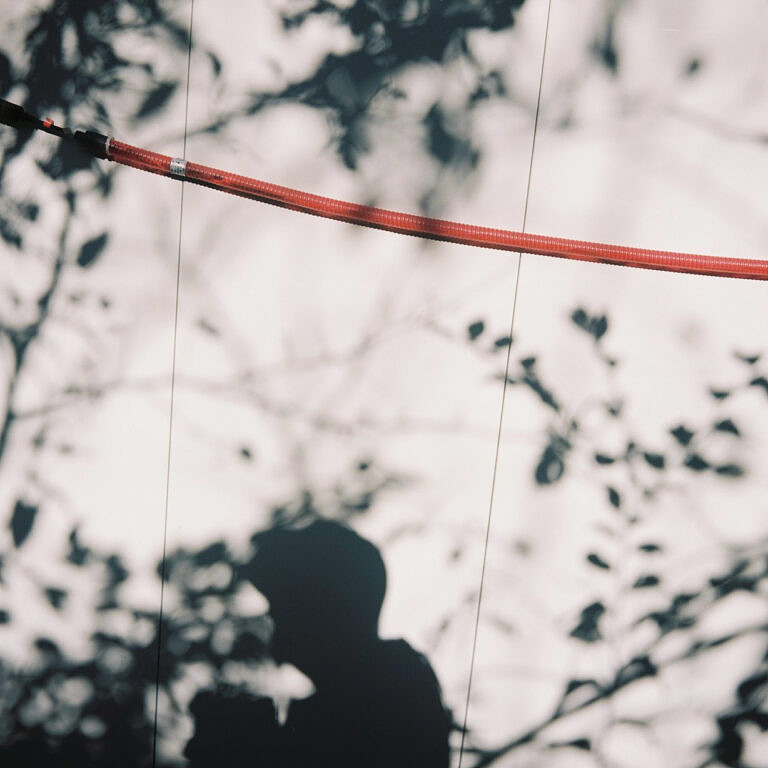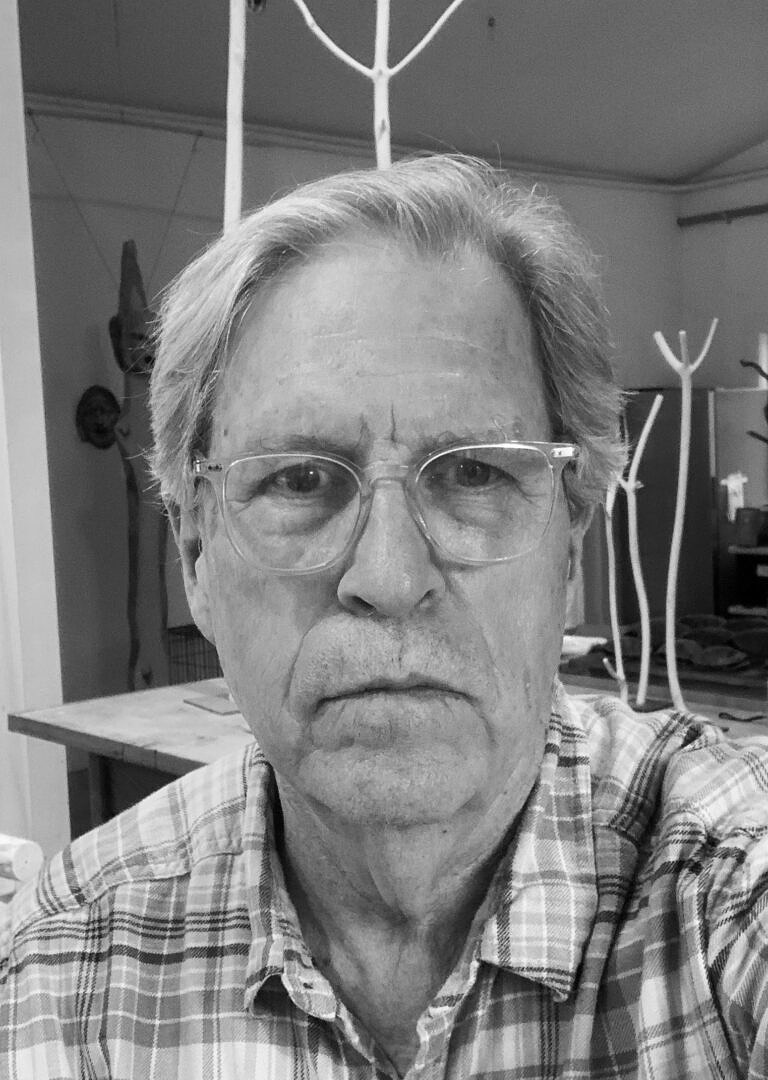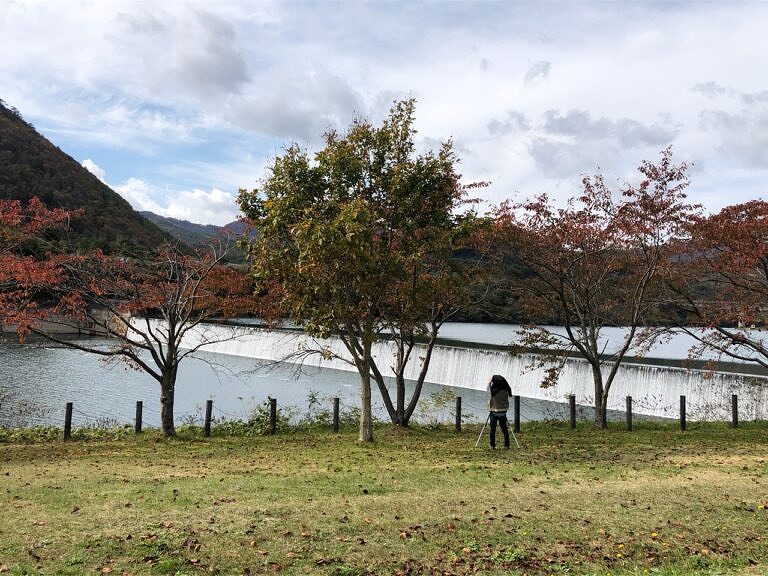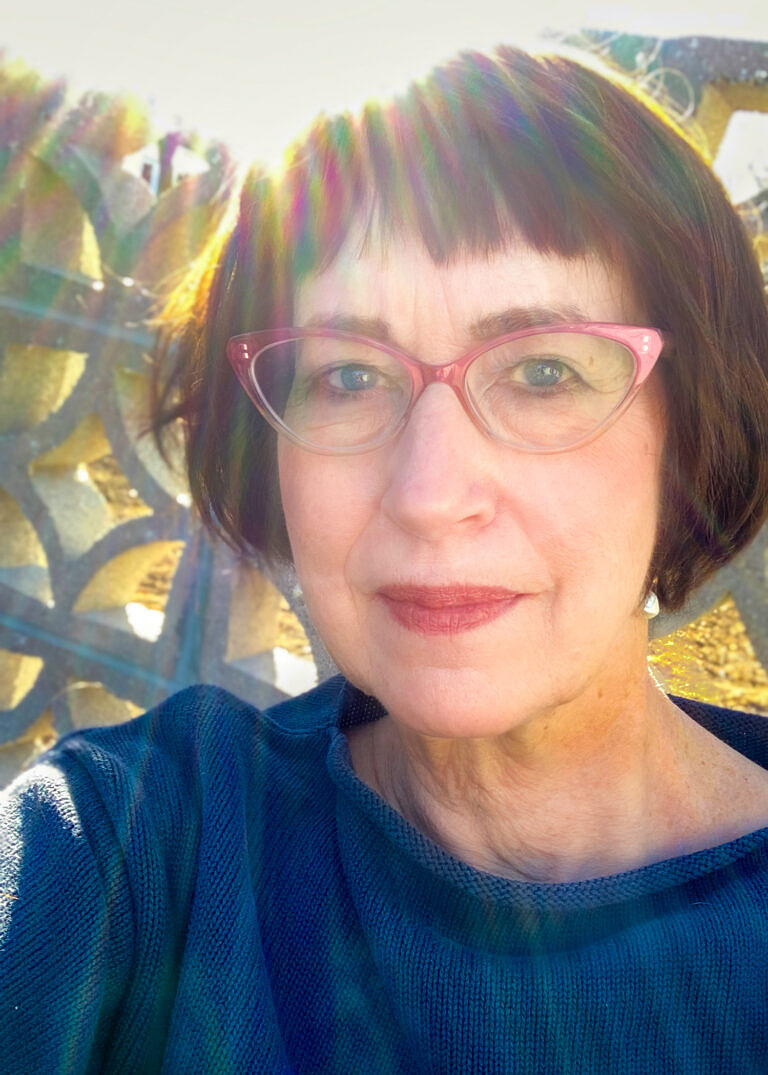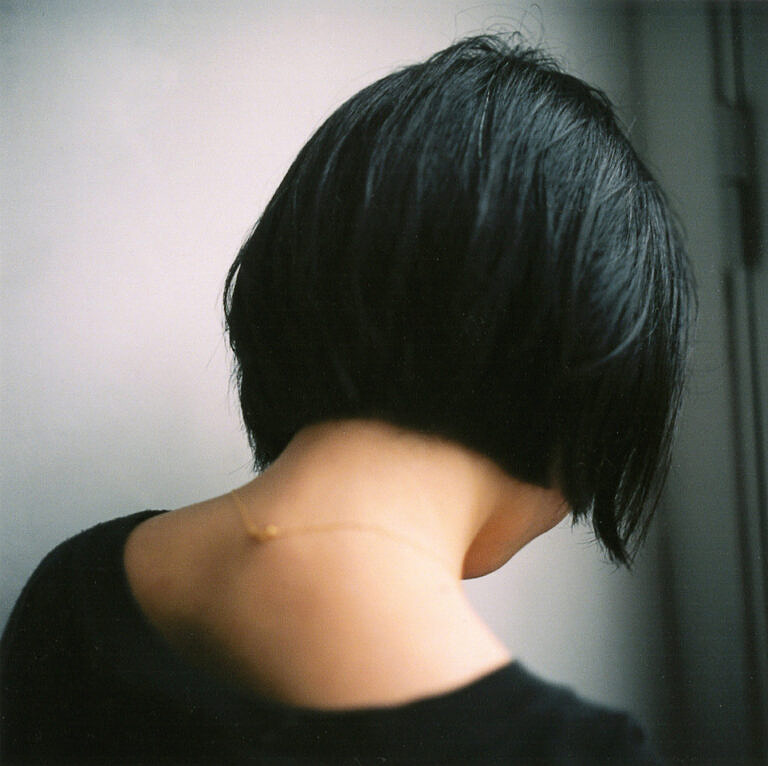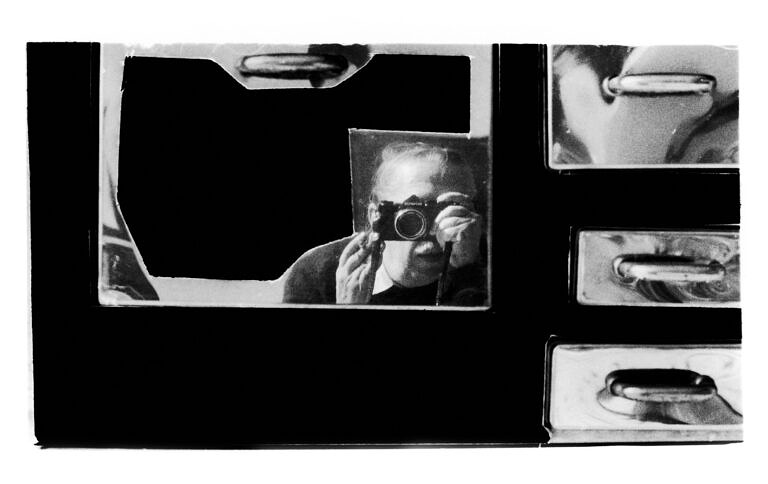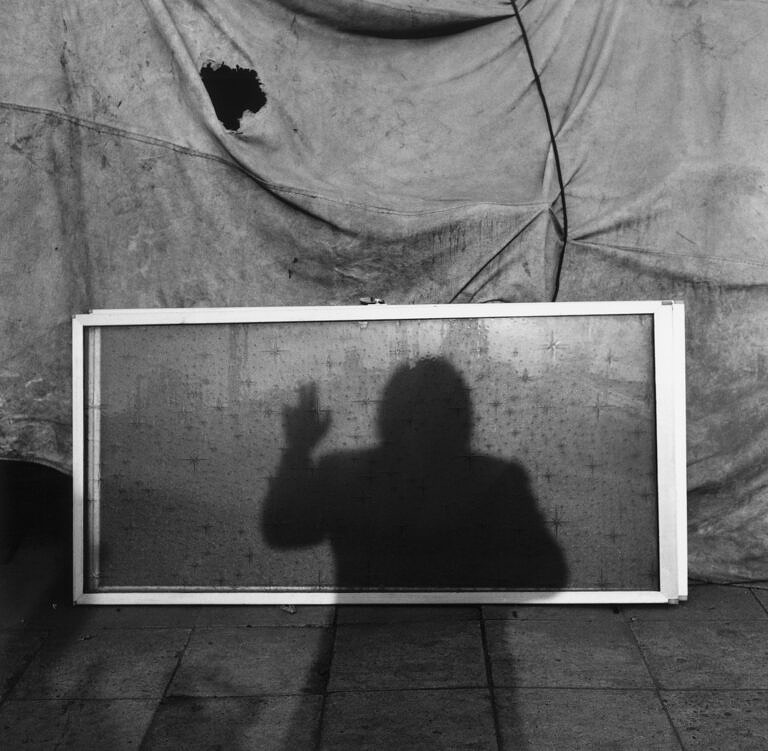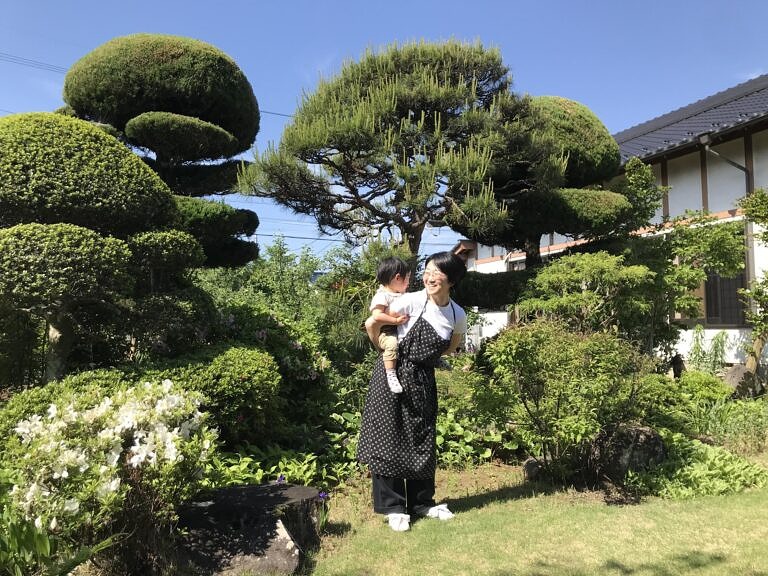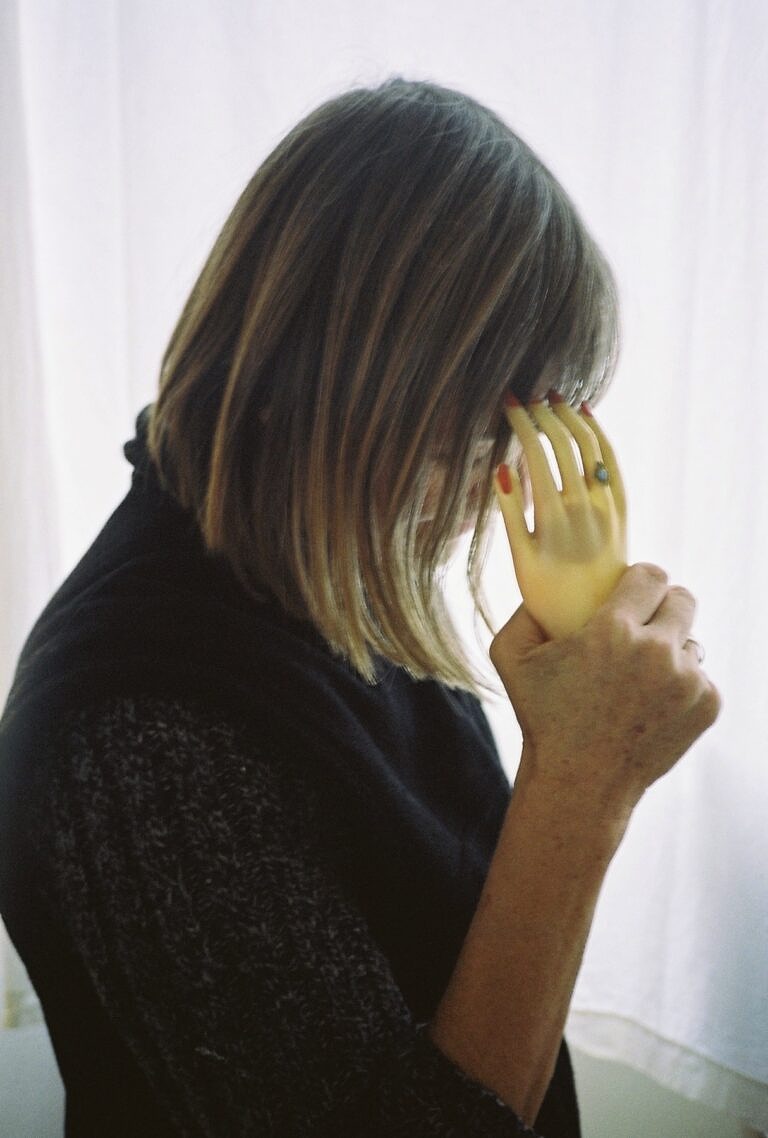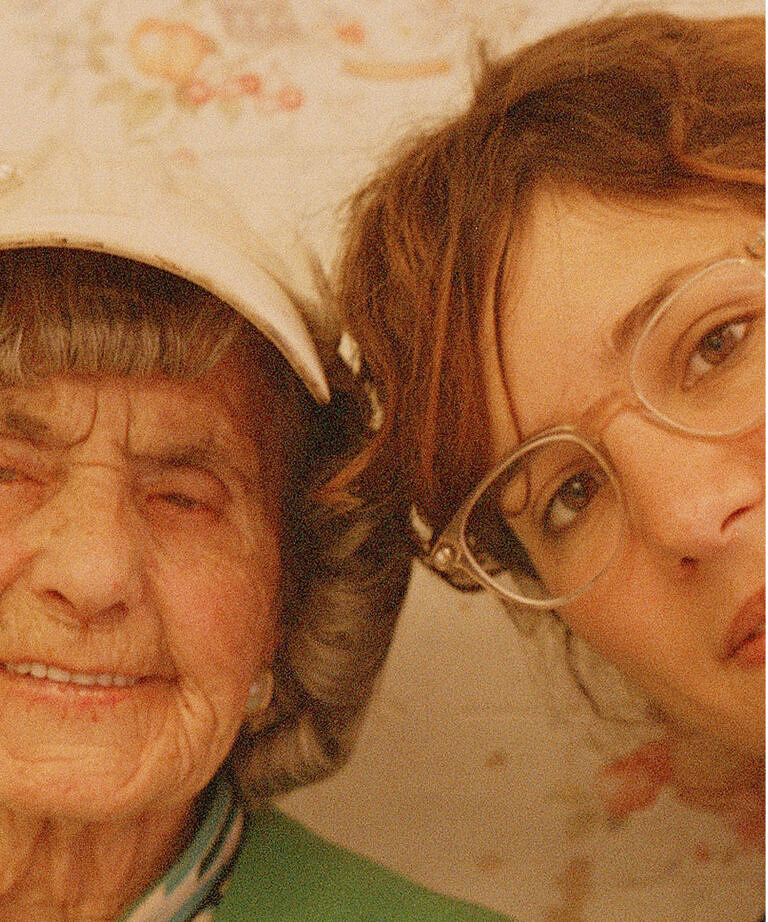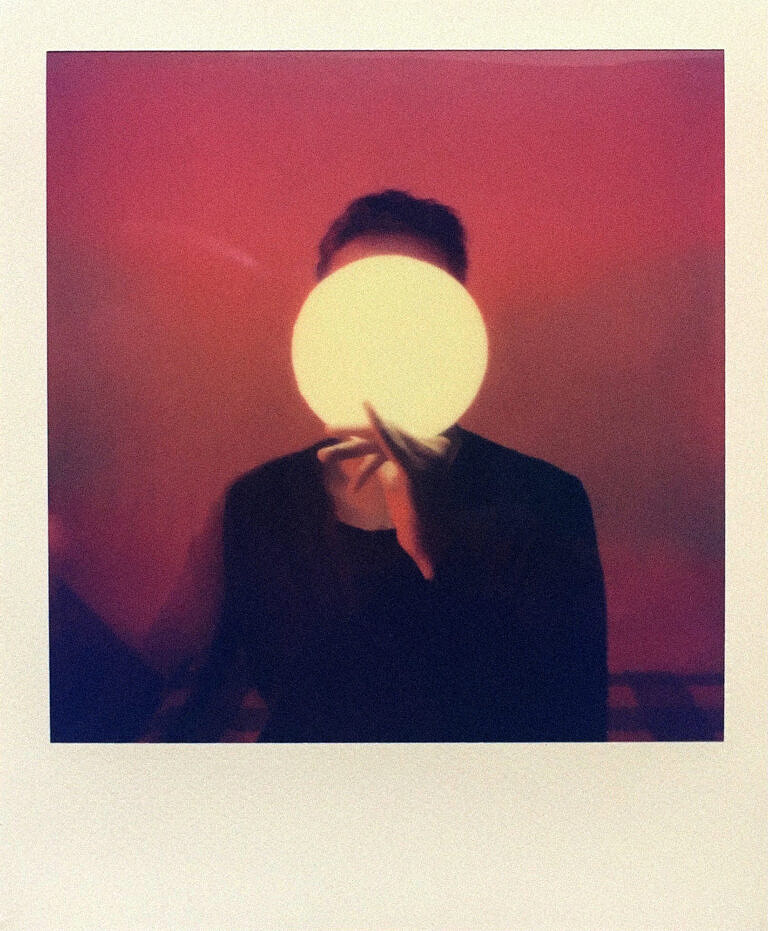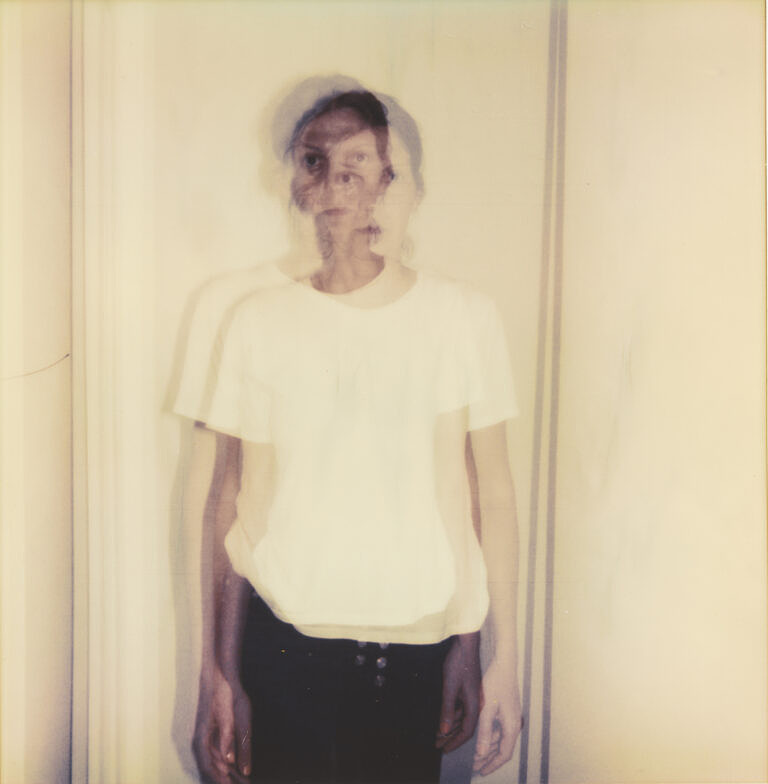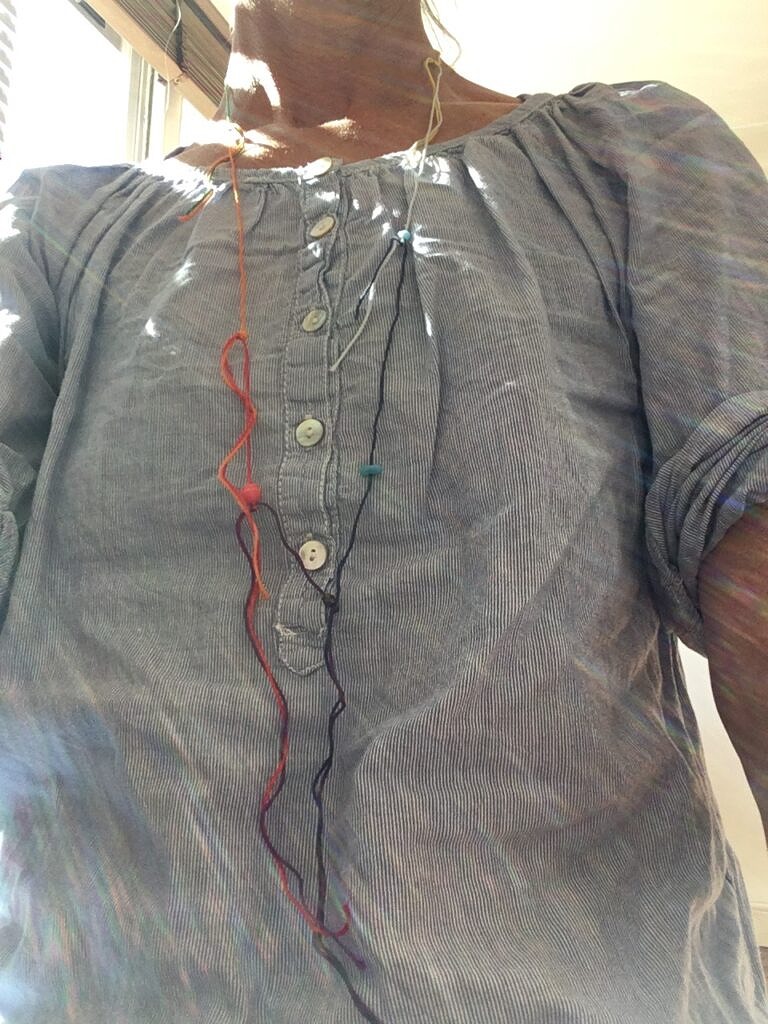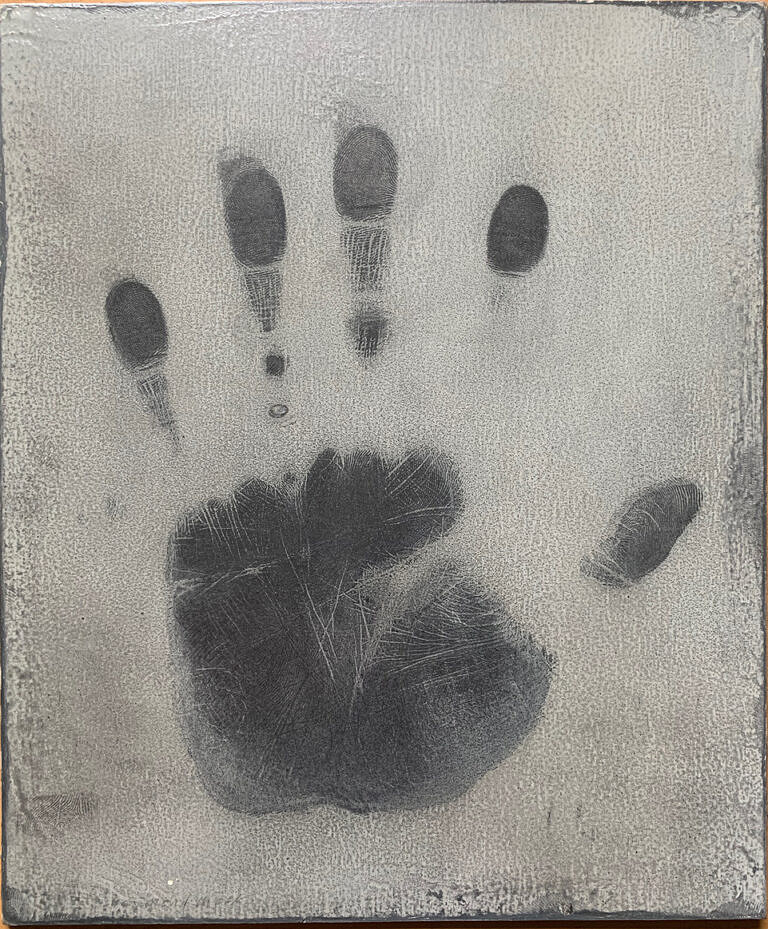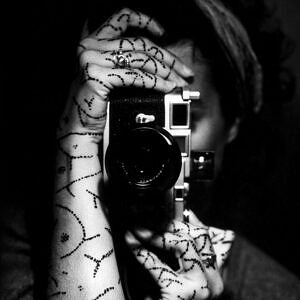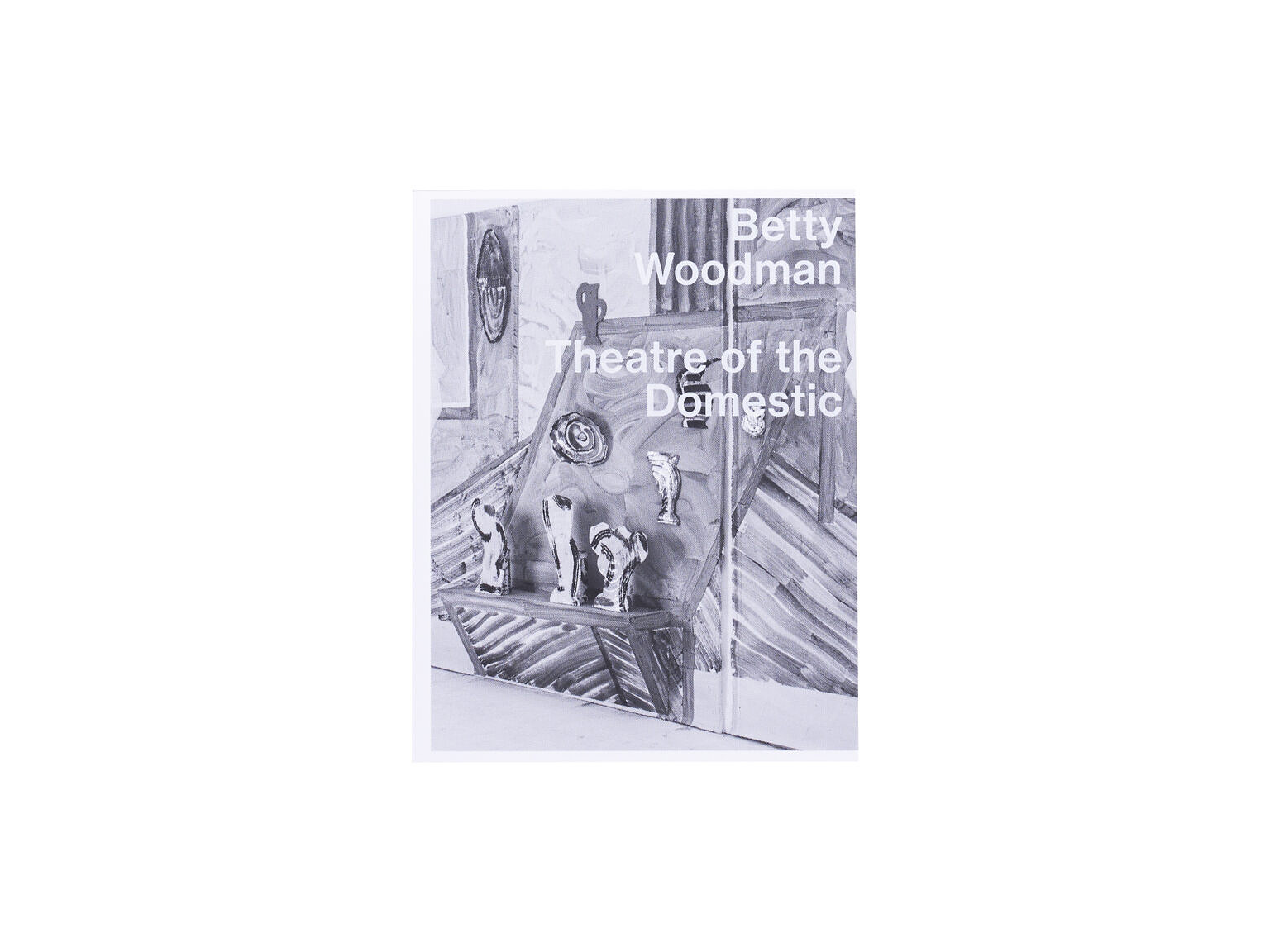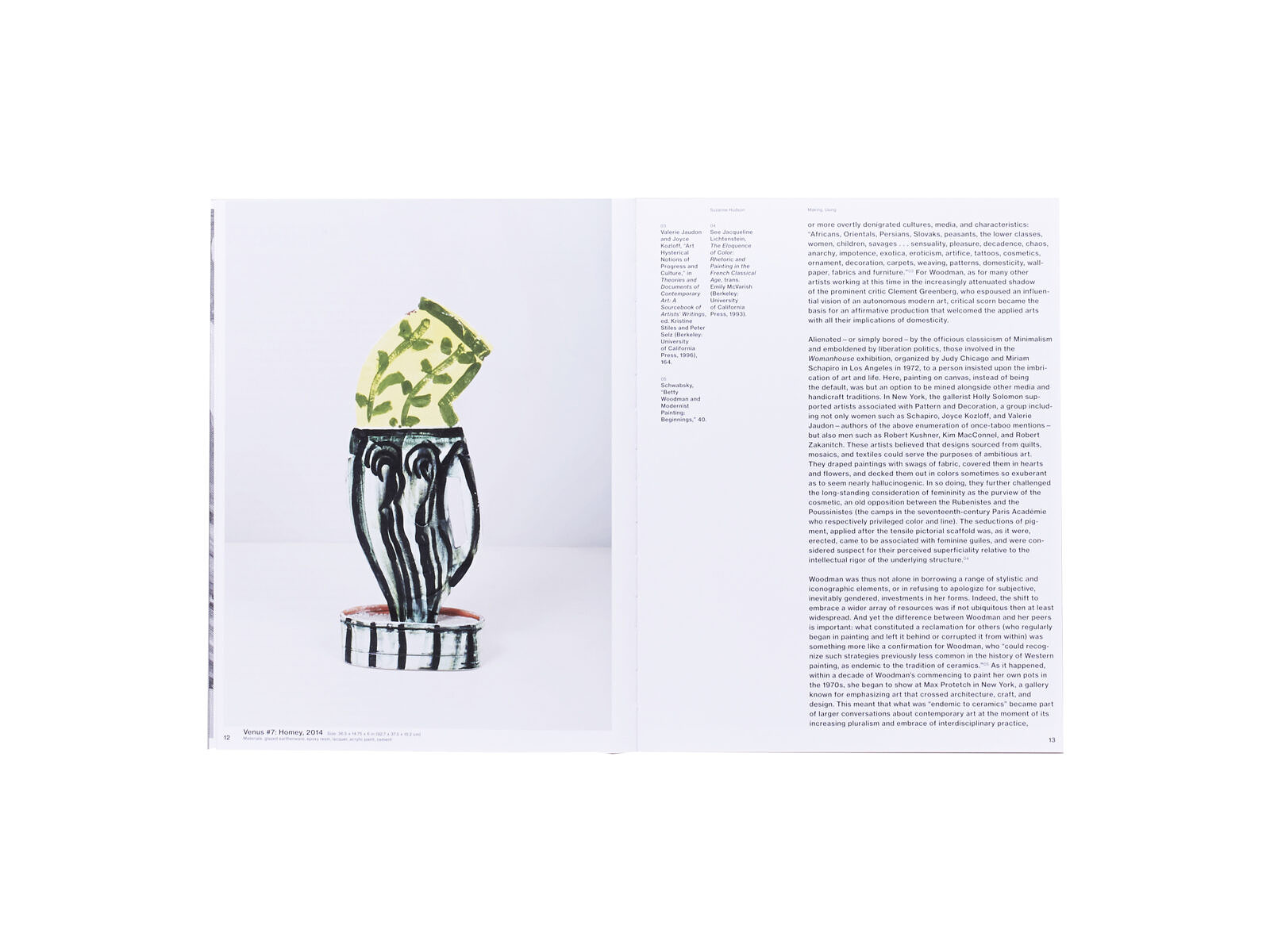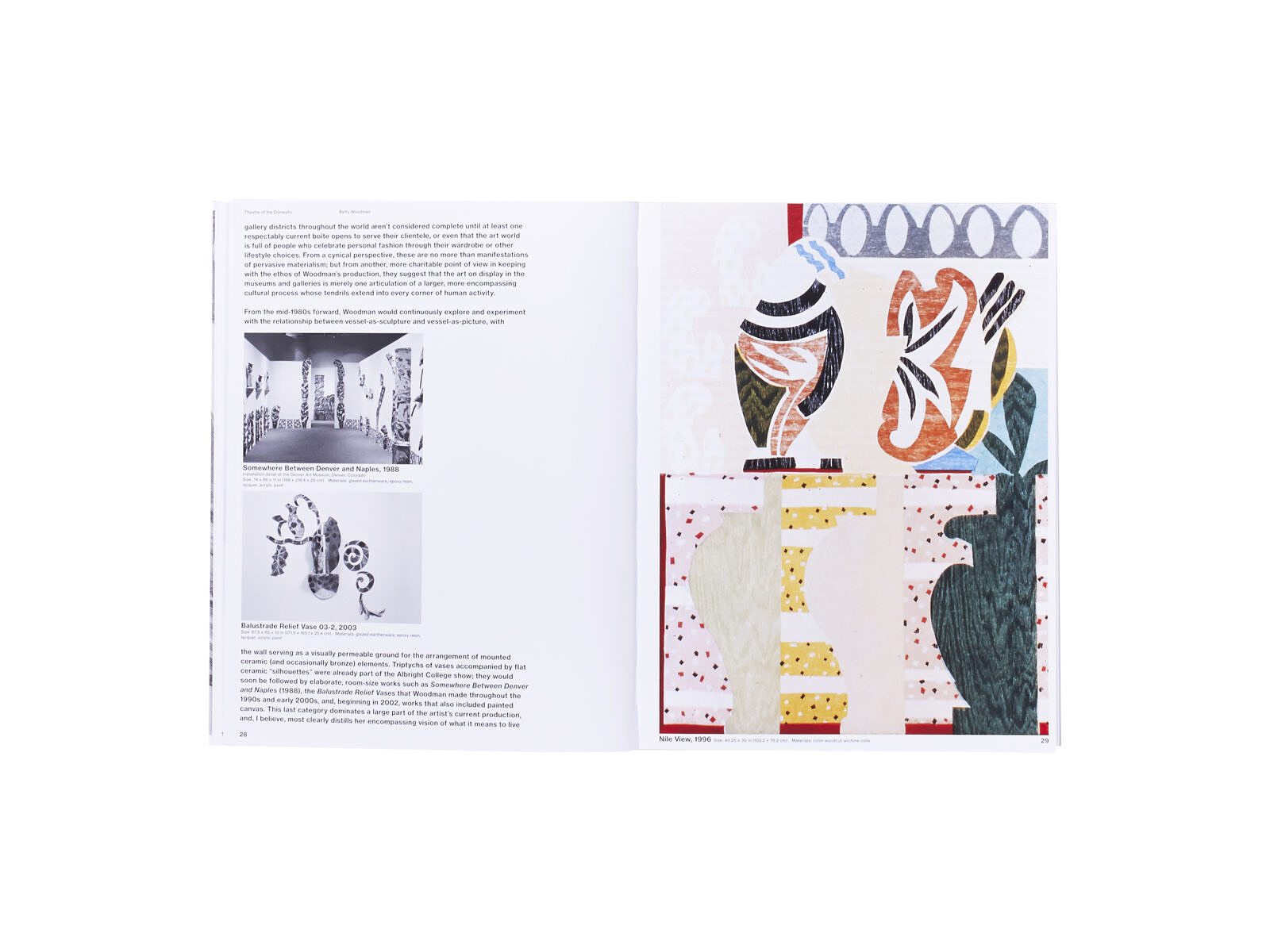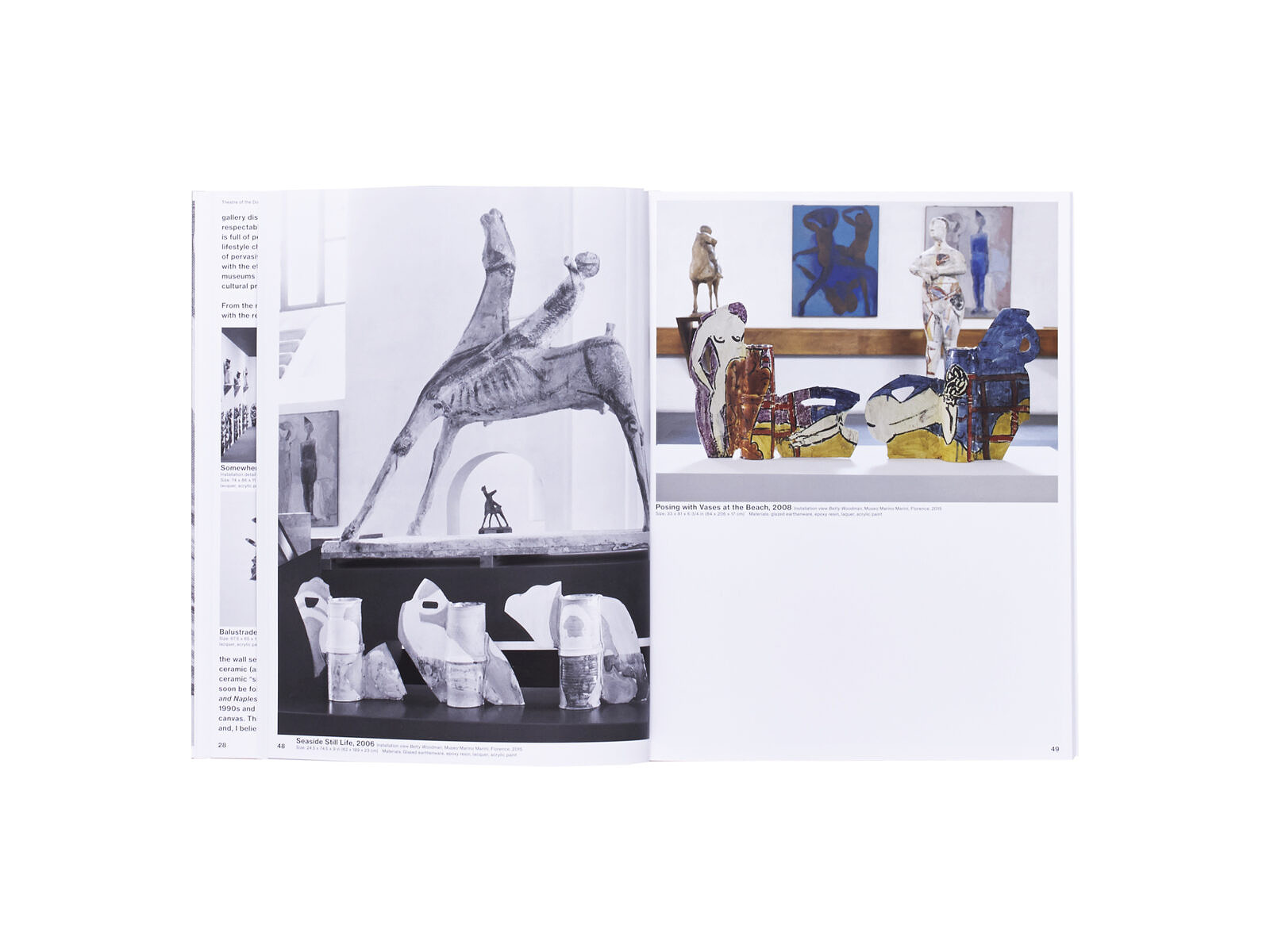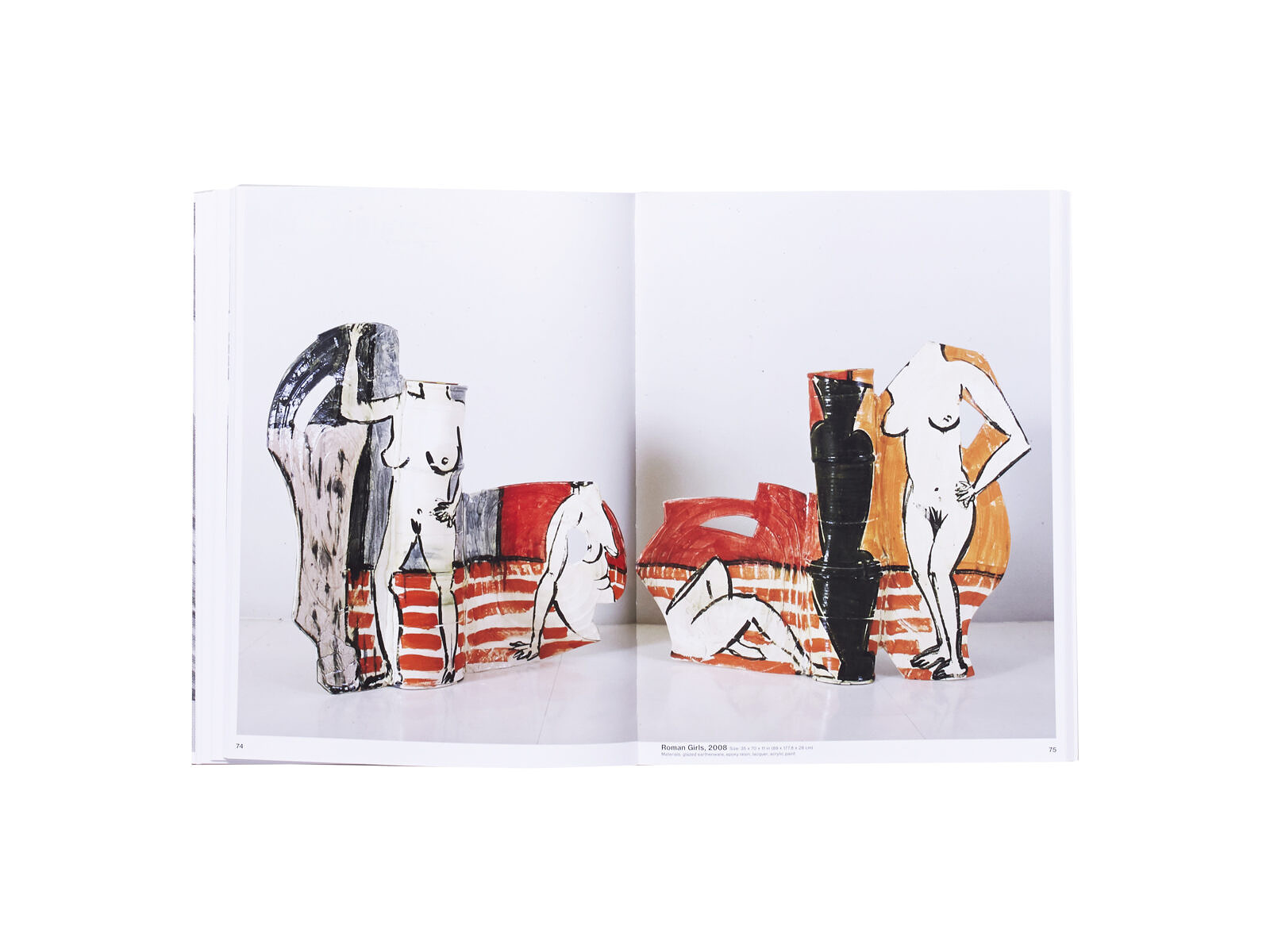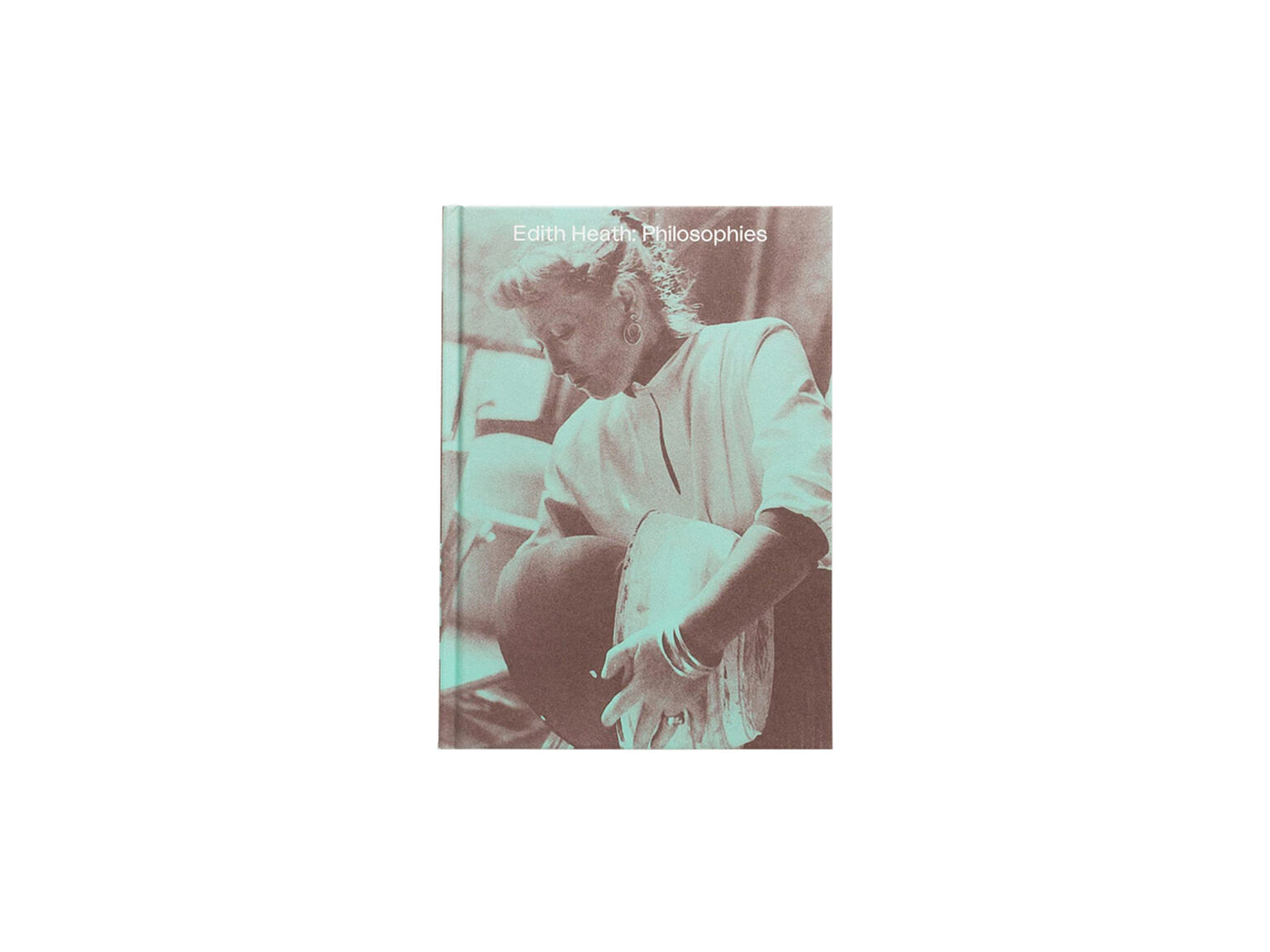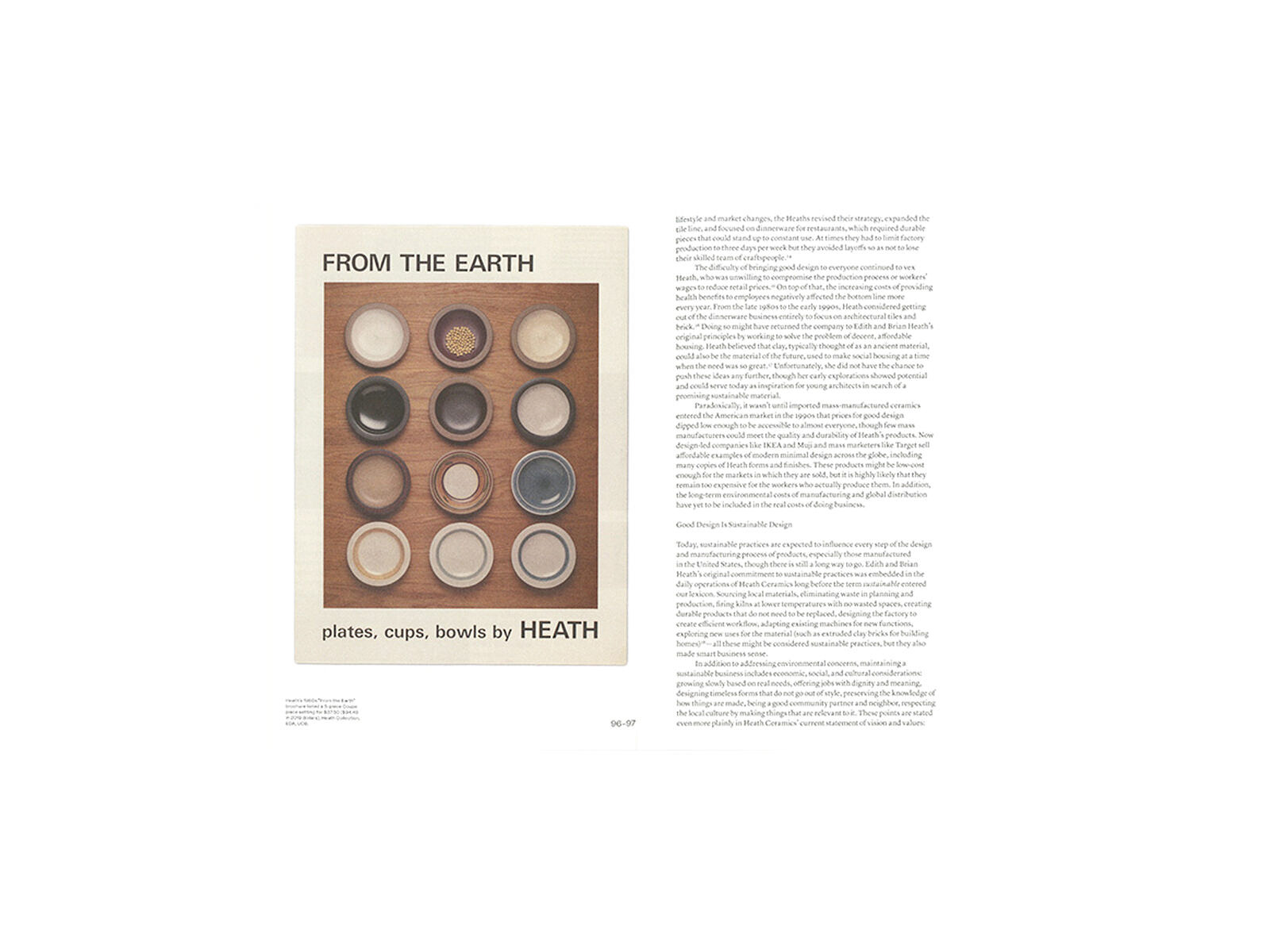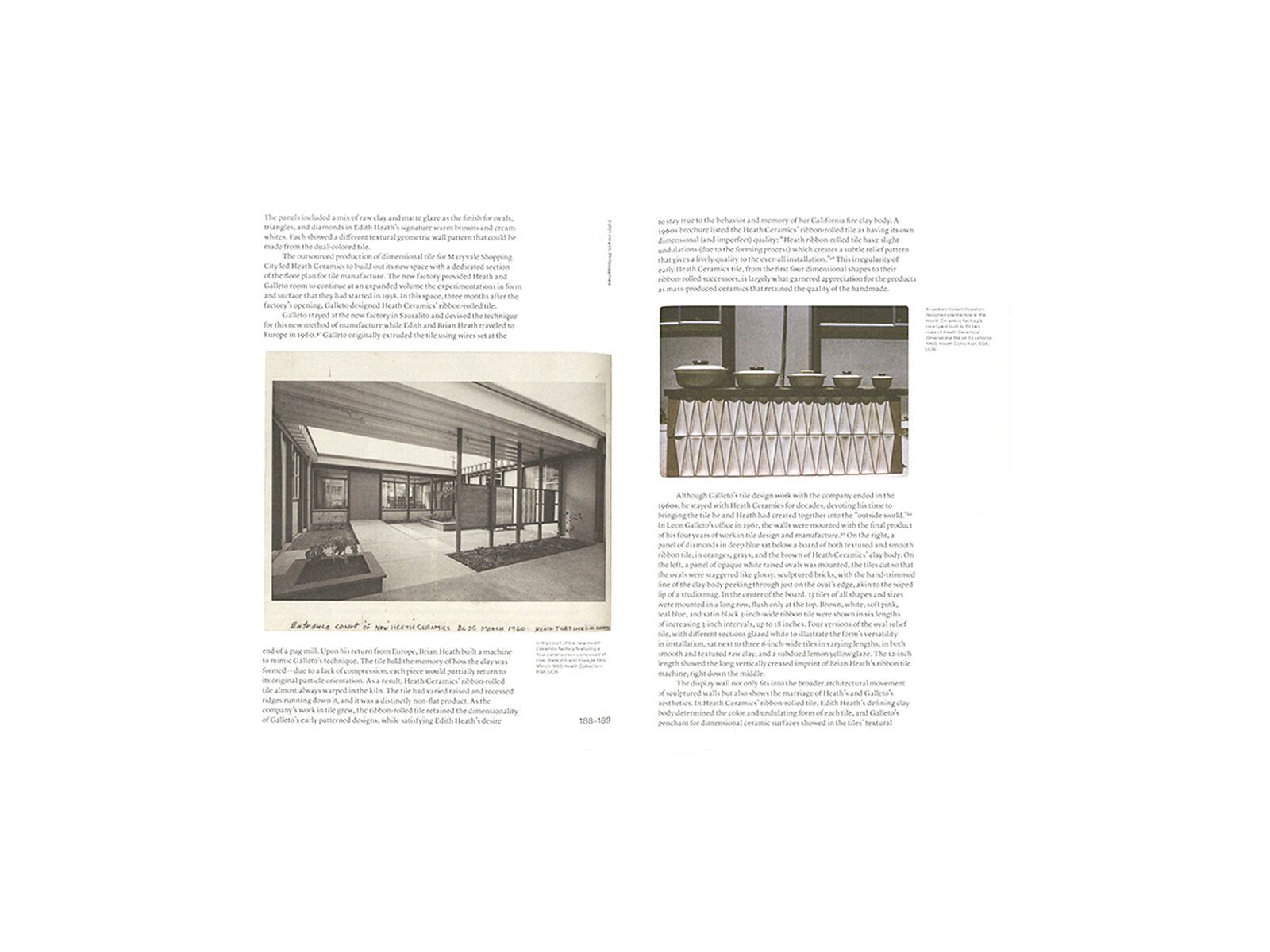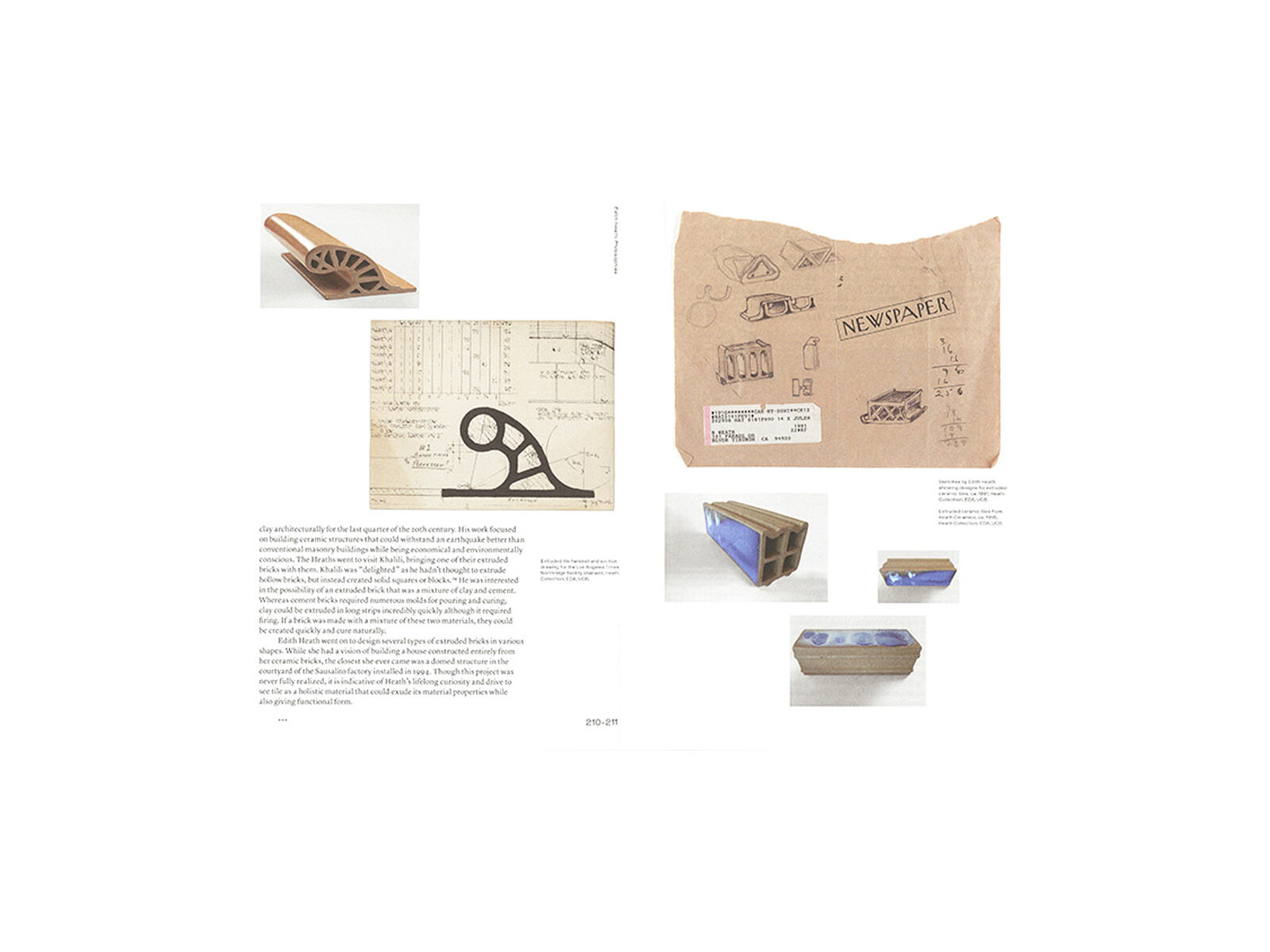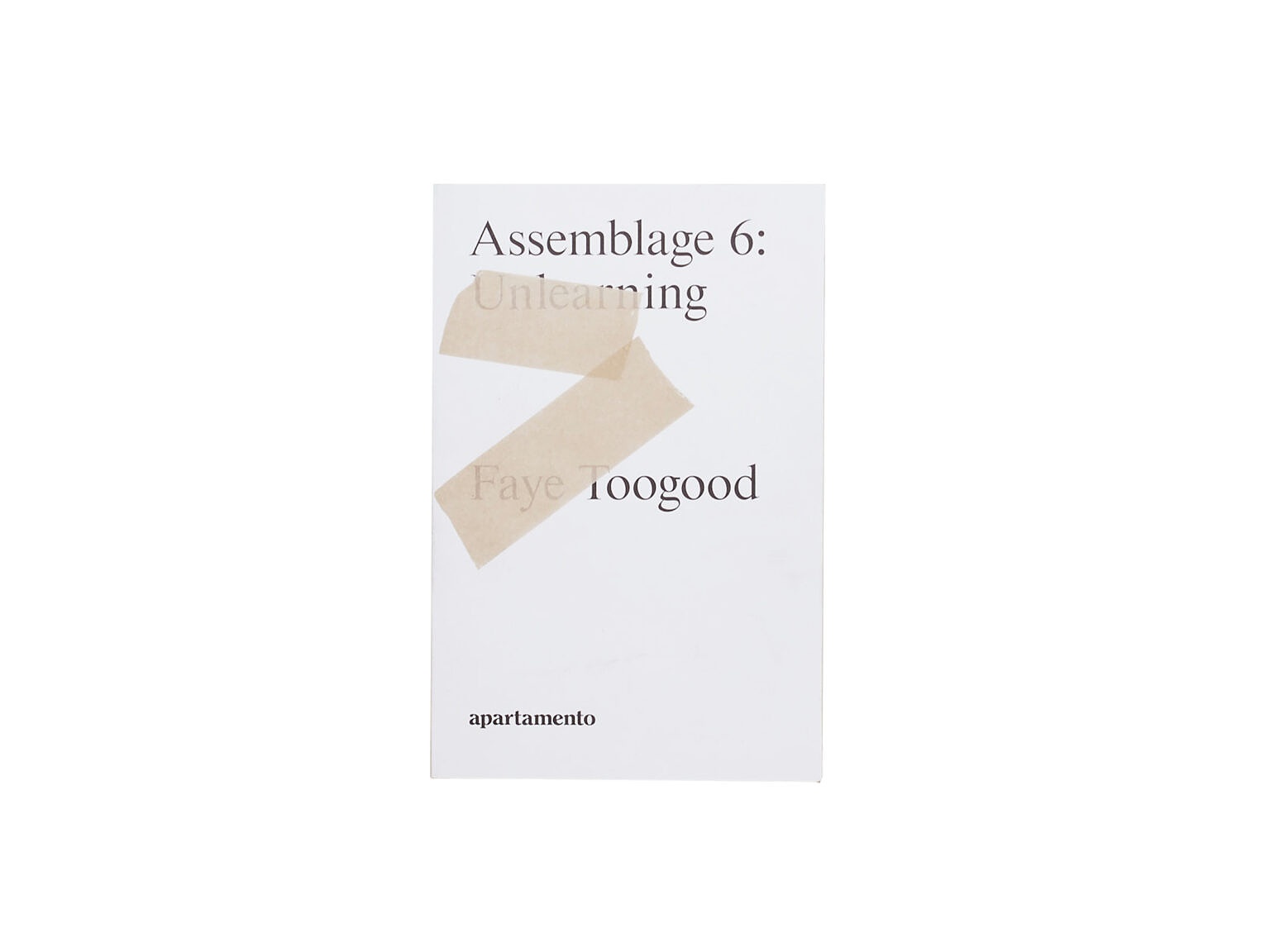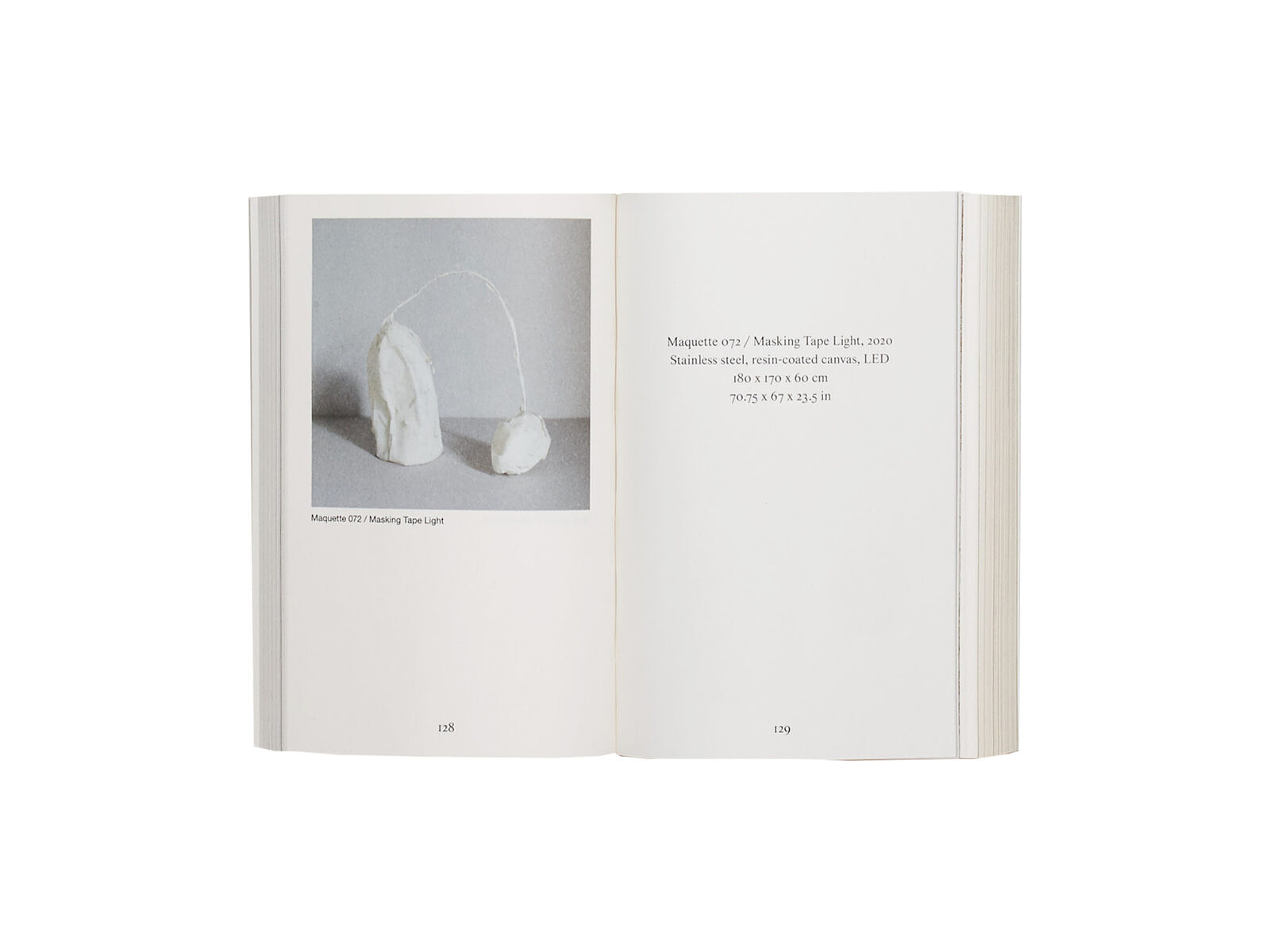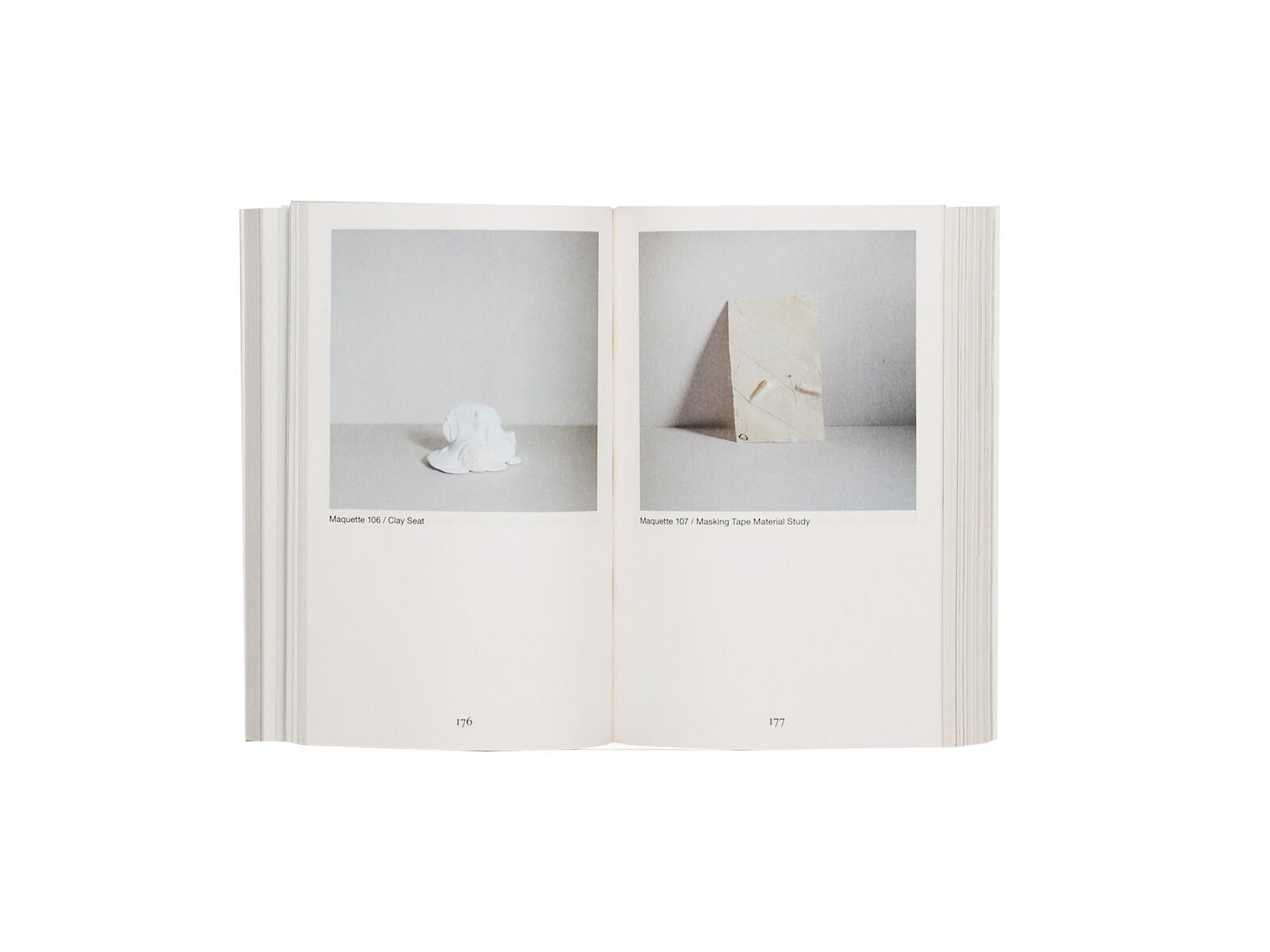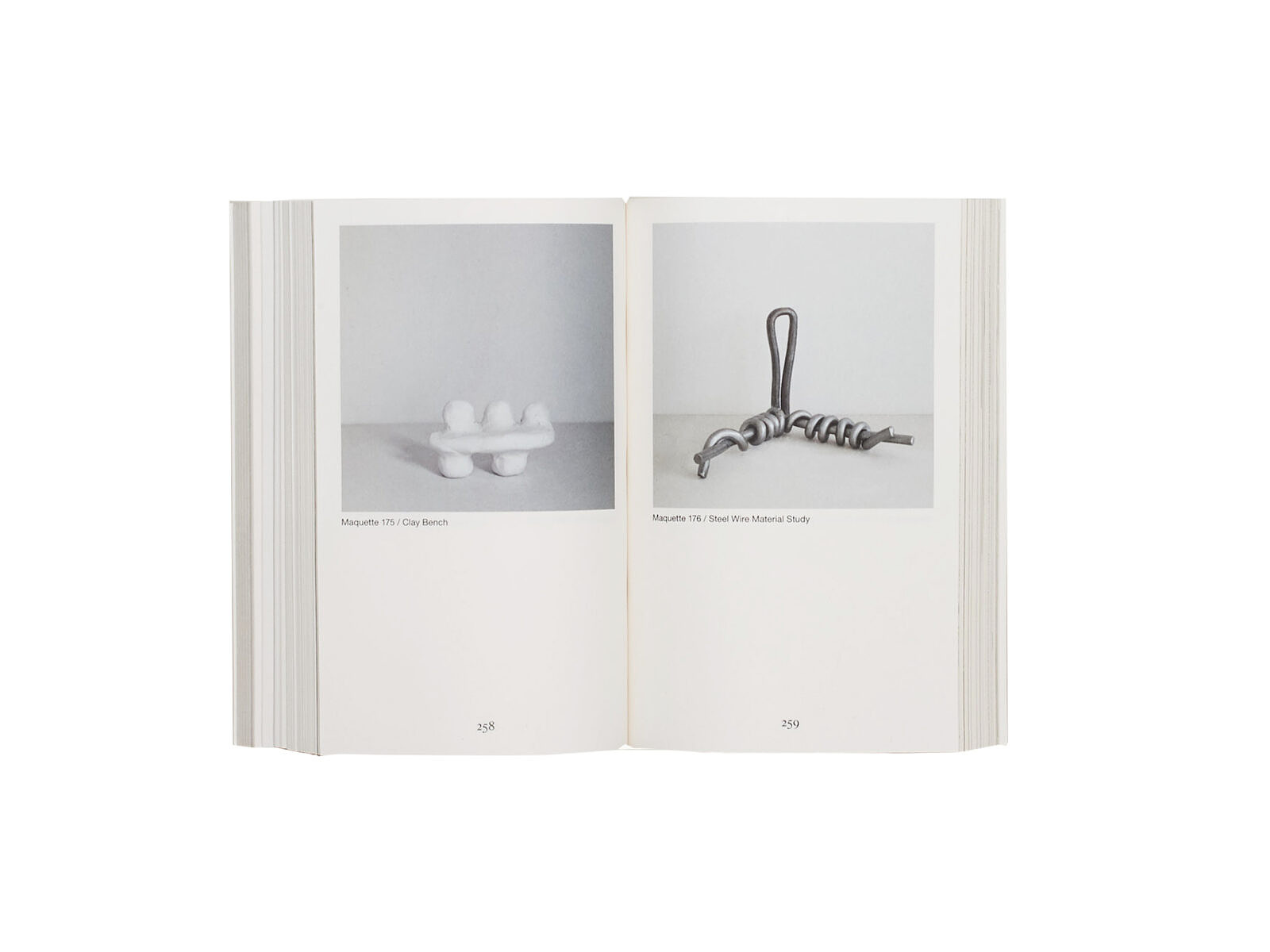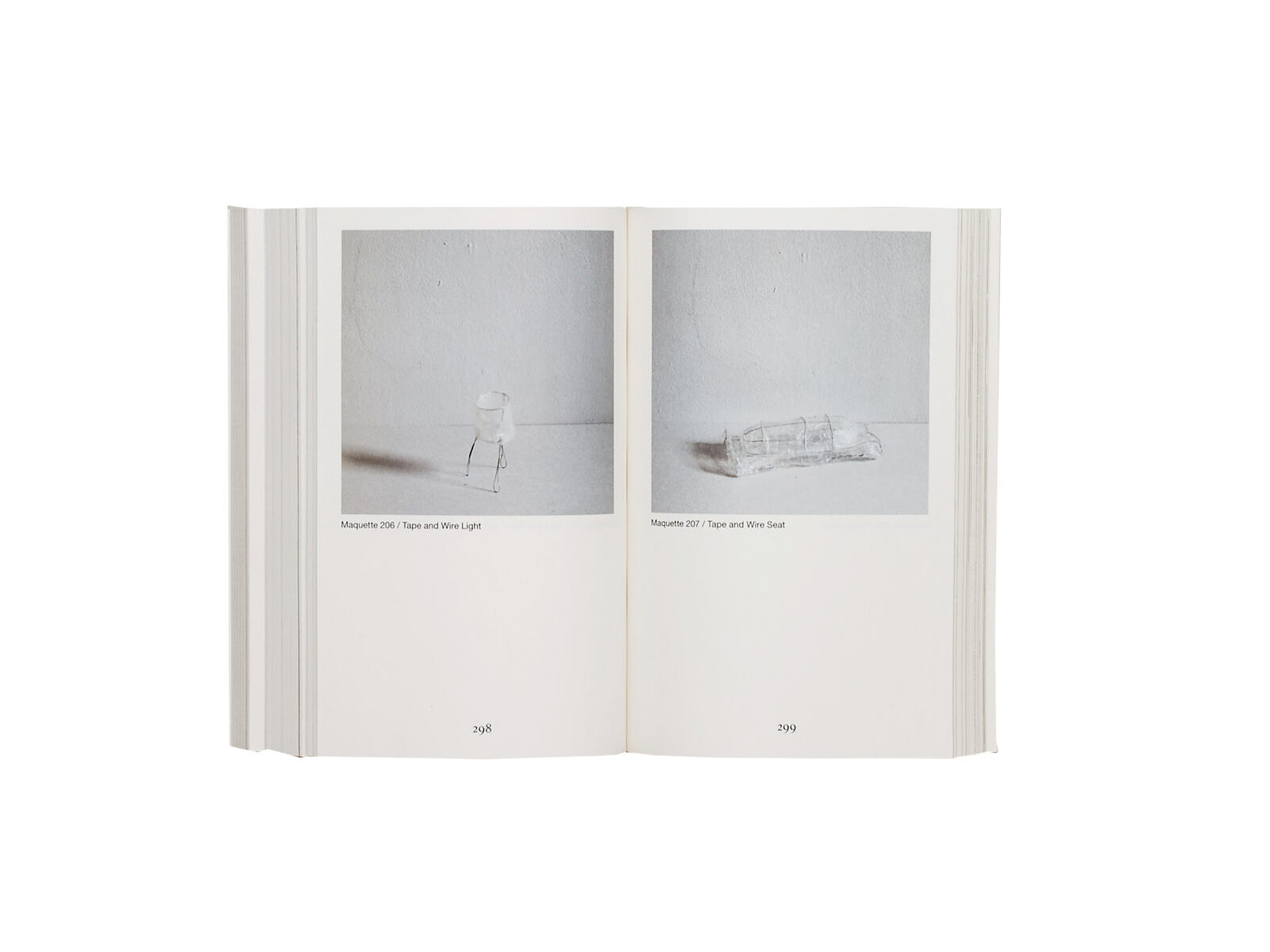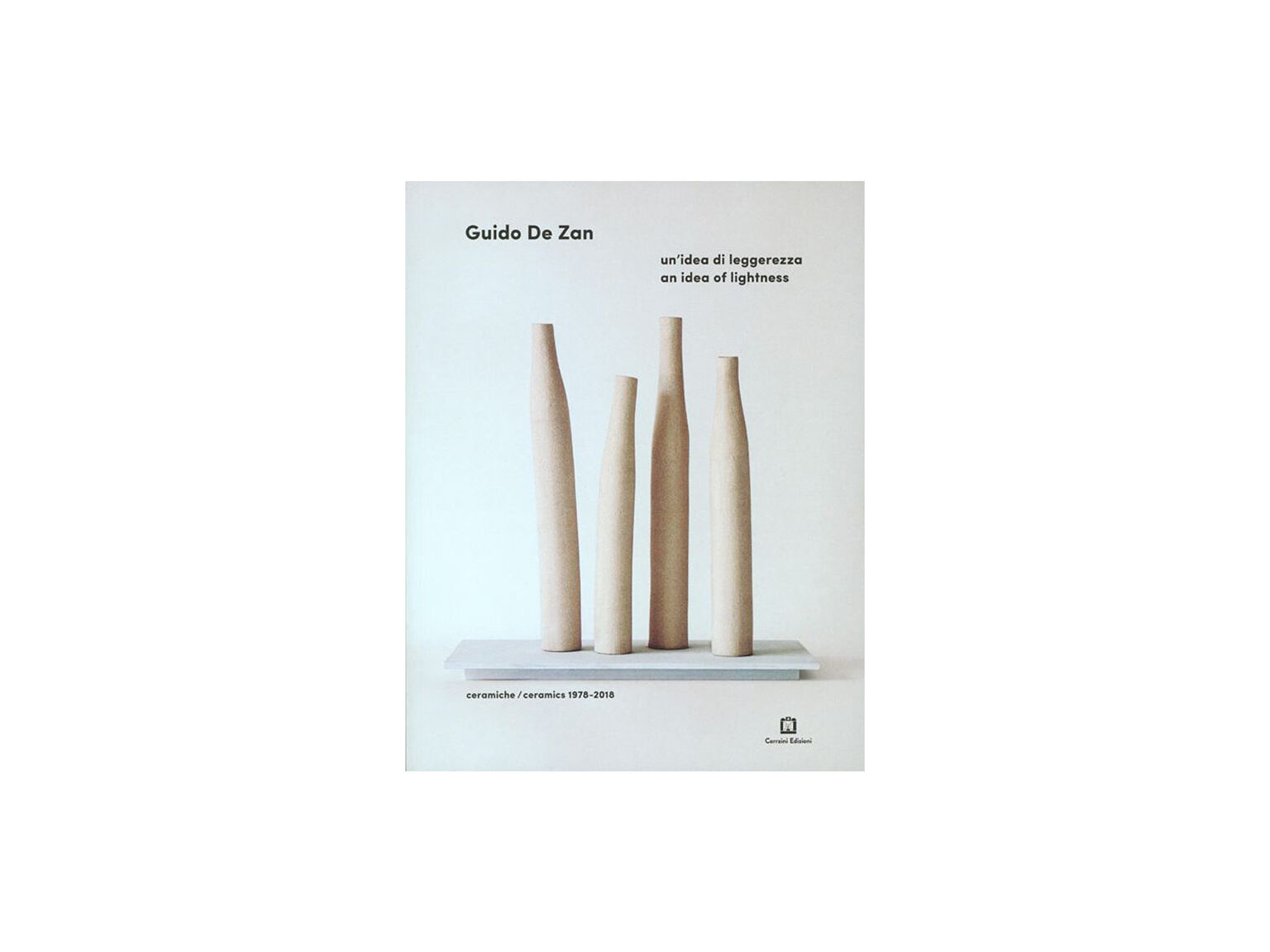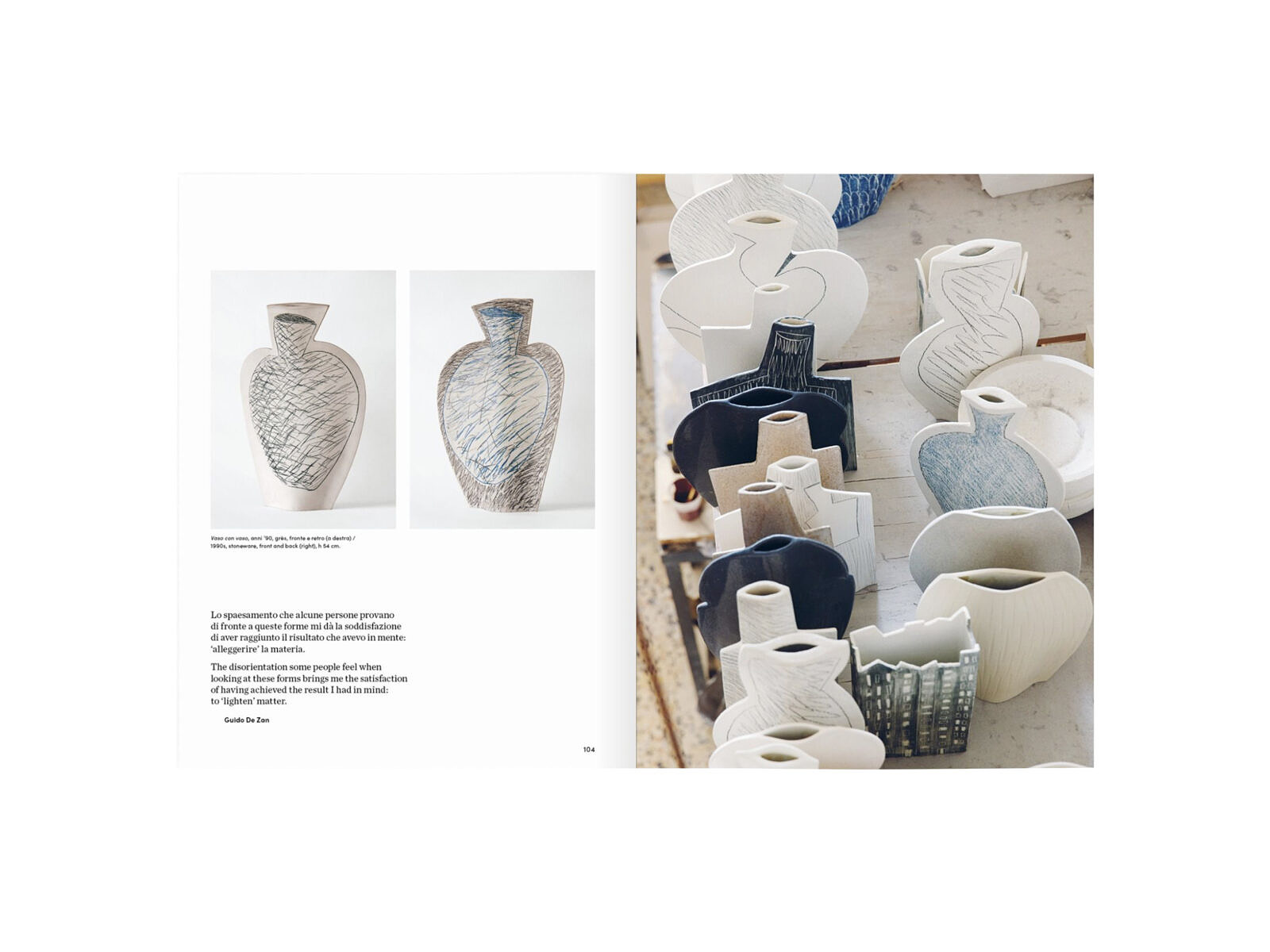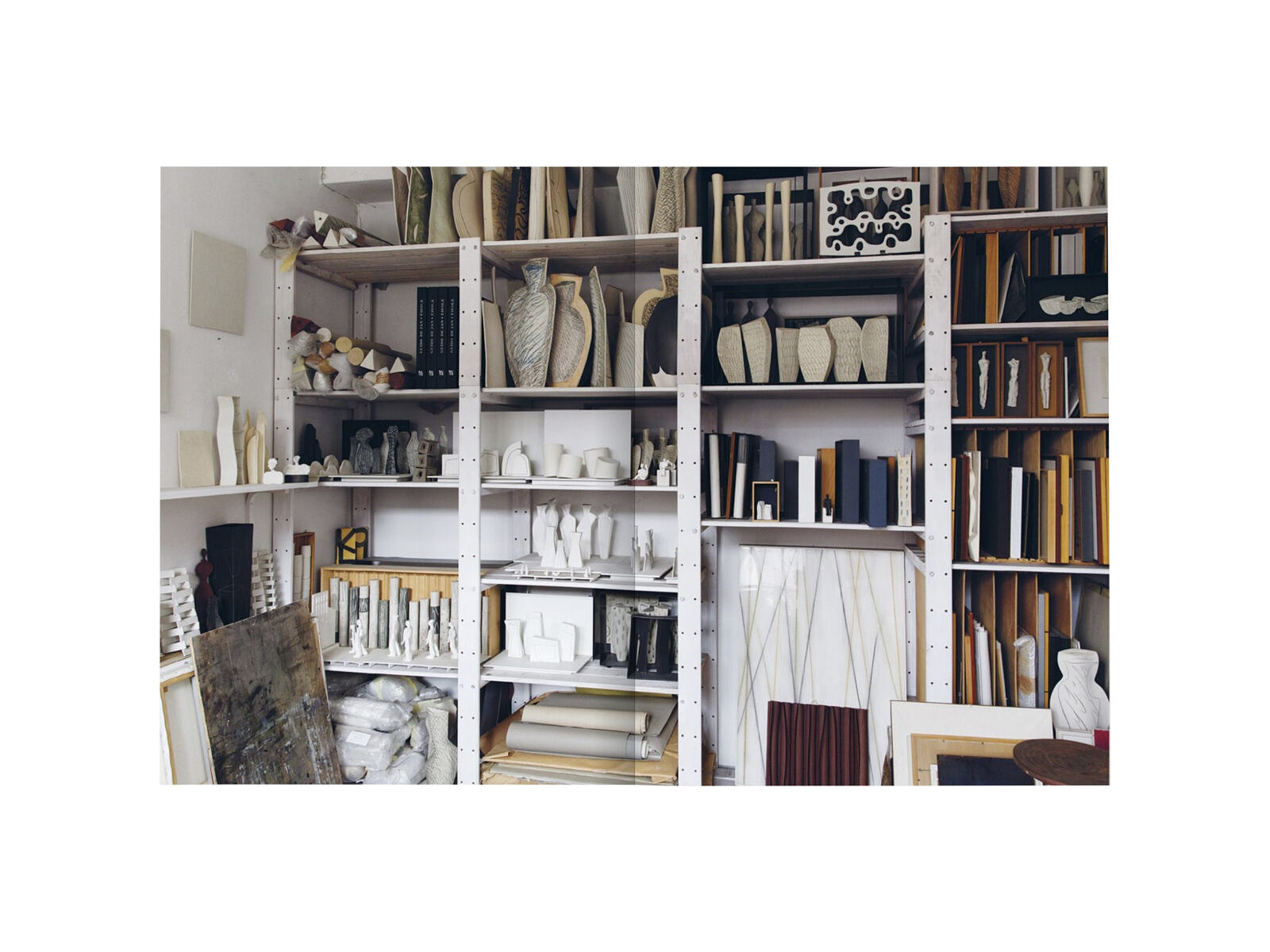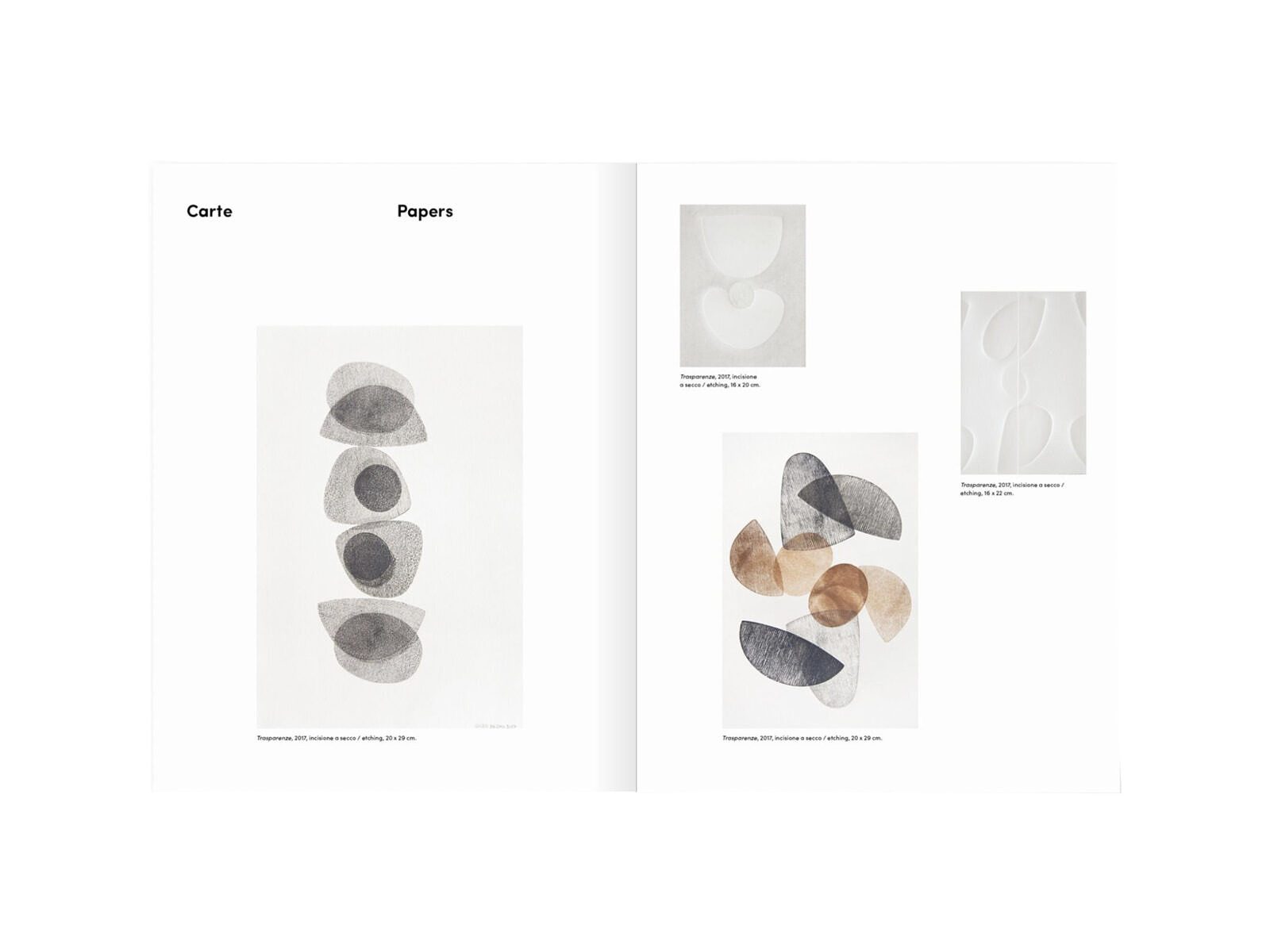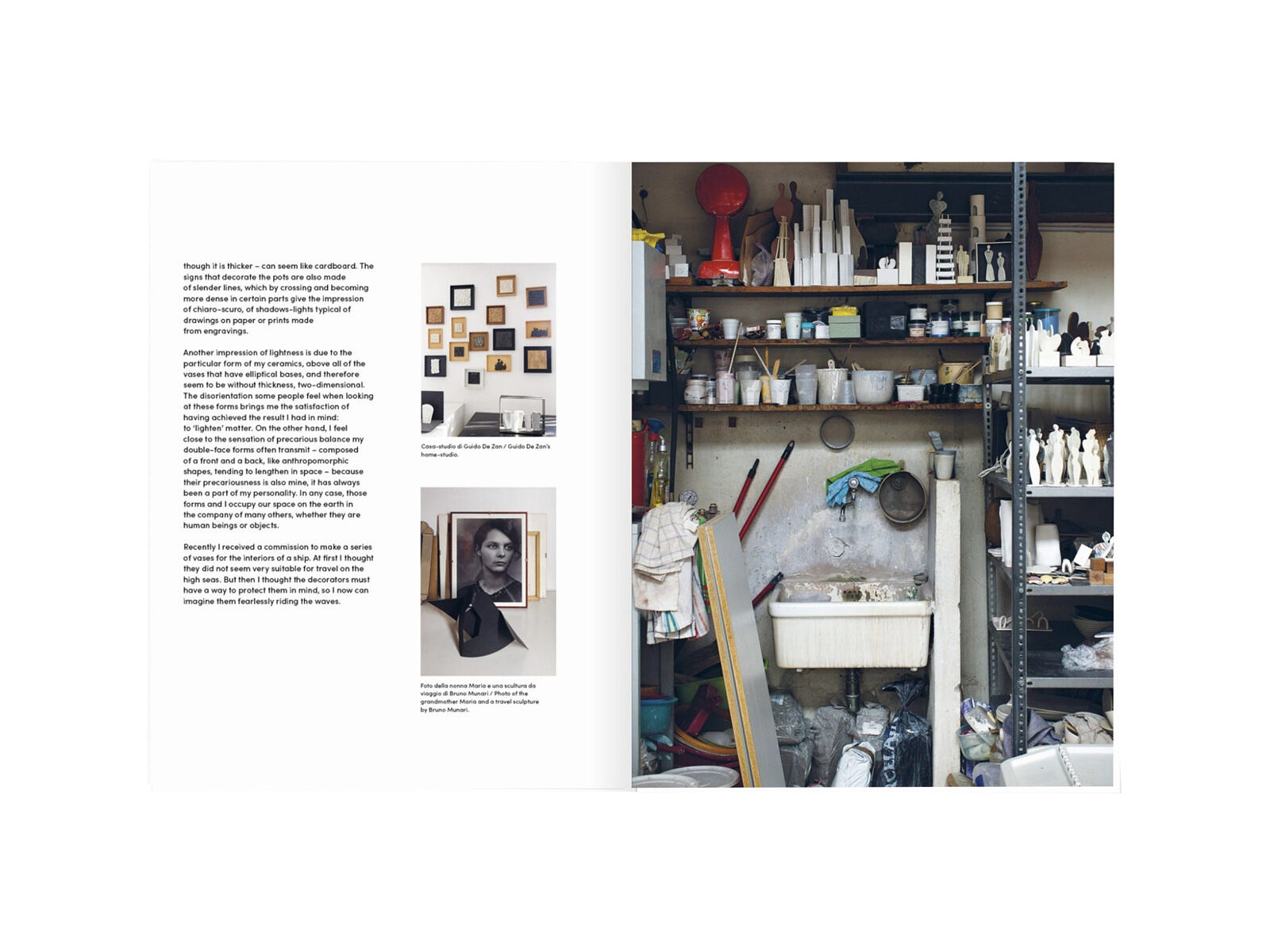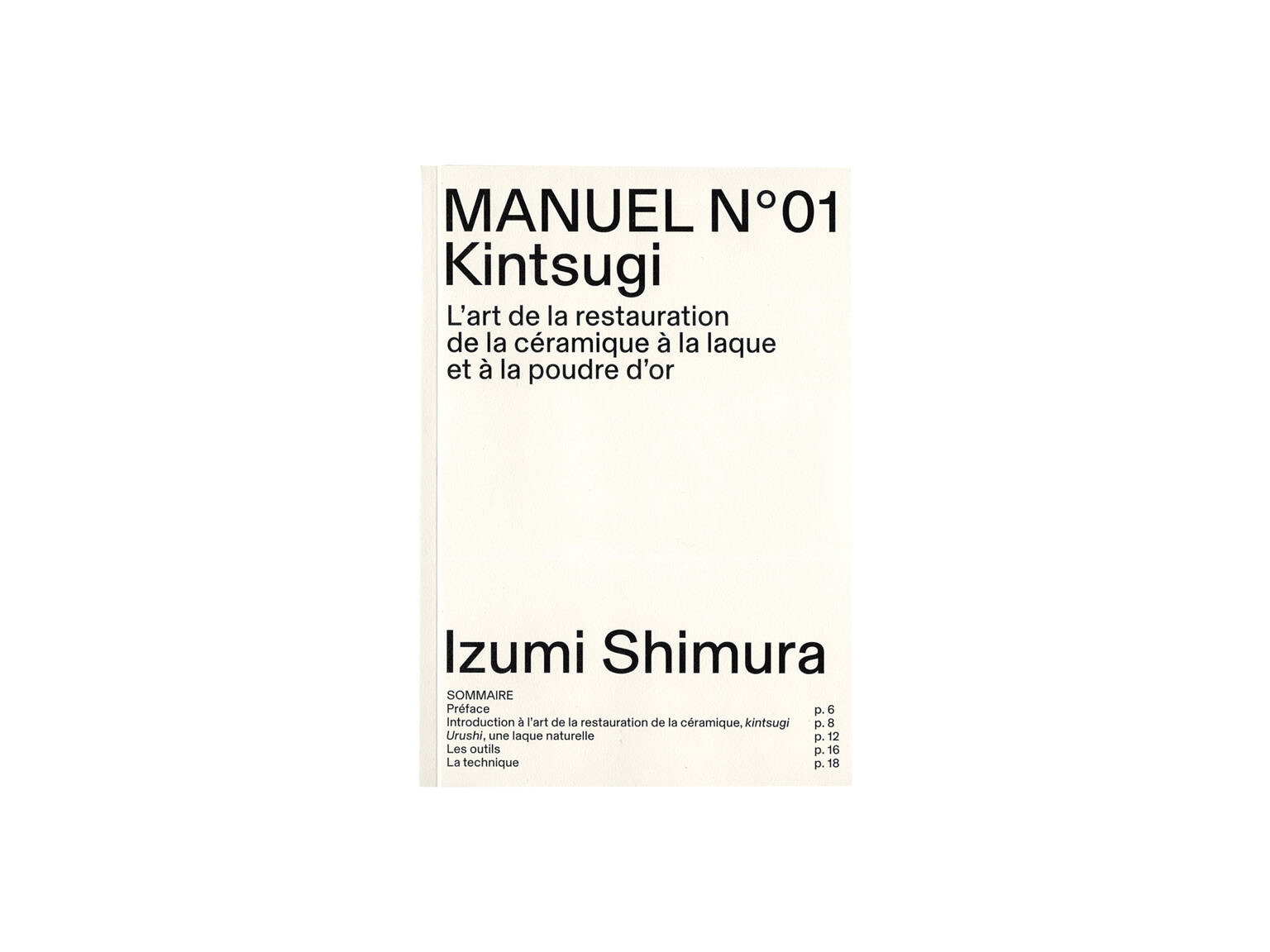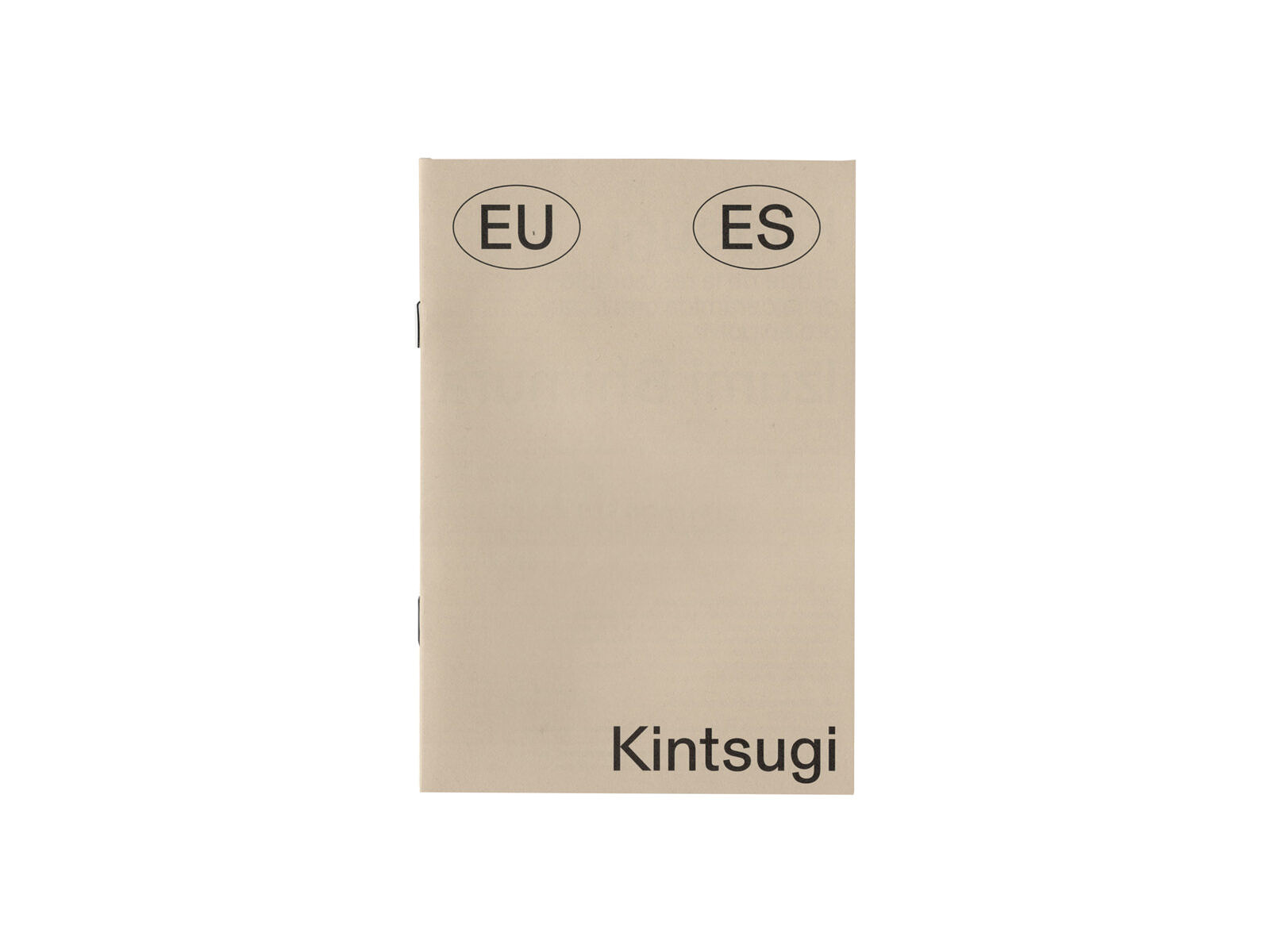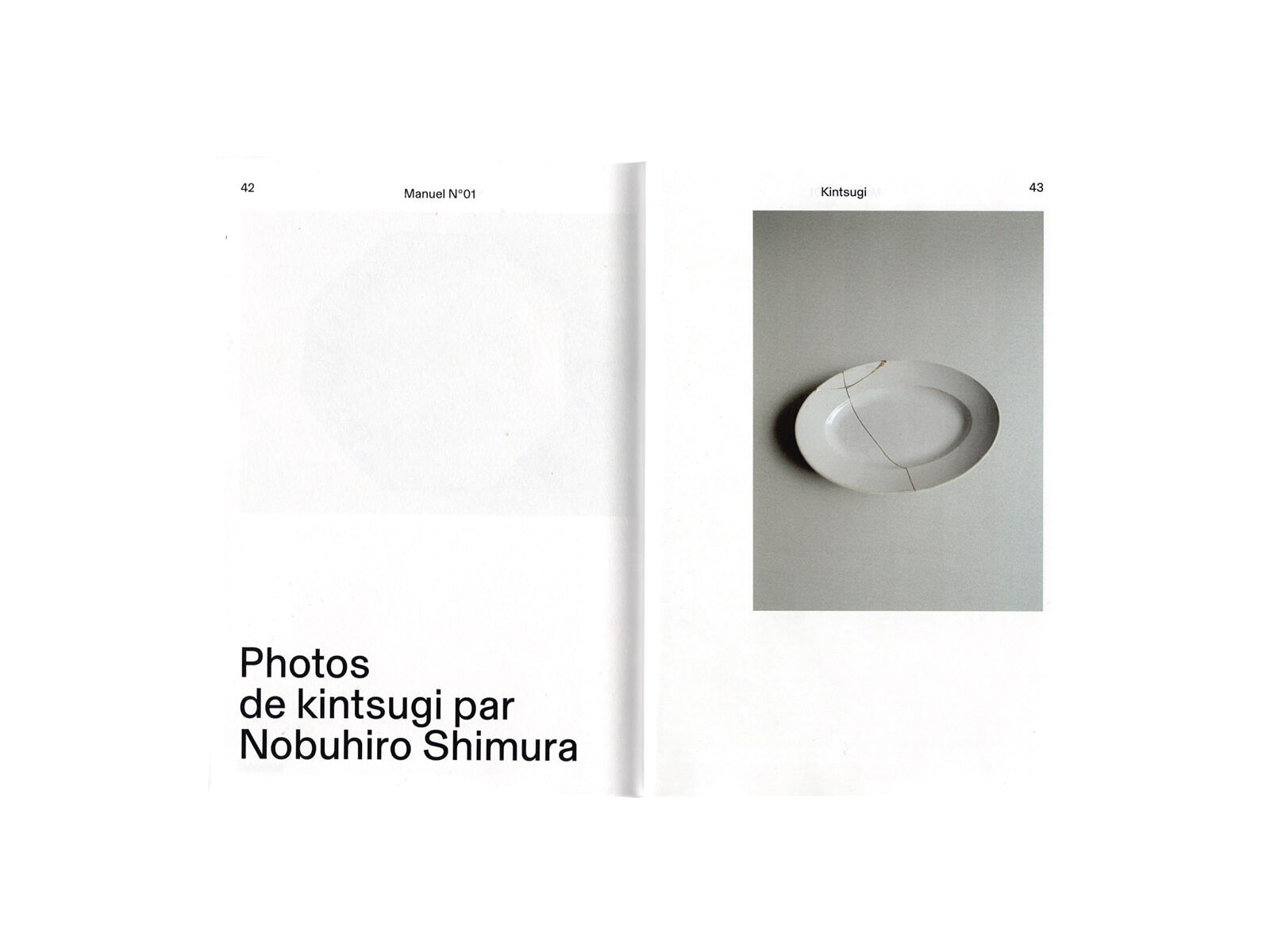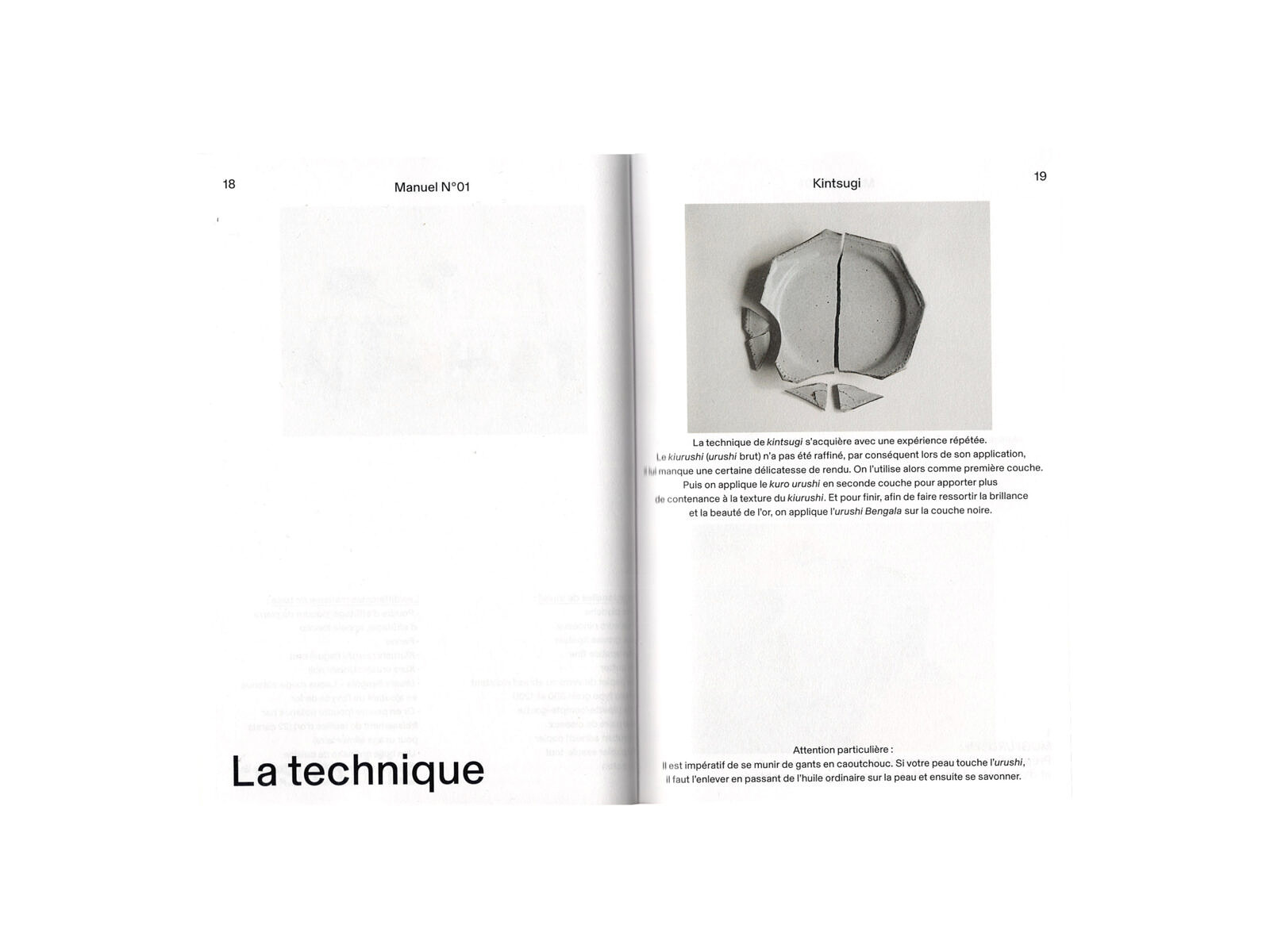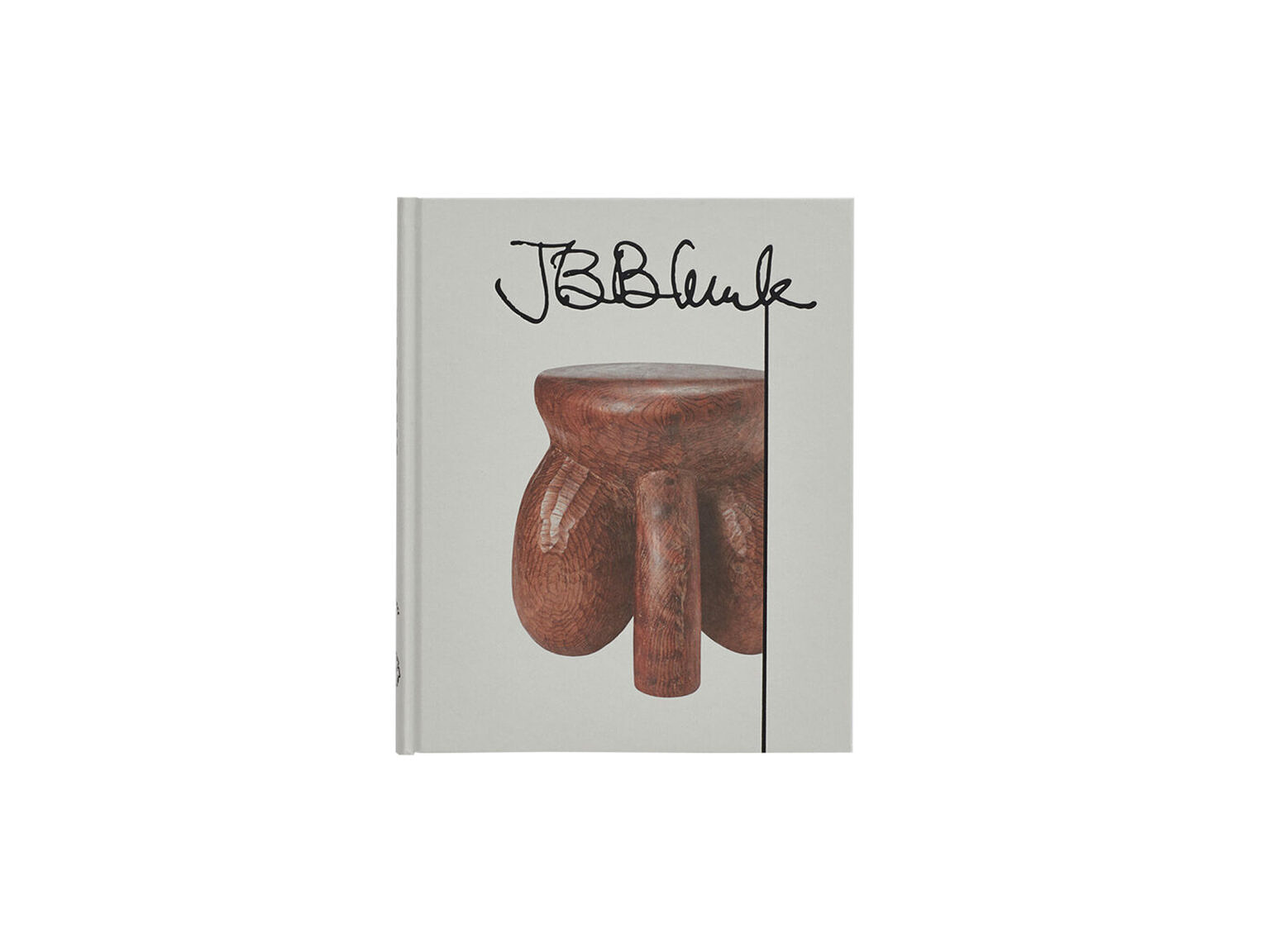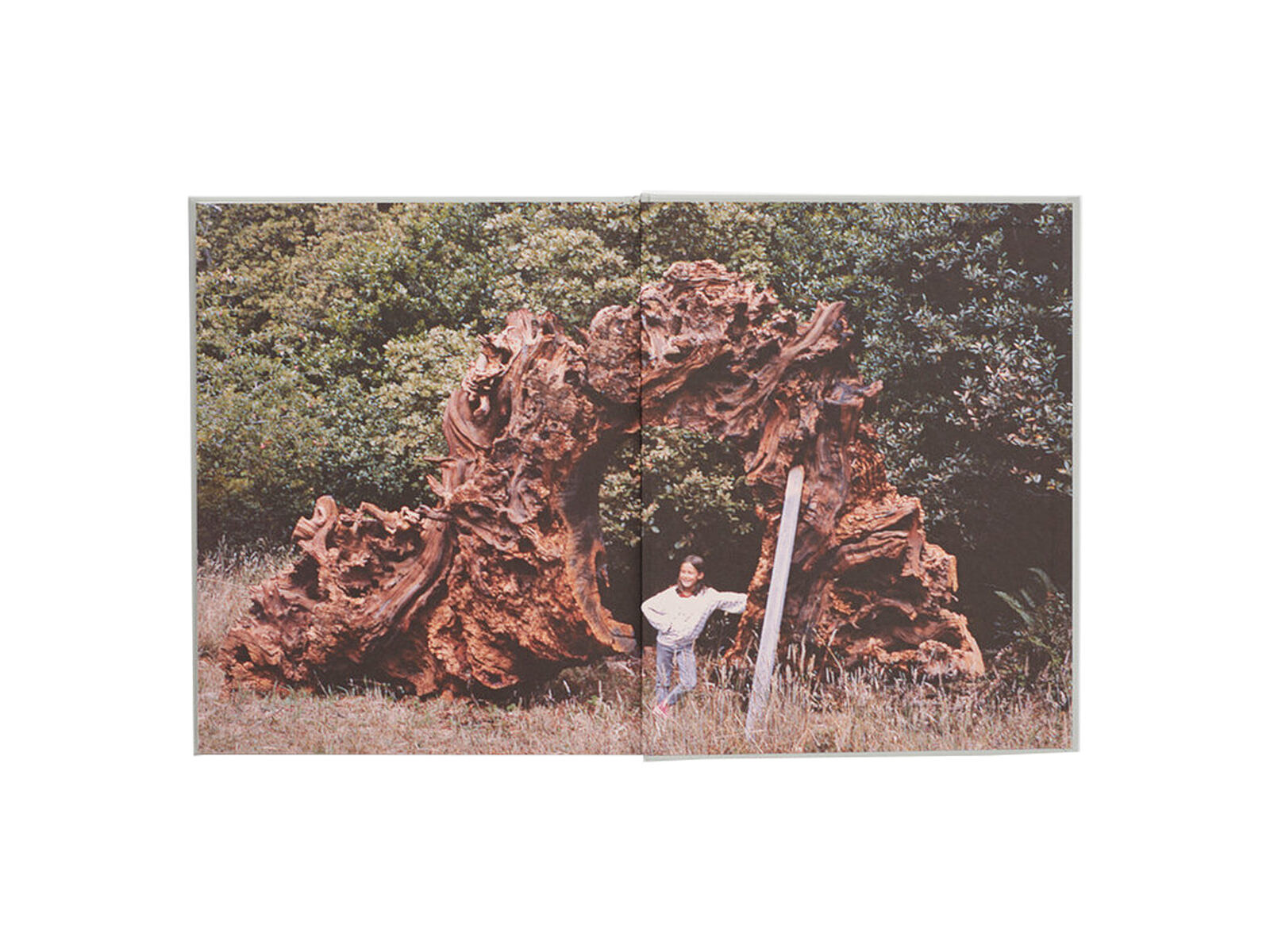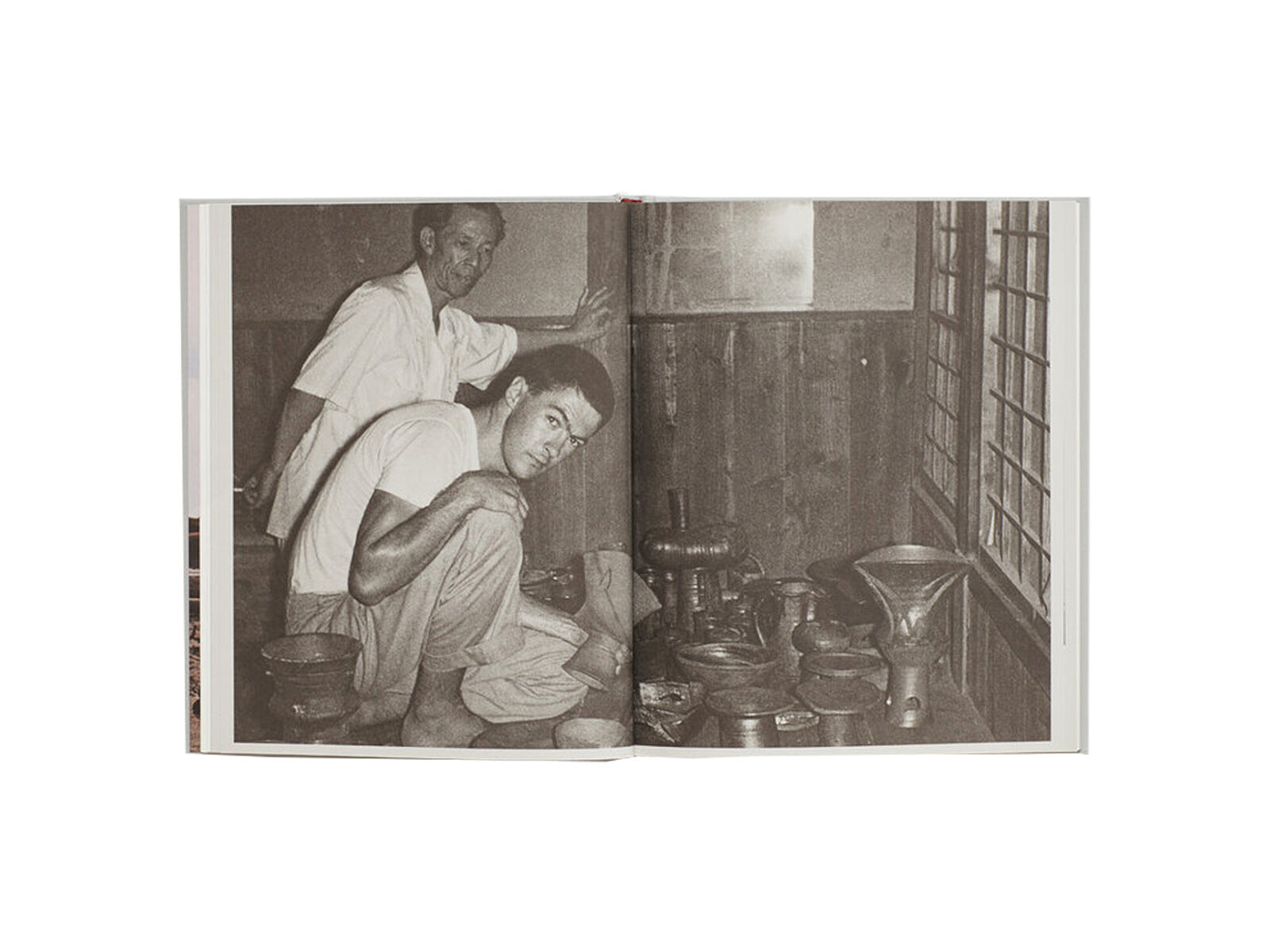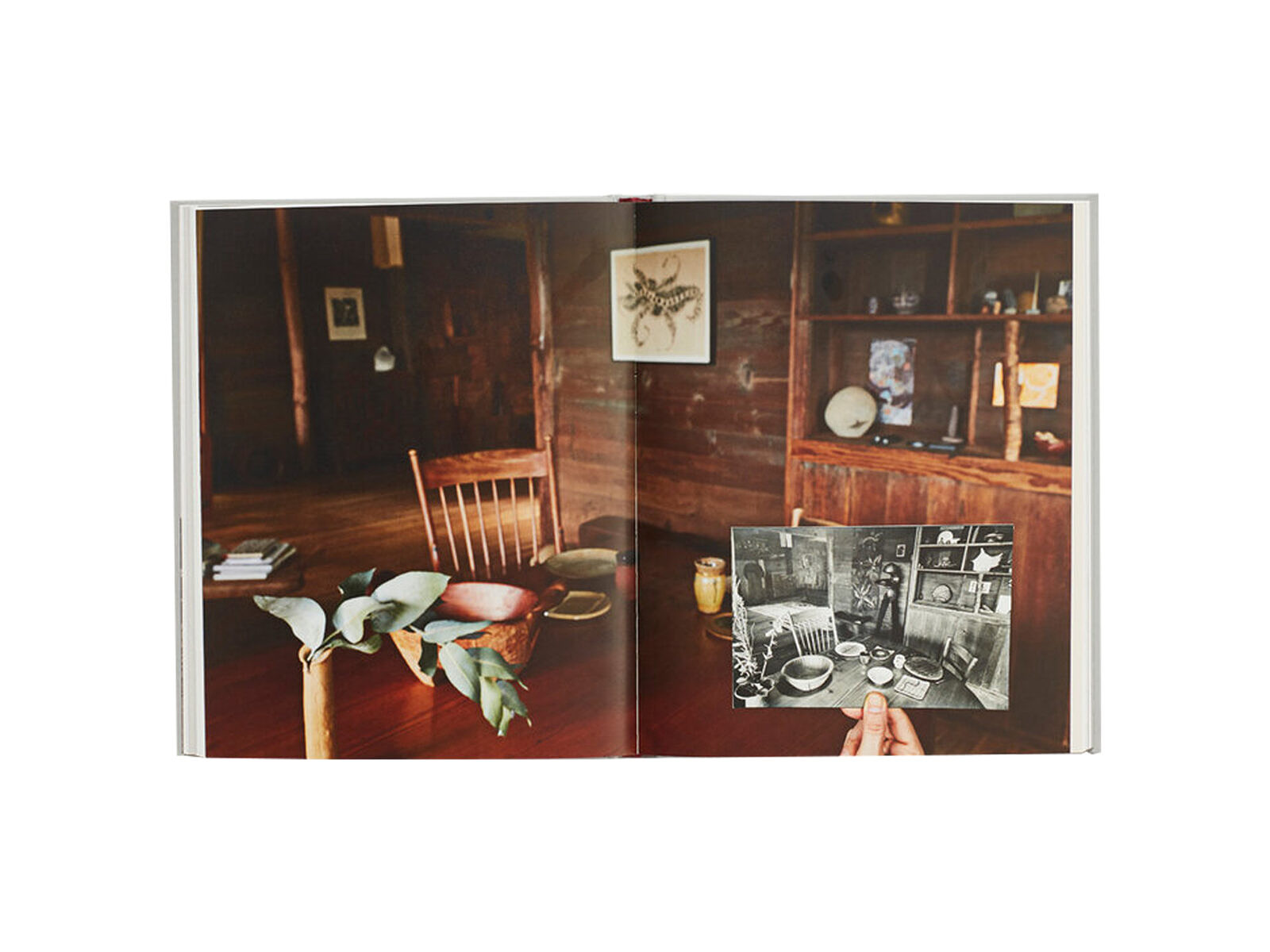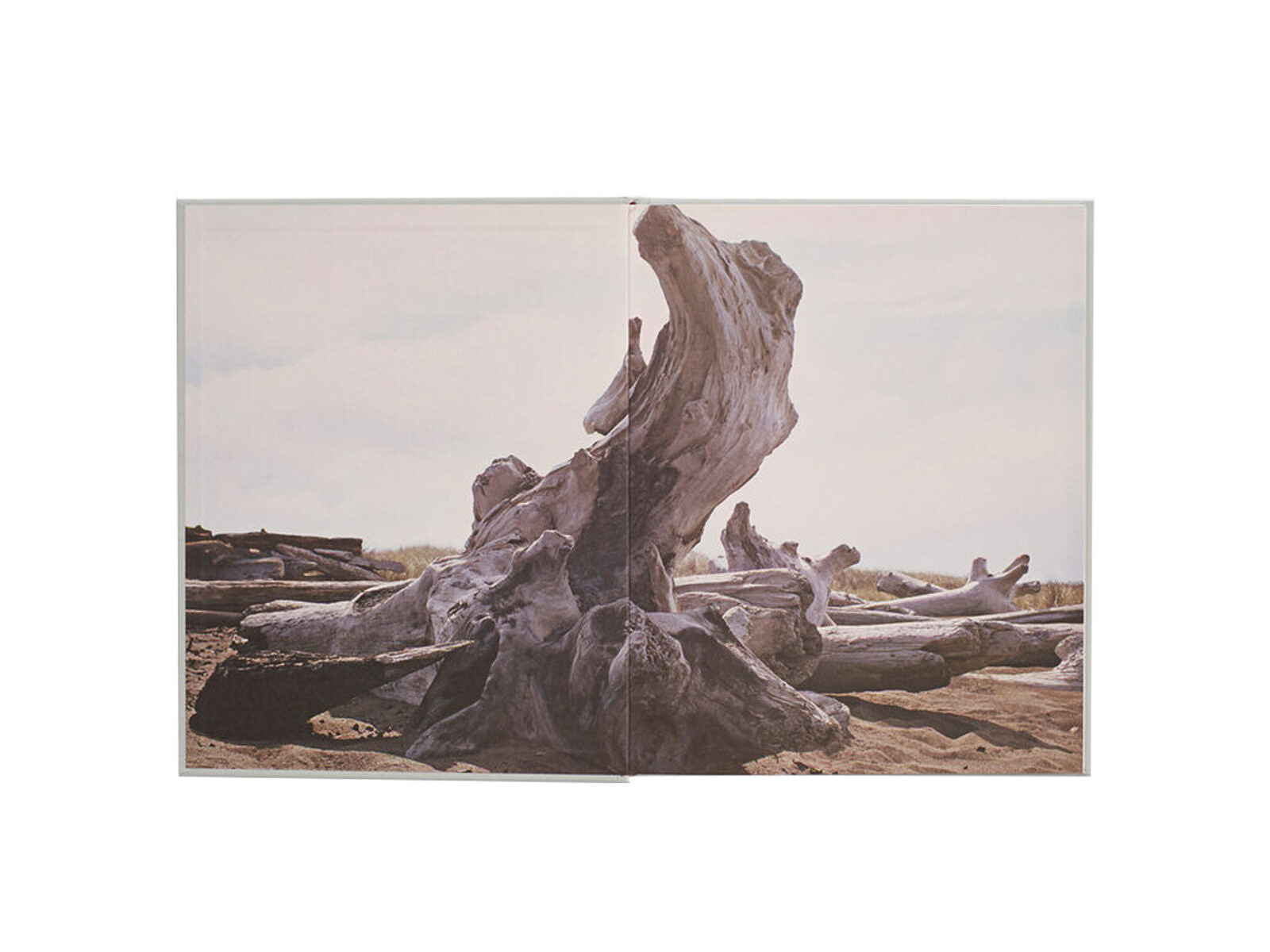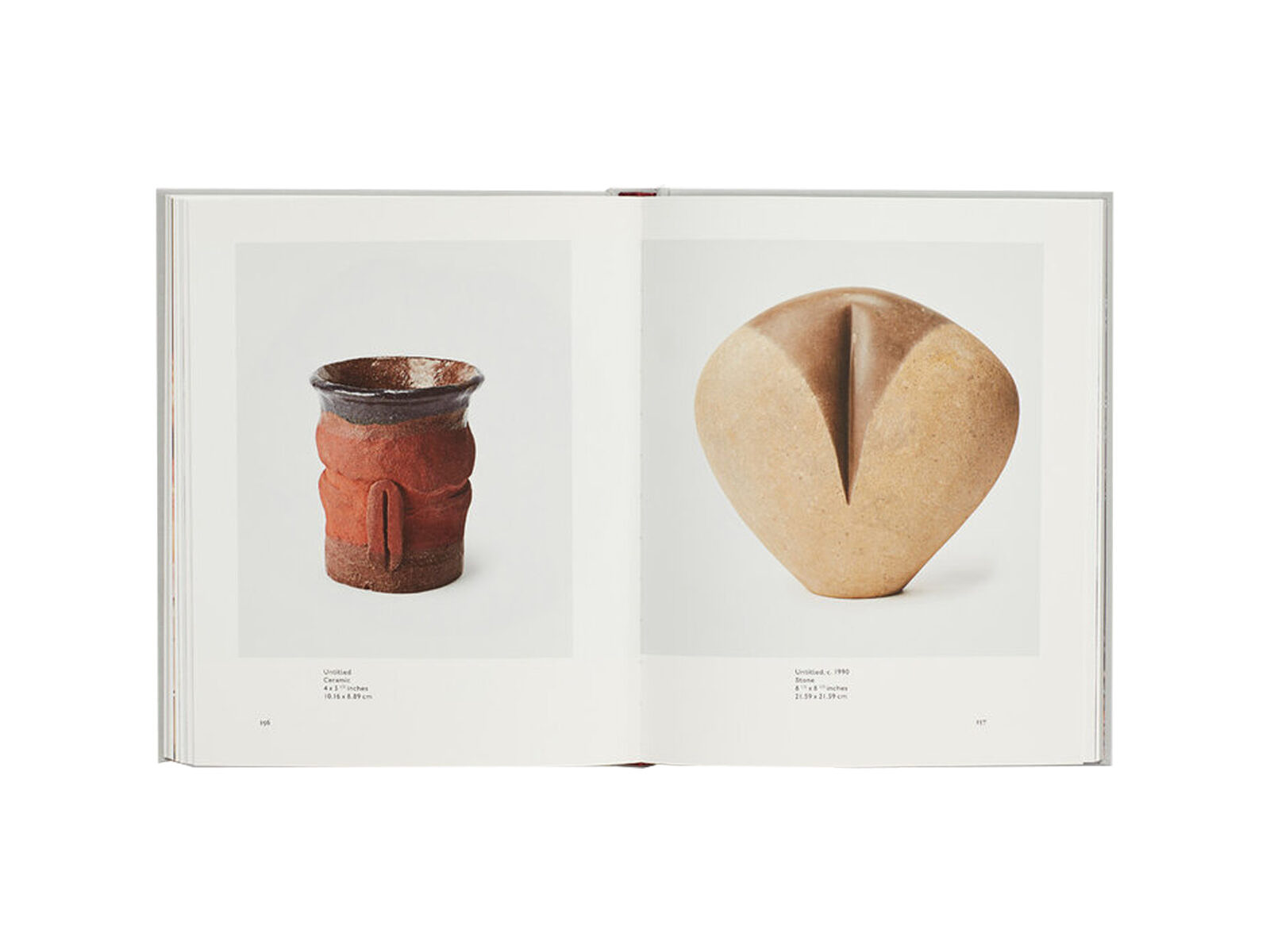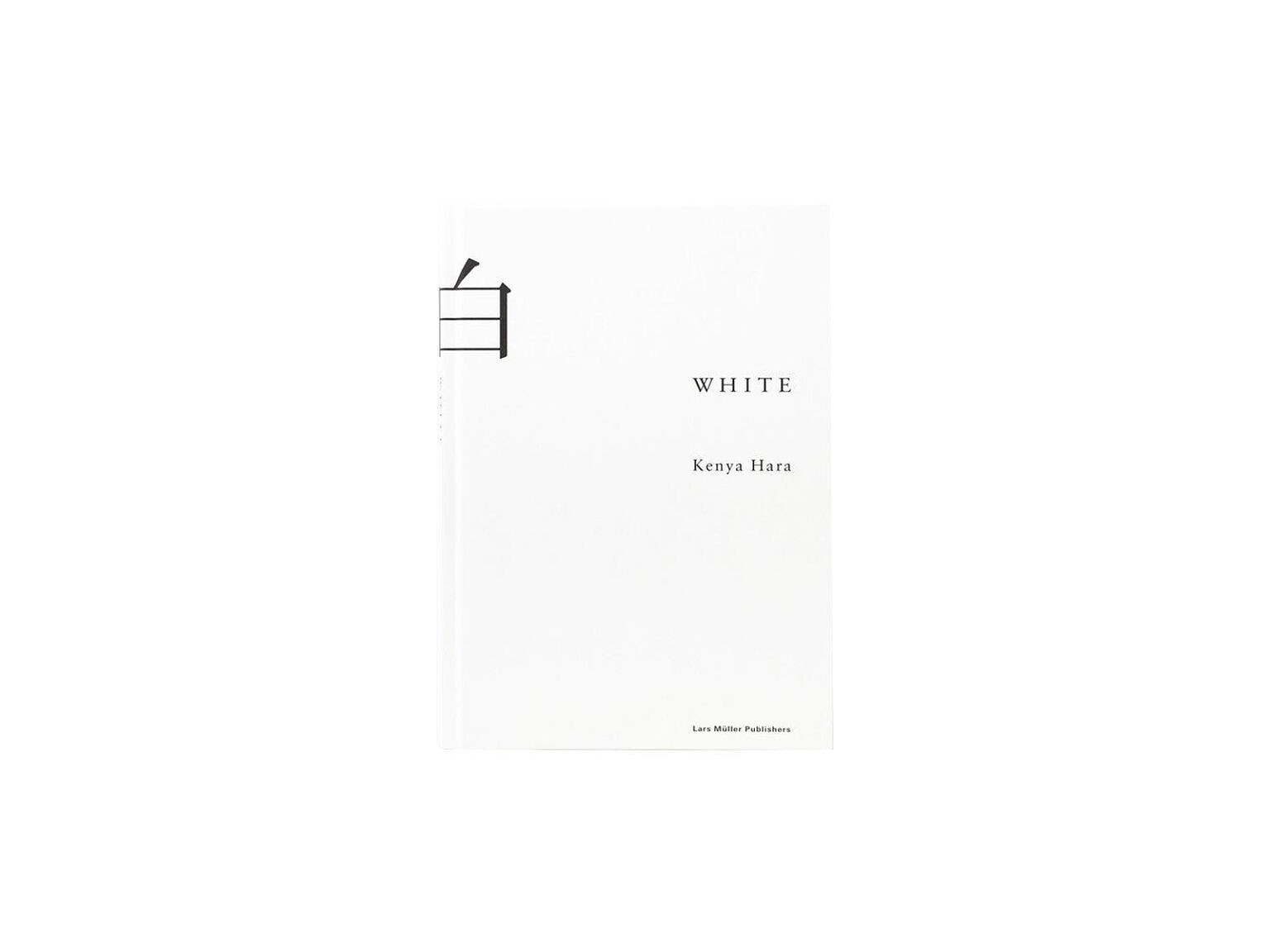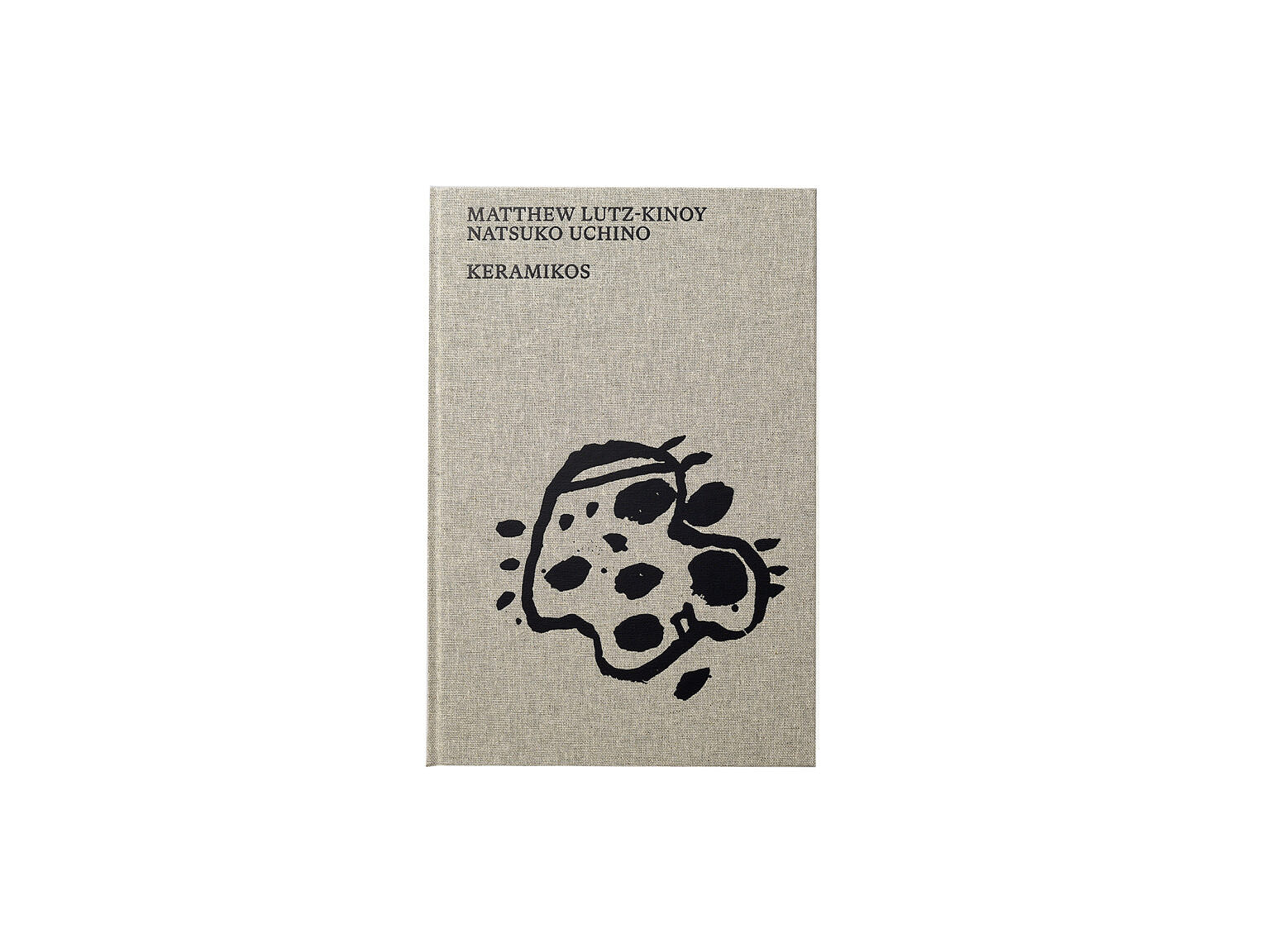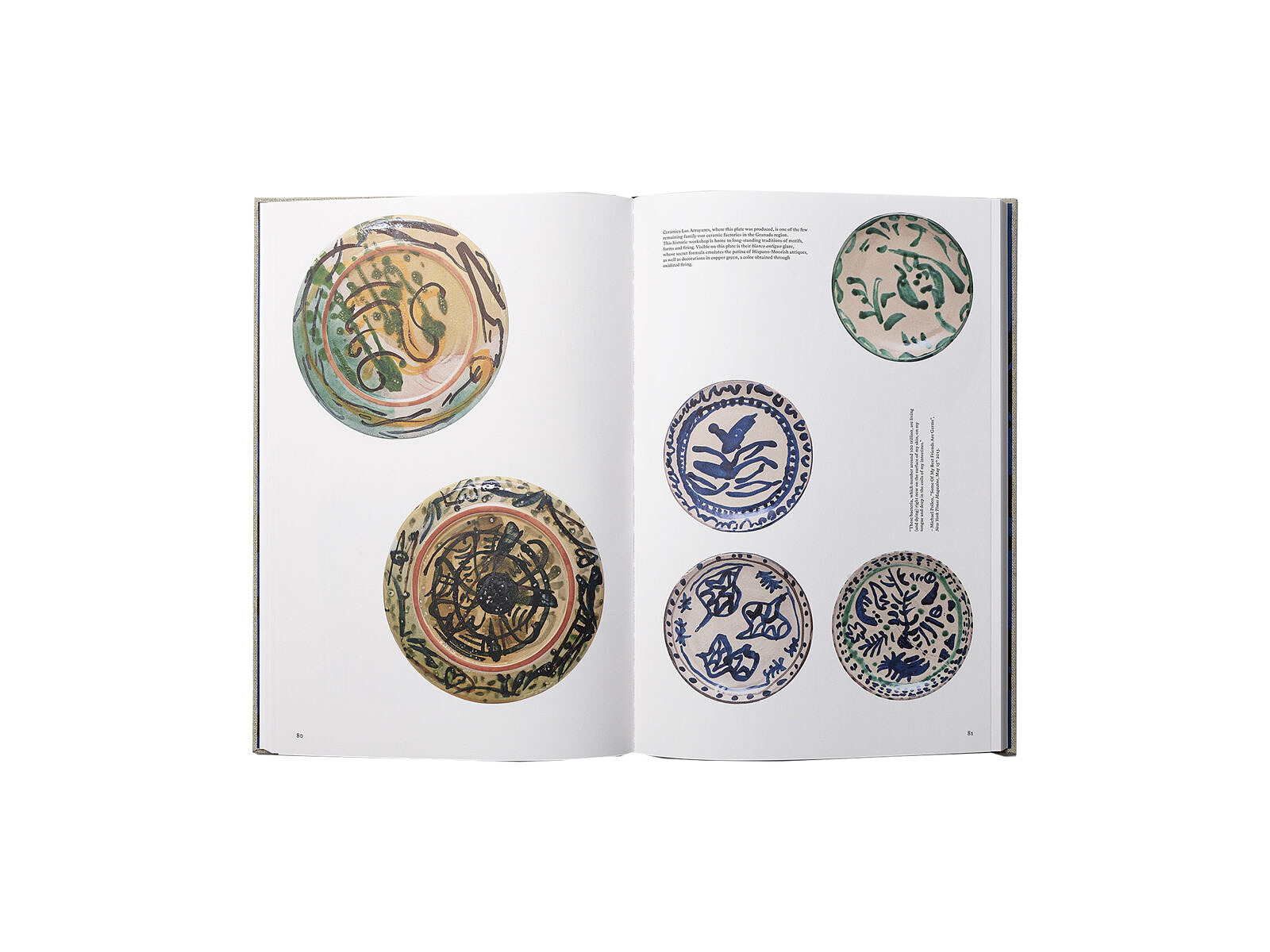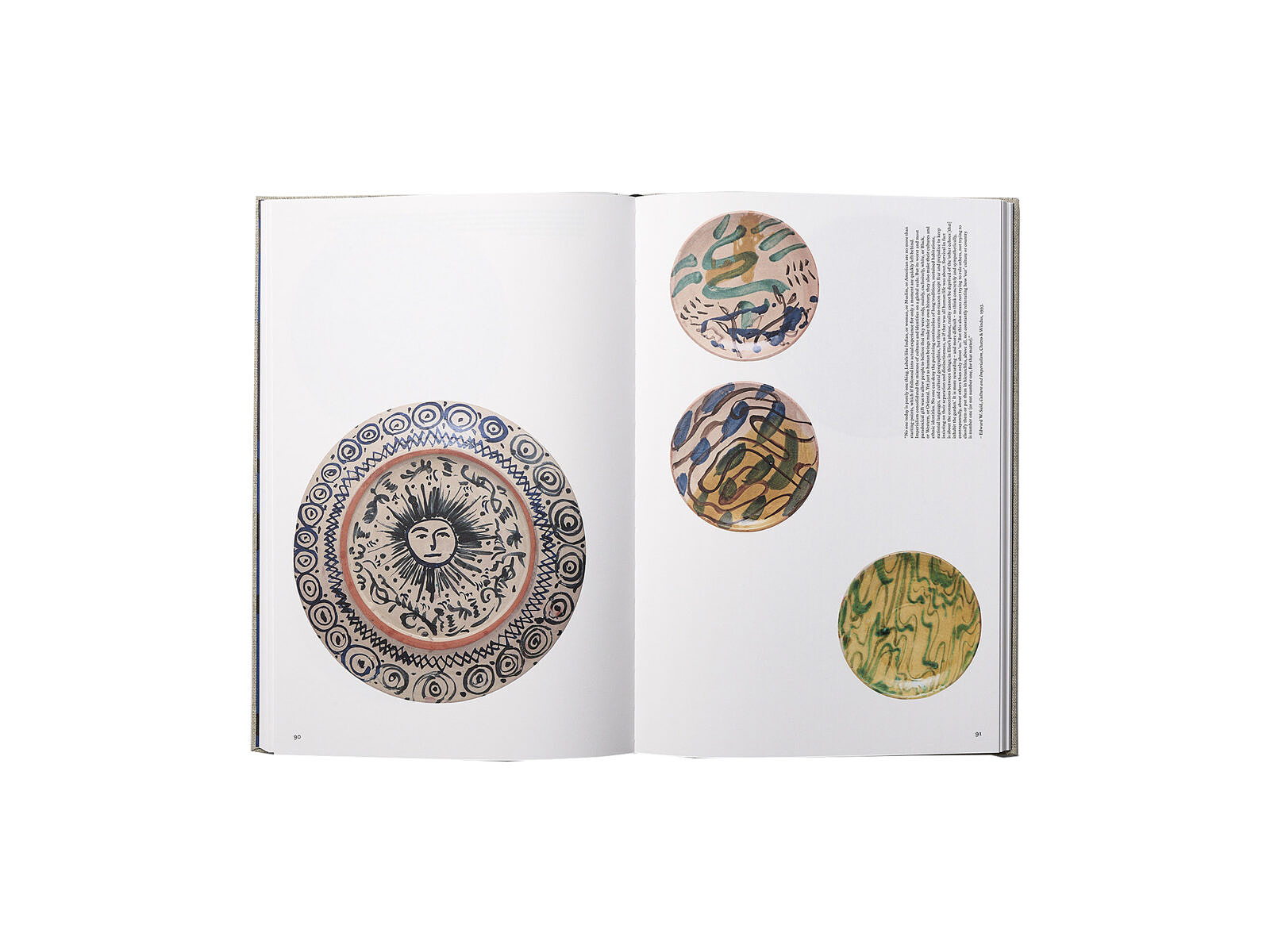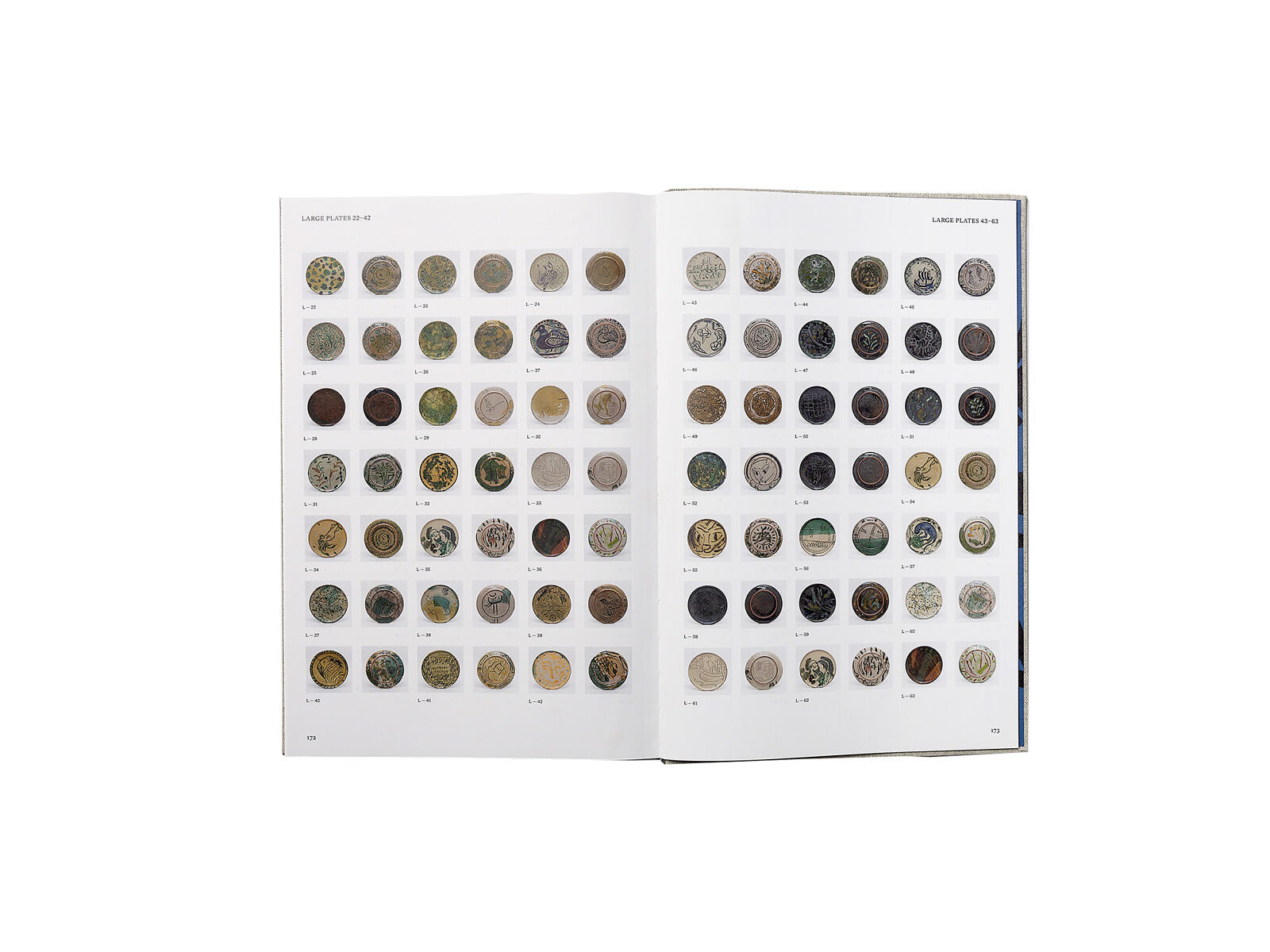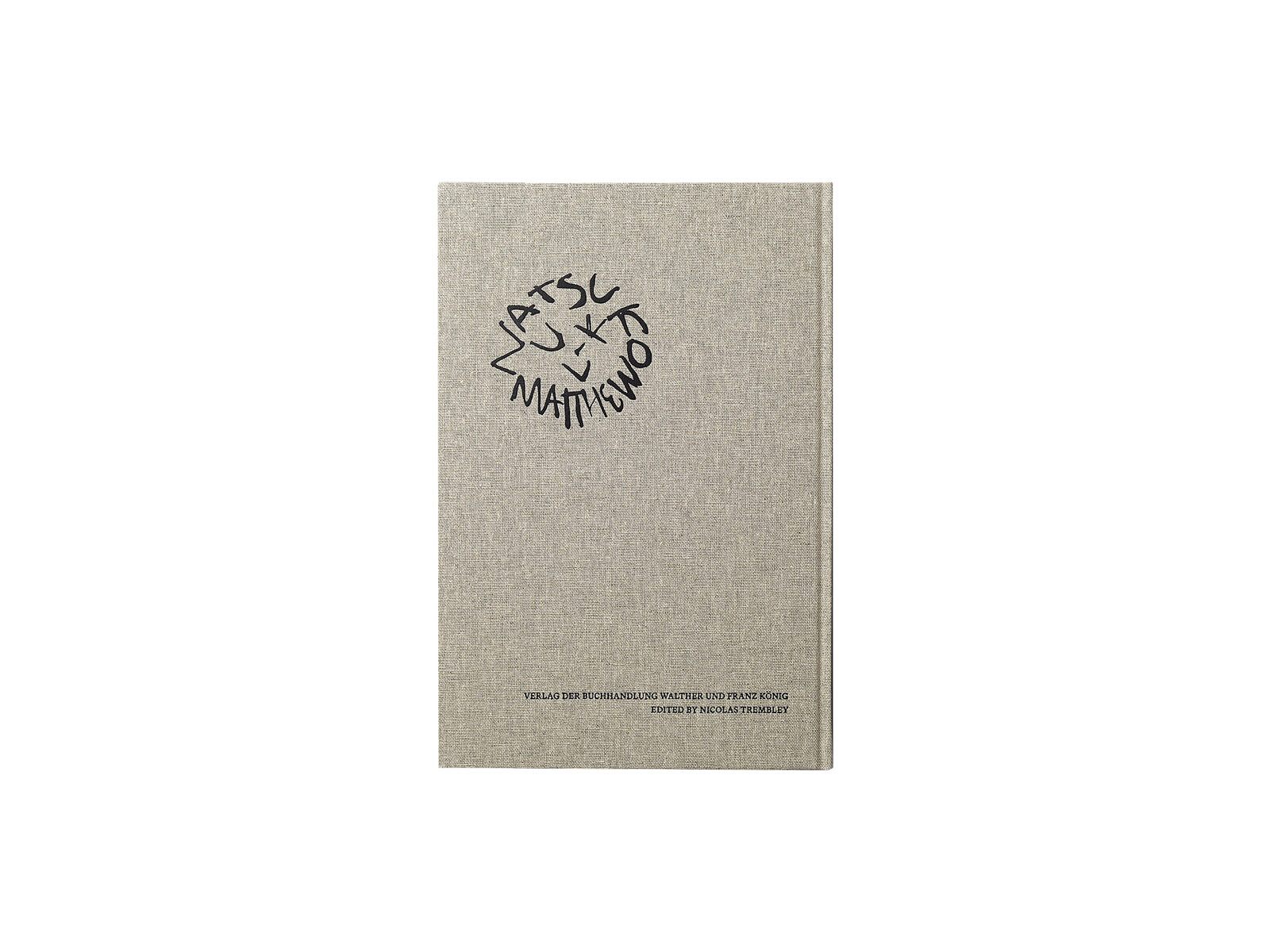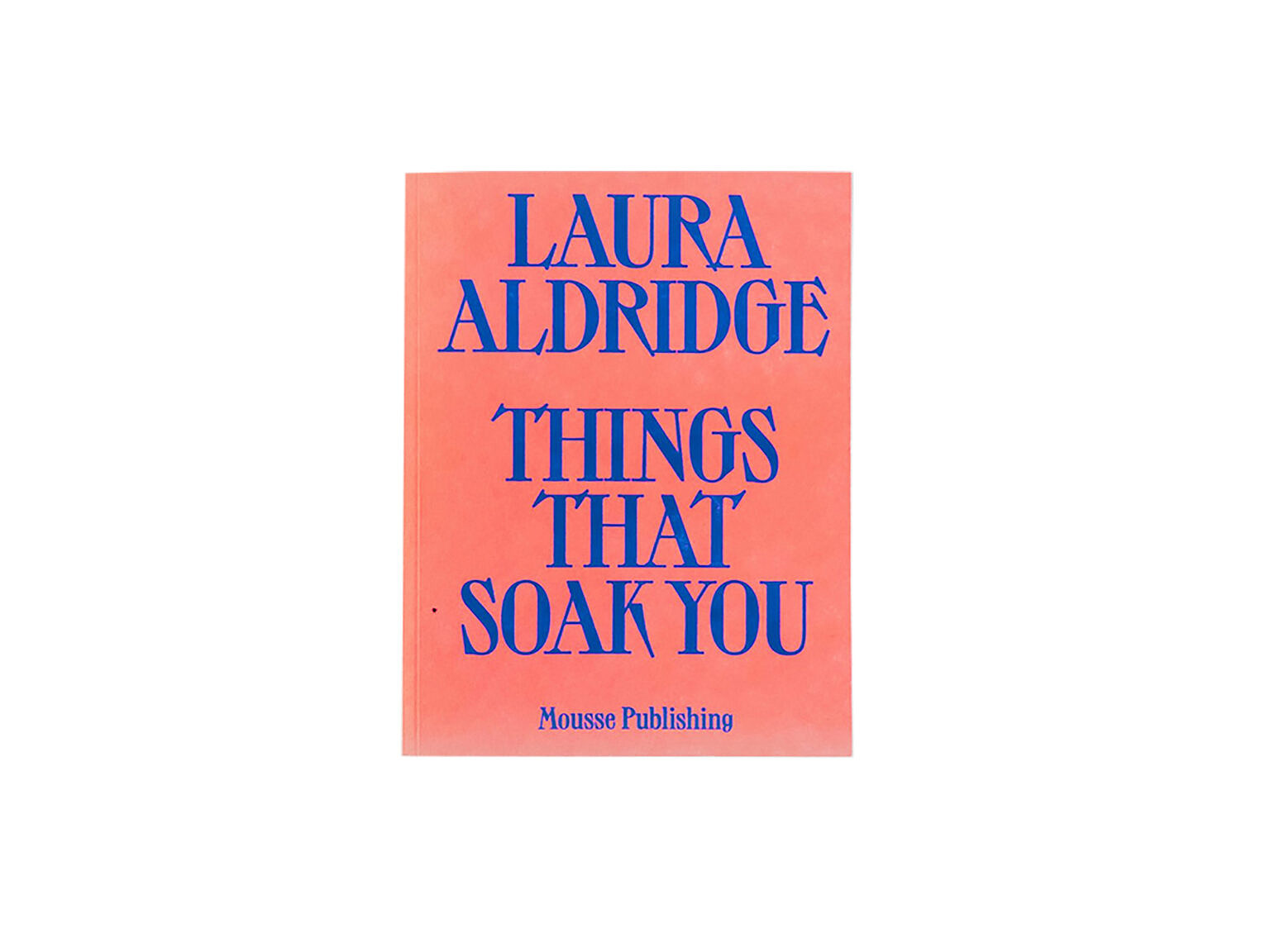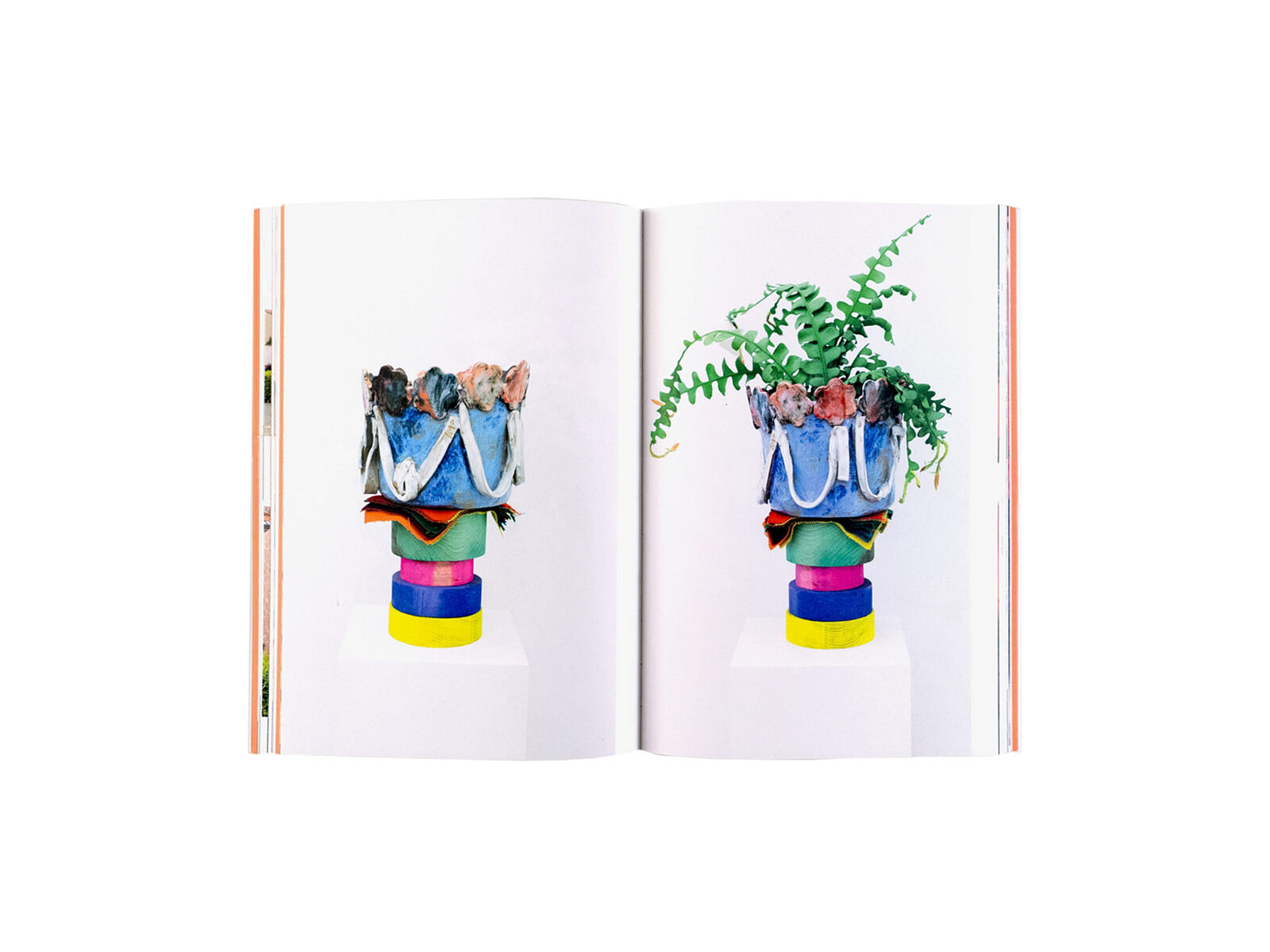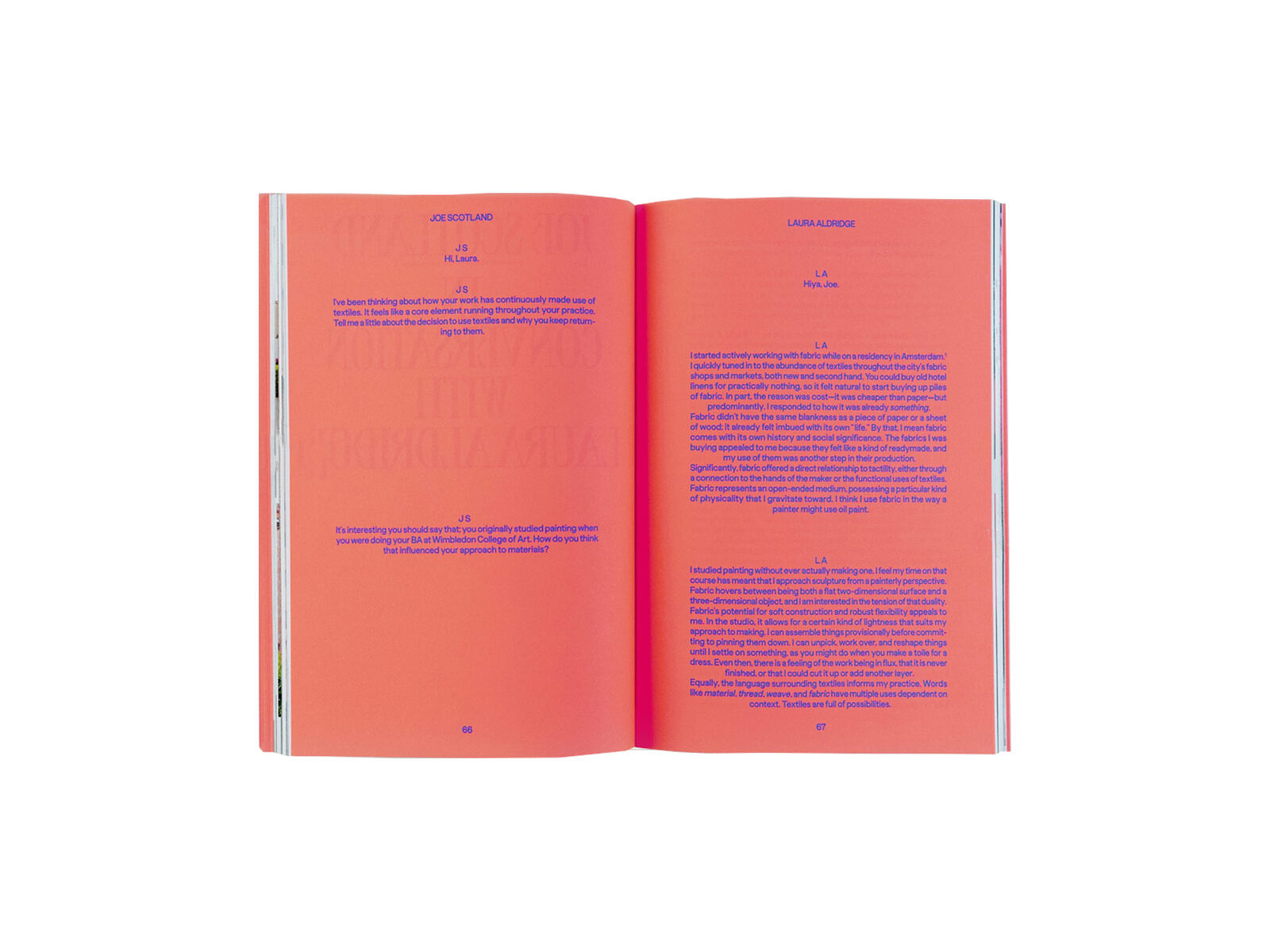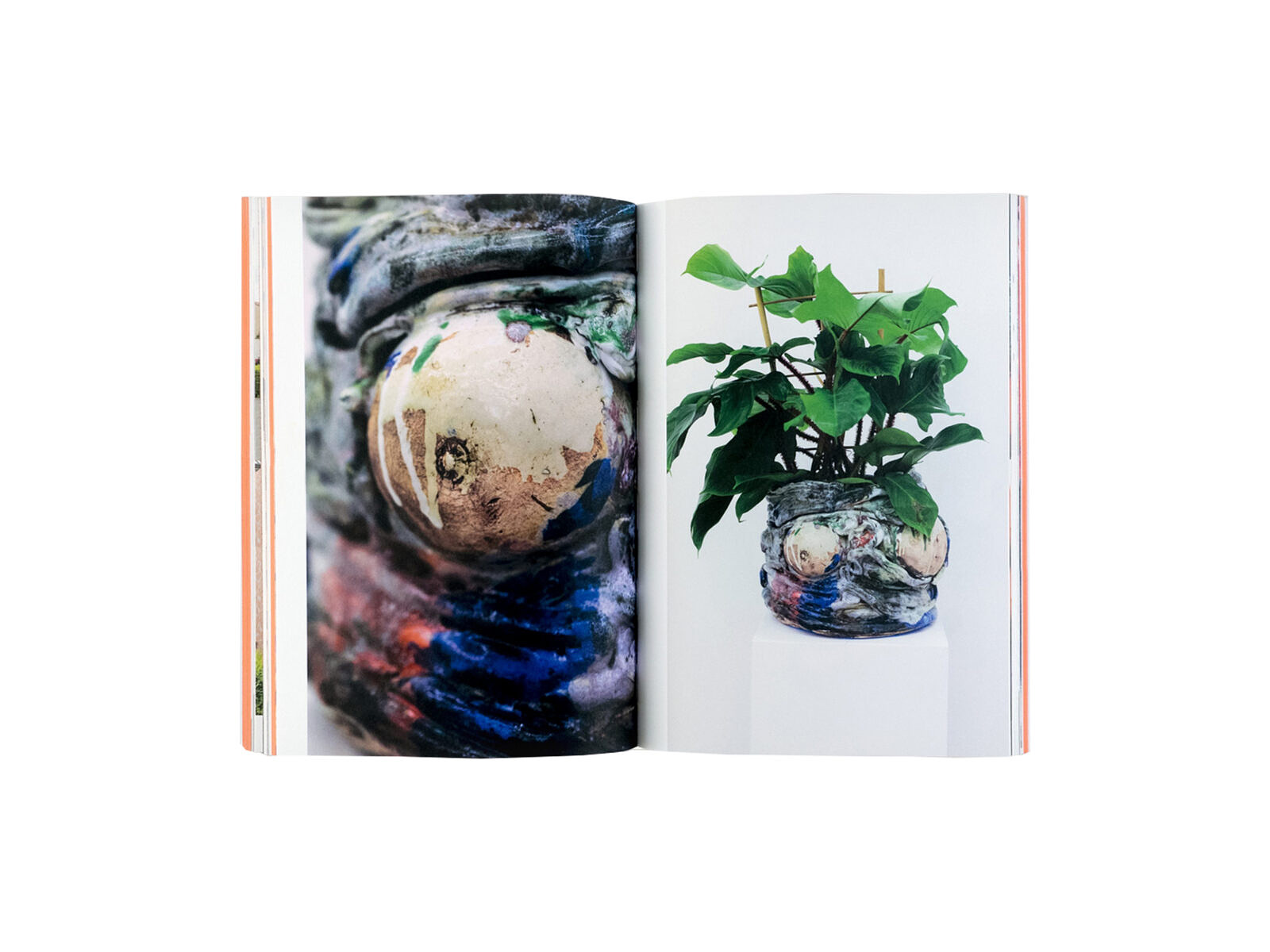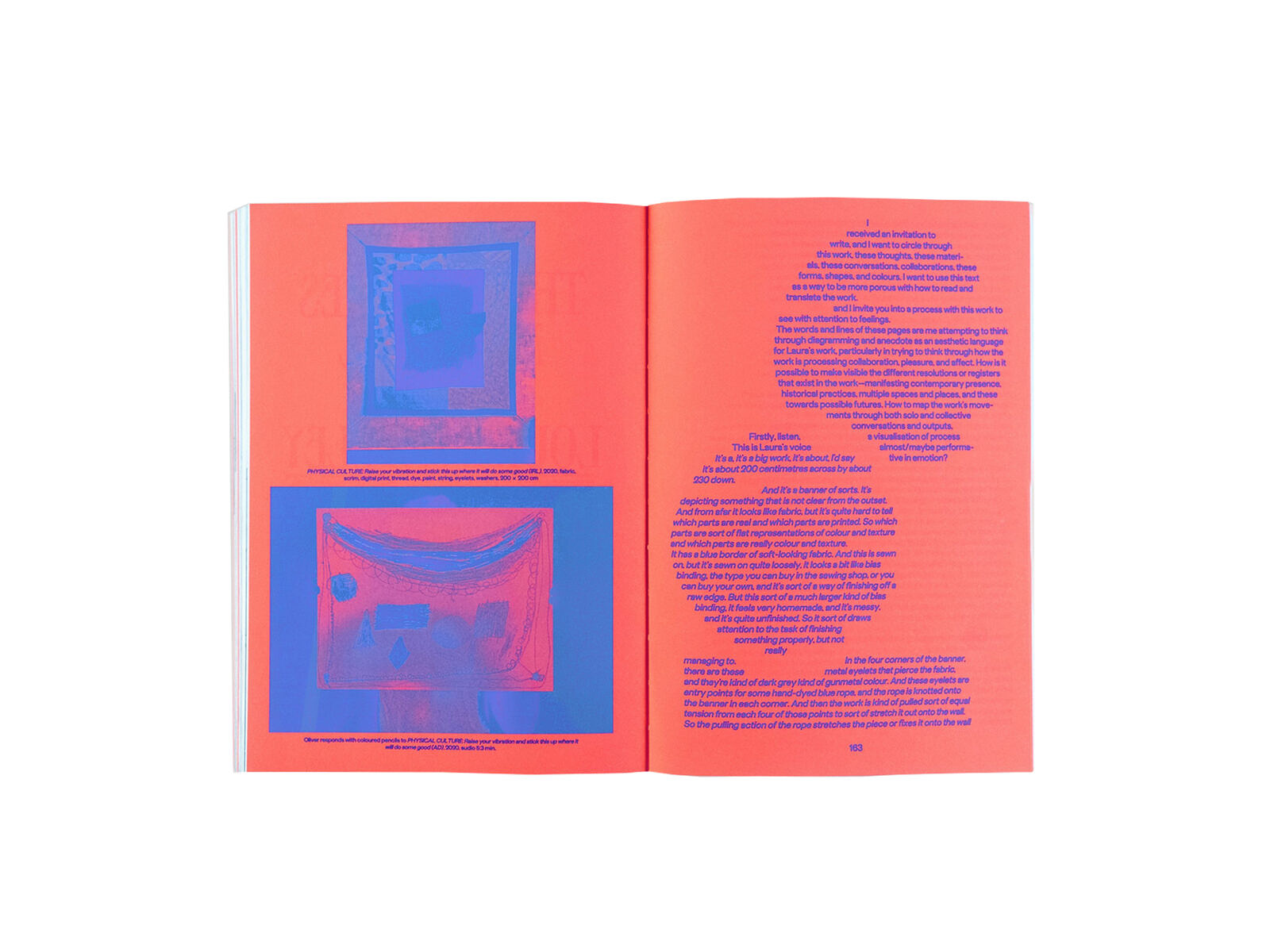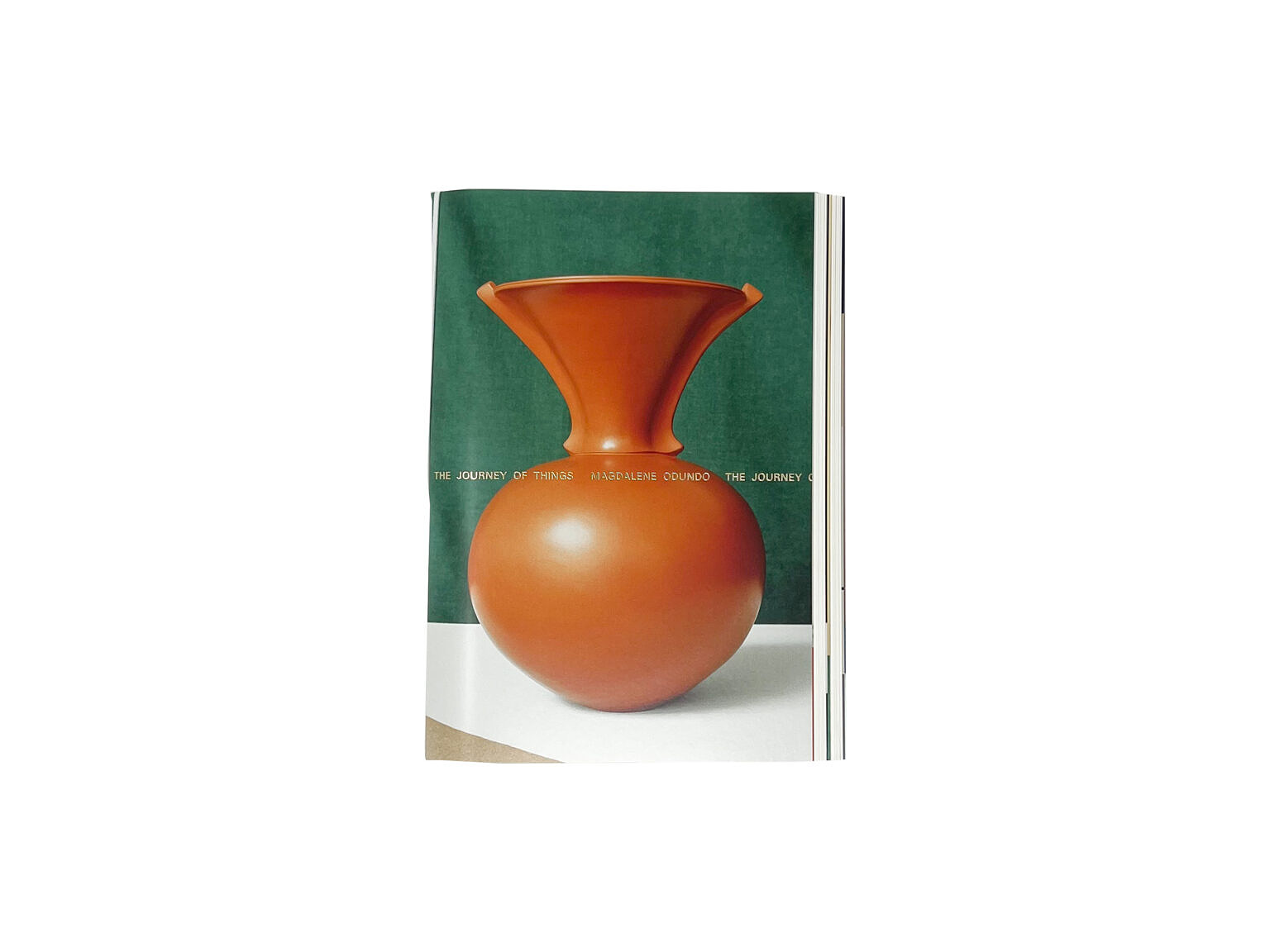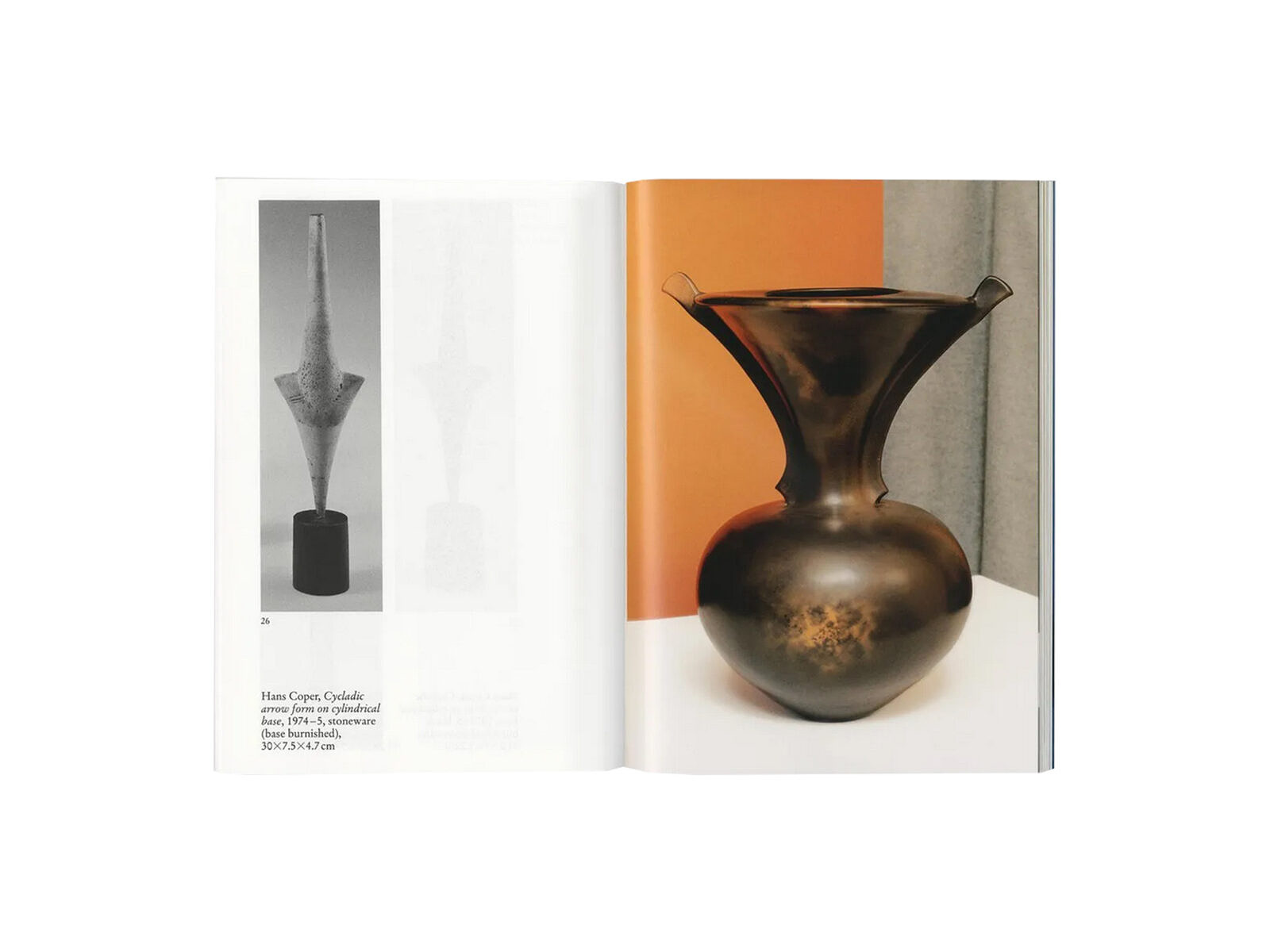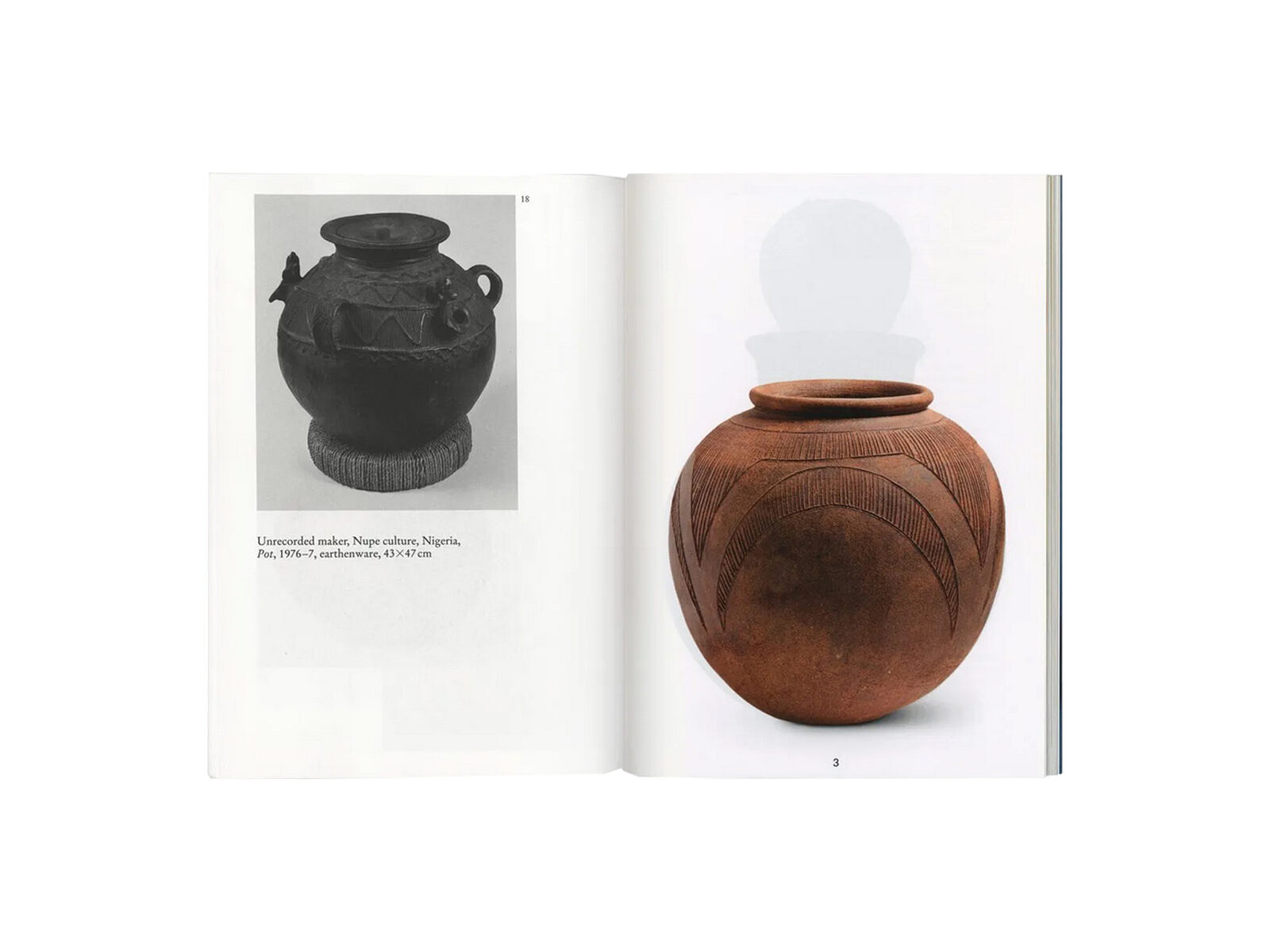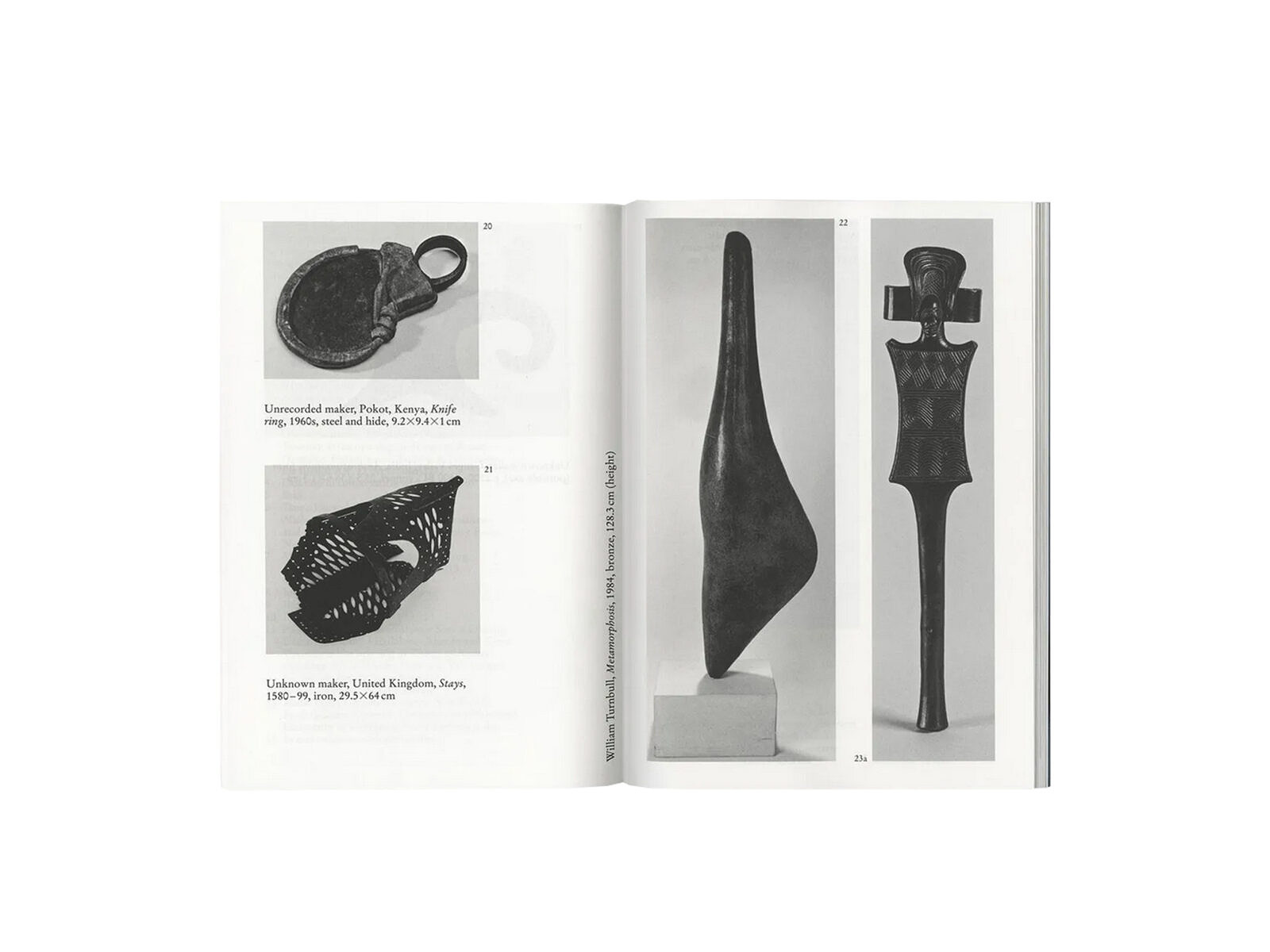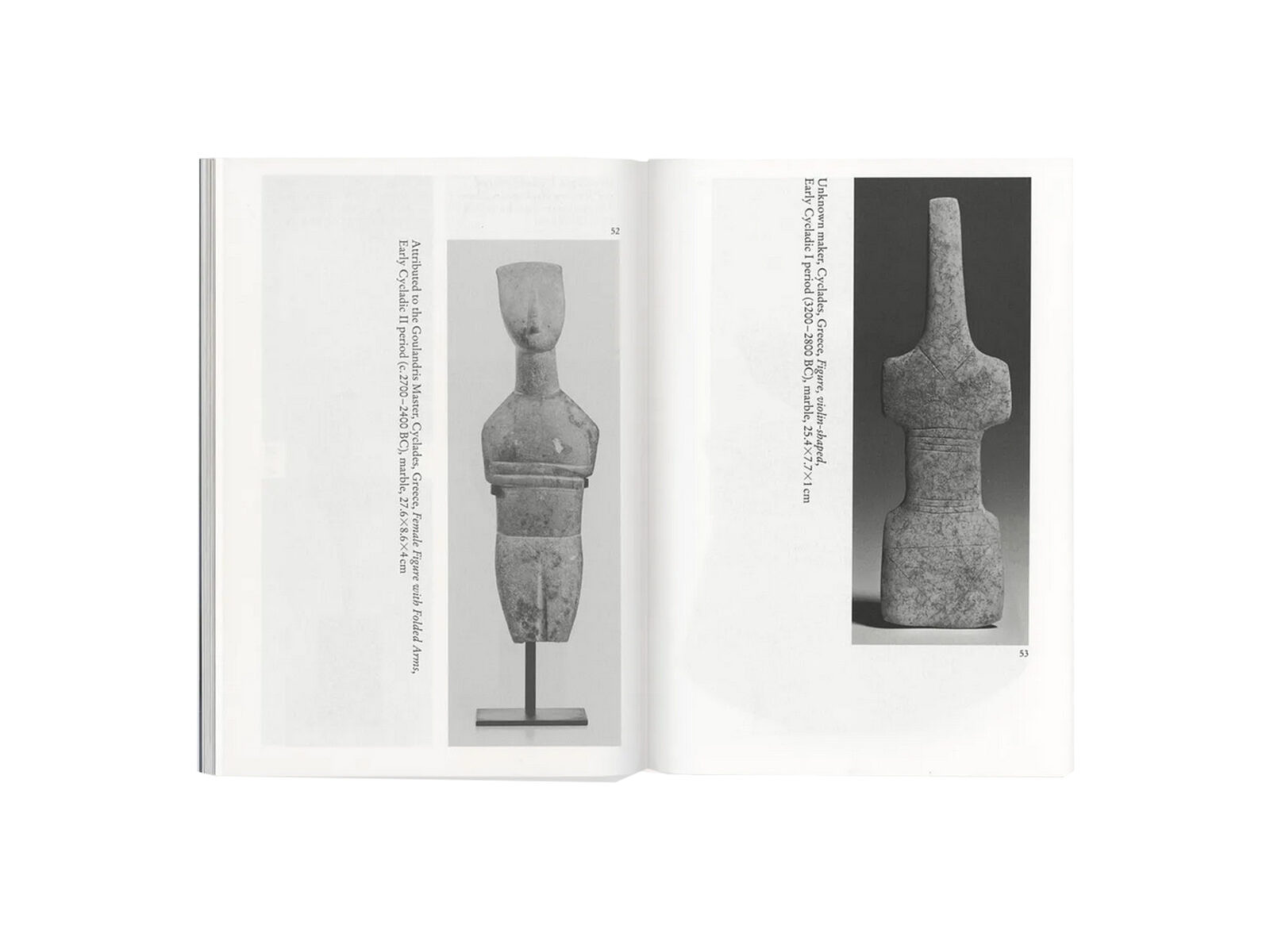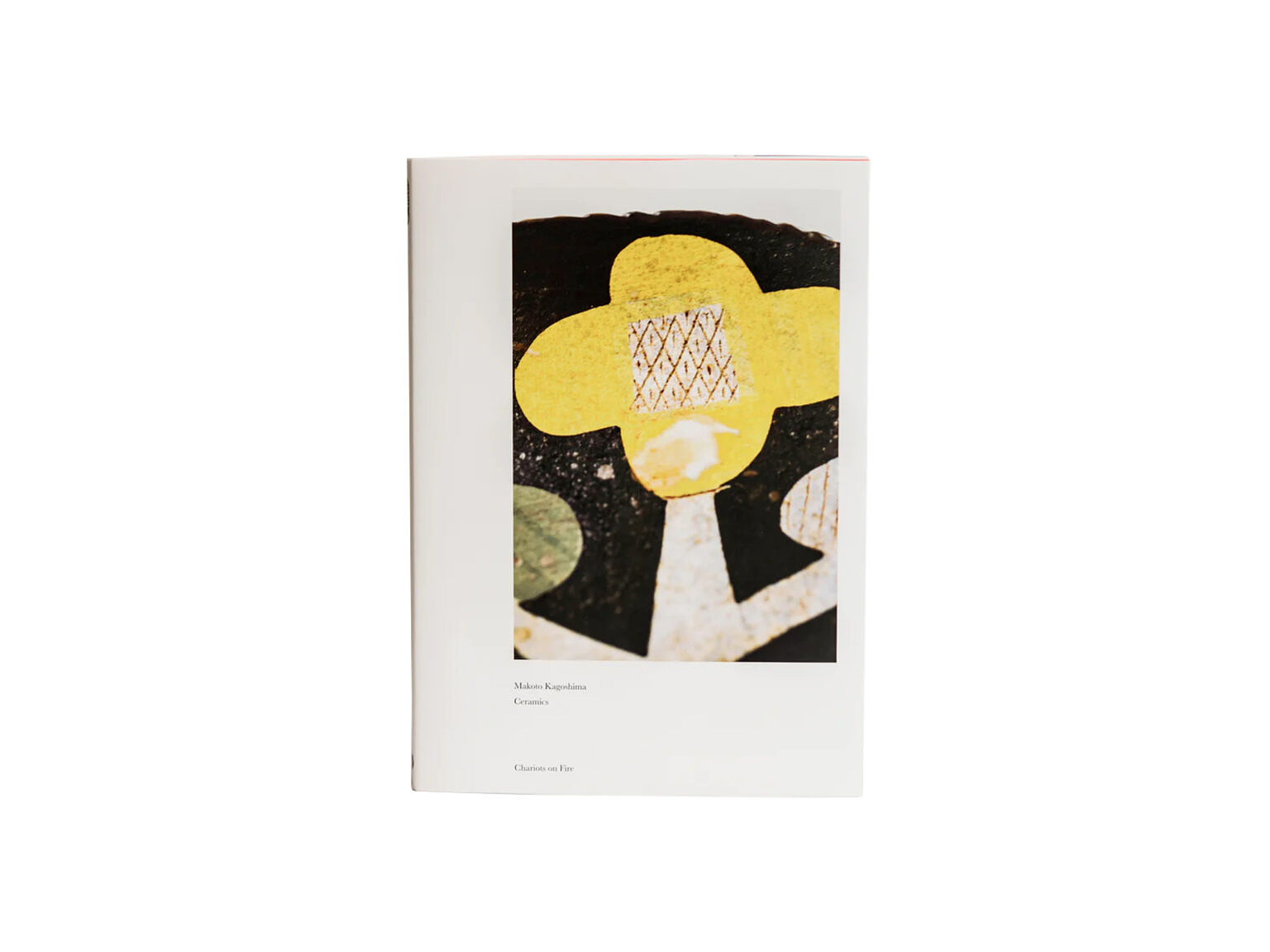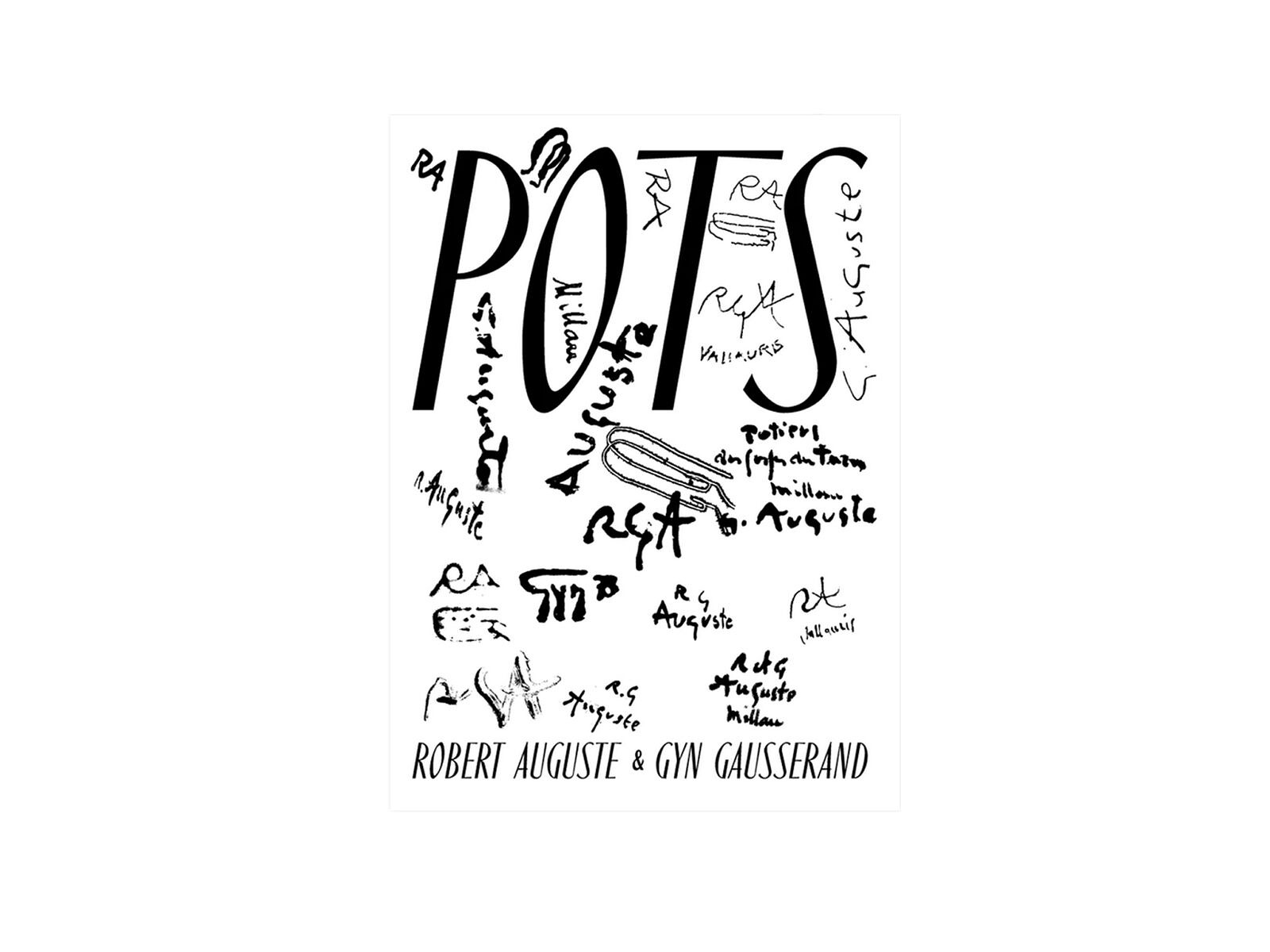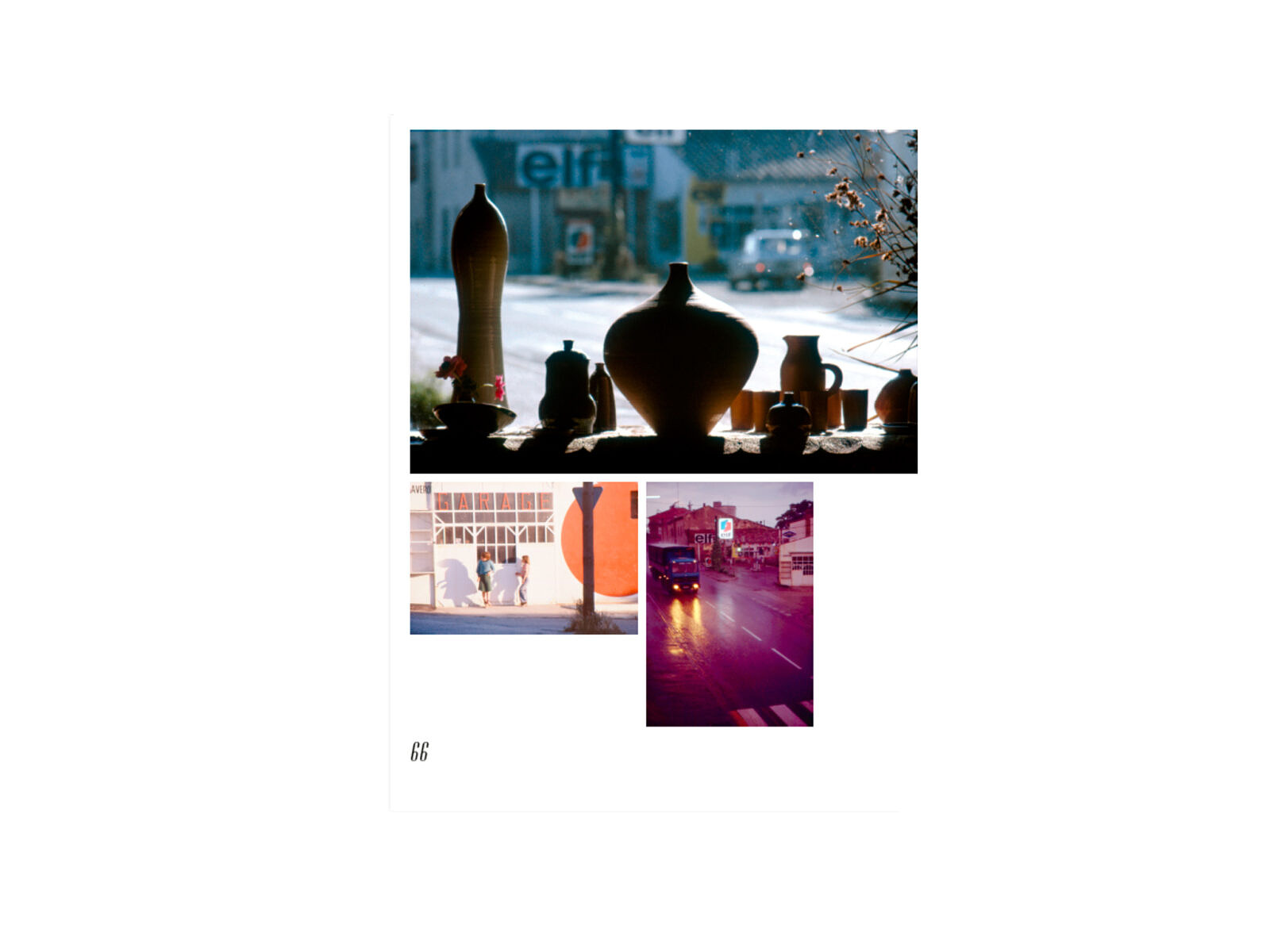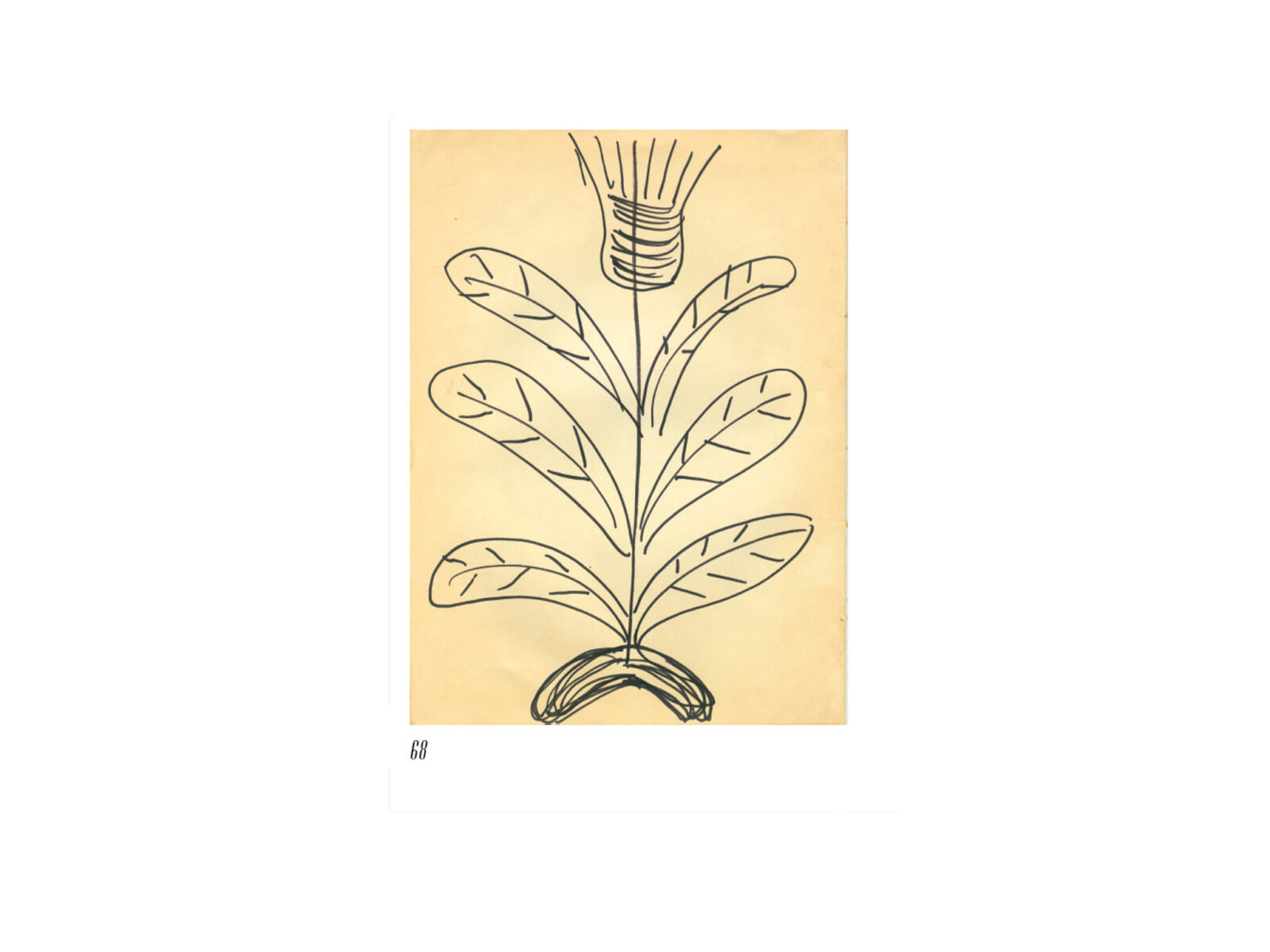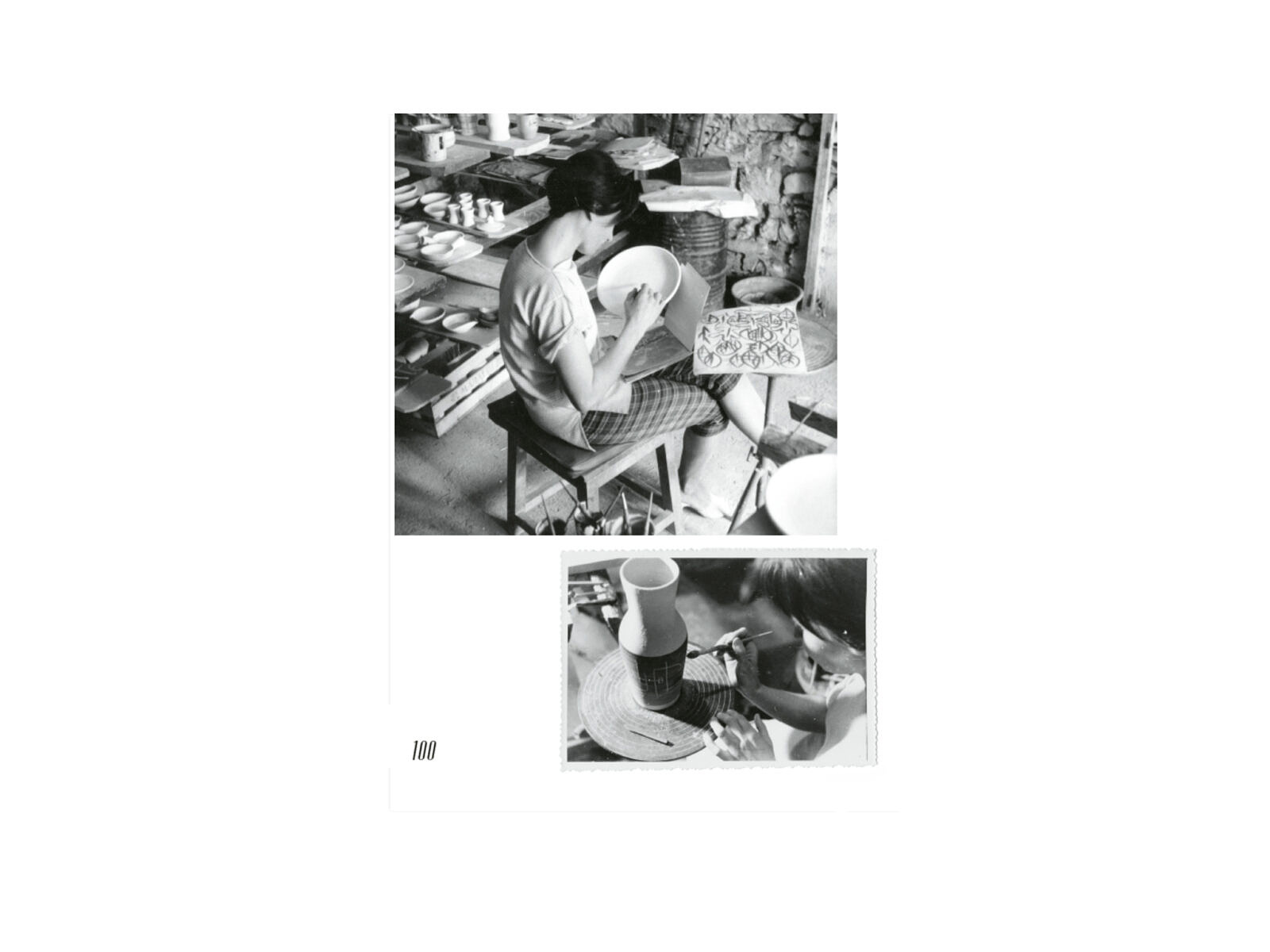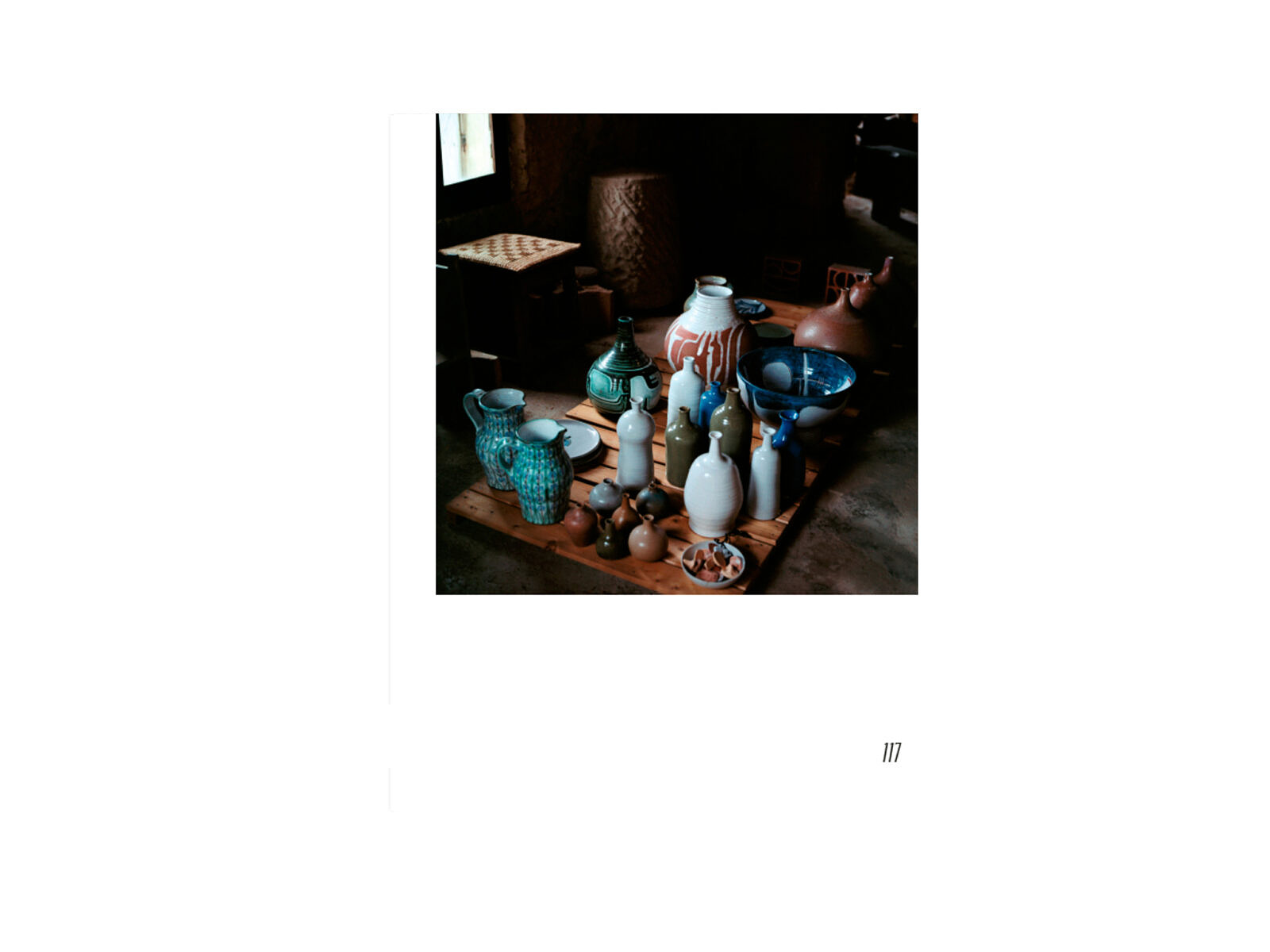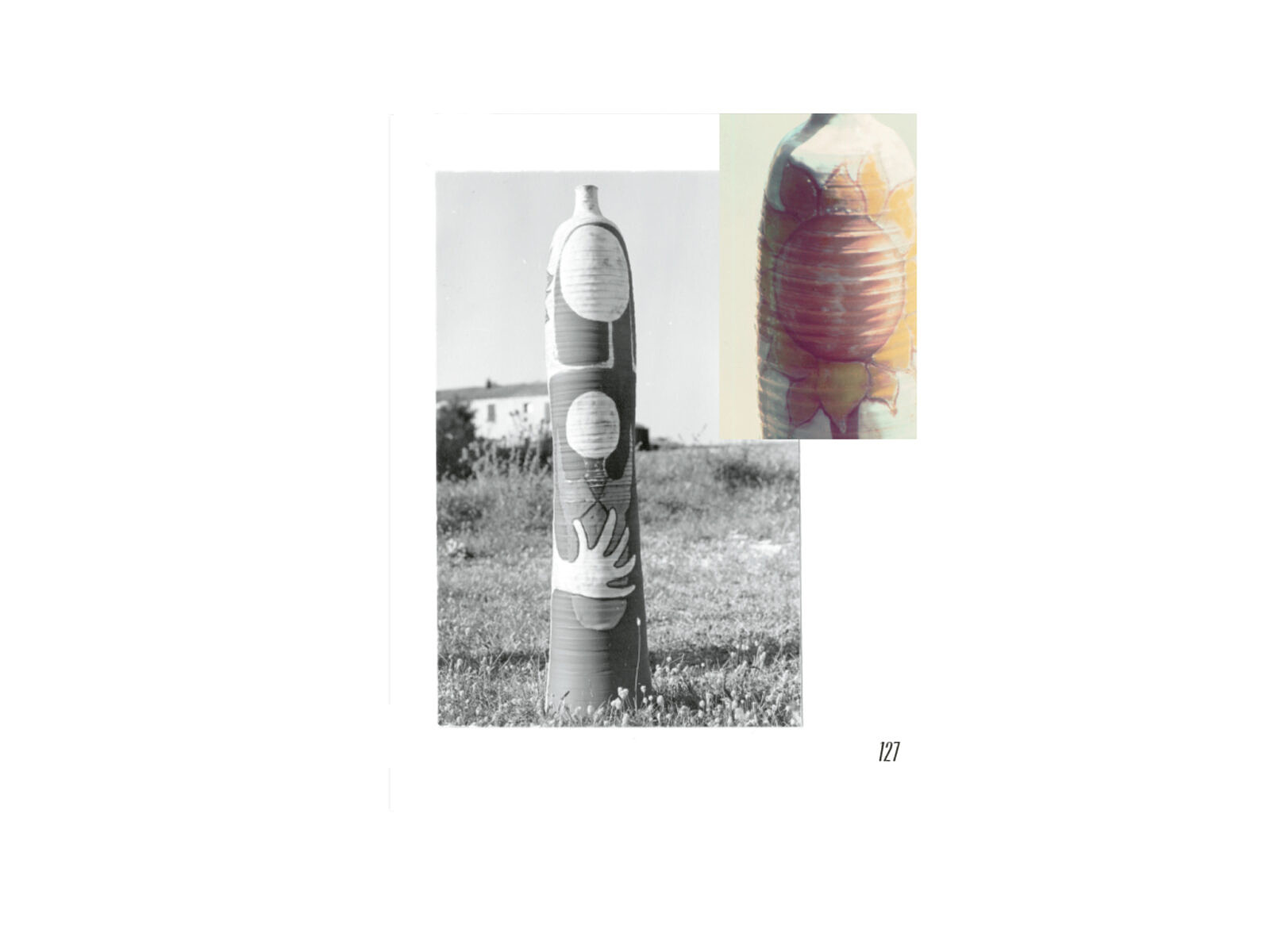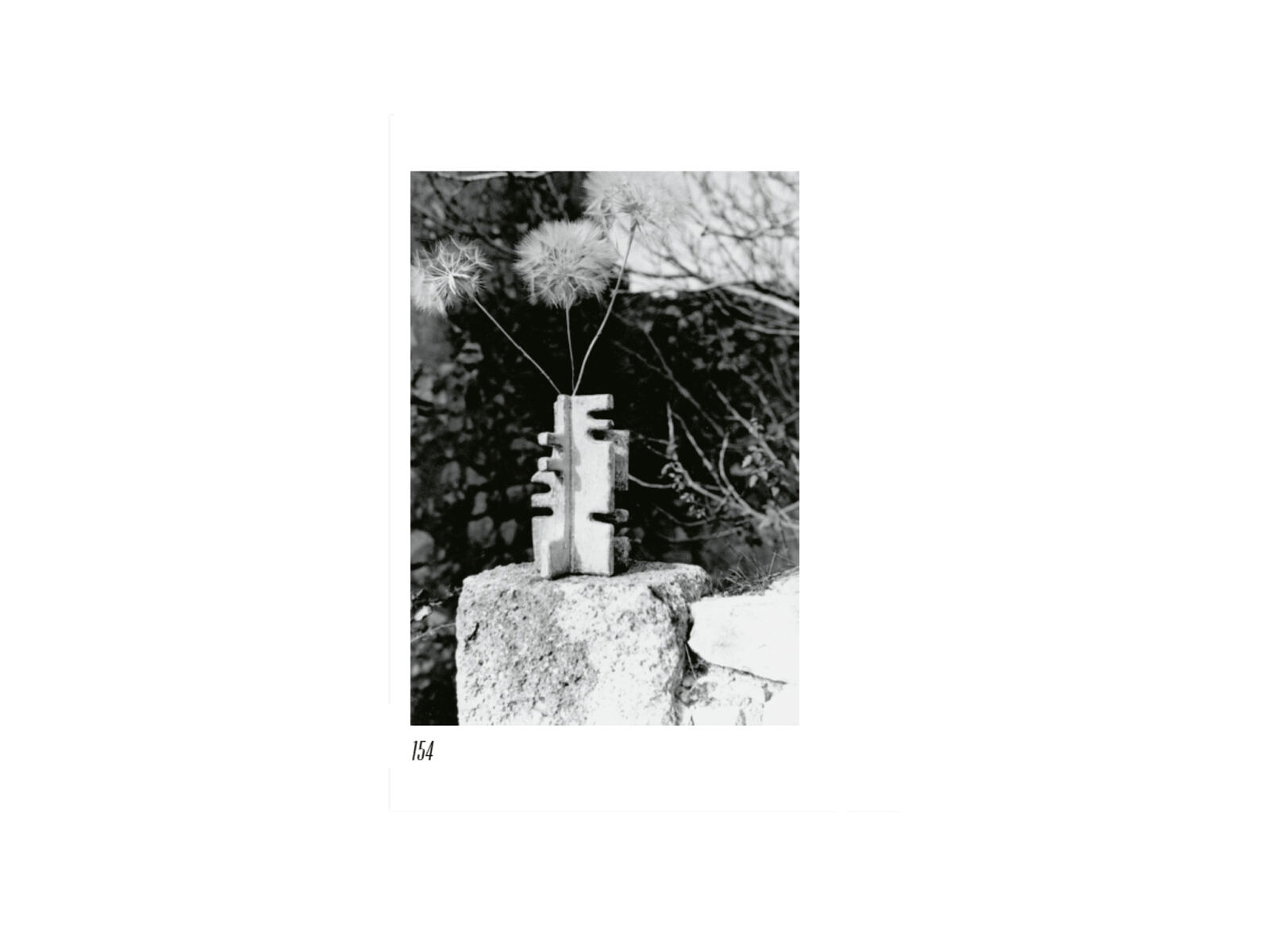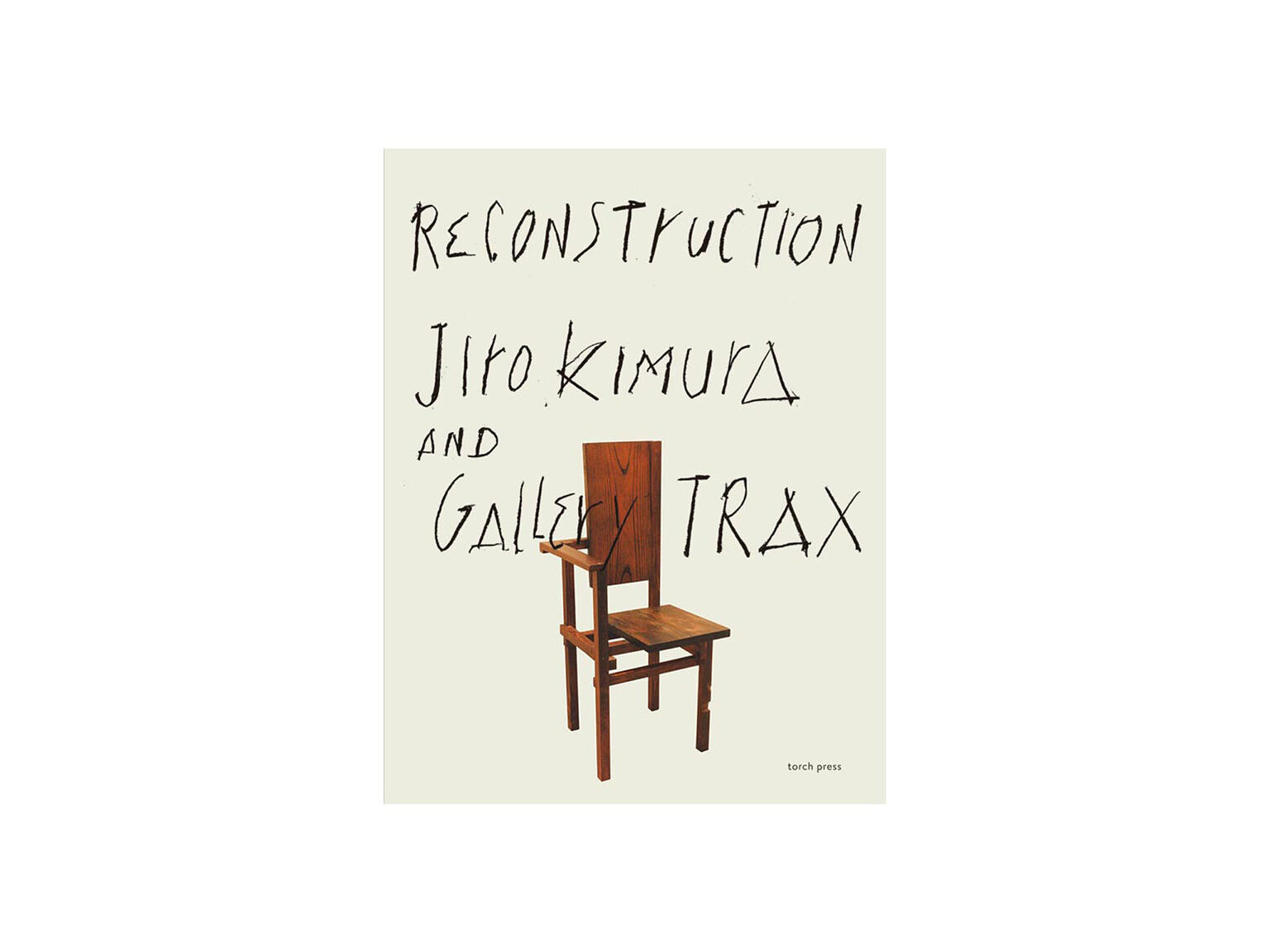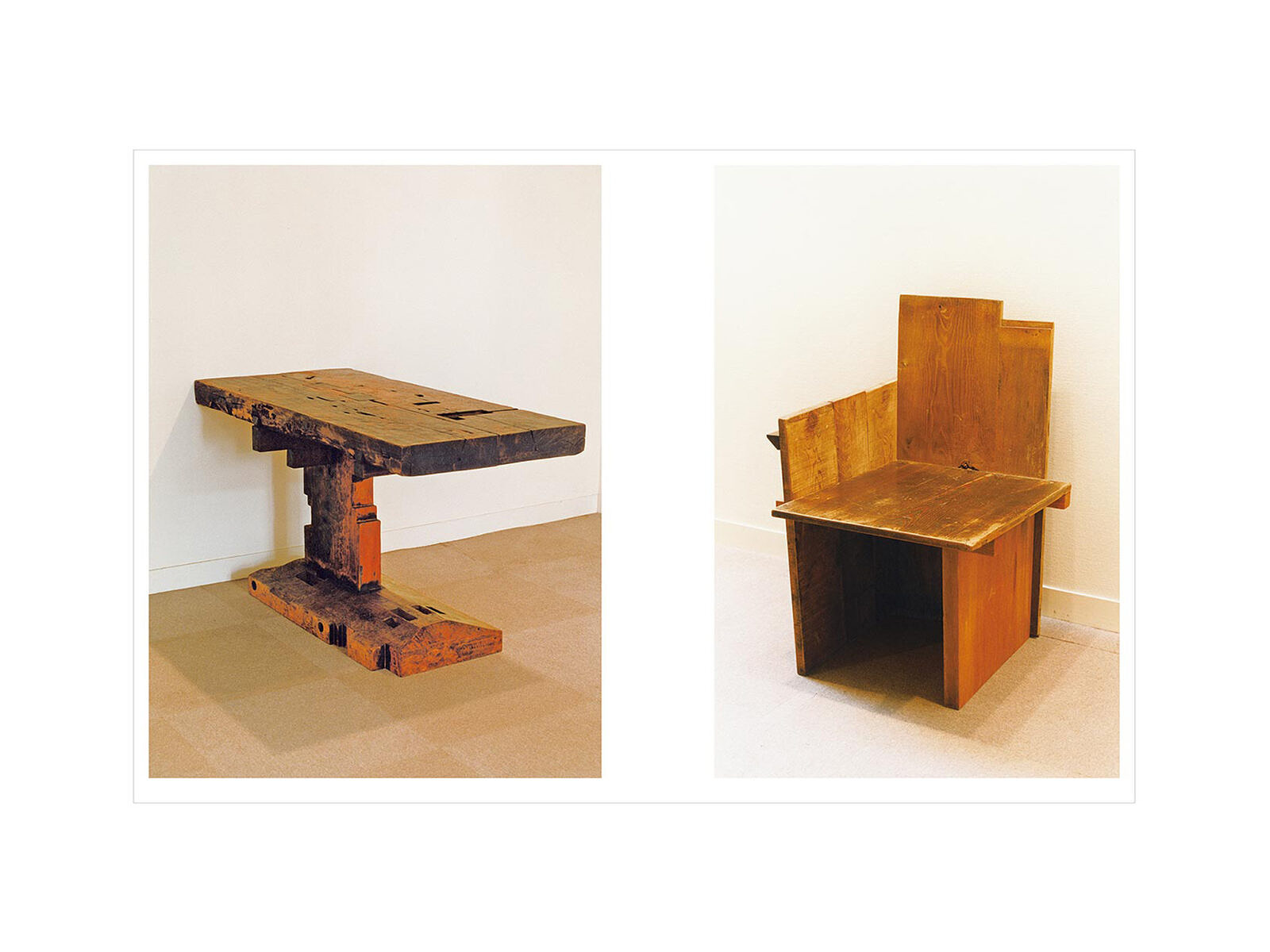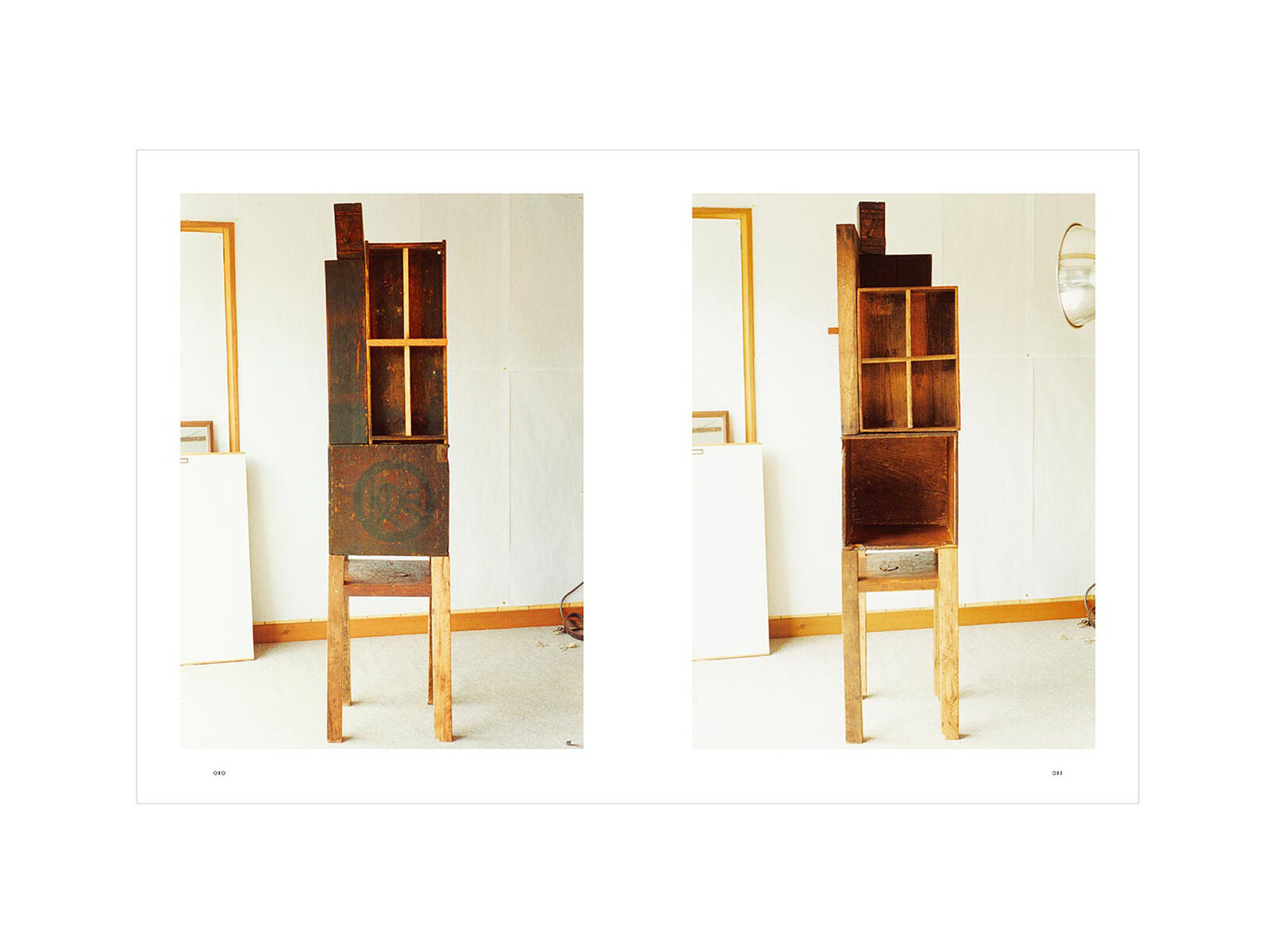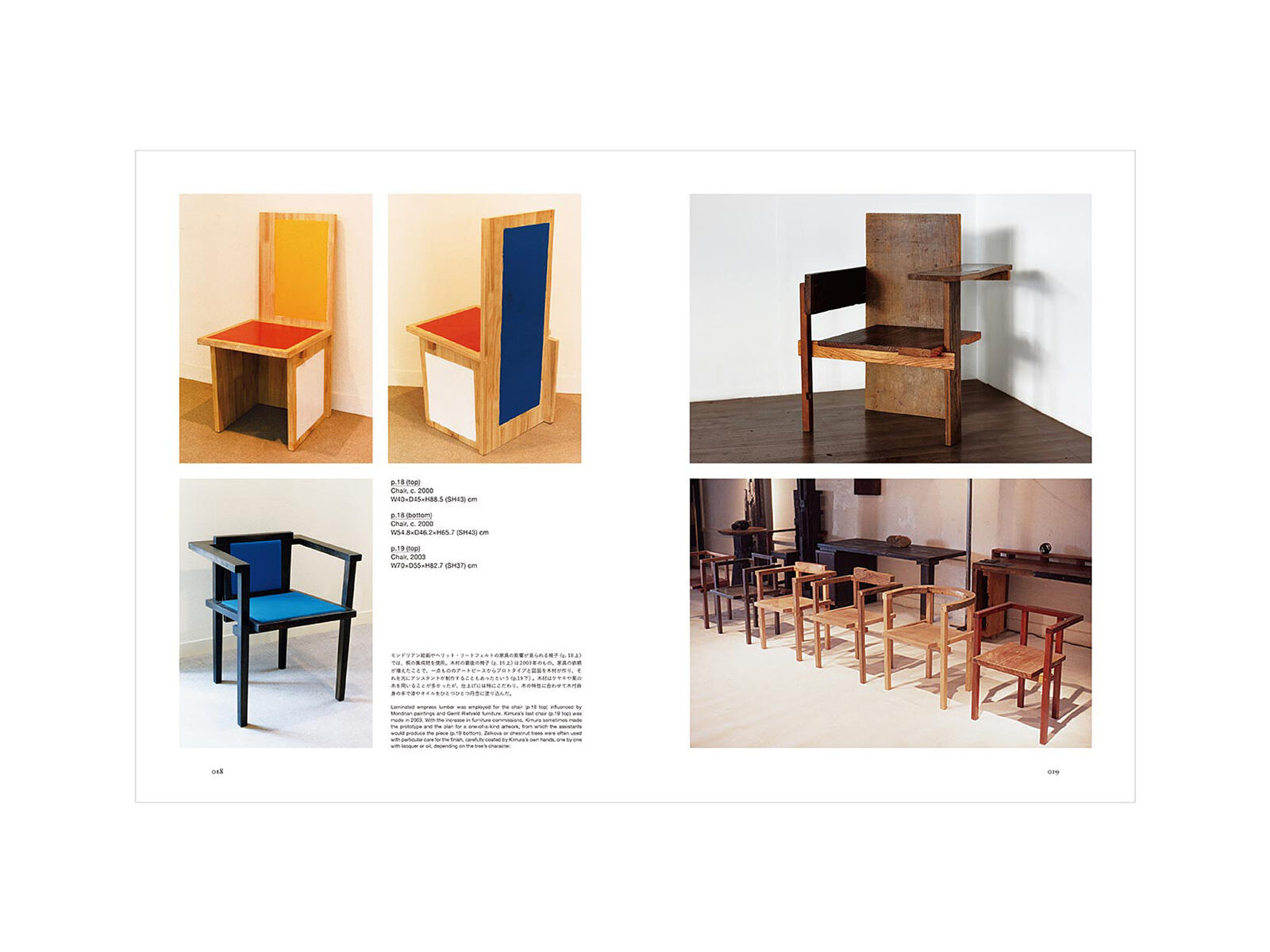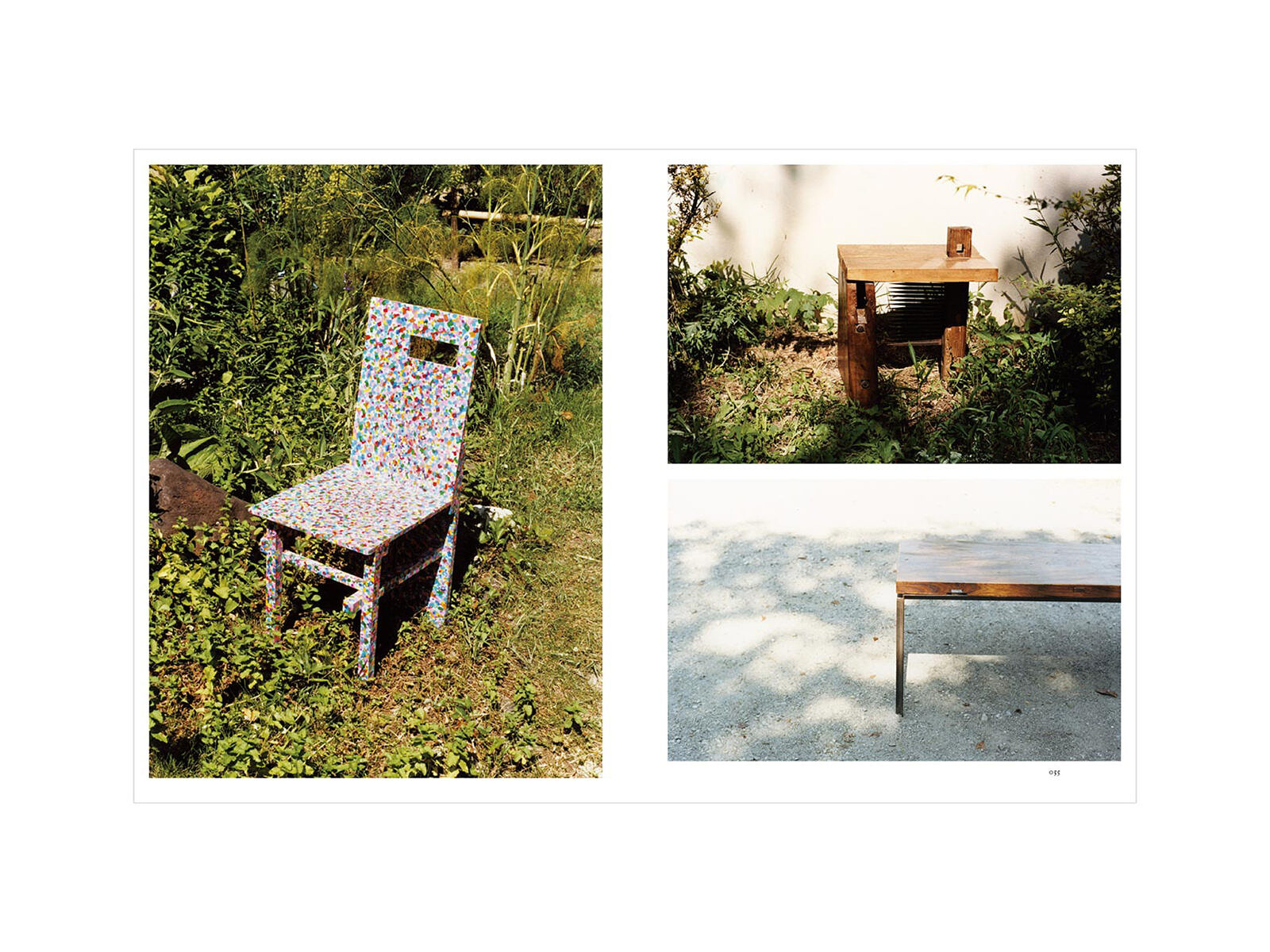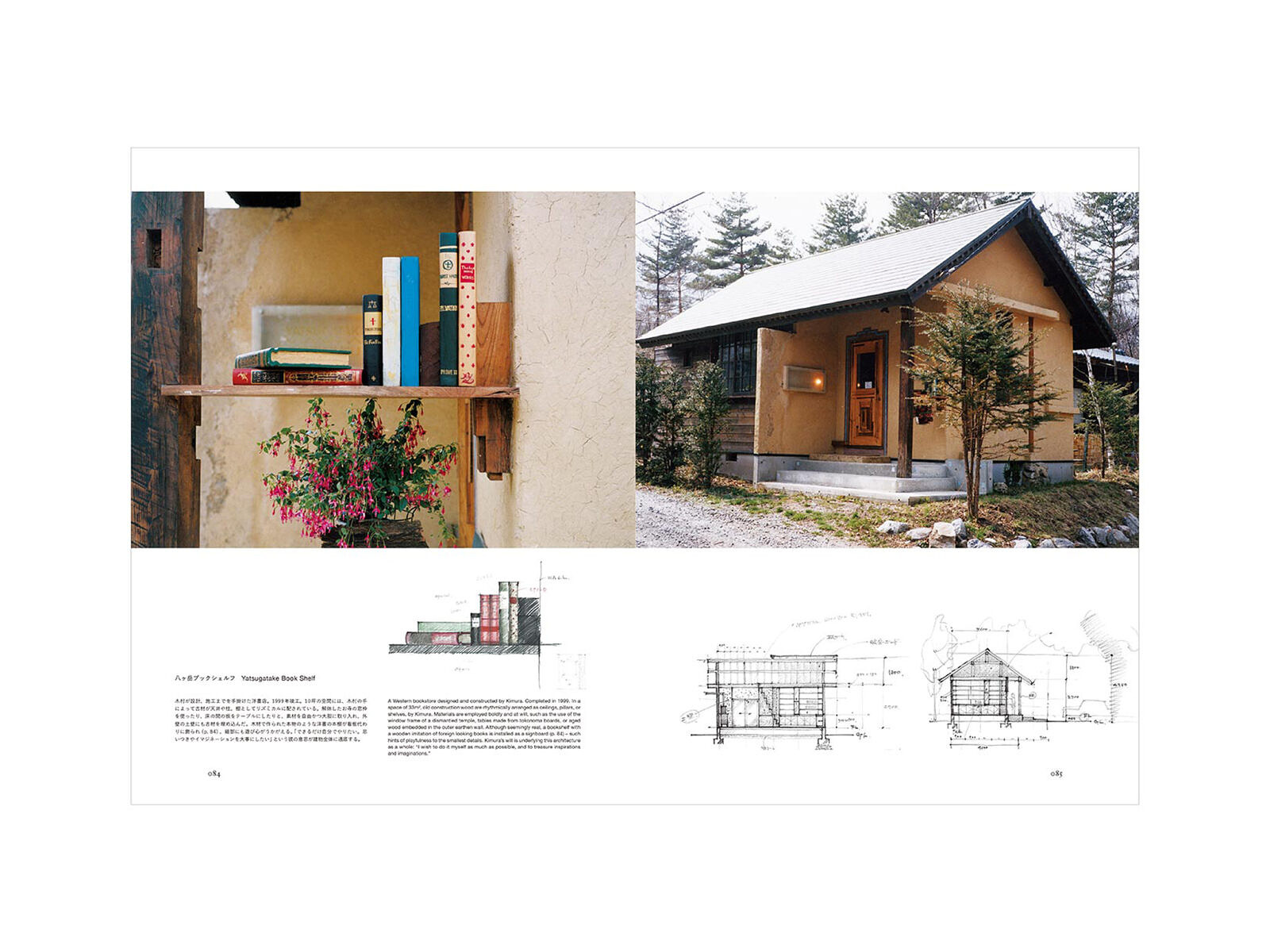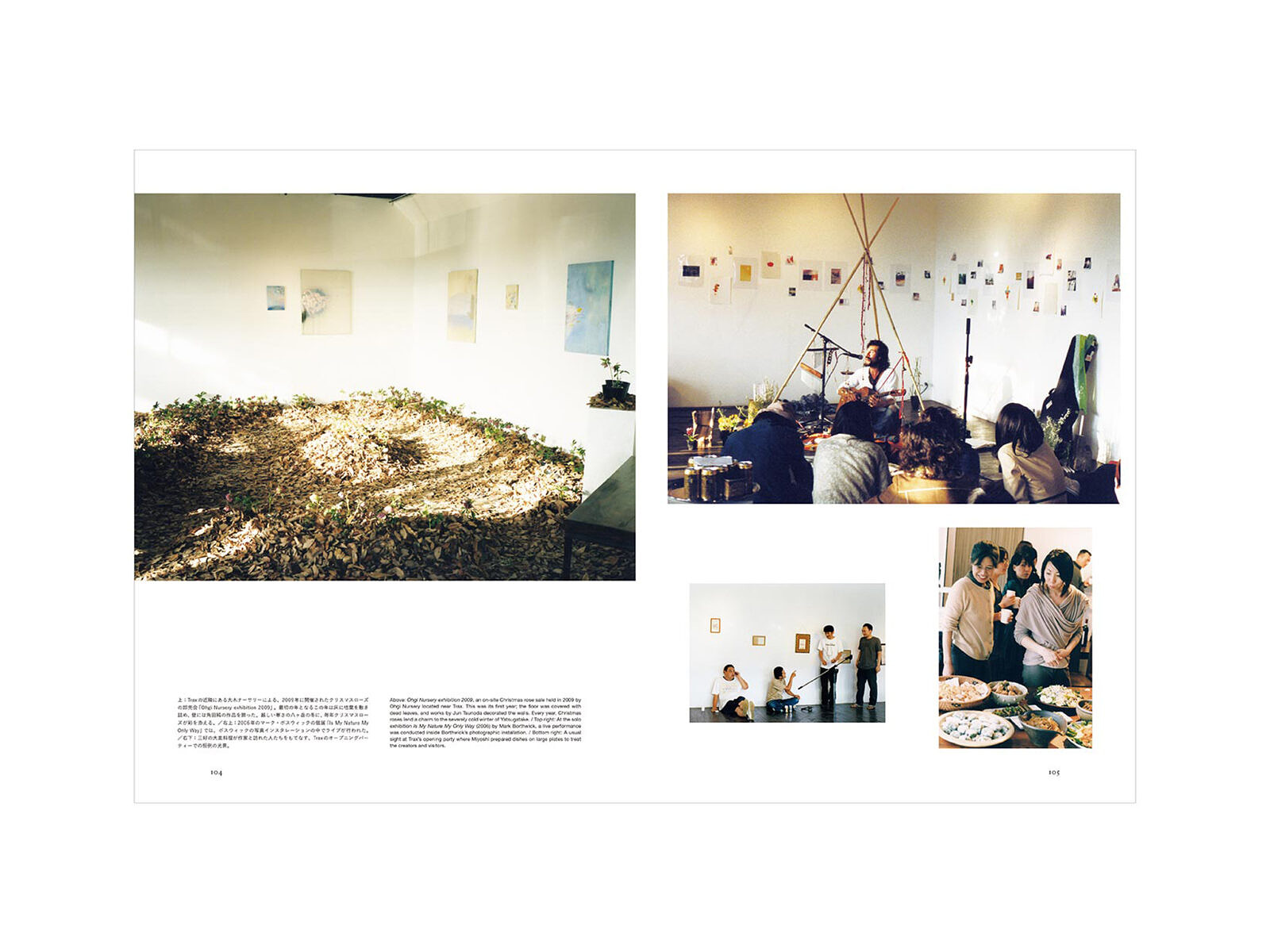Category: aato
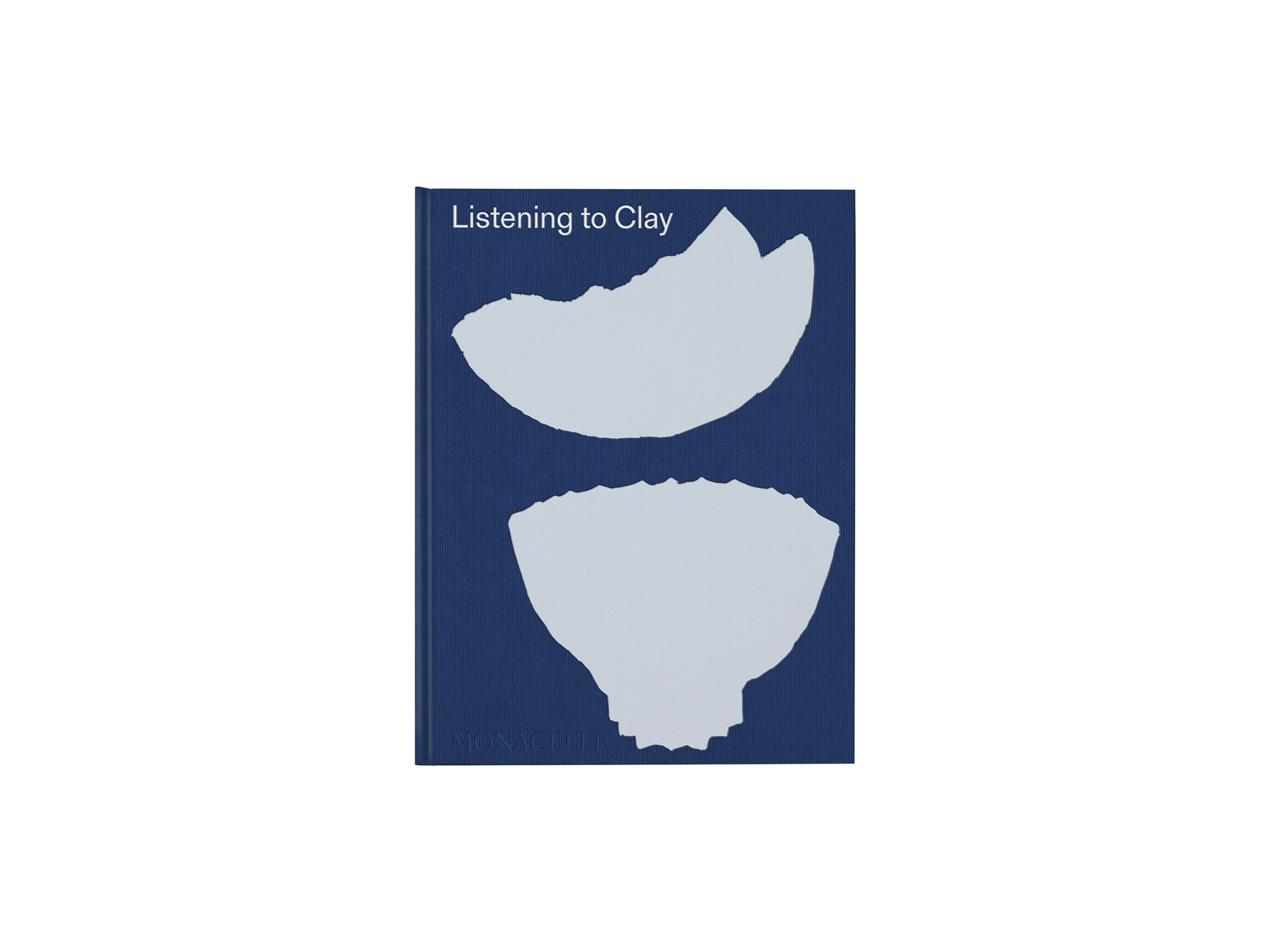
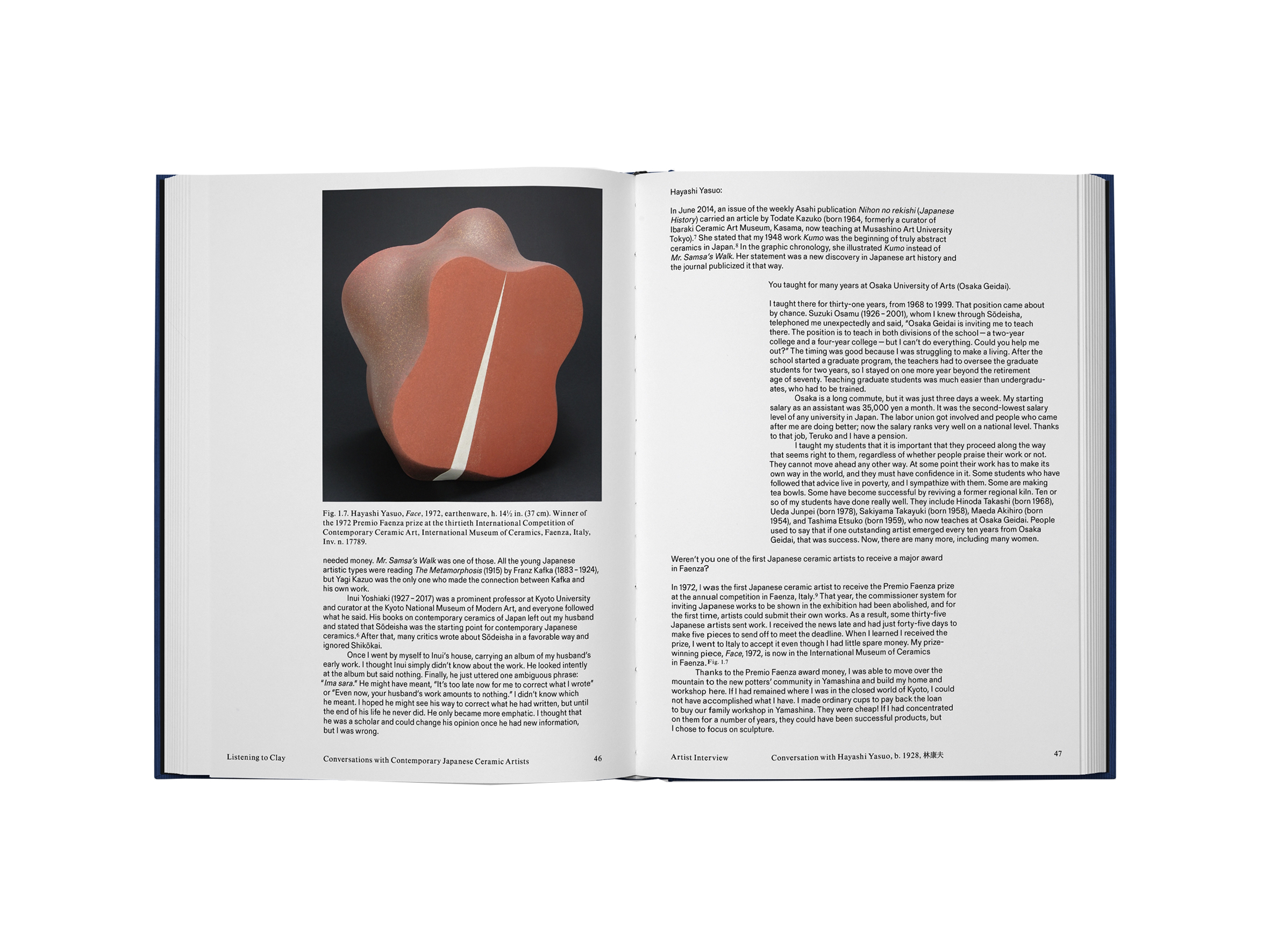
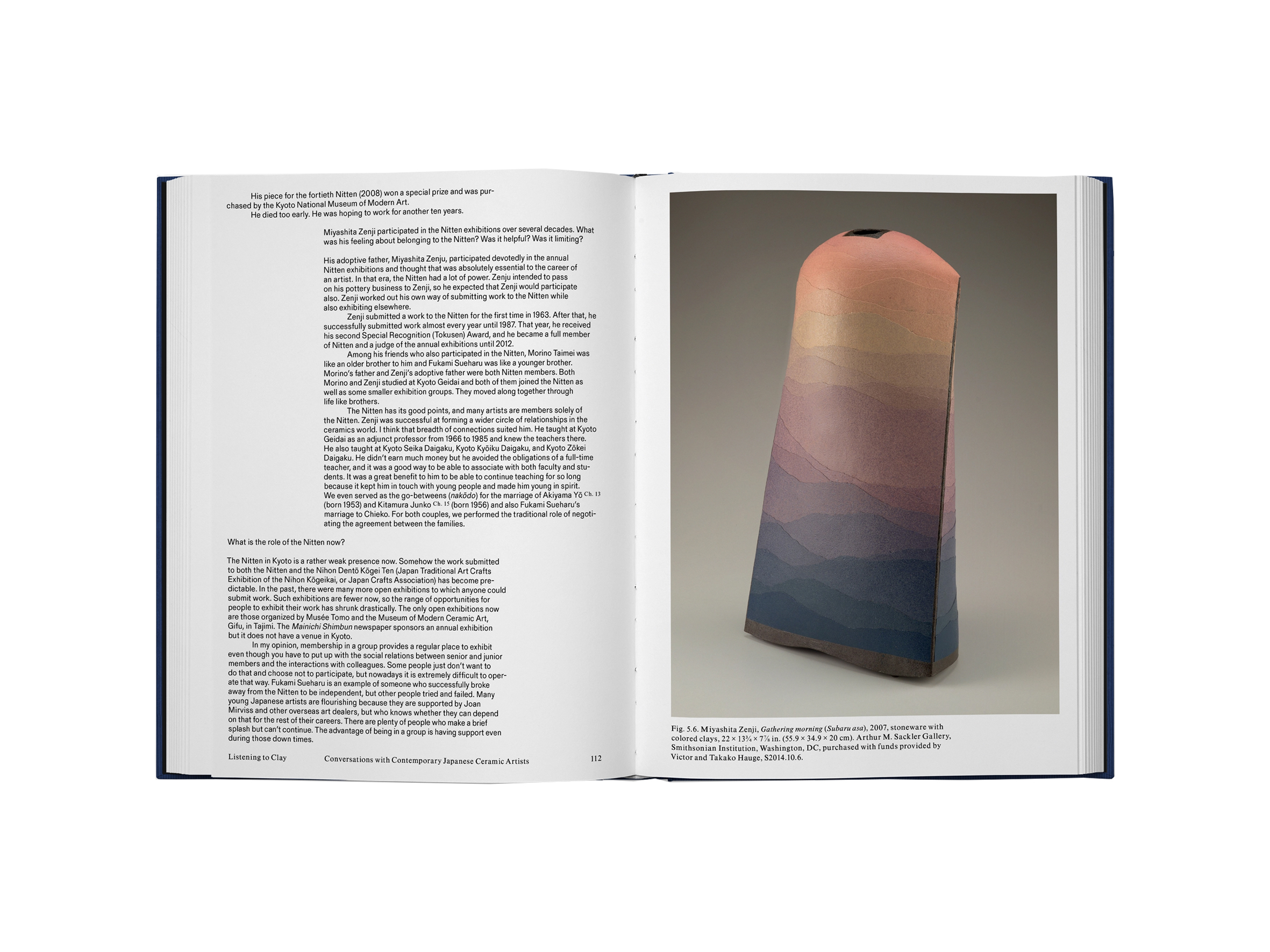
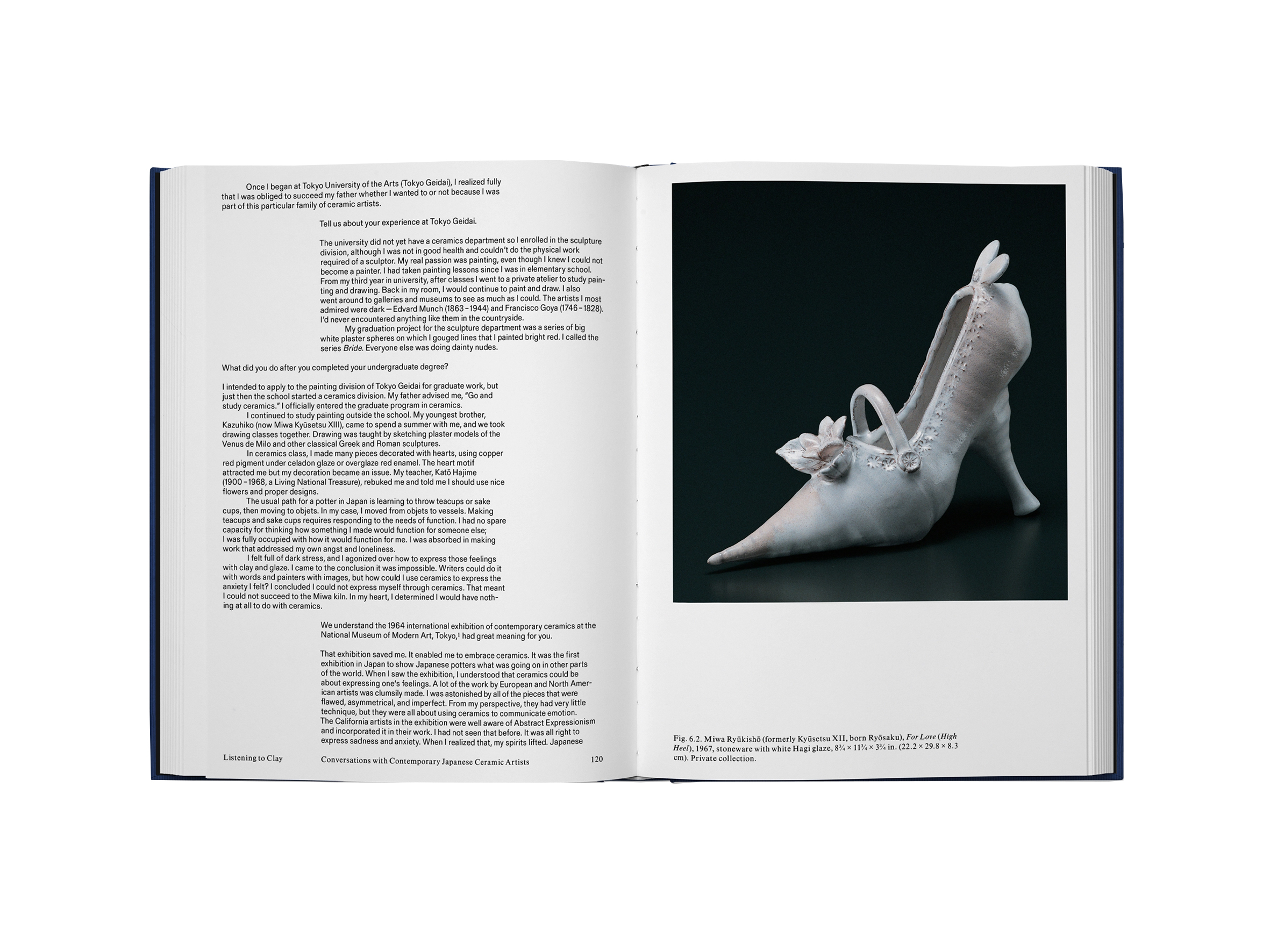
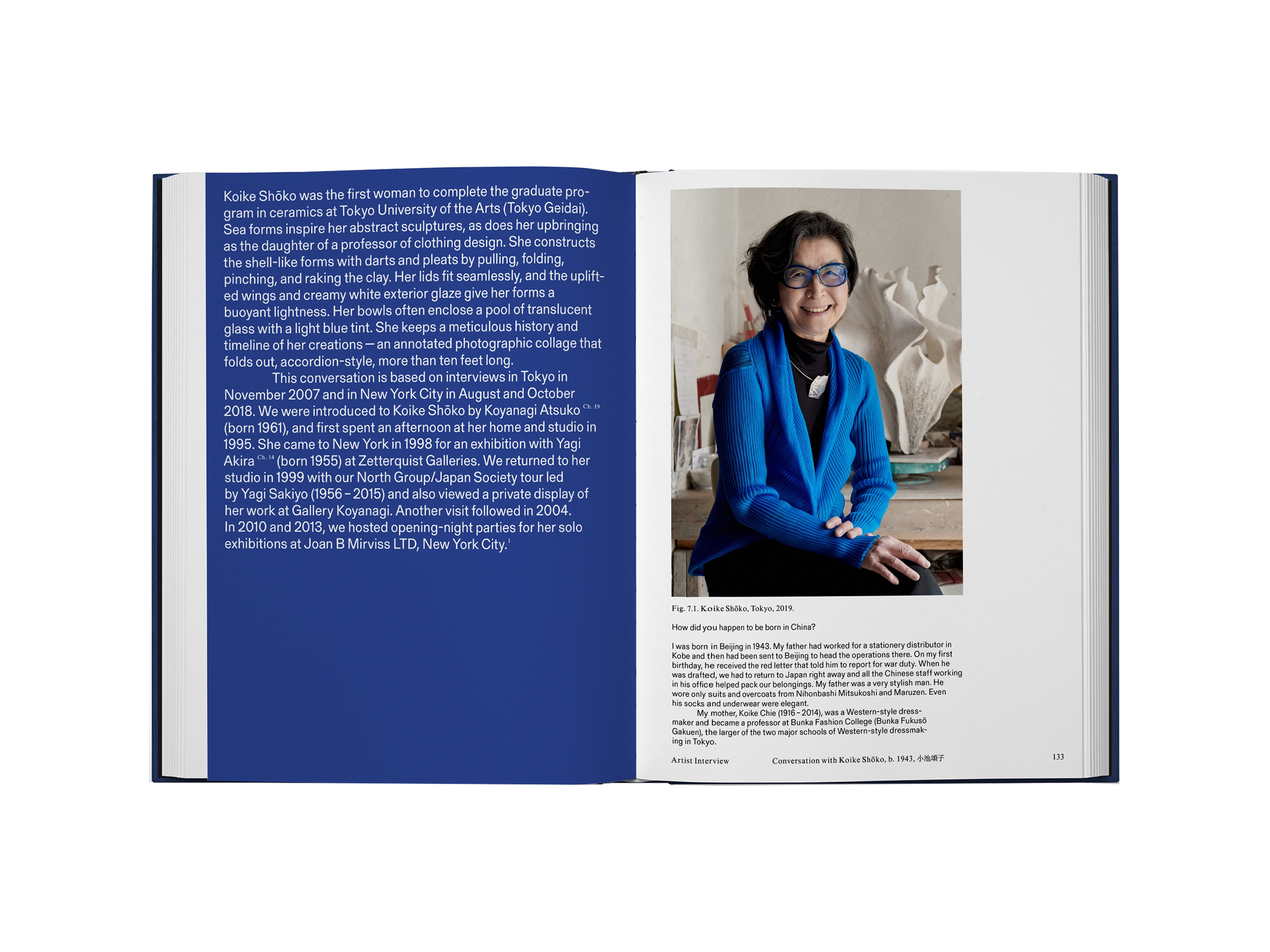
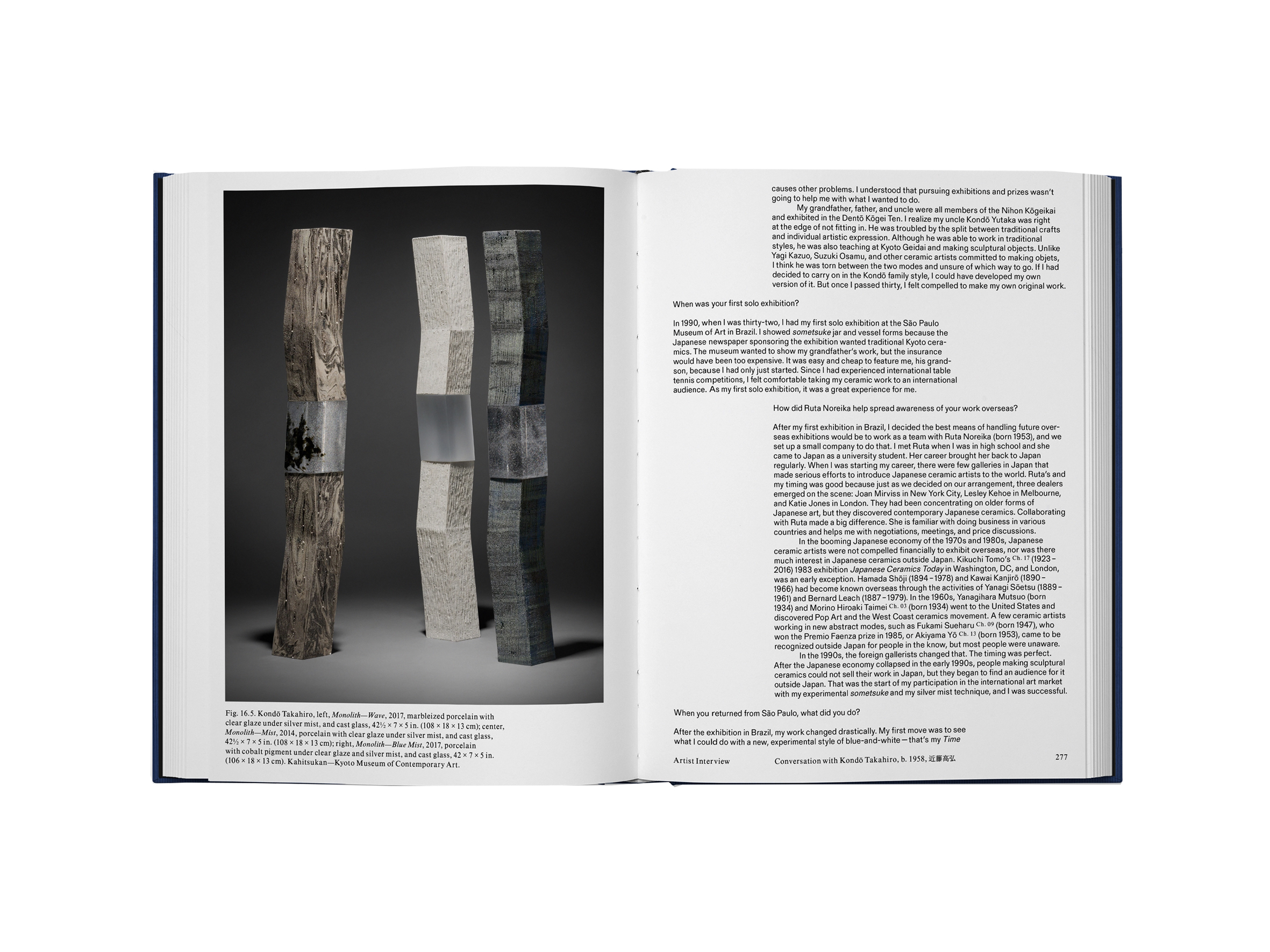
Alice and Halsey North
Listening to Clay
Listening to Clay: Conversations with Contemporary Japanese Ceramic Artists is the first book to present conversations with some of the most important living Japanese ceramic artists. Tracing the evolution of modern and contemporary craft and art in Japan, this groundbreaking volume highlights sixteen individuals whose unparalleled skill and creative brilliance have lent them an influence that far transcends national borders.
Despite forging illustrious careers and earning international recognition for their work, these sixteen artists have been little known in terms of their personal stories. Ranging in age from sixty-three to ninety-three, they embody the diverse experiences of several generations who have been active and successful from the late 1940s to the present day, a period of massive change. Now, sharing their stories for the first time in Listening to Clay, they not only describe their distinctive processes, inspirations, and relationships with clay, but together trace a seismic cultural shift through a field in which centuries-old but exclusionary potting traditions opened to new practitioners and kinds of practices.
Listening to Clay includes conversations with artists born into pottery-making families, as well as with some of the first women admitted to the ceramics department of Tokyo University of the Arts, telling a larger story about ingenuity and trailblazing that has shaped contemporary art in Japan and around the world. Each artist is represented by an entry including a brief introduction, a portrait, selected examples of their work, and an intimate interview conducted by the authors over several in-person visits from 2004 to 2019. At the core of each story is the artist’s personal relationship to clay, often described as a collaboration with the material rather than an imposing of intention.
352 pages
Hardcover
English
9781580935920
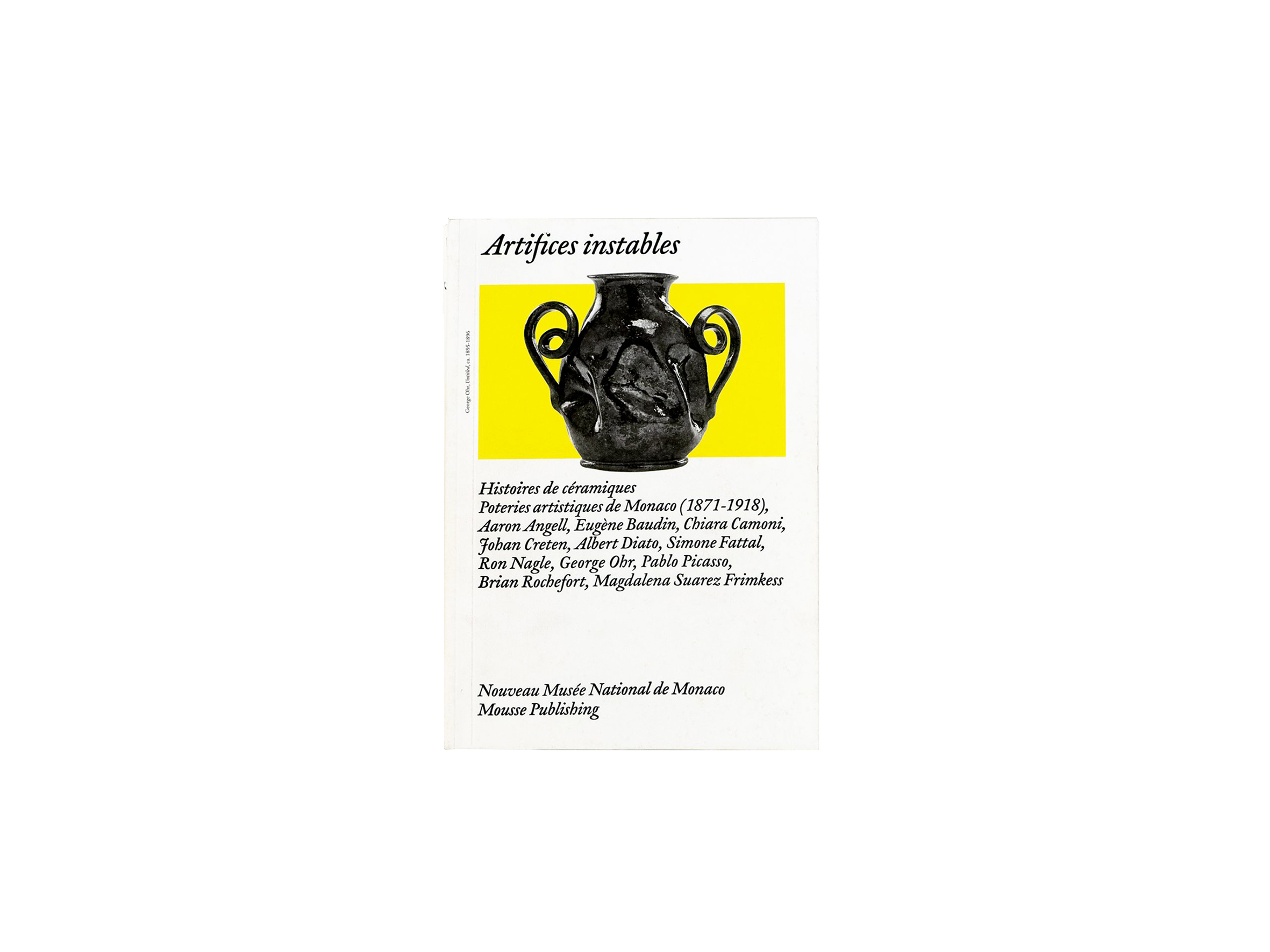
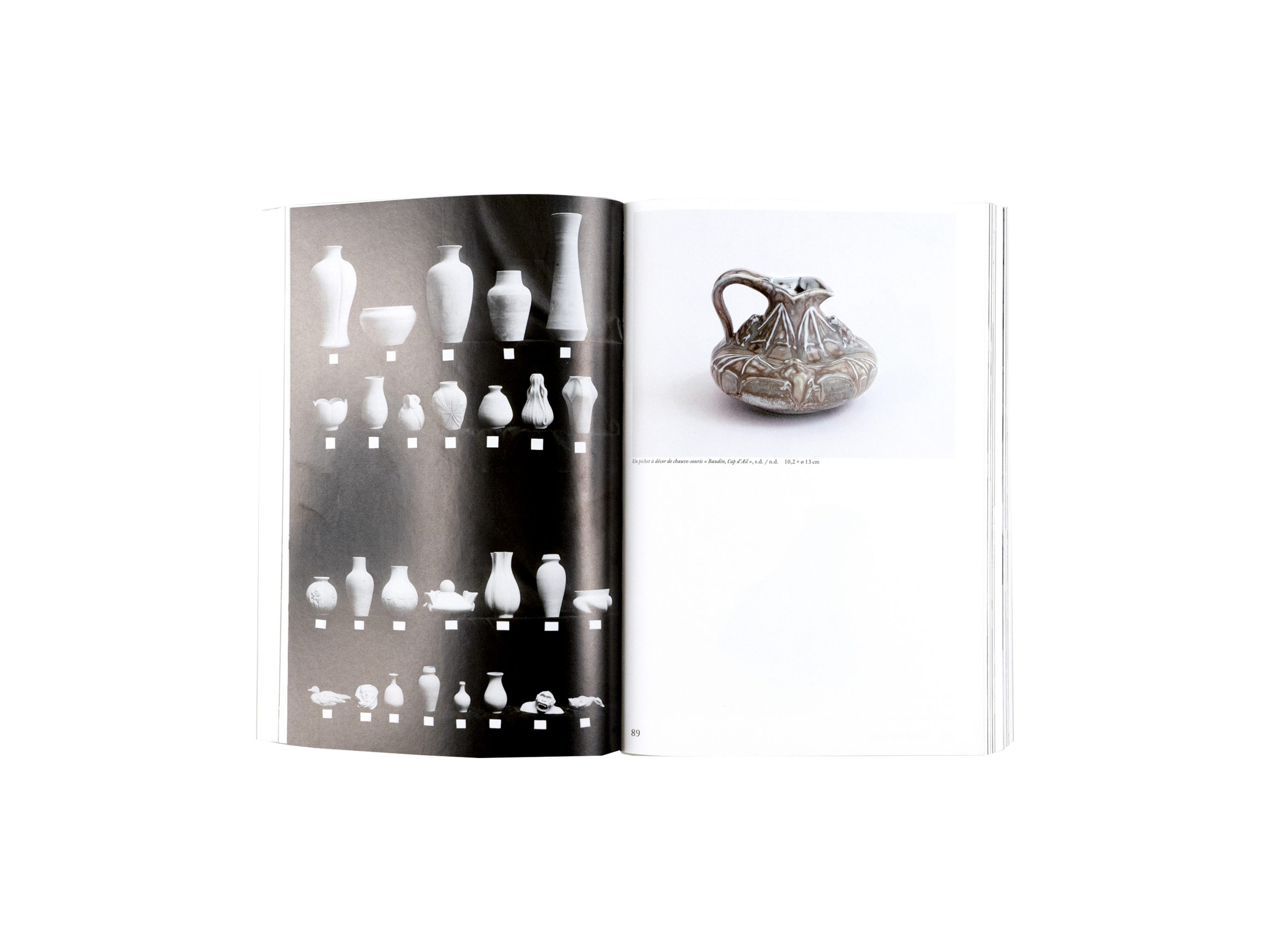
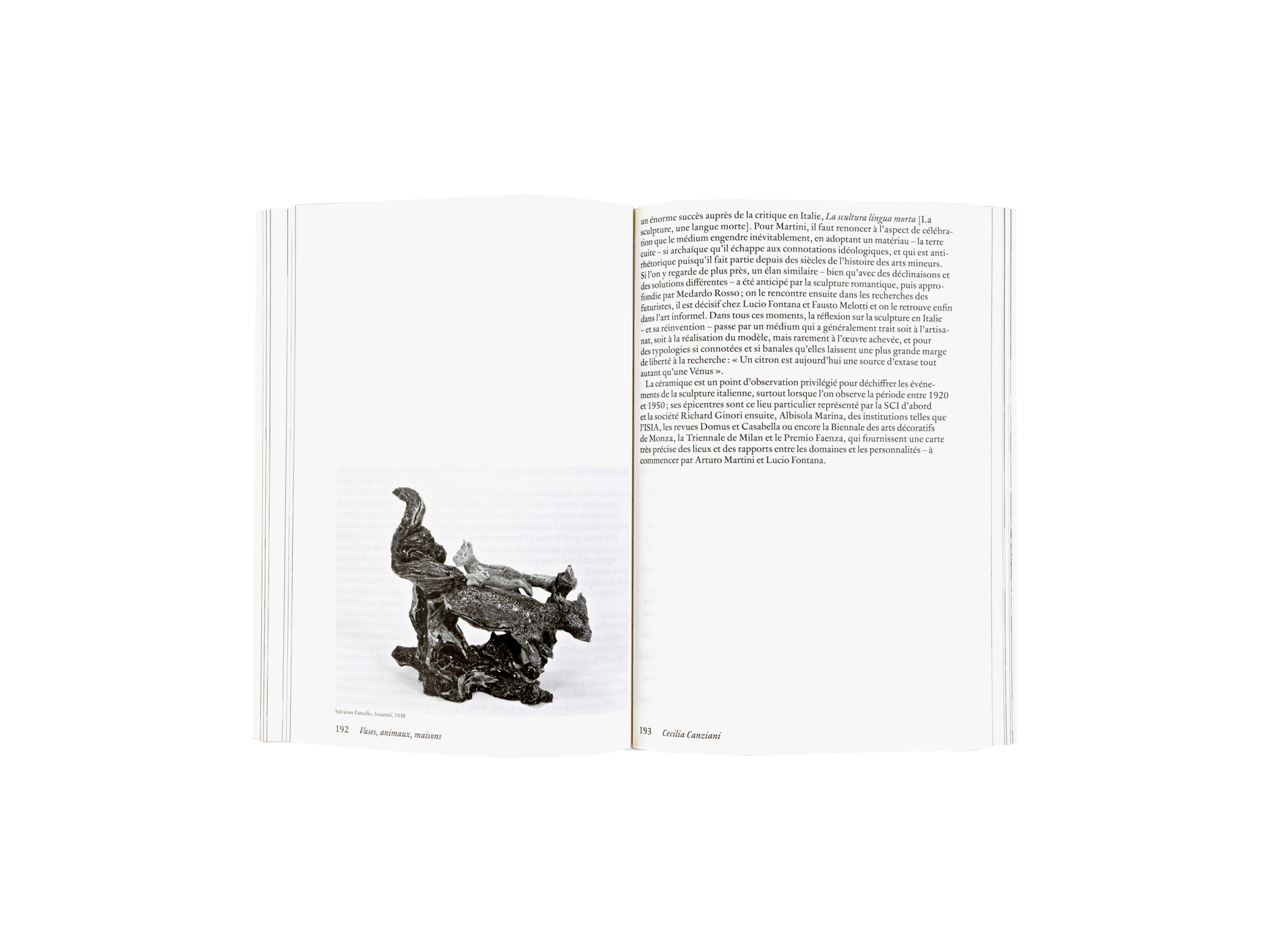
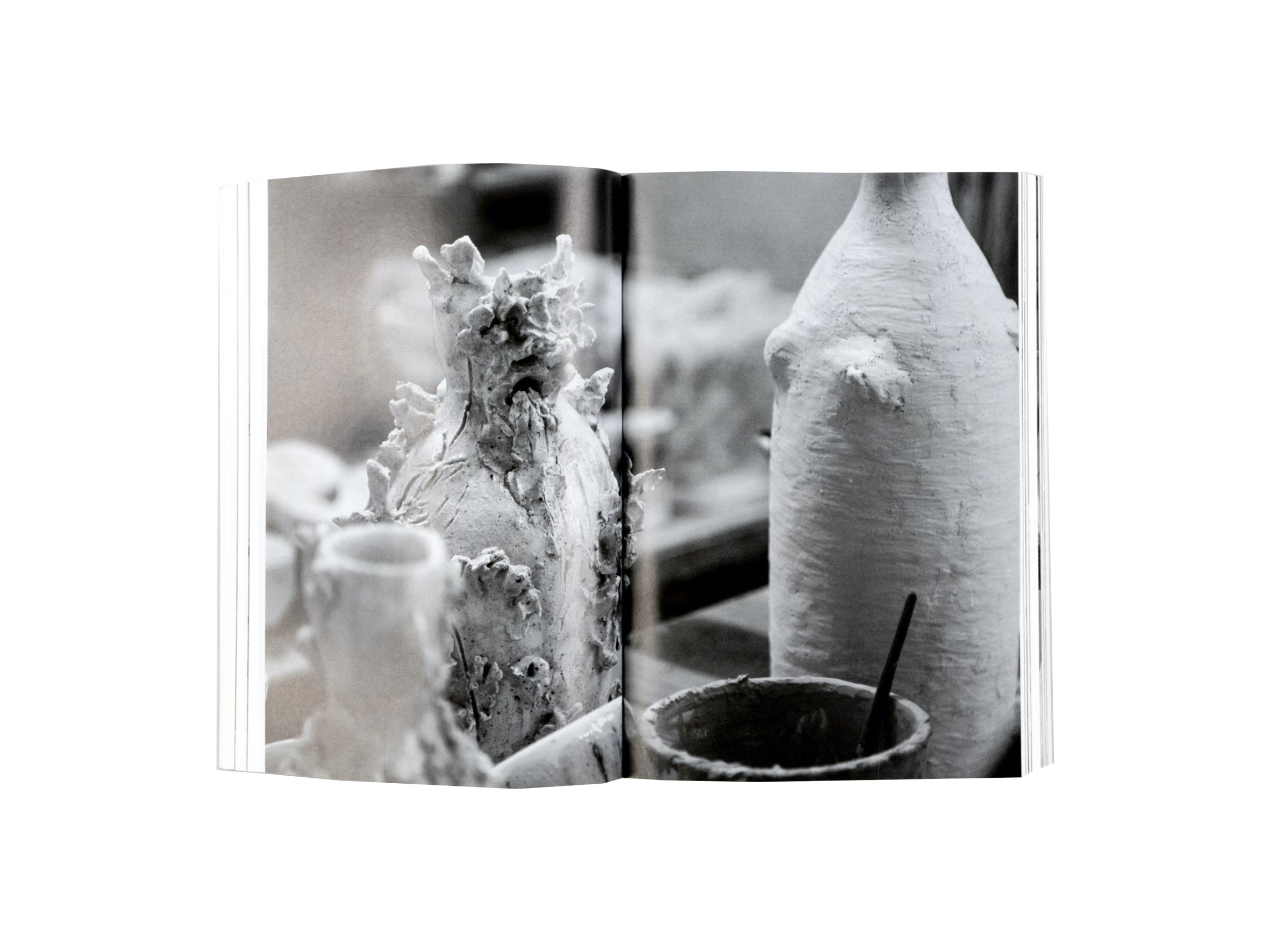
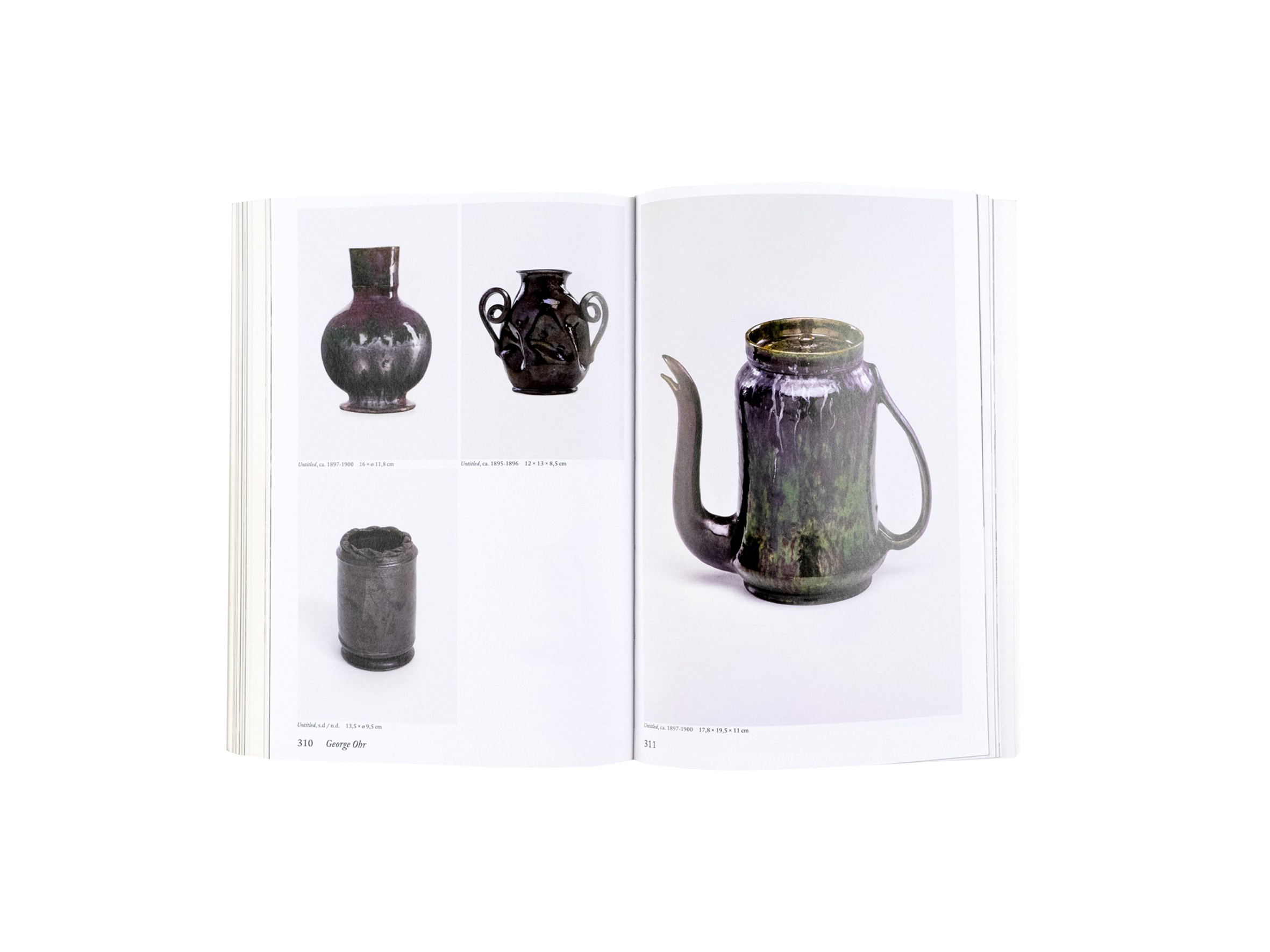
Artifices Instables
This publication accompanies the exhibition Artifices instables, Histoires de céramiques, presented at Nouveau Musée National de Monaco – Villa Sauber and curated by Cristiano Raimondi.Featuring more than two hundred pieces, the project escapes the well-trodden art historical narratives that keep ceramics at the margins of the arts, and instead pays tribute to the medium and investigates it as a heterogeneous material capable of narrating multiple histories.
Taking as its starting point the creation of the first Ceramic Art Workshop of Monaco in the second half of the nineteenth century, the book portrays some of the leading figures in the Principality’s ceramic history—the Fischers, Albert Diato, and Eugène Baudin—and creates bridges and resonances with numerous artists, among them Johan Creten, Simone Fattal, George Ohr, Ron Nagle, Pablo Picasso, and Magdalena Suarez Frimkess, some of whom may be distant in space and time, but nevertheless share deep connections and unexpected complicities.The book gathers more than a century of visions that this malleable medium has inspired, and mirrors ceramic artists in its aspiration to provoke a shift in perspective.
Edited by Cristiano RaimondiTexts by Cecilia Canziani, Valérie Da Costa, Chus Martínez, Cristiano Raimondi, and Agnès Roux.
Her work, where body and voice, image and word intersect, is driven by a desire for emancipation and transmission. It has been published in M Le Monde, Der Greif, Gaze Magazine, and exhibited at numerous international festivals, such as Encontros da Imagem (Portugal), Revela’t (Spain), and the Athens Photo Festival (Greece). She won the Prix Jeune Photographie Occitanie – Images Singulières in 2021. In 2024, she was awarded the Regards du Grand Paris commission with the CNAP and Ateliers Médicis and received the Luma Rencontres Dummy Book Award.
Published in 2025, La Ronde des hirondelles is her first book.
Upon returning to Tokyo after the Great Eastern Earthquake in 2011, Moe Suzuki taught herself book-binding skills and started a career as a visual artist, working primarily with photography, mixed with archival images and illustrations to tell narratives in book form. Her work focuses on topics such as community life, people with disabilities or spirituality.
Massao’s work is a delicate balance between autobiography, topography and politics. His intimate point of view, his use of a soft focus, a tight cropping and a narrow depth of field evoke touch. The scope of his work is profoundly political, as it is rooted in the need to explore how humans relate to the spaces (both cultural and geographical) they inhabit. He is represented by Galerie C (Neuchâtel).
She is known for her artistic and design work across different paths, practices and media. She likes making things, painting, thinking, writing, photography, listening to others, finding solutions to problems, making books, arranging spaces, mixing music, designing and exhibitions, among other things.
He is a self-taught photographer who is deeply attached to silver photography. The book is a central object in his practice, which led him to co-found the publishing house Chose Commune. He has carried out his projects over a long period of time, first in France on the beach at Piémanson (2009-2013), then in India and Sri Lanka Sri-Lanka around the myth of the Rāmāyana (2013-2021). In 2022, he carries out a new project in New Orleans, USA, as part of the Immersion program of the Fondation d'entreprise Hermès, of which it is a winner. He is represented by Jhavery contemporary (Mumbay) and The Photographers’ Gallery Print Sales (London).
He was one of the leading figures of the Brazilian avant-garde and is now recognized as a key figure in the Brazilian art scene of the second half of the 20th century. A curious artist with a passion for experimentation, his work was highly diverse. As both a painter, photographer, and designer, he was also one of the founding members of concrete art in São Paulo.
A photographer of everyday life, the instantaneous, the furtive and the snapshot, he teaches at Tokyo College of Photography and Zokei University in Tokyo, as well as at the Photography Department of Osaka University of the Arts. He has held over 190 solo exhibitions in his lifetime.
Sarker Protick’s work frequently build the narrative around the trope of change; momentary stillness, fleeting light, elemental origins of a place. To make the decaying memory tangible, to define disappearing history of a place without confining it, Protick’s often minimal, suspended and atmospheric visuals are coherently open with vast and solemn distance.
She studied documentary photography at the Queensland College of Art, at Griffith University (Brisbane, Australia). Pursuing intimacy and interconnection, Katrin Koenning's work centres around practice as relational encounter. In her extended image-dialogues, Katrin uses fragments and slippages to suggest narrative spaces and communities that are fluid and multiplicit
Her practice composed of painting, drawing, installation, sculpture, film, photography and writing often conceals ecological messages, rendered in soft and delicate methods. In several of the artist’s projects interaction with the environment and others plays a central role. In 2014, Johanna founded the positive and collaborative cultural project Poetic Pastel. In 2018, the artist cofounded the publication series Journal du Thé – Contemporary Tea Culture.
408 pages
24 × 16 cm
Softcover
French / English
2020
ISBN 9788867494491
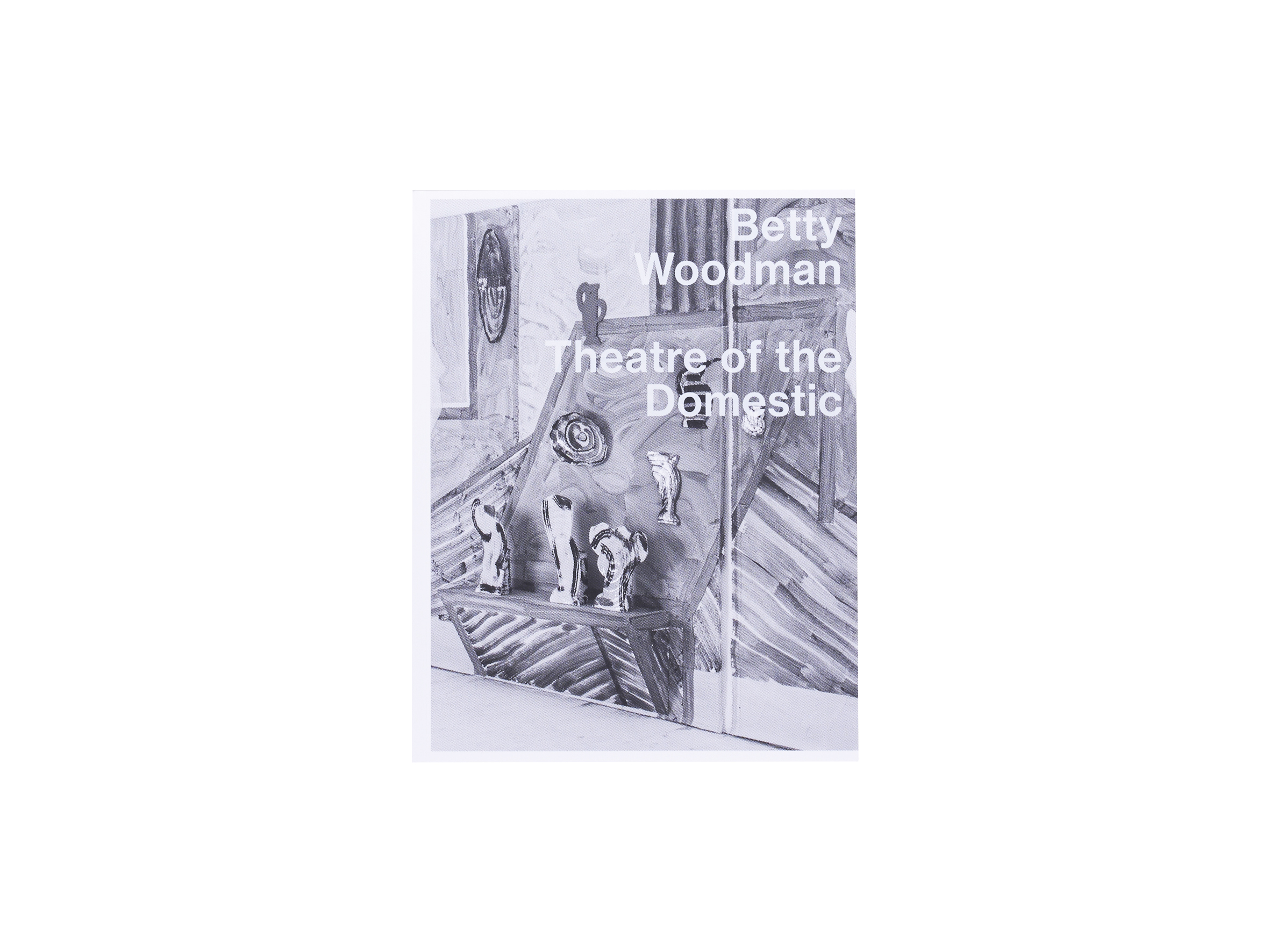
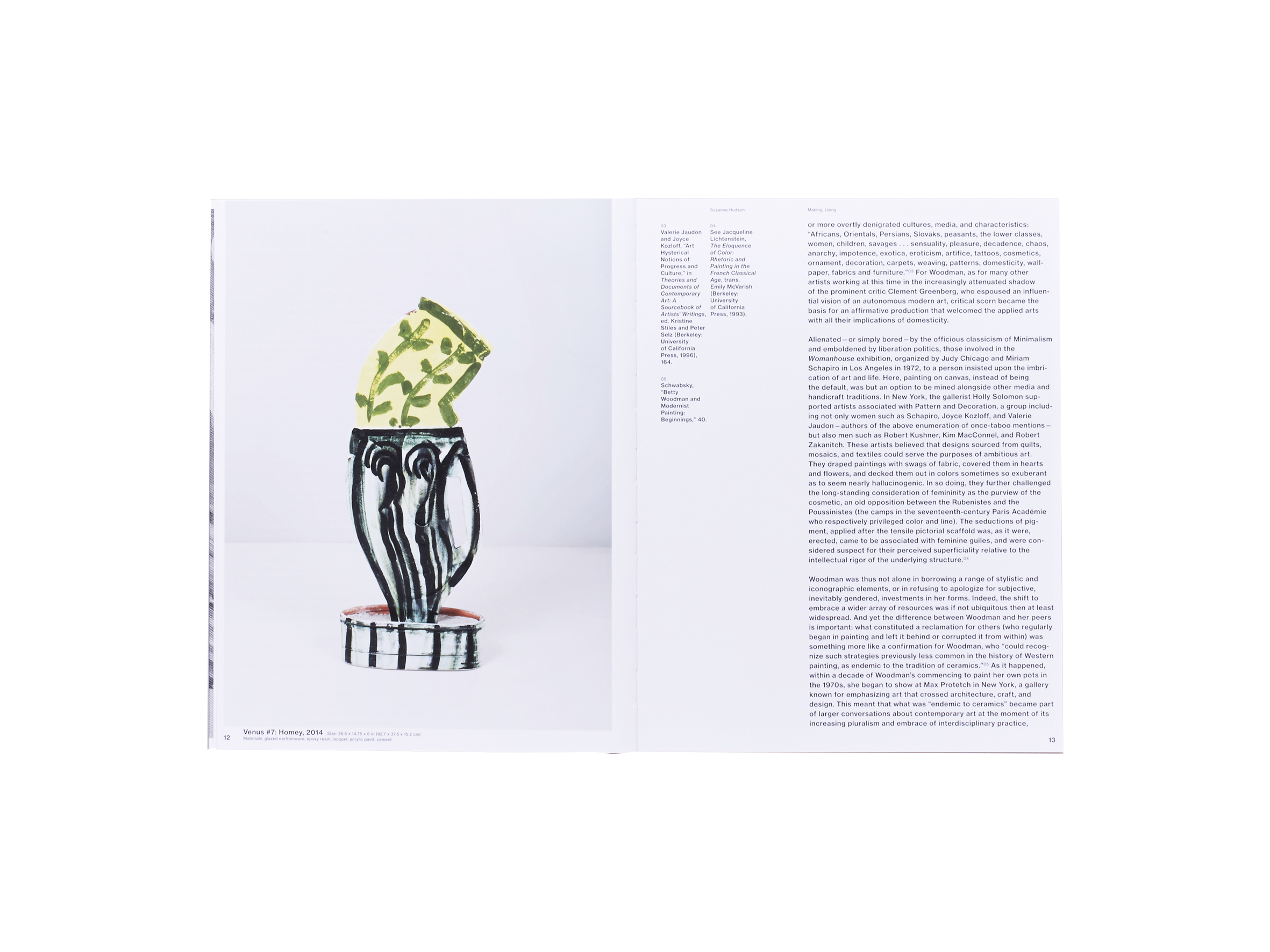
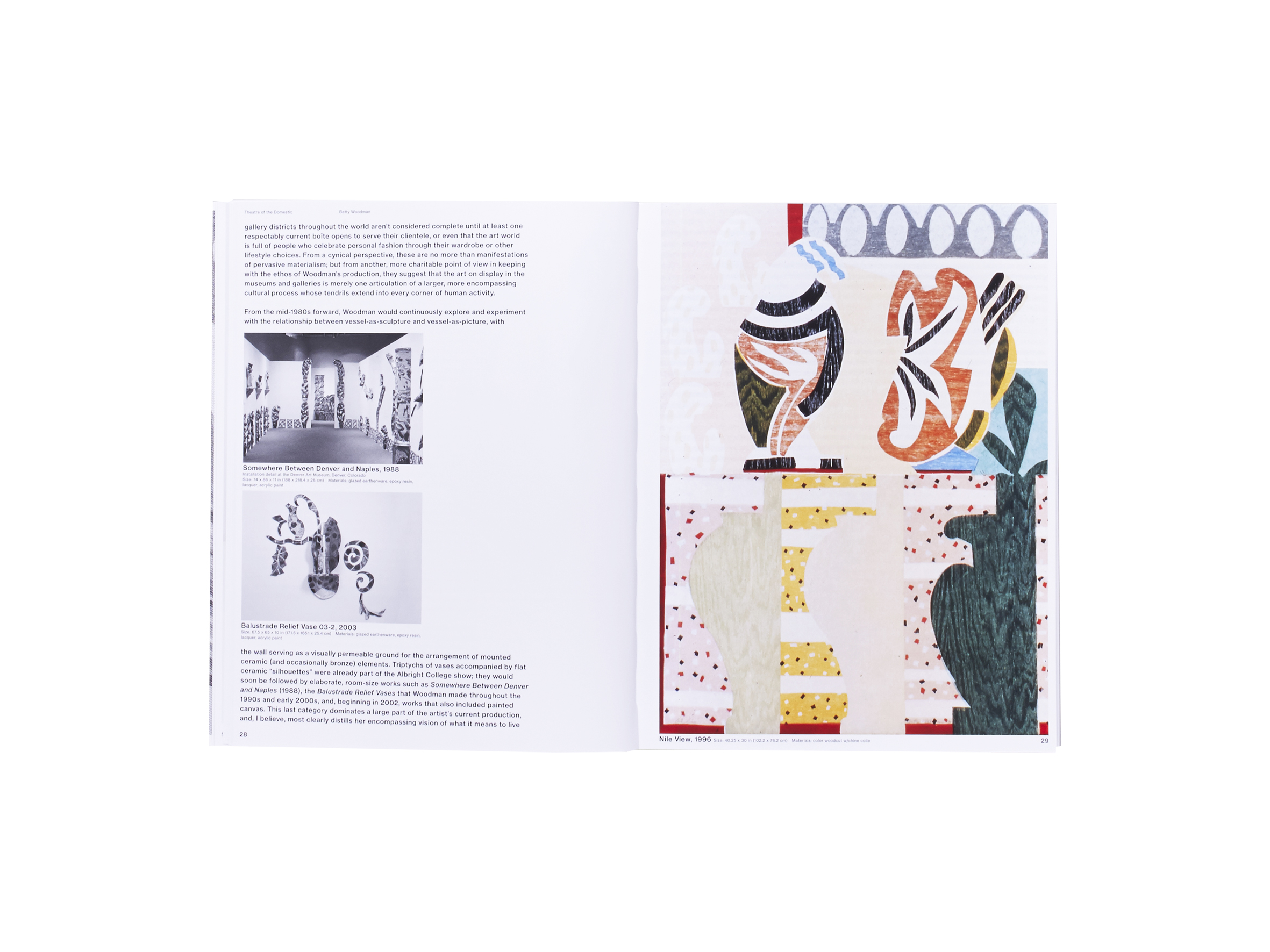

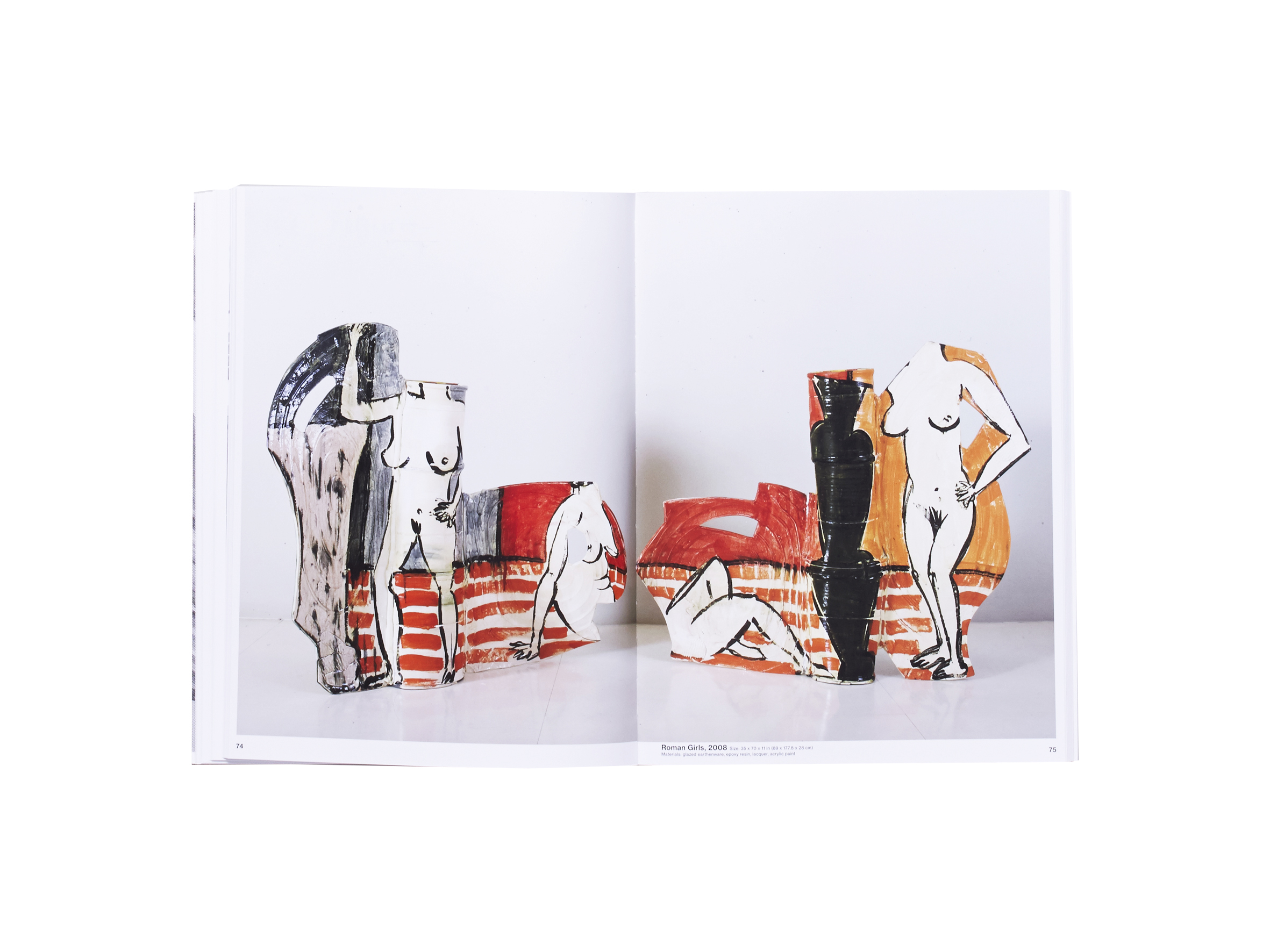
Betty Woodman
Theatre of the Domestic
Right from the outset, the American artist Betty Woodman (b. 1930) has used ceramics as her medium of expression and artistic research, and it has made her one of the most influential and original voices on the international art scene.
Bridging the gap between art and craft, Woodman moves nimbly between the traditions of an age-old medium, taking inspiration from numerous sources, including Minoan and Egyptian art, Greek and Etruscan sculpture, Tang Dynasty works, majolica and Sèvres porcelain, Italian Baroque architecture, and the paintings of Bonnard, Picasso and Matisse, while also introducing innovations in terms not only of style but also of technique. In particular, her way of combining ceramics and painting shows a painterly sensibility that in recent years has played a key role in the development of her work.
Published in conjunction with a series of exhibitions – curated by Vincenzo de Bellis and hosted by the Marino Marini Museum in Florence and the Institute of Contemporary Arts in London, this publication focuses on the work that Woodman has created over the past ten years, while taking stock – in a series of essays written by Vincenzo de Bellis, Suzanne Hudson, Stuart Krimko and Katharine Stout – of her continued relevance to contemporary art and her importance among post-war artists.
180 pages
22 x 28,5 cm (softcover)
English
2016
9788867492183

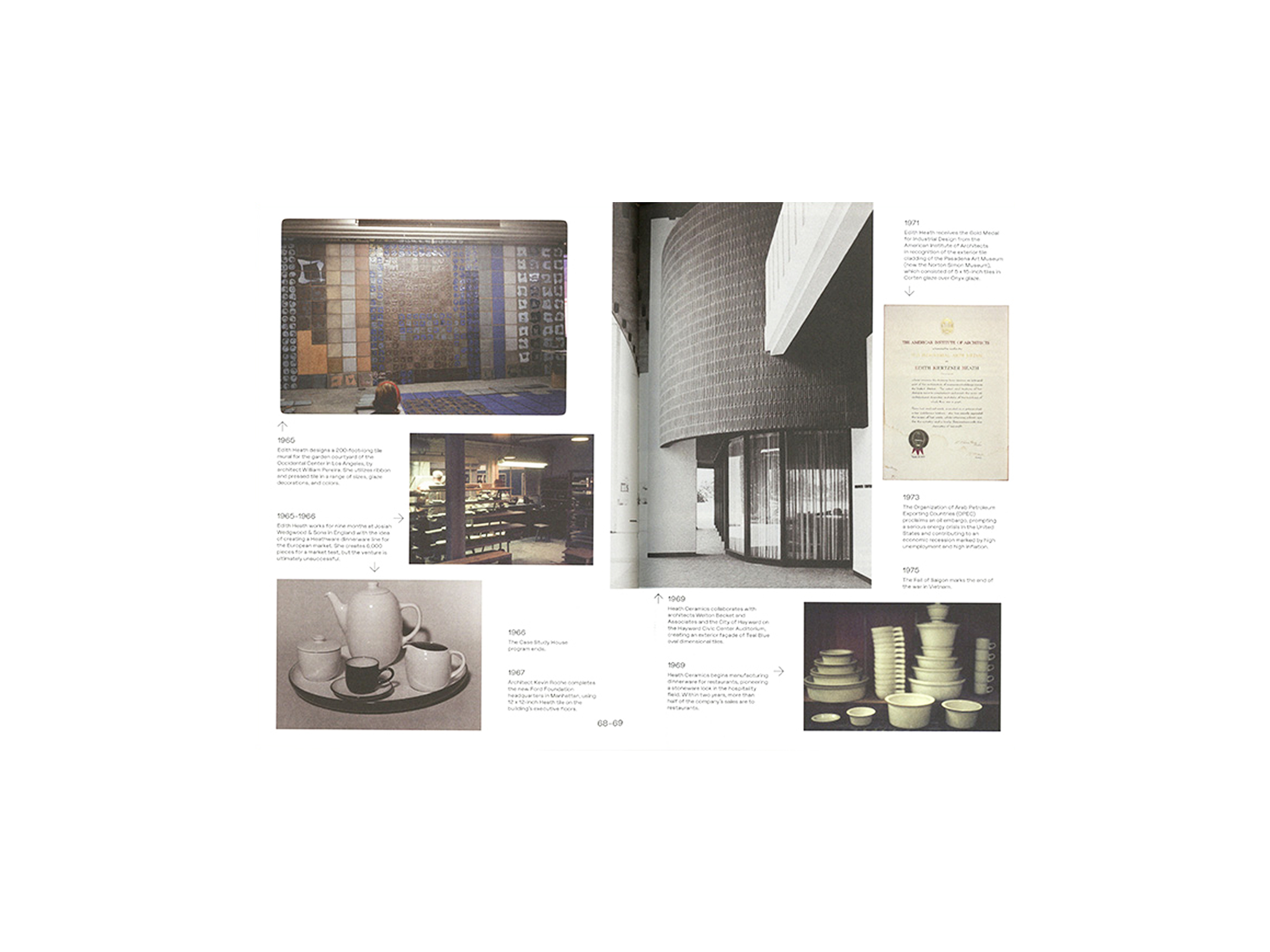
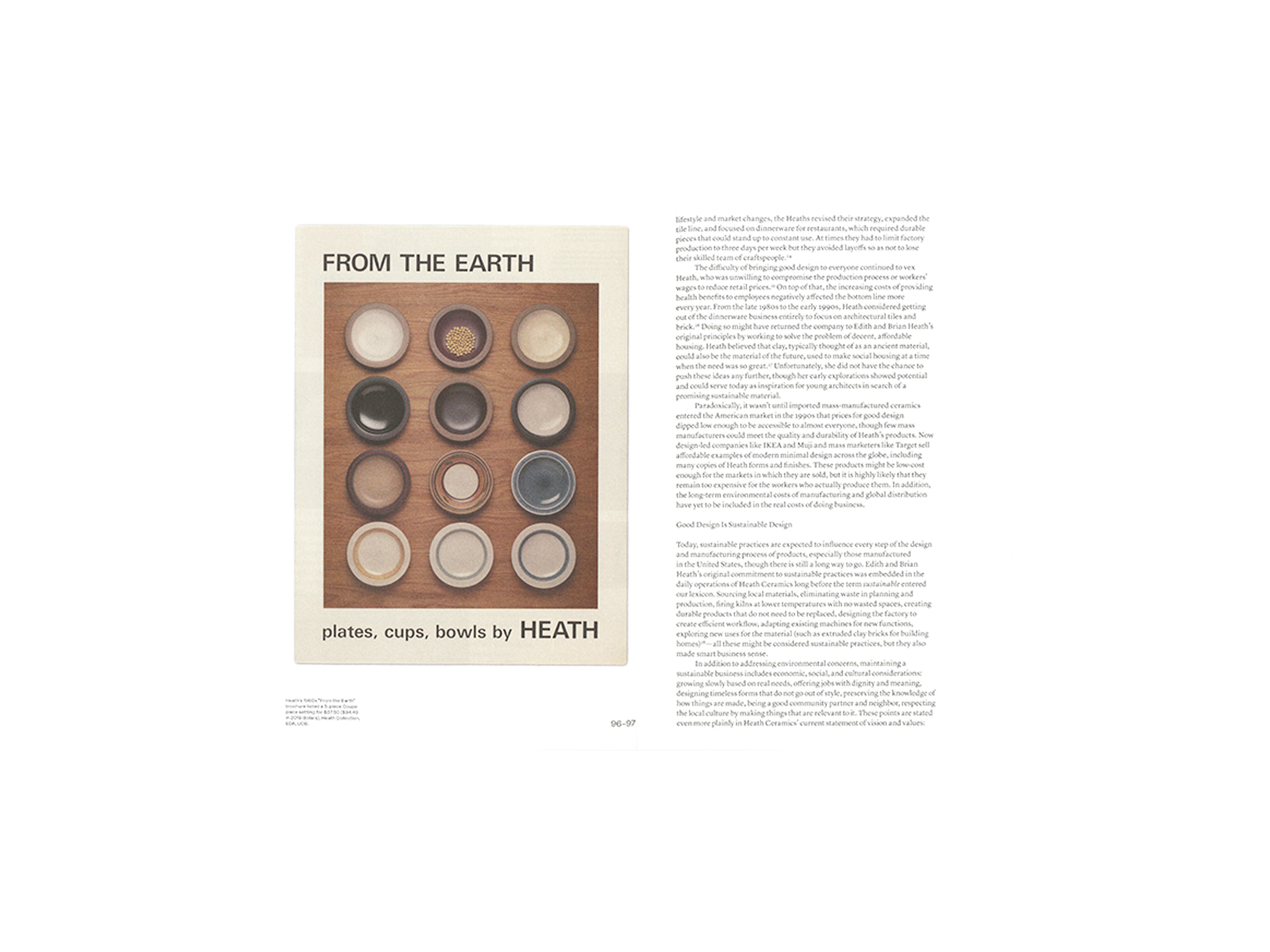
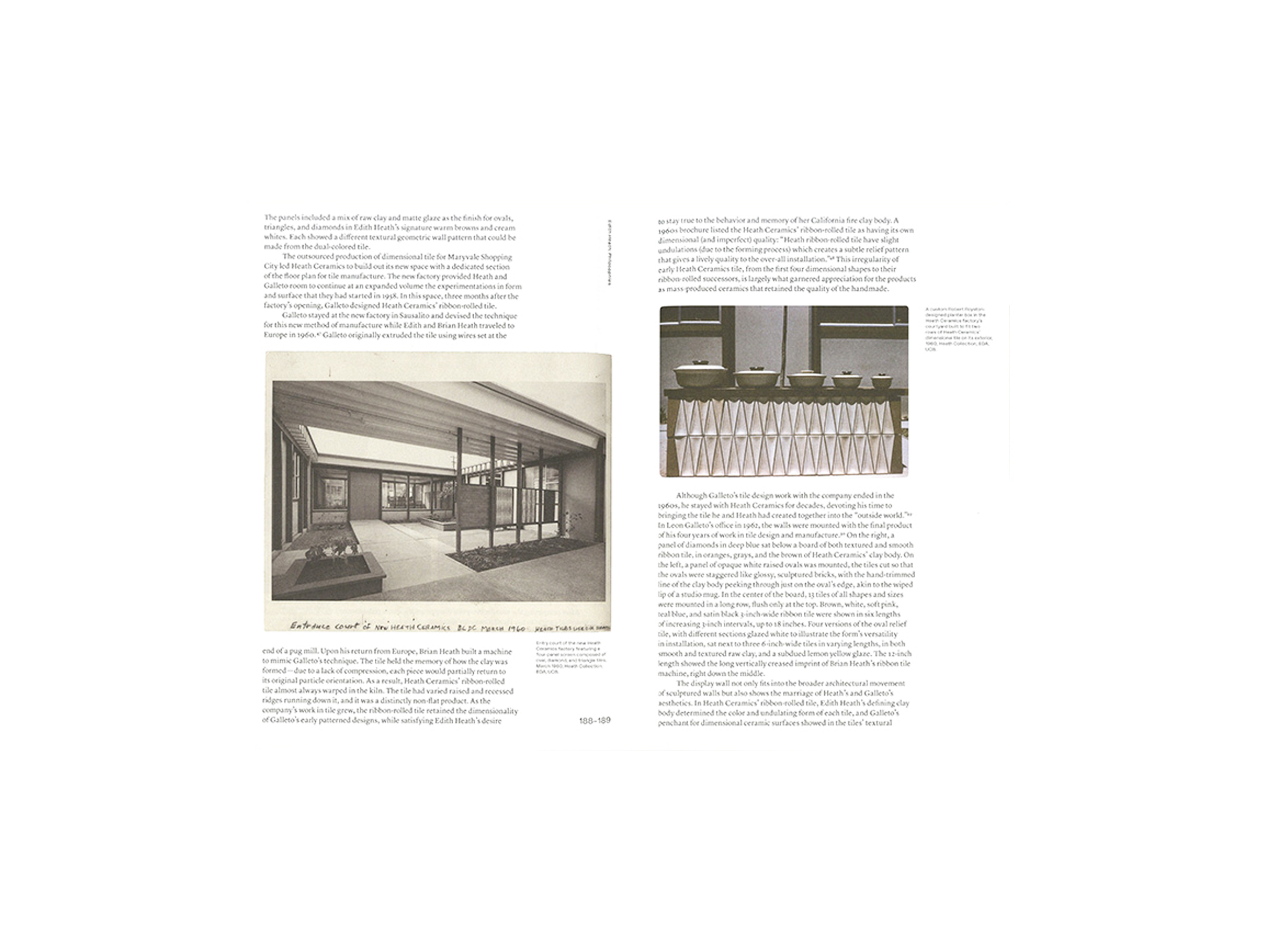
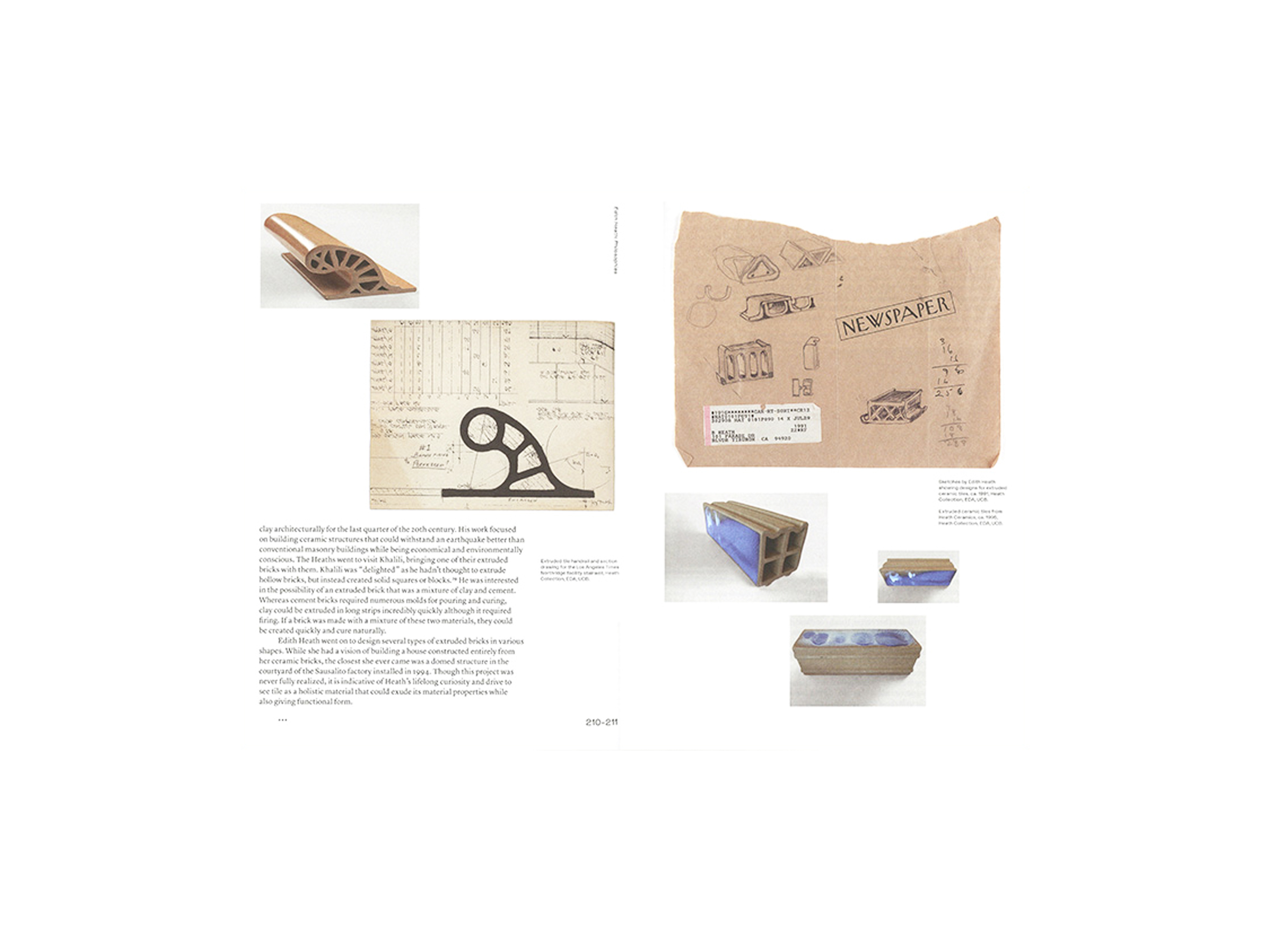
Edith Heath
Philosophies
Edith Heath: Philosophies is the most comprehensive resource on Edith Kiertzner Heath (1911-2005) and the history of Heath Ceramics to date, emphasizing the philosophical foundations and influences of one of the most significant creative forces in post-WWII America. Heavily illustrated, it features a foreword, preface, visual historical timeline, product and dinnerware glaze history, and thirteen chapters contributed by artists and scholars who have conducted research using the Brian and Edith Heath/Heath Ceramics Collection at the Environmental Design Archives (EDA), UC Berkeley. This publication will serve as a complement to the 2021 exhibition at the Oakland Museum of California, offering substantial and in-depth commentary on the presented themes—the environment, feminism, experimentation, architecture, politics, collaborations—while solidifying the relevance of Edith Heath’s story in contemporary life and society.
Thematically organized, Edith Heath: Philosophies emphasizes lesser-known narratives and utilizes rarely seen images. Edith Heath considered her dinnerware to be more than a collection of objects; it was a statement of good design reflecting the post-war American West Coast lifestyle. The book departs from the traditional linear narrative of the company and situates Edith Heath as an influential and under-acknowledged figure in ceramic design history. The text and rich illustrations will appeal to a diverse audience interested in post-WWII design, material culture, and California history.
320
17.8 x 24.8 cm
Hardcover
English
2021
9781988860121
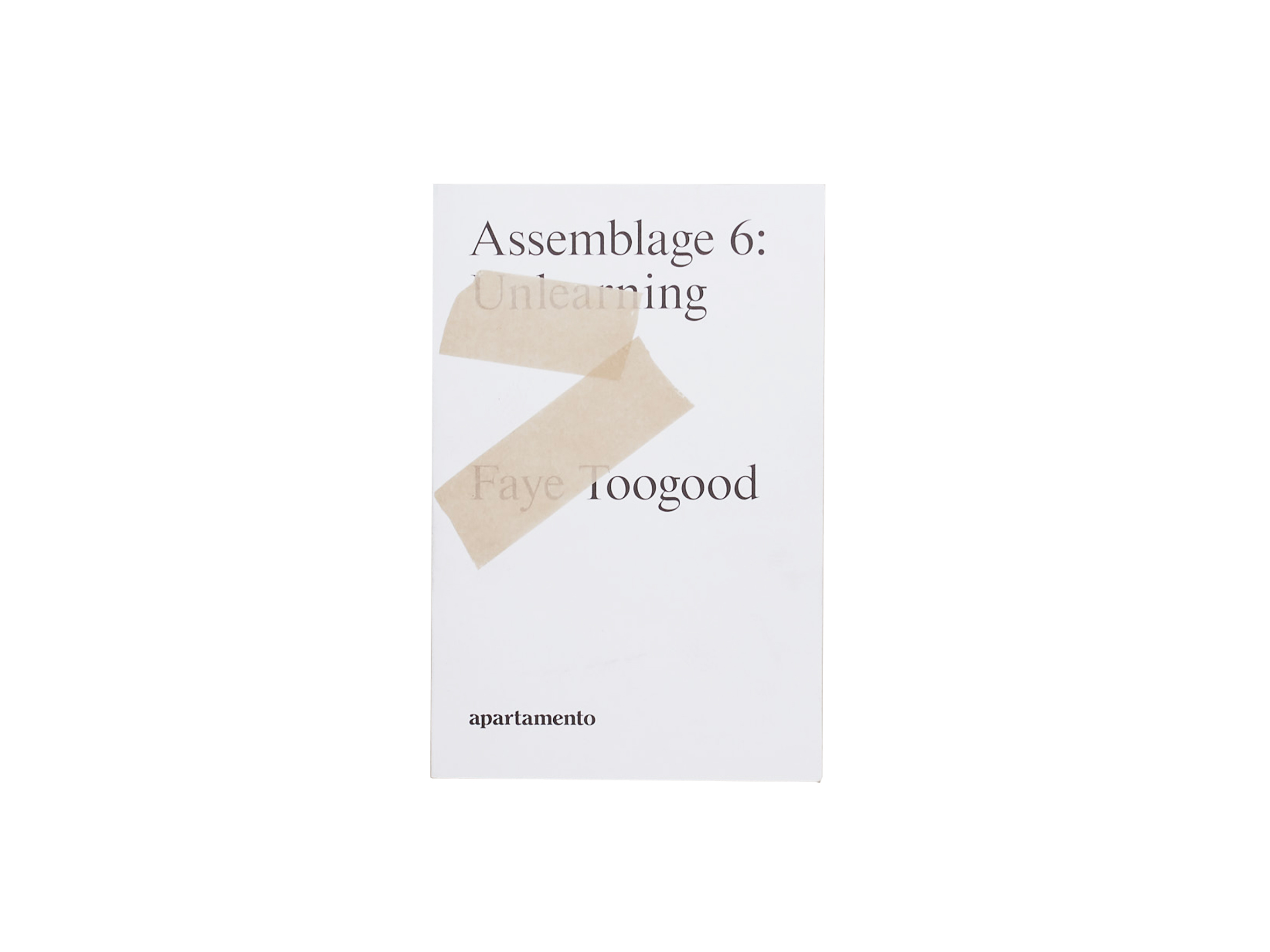
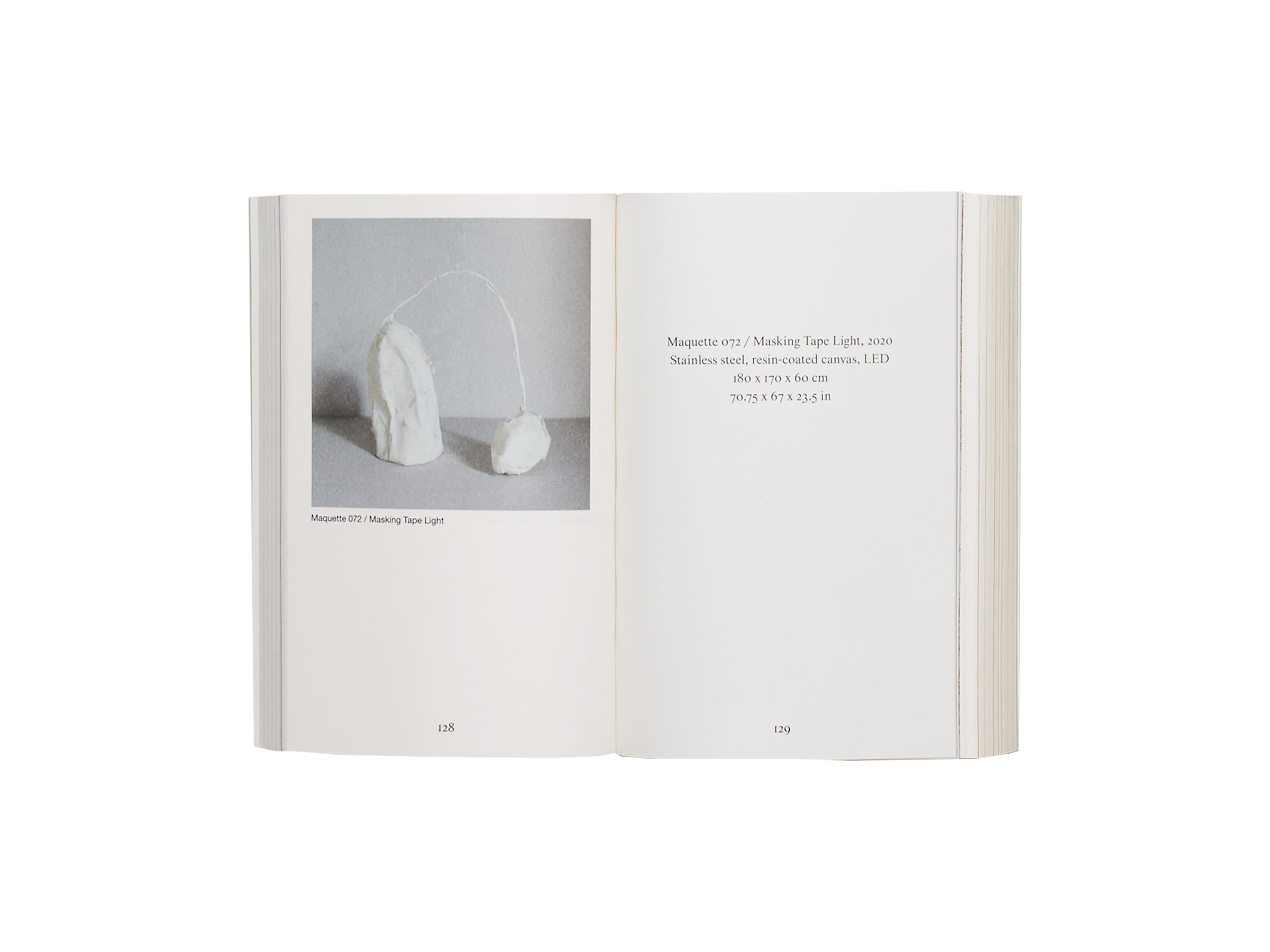
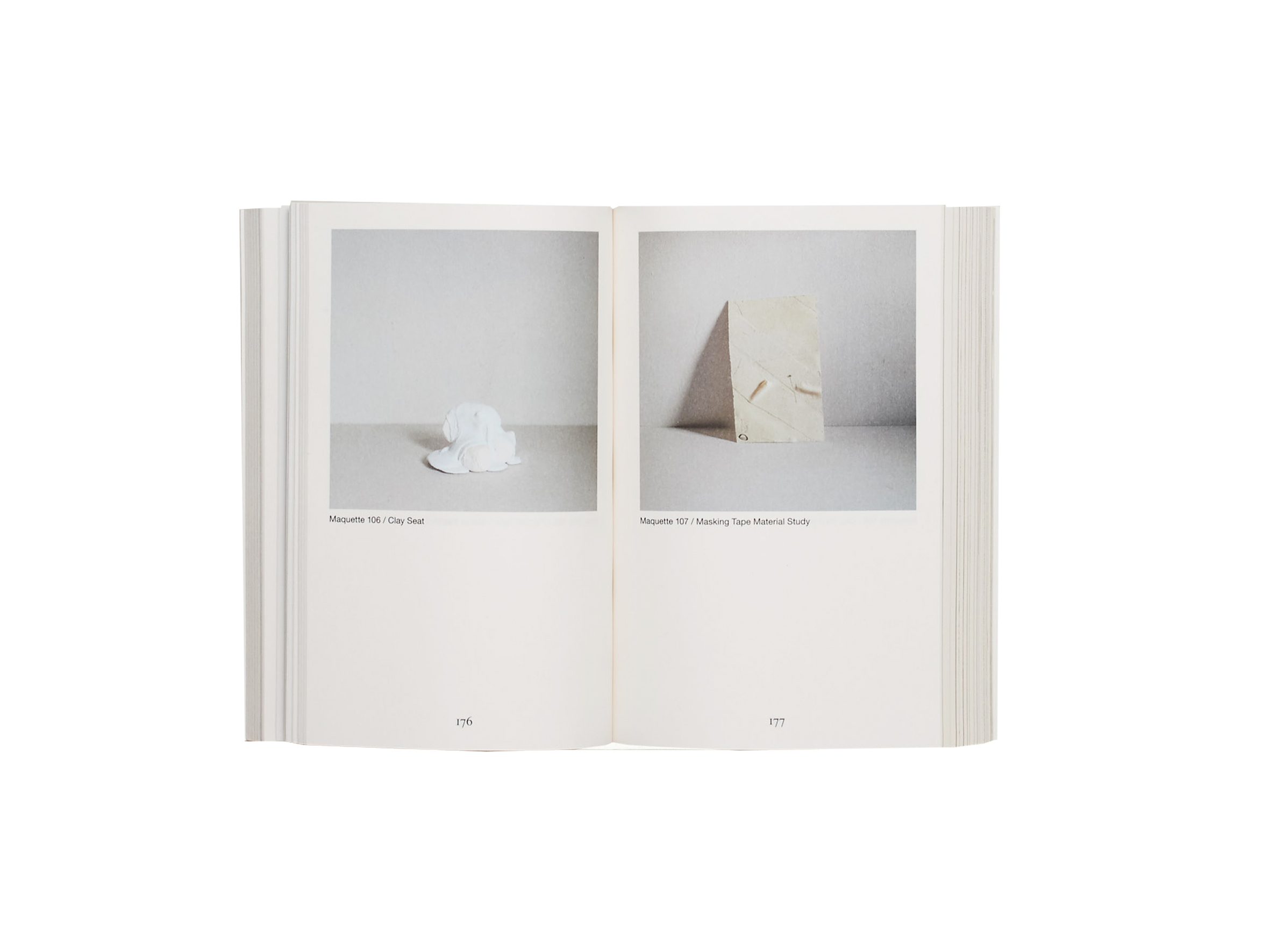
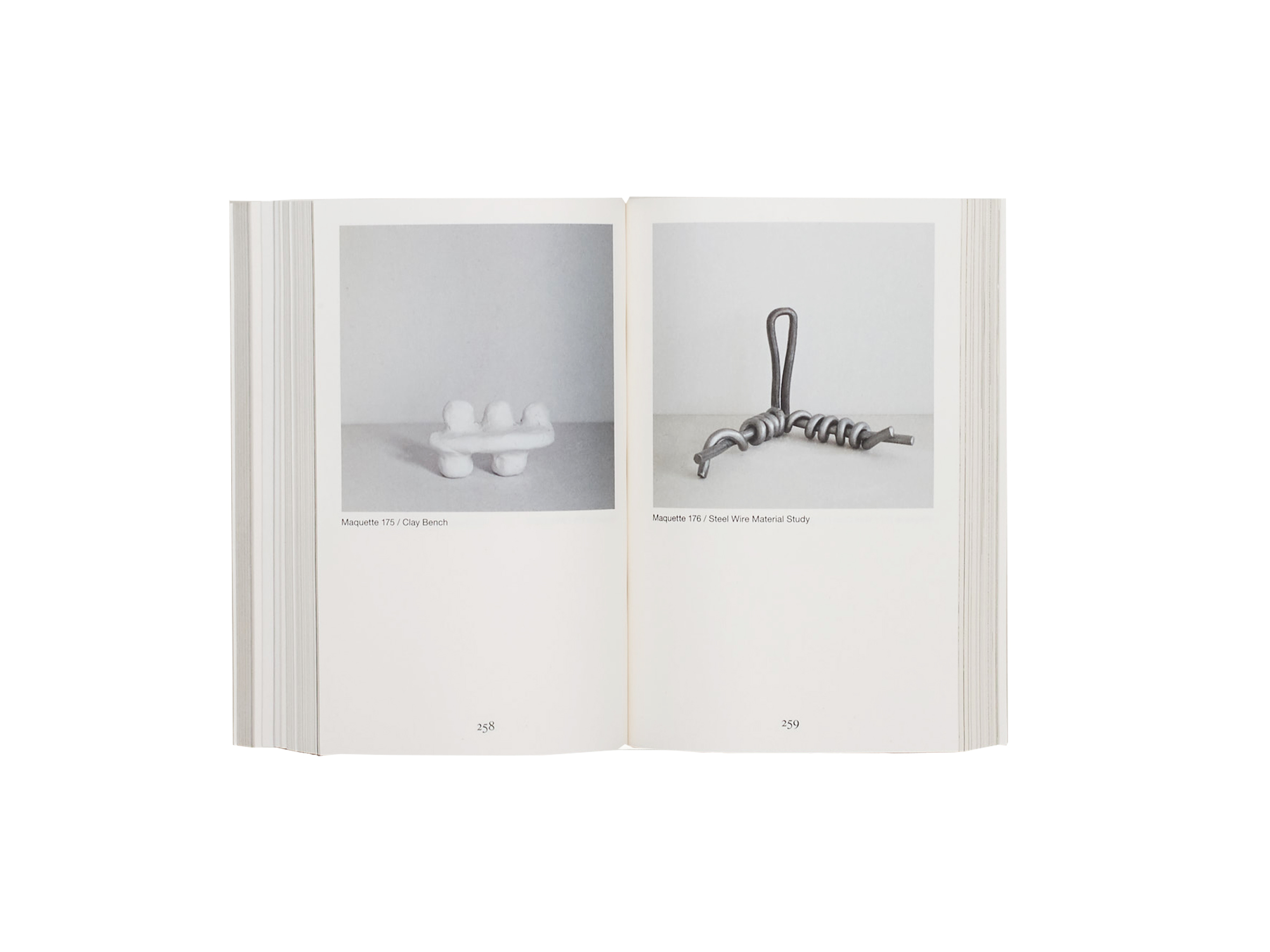

Faye Toogood
Assemblage 6, Unlearning
This book captures the raw moment of inception behind a designer’s collection. Assemblage 6 started off with almost 300 maquettes: chairs, lamps, stools, or daybeds made of wire, cardboard, tape, and canvas, or the everyday materials to be found in Faye Toogood’s studio. But having lined up these rather crude, almost childlike maquettes, the collection, in essence, was decided. Seventeen were chosen to be scaled up to life-size works, and here we have an immersive journey through all the original maquettes and their occasional passage into the real world of furniture/sculpture, a book that plays with the sense of dissimulation evident in the final artworks, or the fact that some objects are not always what they seem at first glance.
The Man Booker–nominated author Sophie Mackintosh opens with this idea in her short story, while the book closes on an essay by the independent writer and curator Glenn Adamson, who ultimately provides context for the collection and process as a whole.
448 pages
22 × 14.5 cm
Hardcover
2021
978-84-09-25627-3

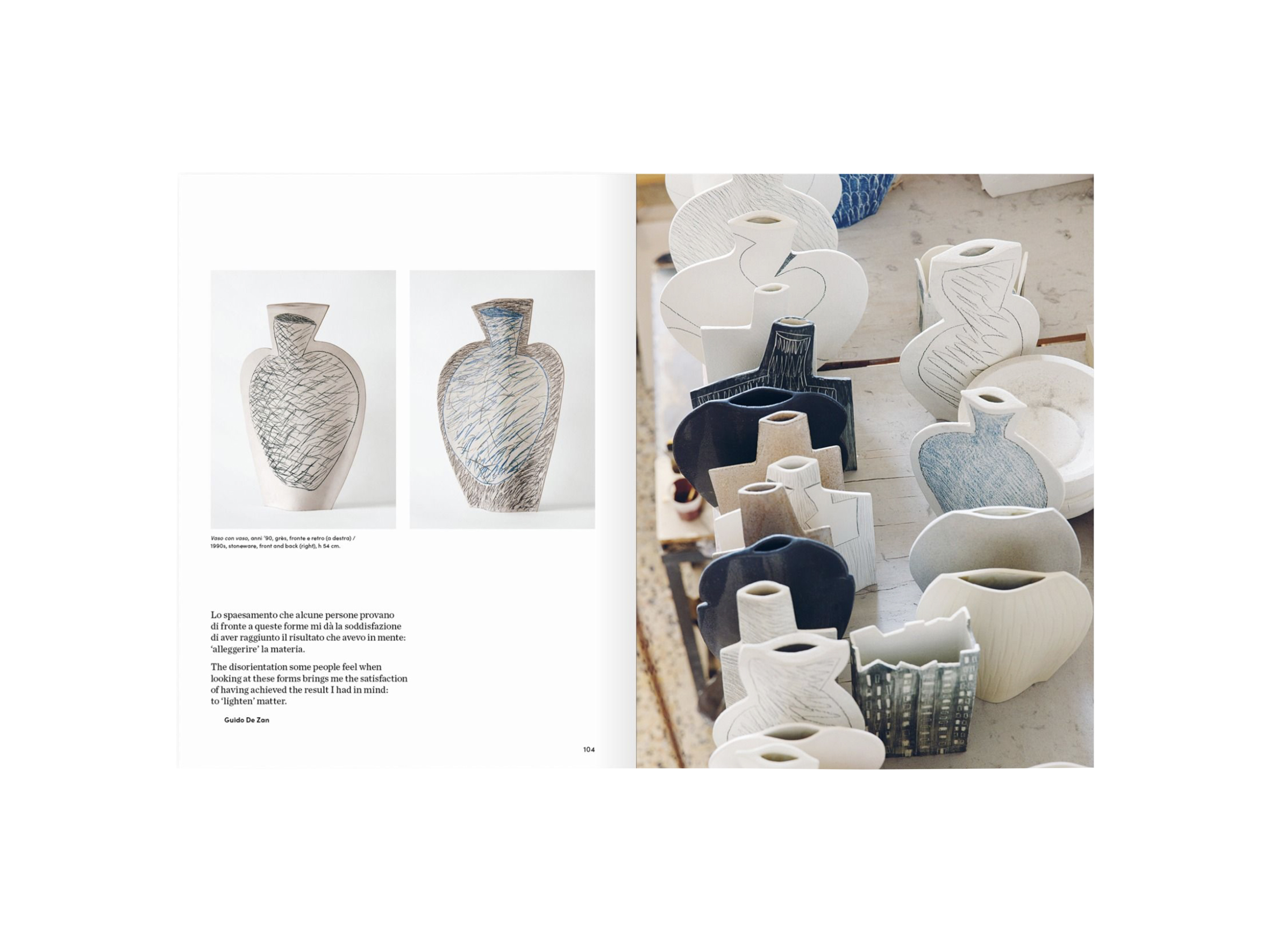
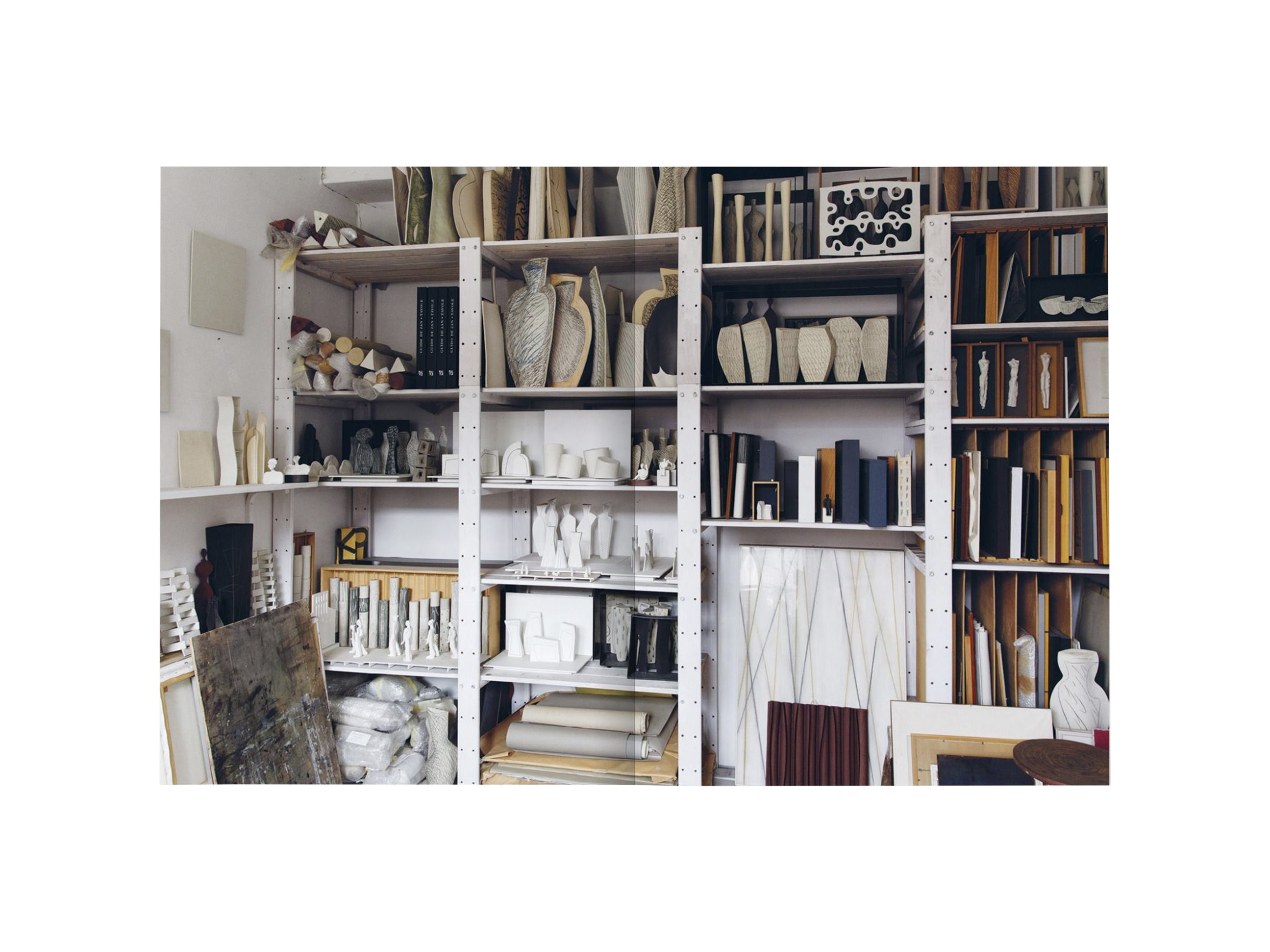
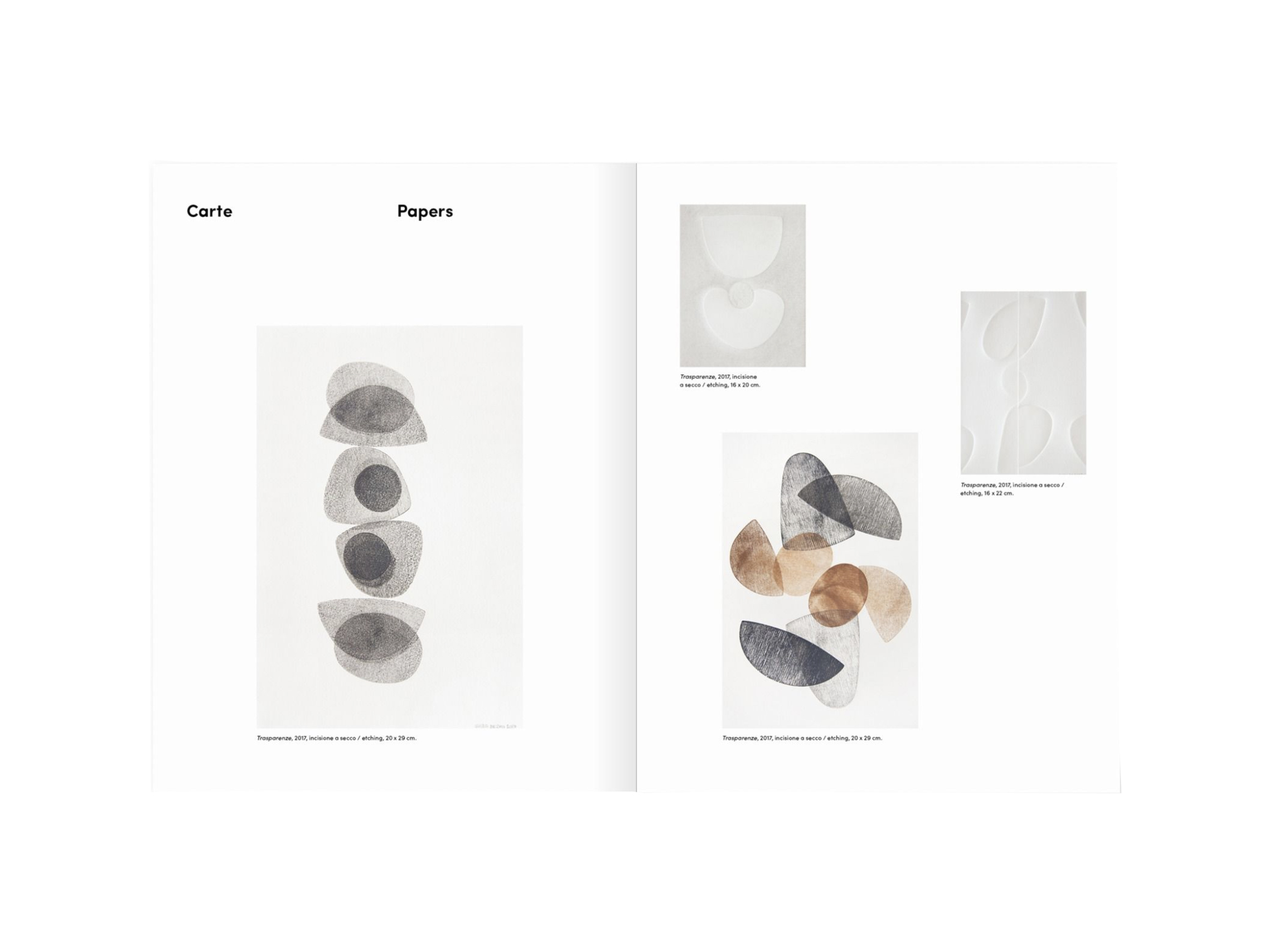
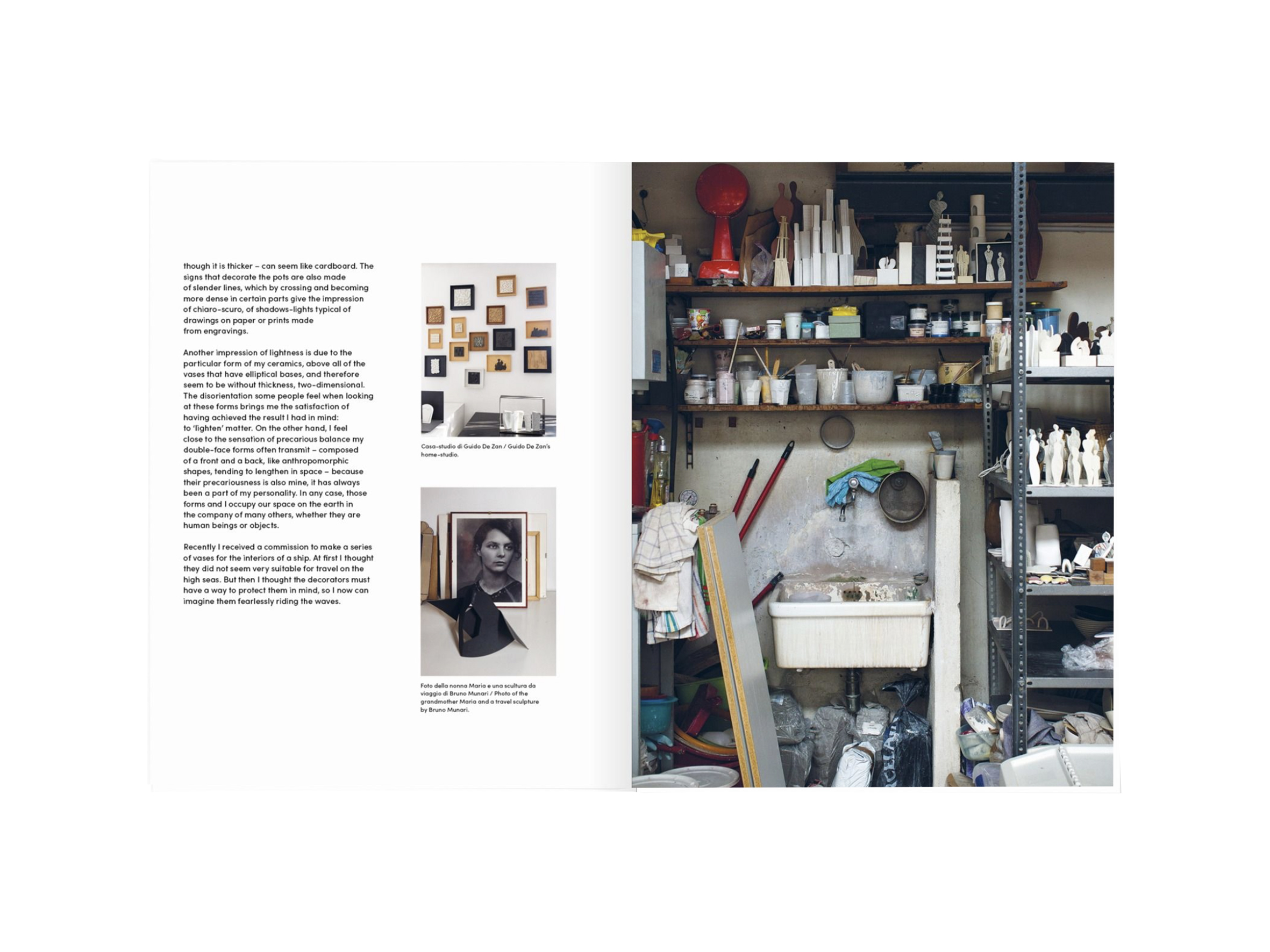
Guido De Zan
An idea of lightness
Guido De Zan was born in Milan in 1947, and in 1975 he began his research in the field of ceramics. He used stoneware and porcelain to create both sculptures and functional objects. This monograph is dedicated to his 40-year career as a ceramist, during which he sought ways to “lighten” the material and seek balance, however unstable it seemed. Comprising a rich catalogue of works divided into categories, it presents new texts by several authors, including De Zan himself. It also features a critical anthology of writings that emphasise the fundamental themes of De Zan’s research, from the relationship between art and manual labour, to his connection with Milan.
192 pages
20 x 26 cm
Italian/English
2018
9788875707408
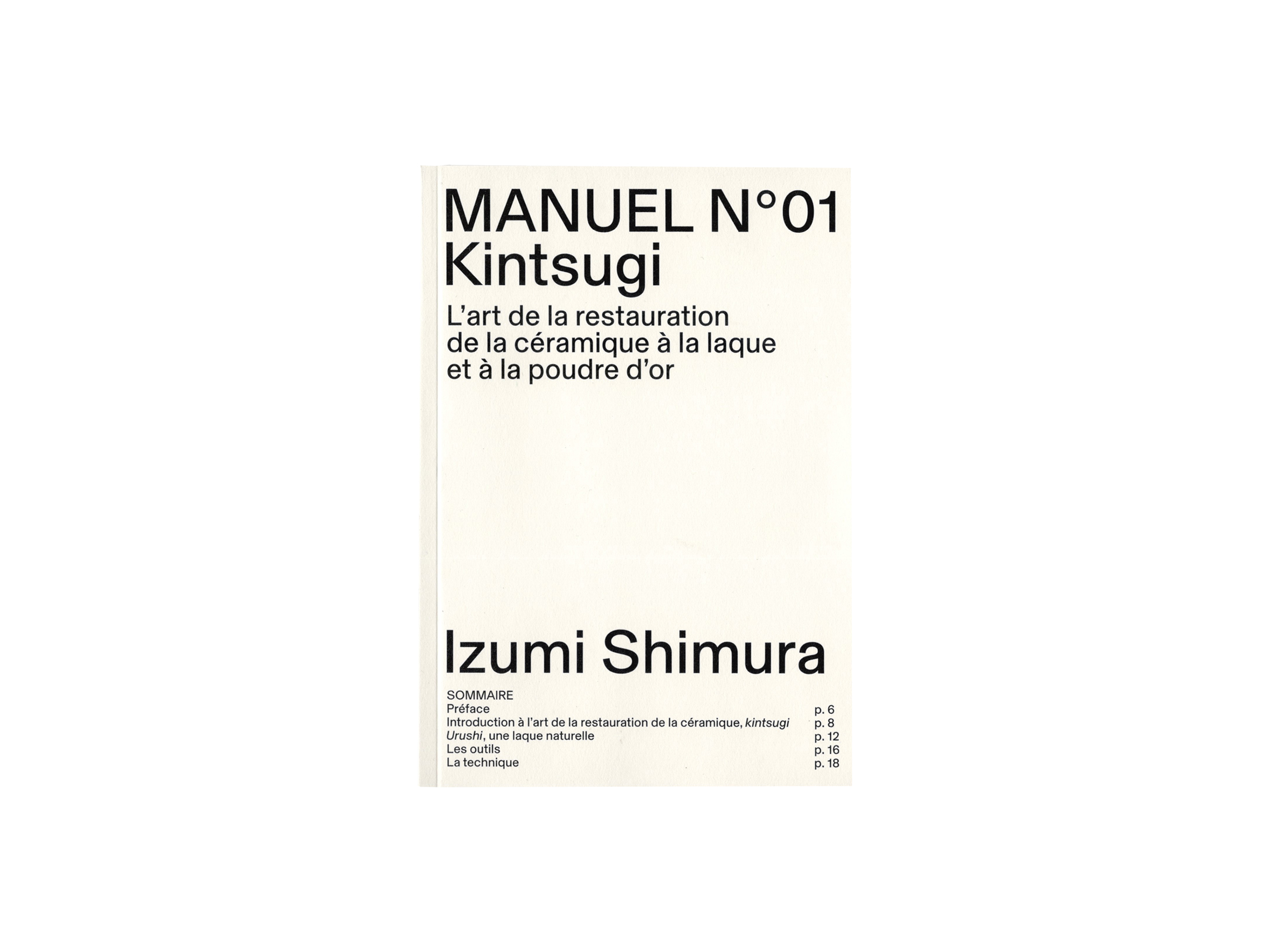
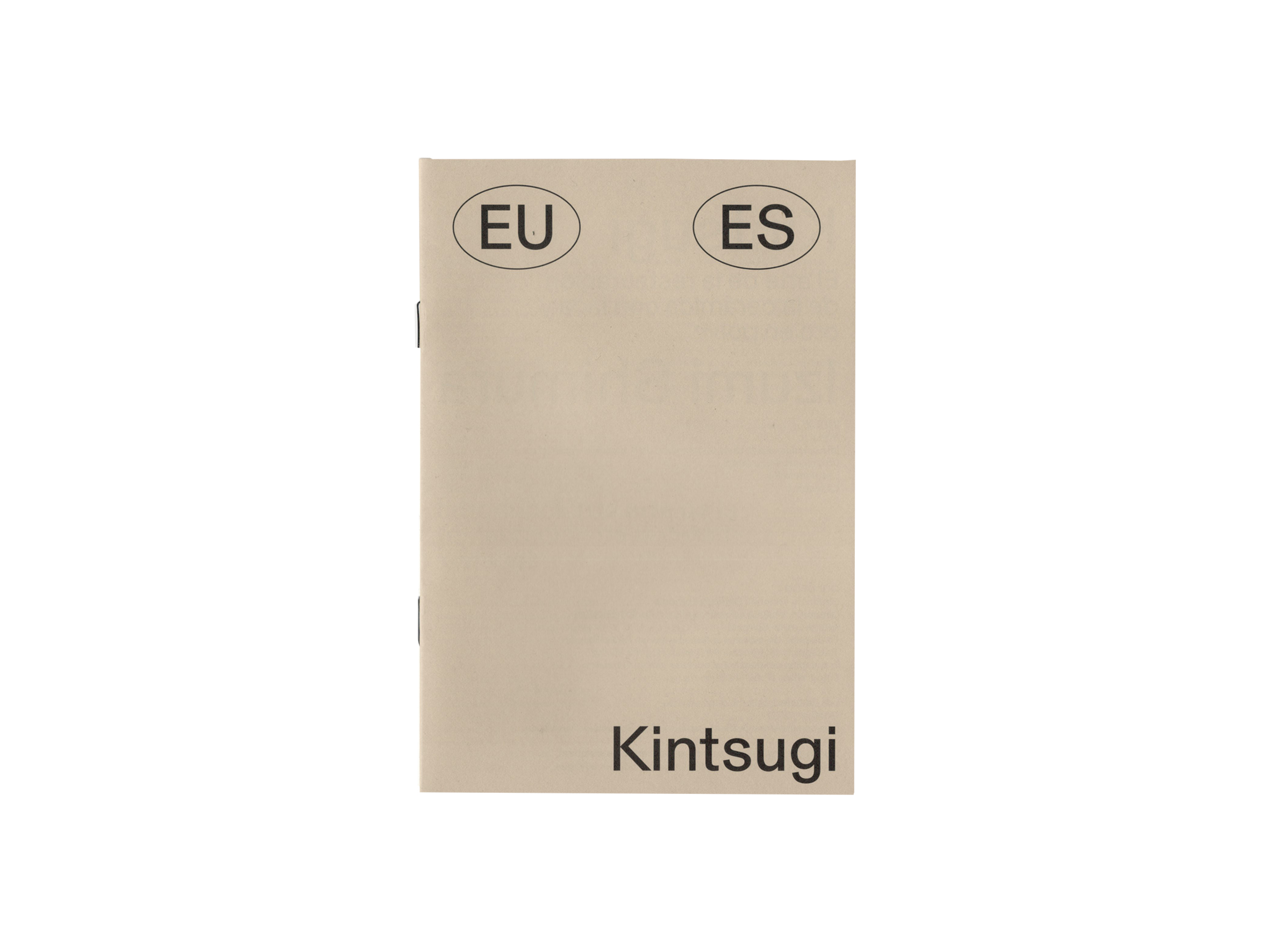
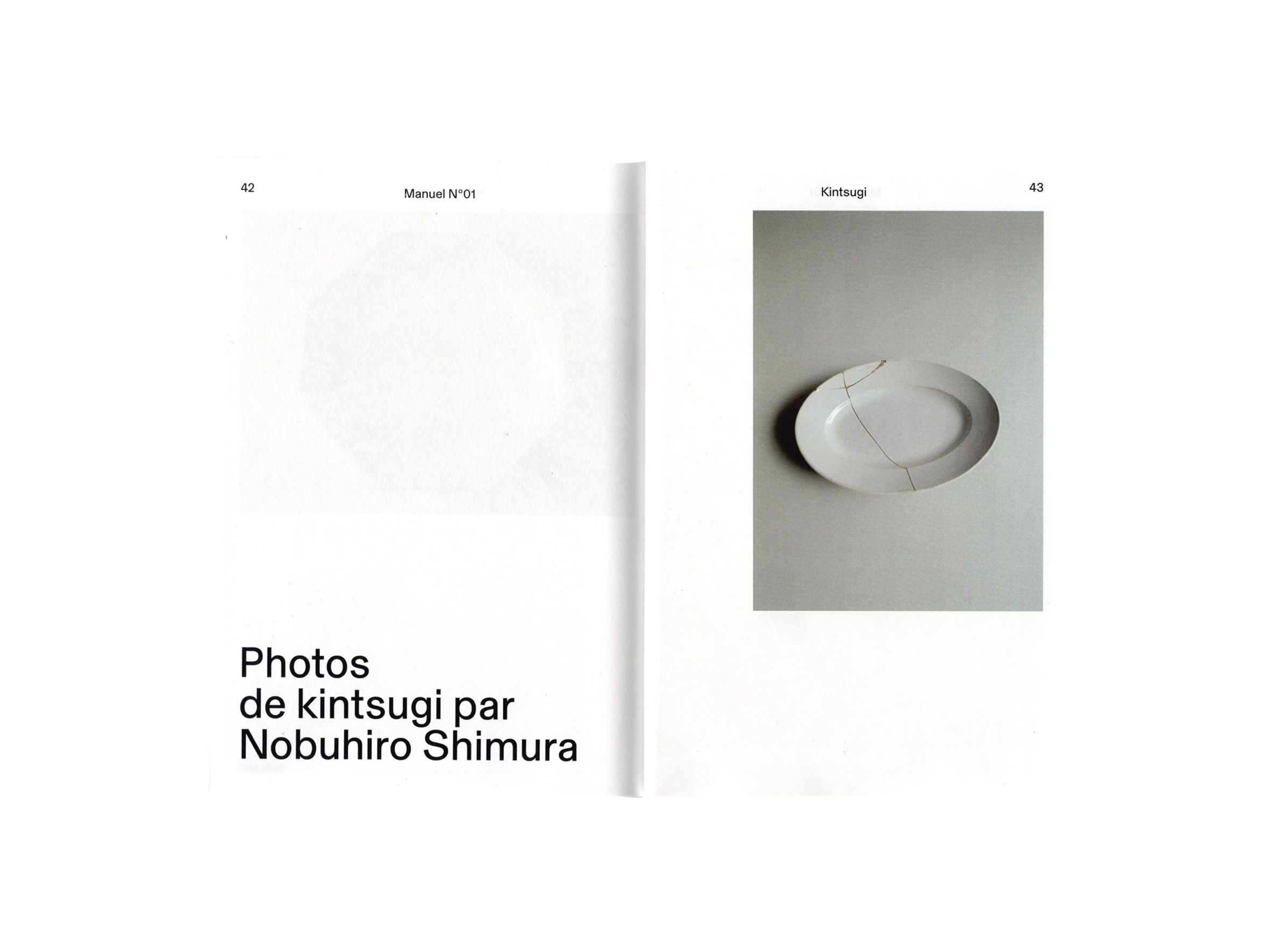
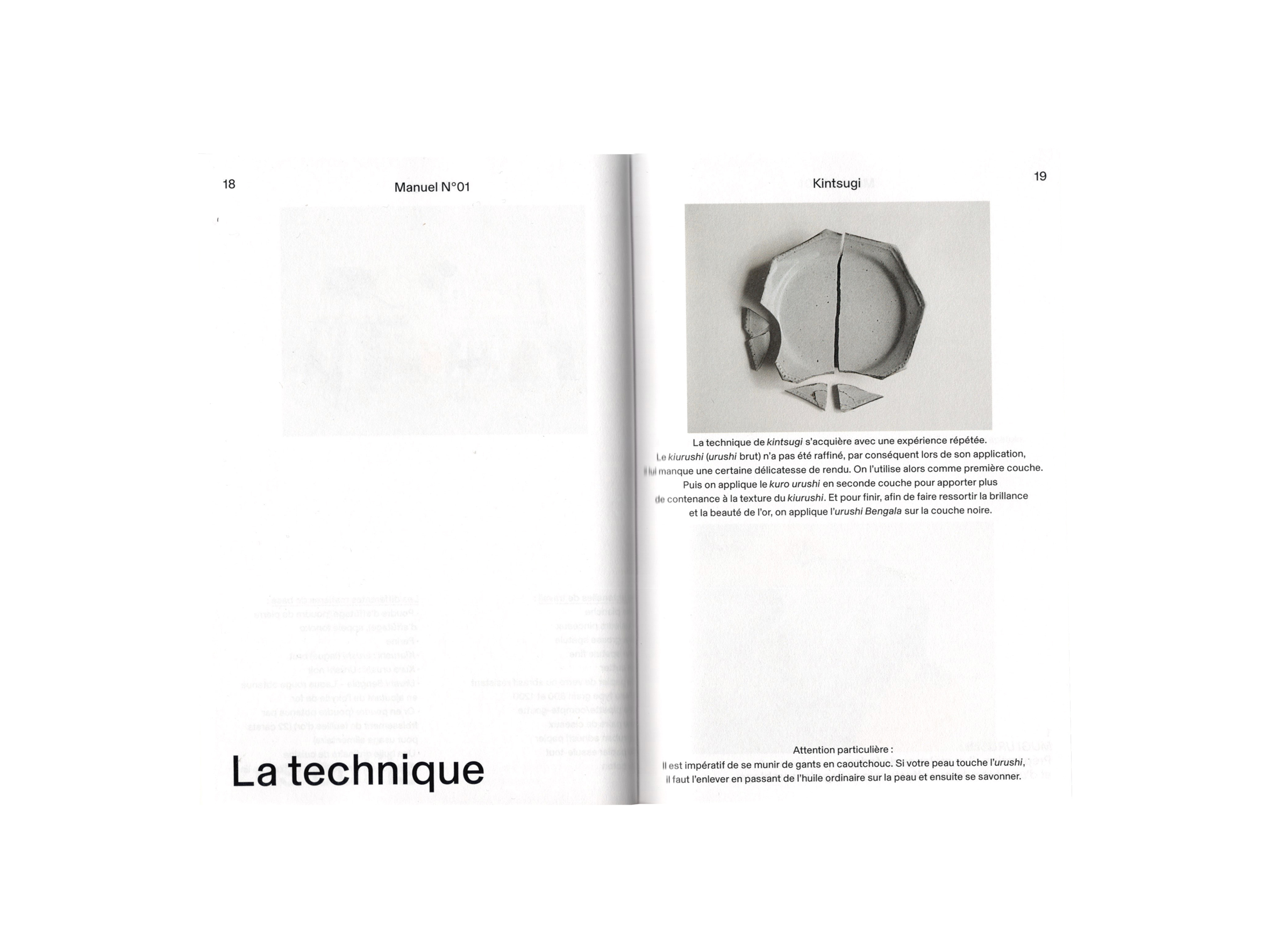
Izumi Shimura
Manuel N°01 Kintsugi
The art of ceramic restoration with lacquer and gold powder.
Kintsugi is an ancient Japanese art of restoring a ceramic object by gluing the broken ends with lacquer and then making up the scars with gold powder.
Izumi Shimura, the author, practices and teaches the art of kintsugi.
Photographs © Studio Haberfeld
44 pages
18 x 12,5 cm
Softcover
18 x 12,5 cm
Mars 2021
ISBN: 9-782957-672103

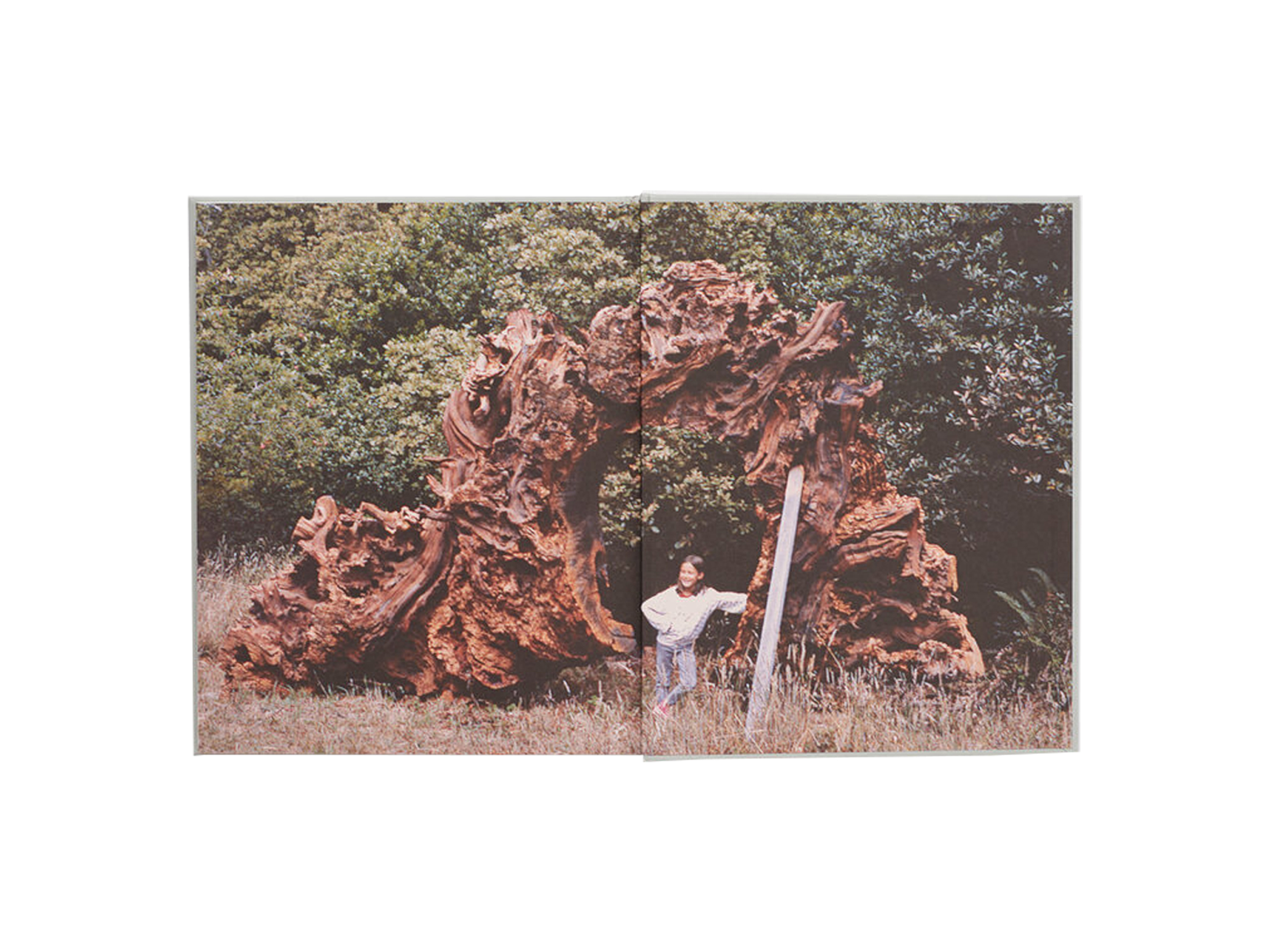
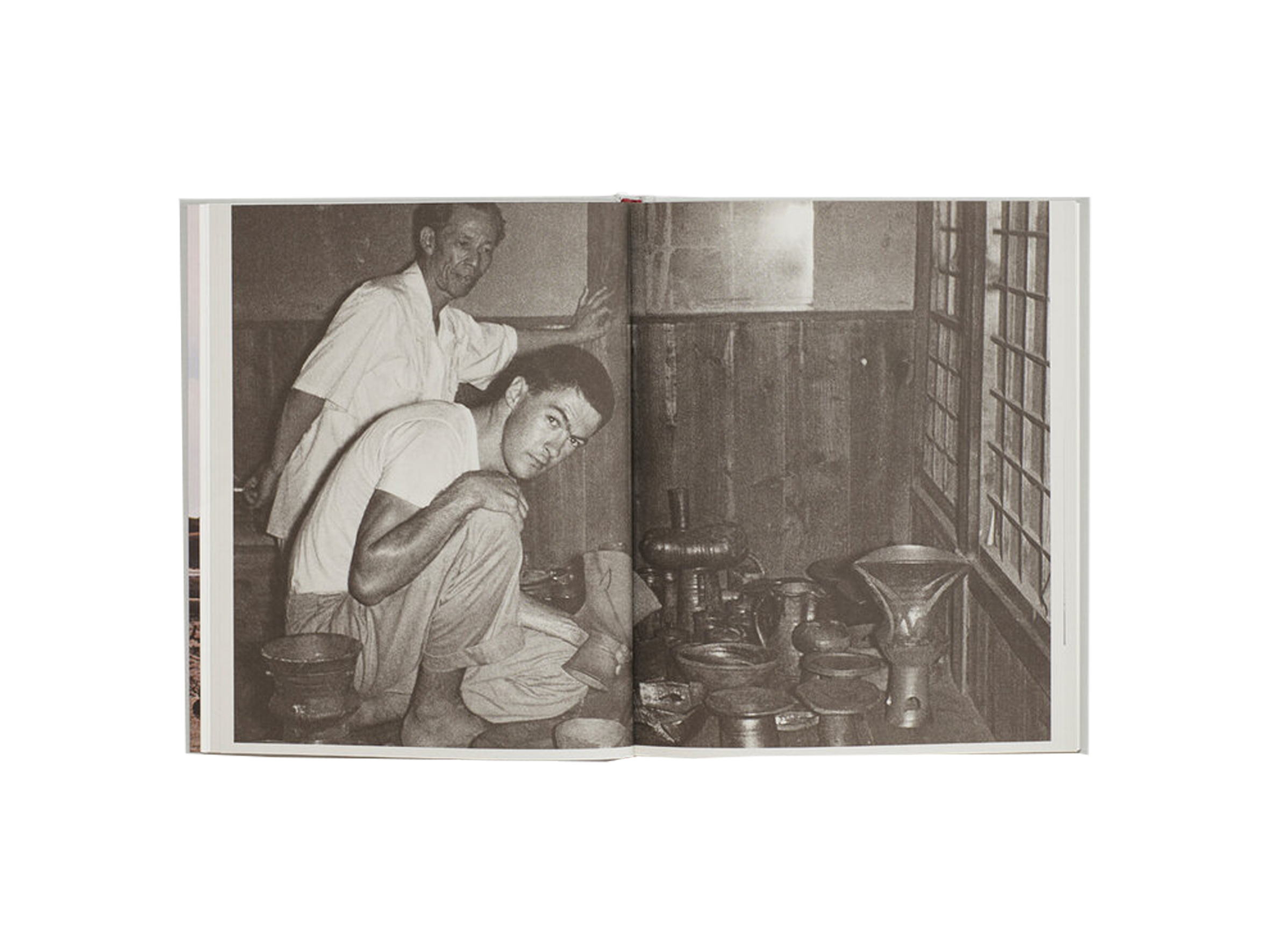
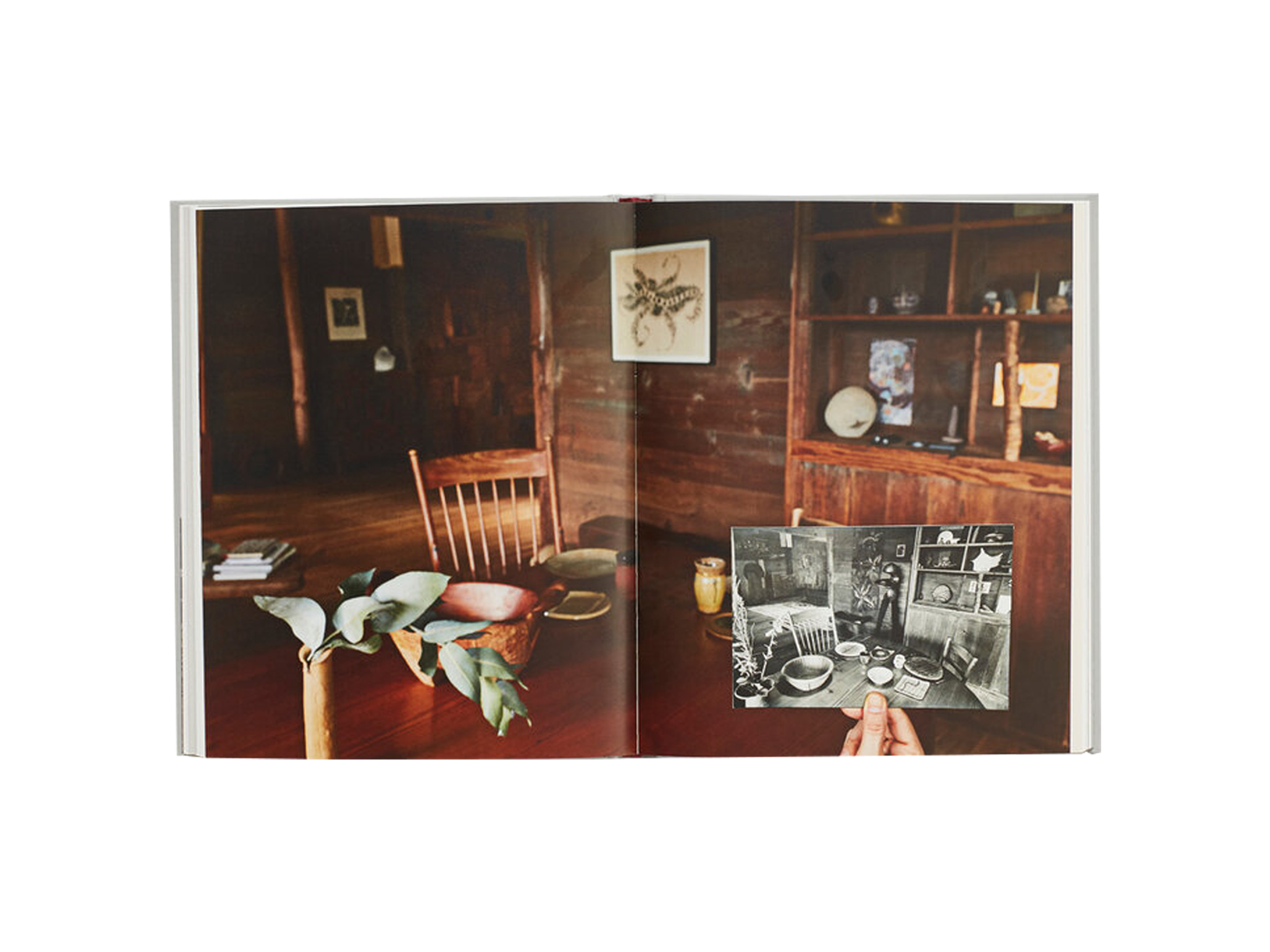
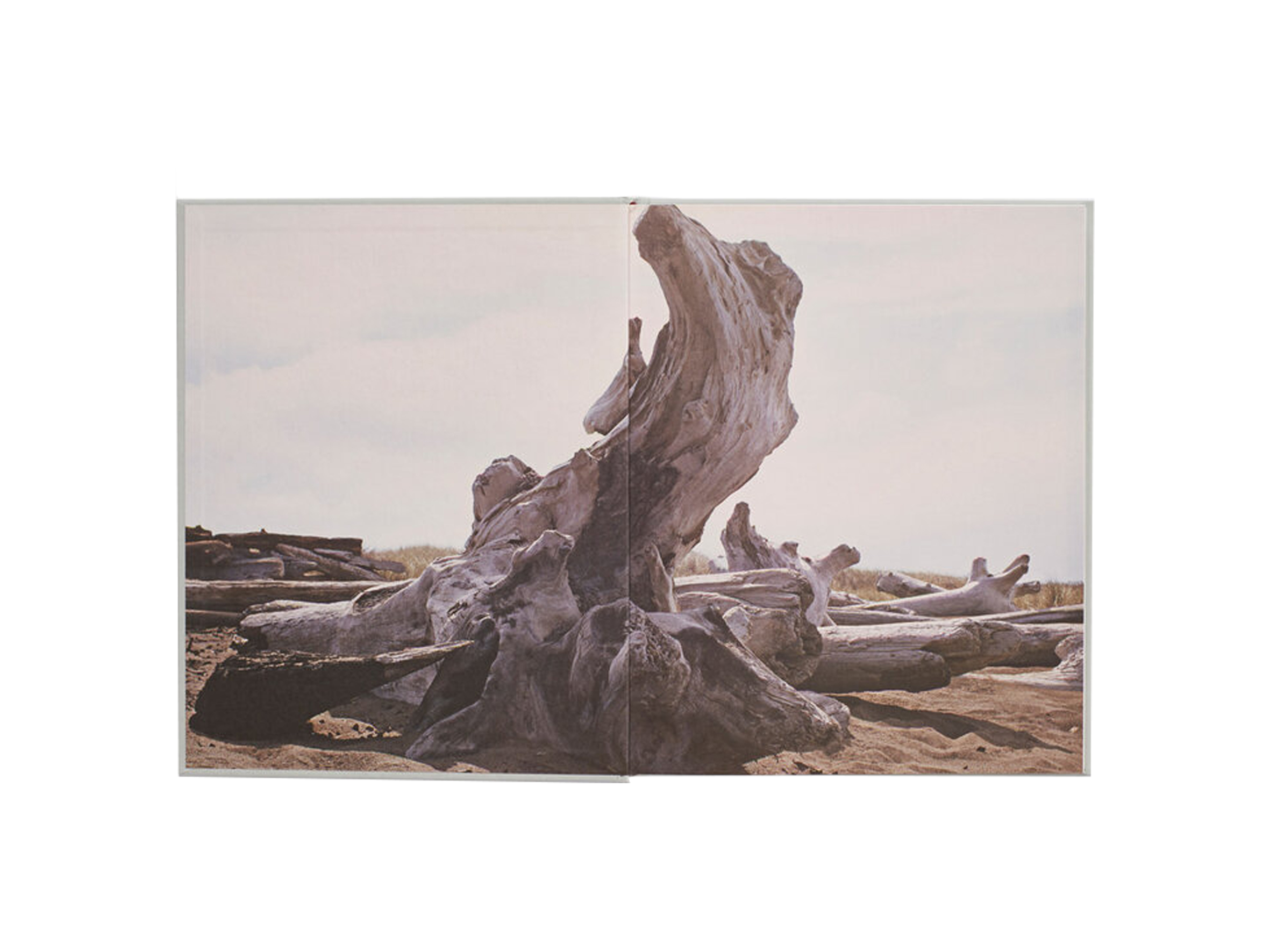
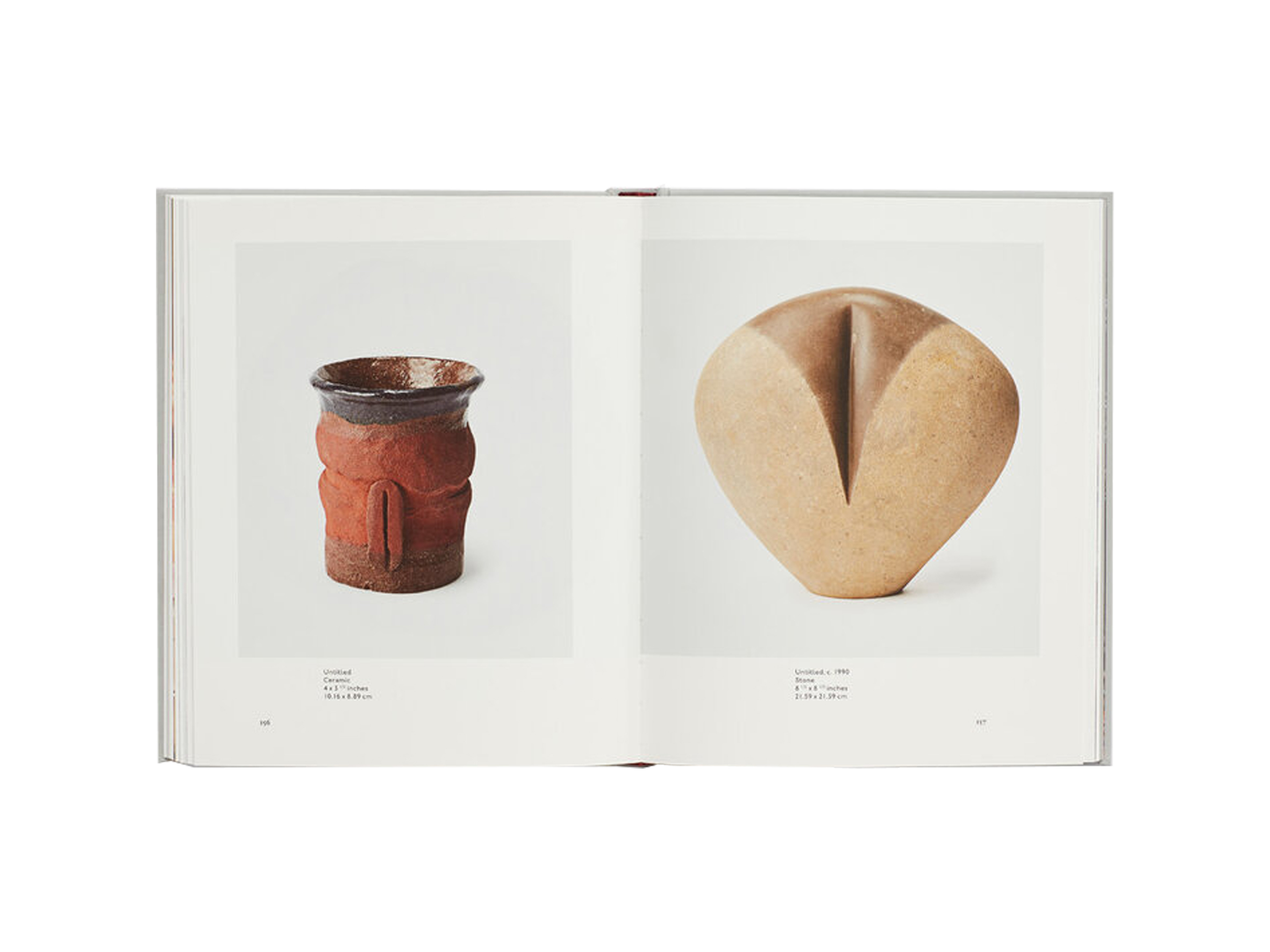
JB Blunk
JB Blunk - Edition 3
This long-awaited monograph presents the breadth of JB Blunk’s practice and includes never-before-seen archival and newly commissioned photographs of jewelry, ceramics, paintings, furniture, sculpture and his hand built house. Edited by Mariah Nielson and Åbäke, the book features essays by Lucy Lippard, Glenn Adamson, Fariba Bogzaran and Louise Allison Cort.
224 pages
21 x 26 cm
English
2021
9781907908682
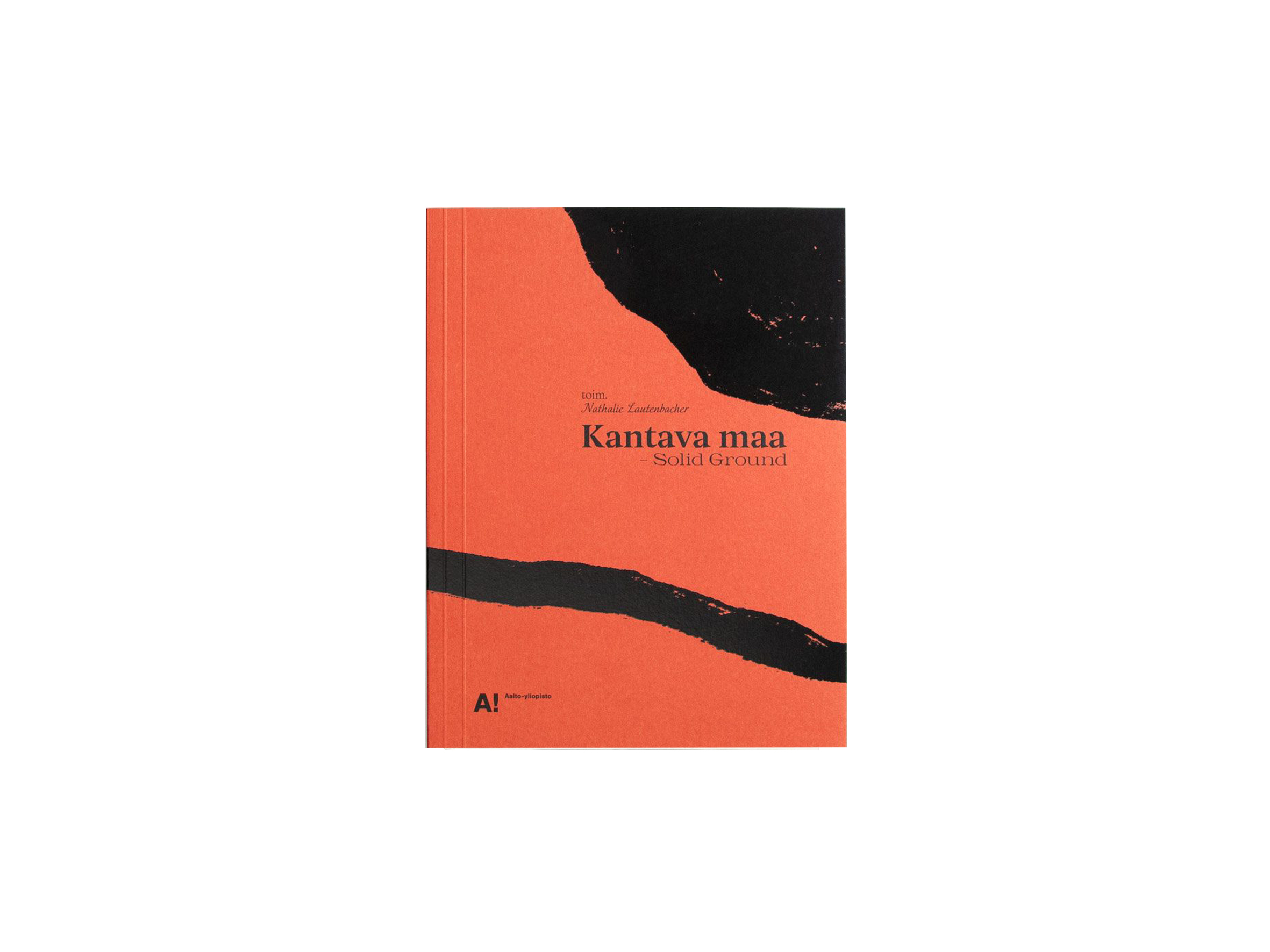
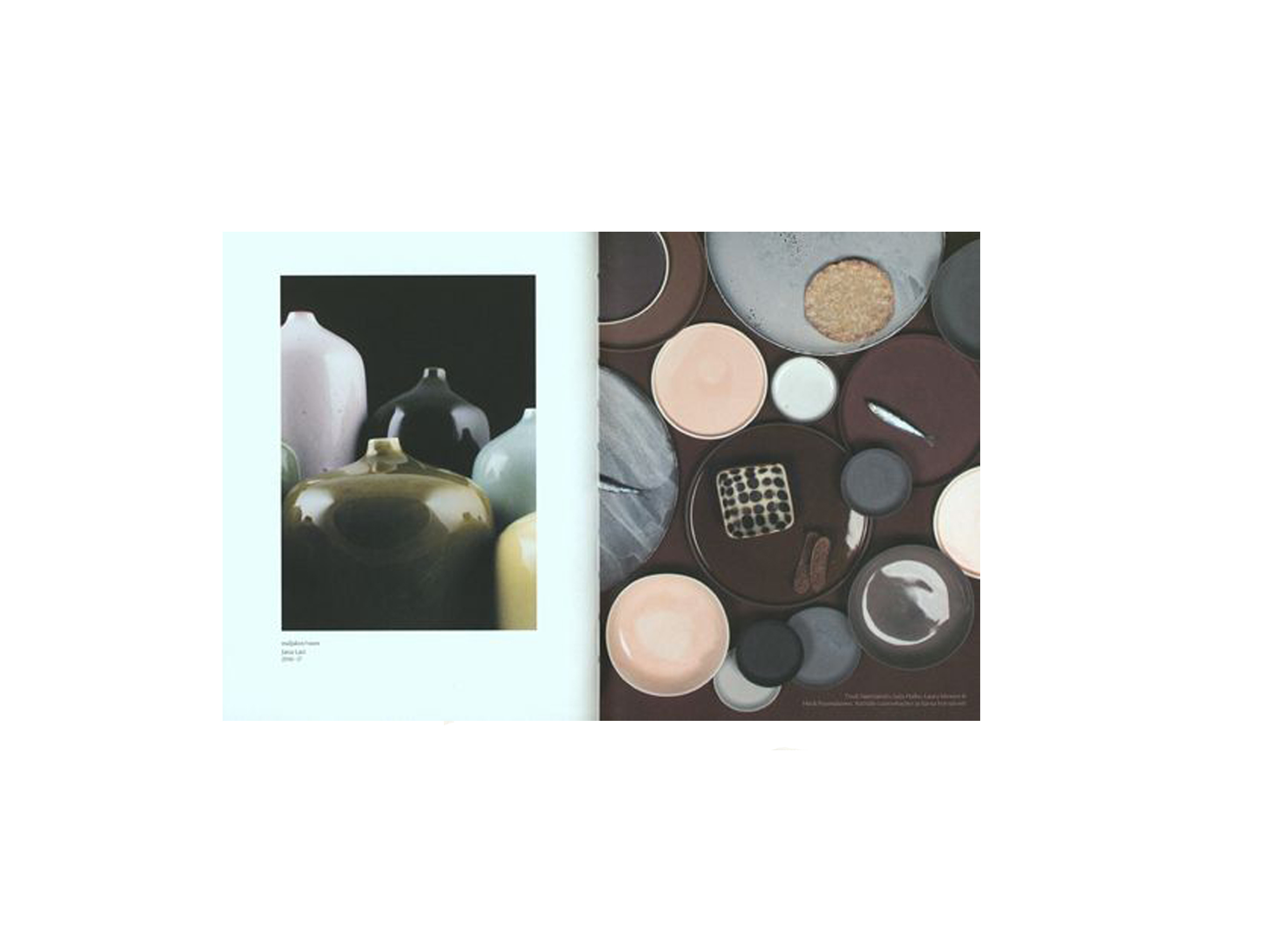
Nathalie Lautenbacher
Kantava Maa
‘Solid Ground’ by Nathalie Lautenbacher of Aalto University comprises a selection of photographs and thoughtful essays in its close examination of ceramics and their appeal. While the field of design currently covers a variety of different materials and technologies, and even operates within immaterial domains, the ancient art of ceramics remains highly relevant. The book’s seven chapters reflect not only today’s trends but also lasting phenomena within the field of ceramics. Many of these themes are archaic, having evolved naturally over time. Writers from a variety of fields search for bridges between culture, art, and academia, to discover the roots of this versatile material.
Edited by Nathalie Lautenbacher
186 pages
17 x 22 cm
English/Finnish
2020
9789526038827
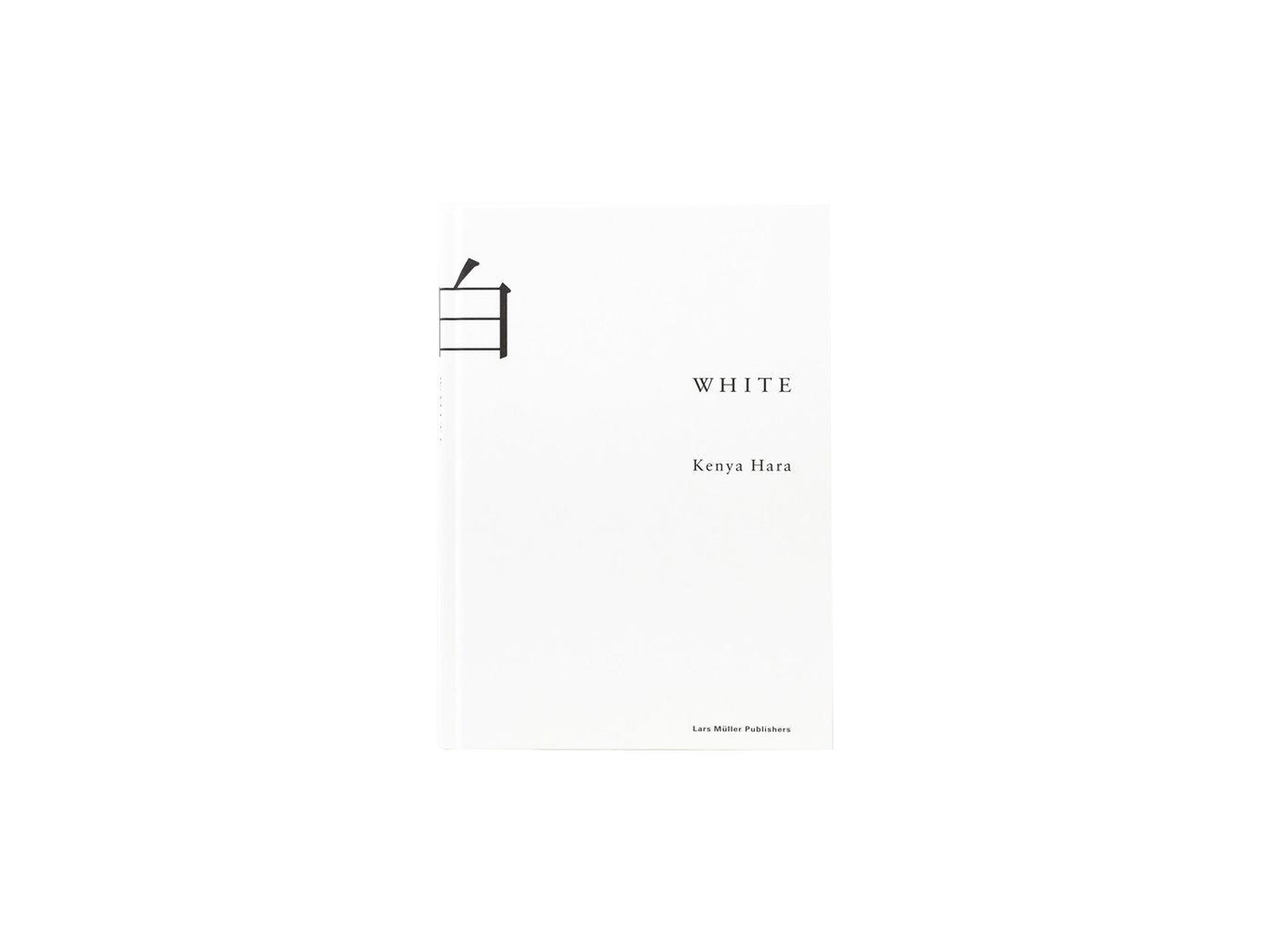

Kenya Hara
White
“White” is not a book about colors. It is rather Kenya Haras attempt to explore the essence of “White,” which he sees as being closely related to the origin of Japanese aesthetics – symbolizing simplicity and subtlety. The central concepts discussed by Kenya Hara in this publication are emptiness and the absolute void. Kenya Hara also sees his work as a designer as a form of communication. Good communication has the distinction of being able to listen to each other, rather than to press one’s opinion onto the opponent. Kenya Hara compares this form of communication with an “empty container”. In visual communication, there are equally signals whose signification is limited, as well as signals or symbols such as the cross or the red circle on the Japanese flag, which – like an “empty container” – permit every signification and do not limit imagination. Not alone the fact that the Japanese character for white forms a radical of the character for emptiness has prompted him the closely associate the color white with emptiness.
80 pages
13,5 x 19,5 cm (hardcover)
English
2021
9783037781838
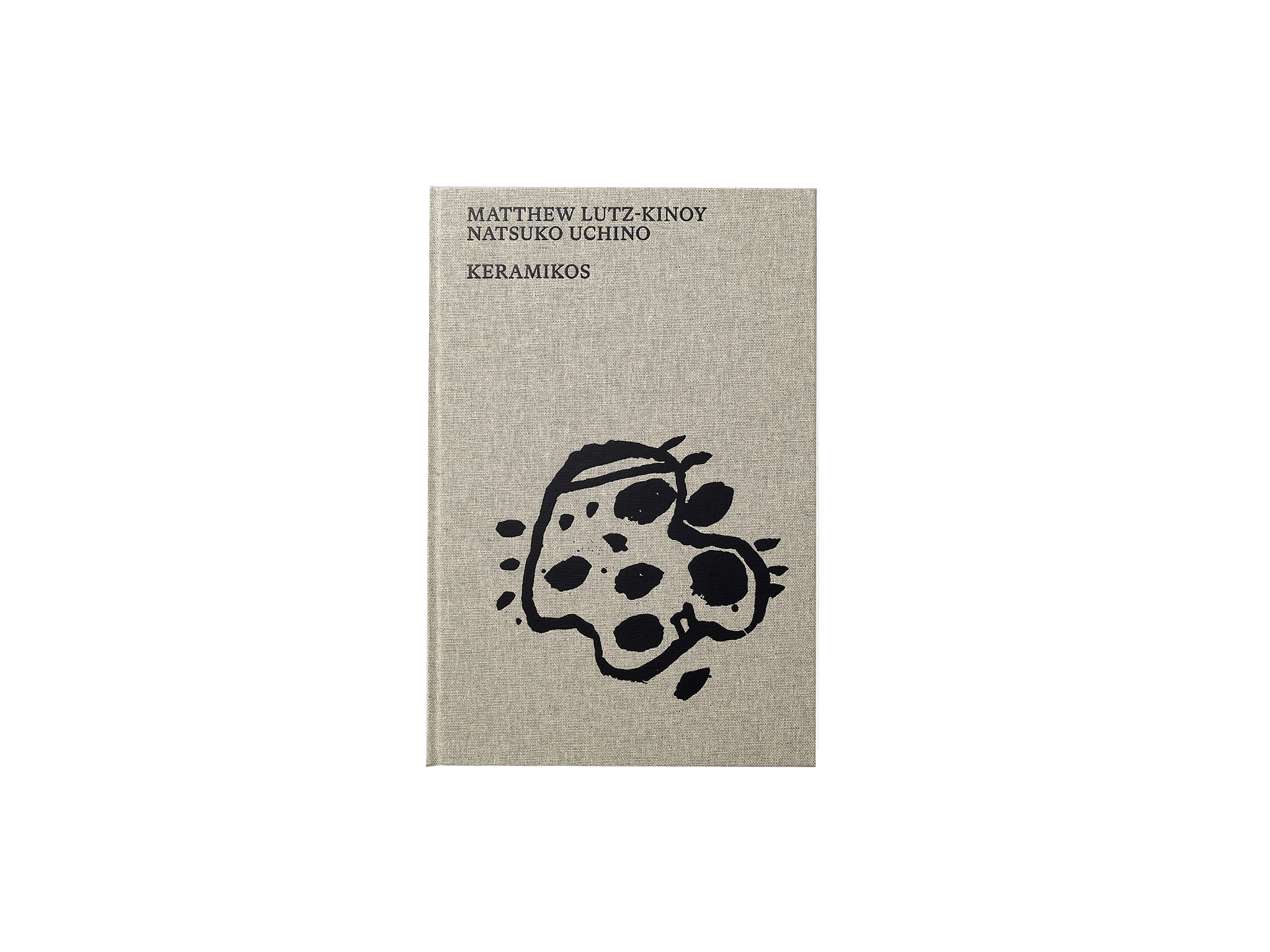
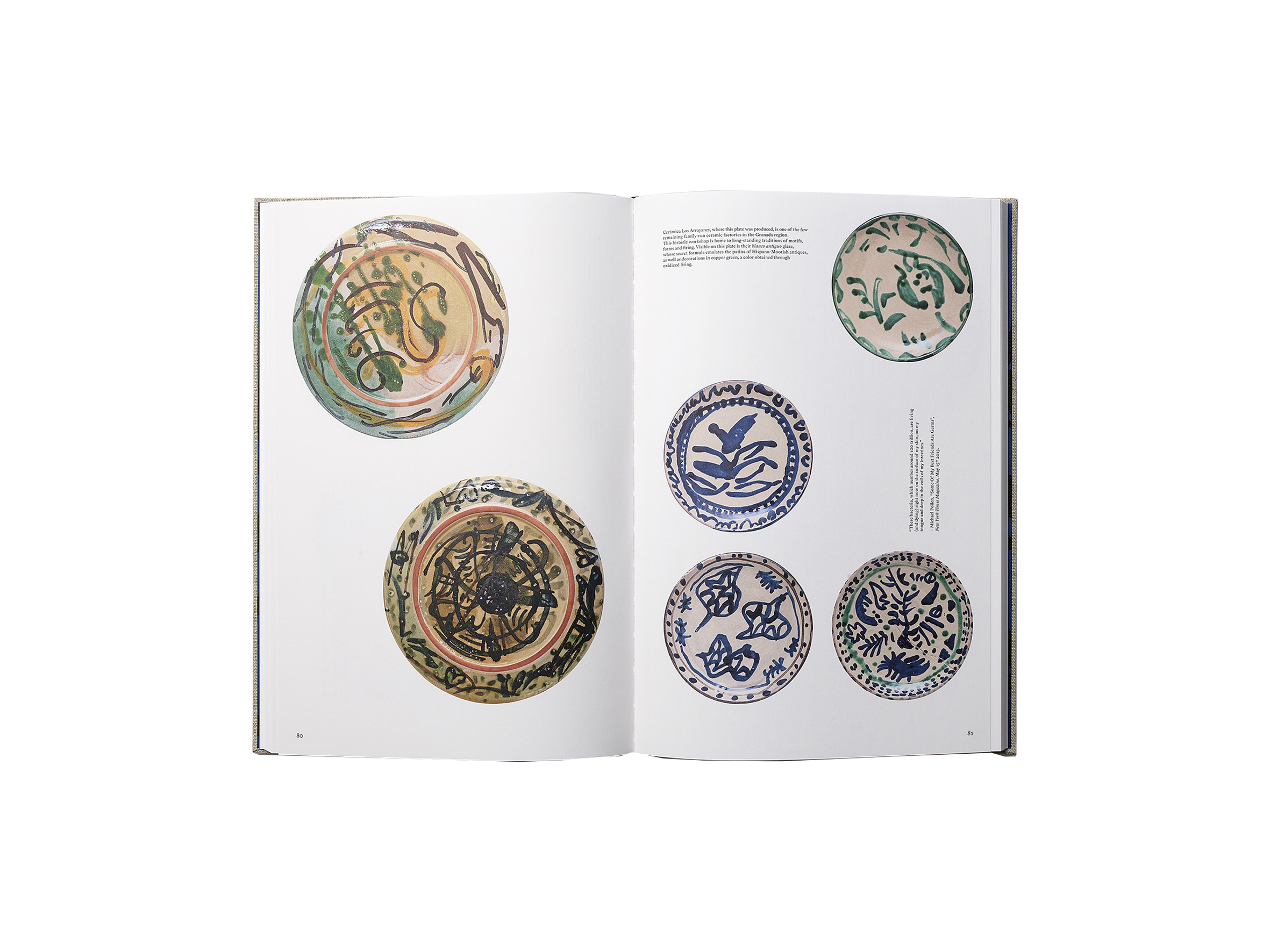
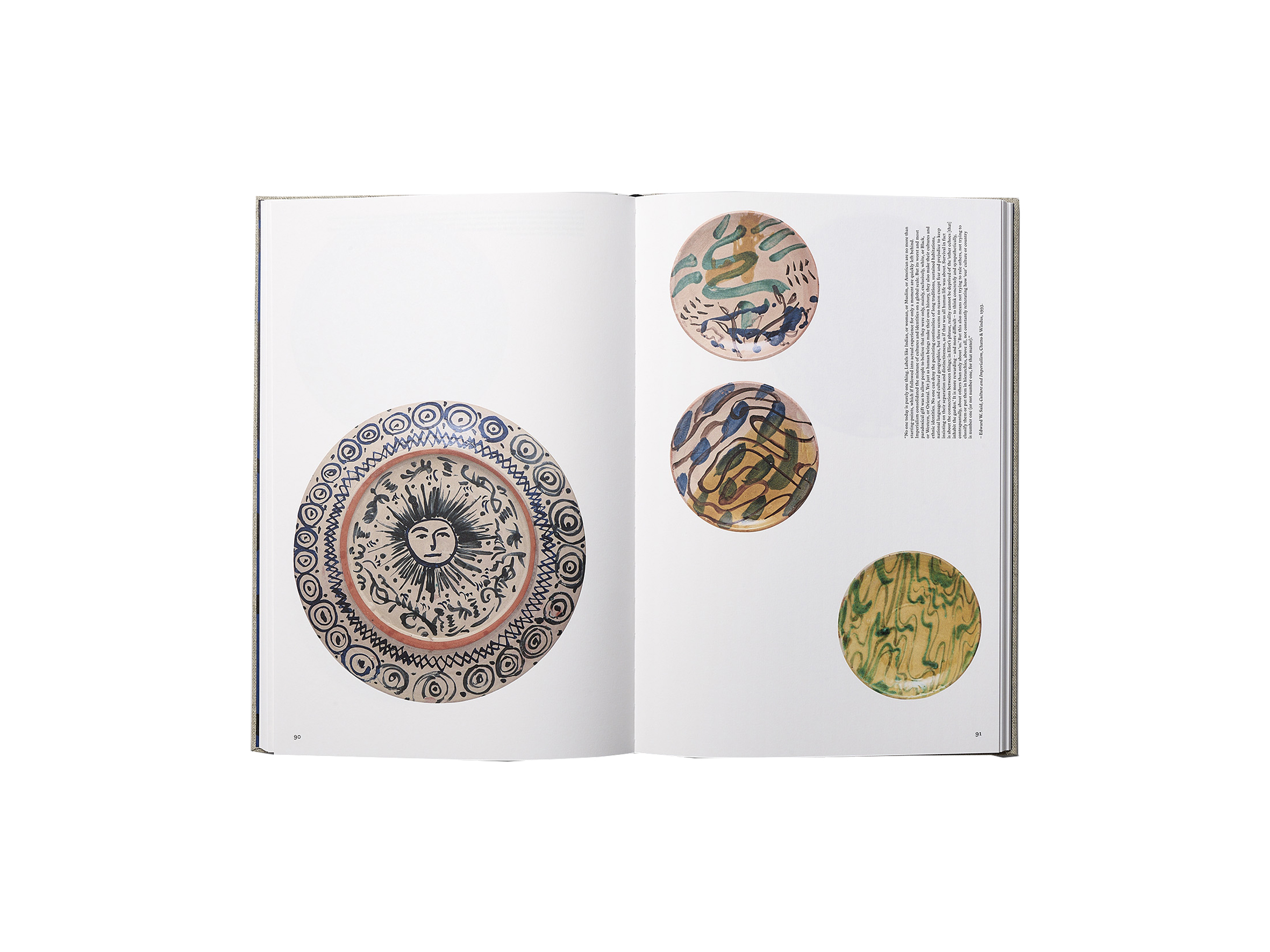
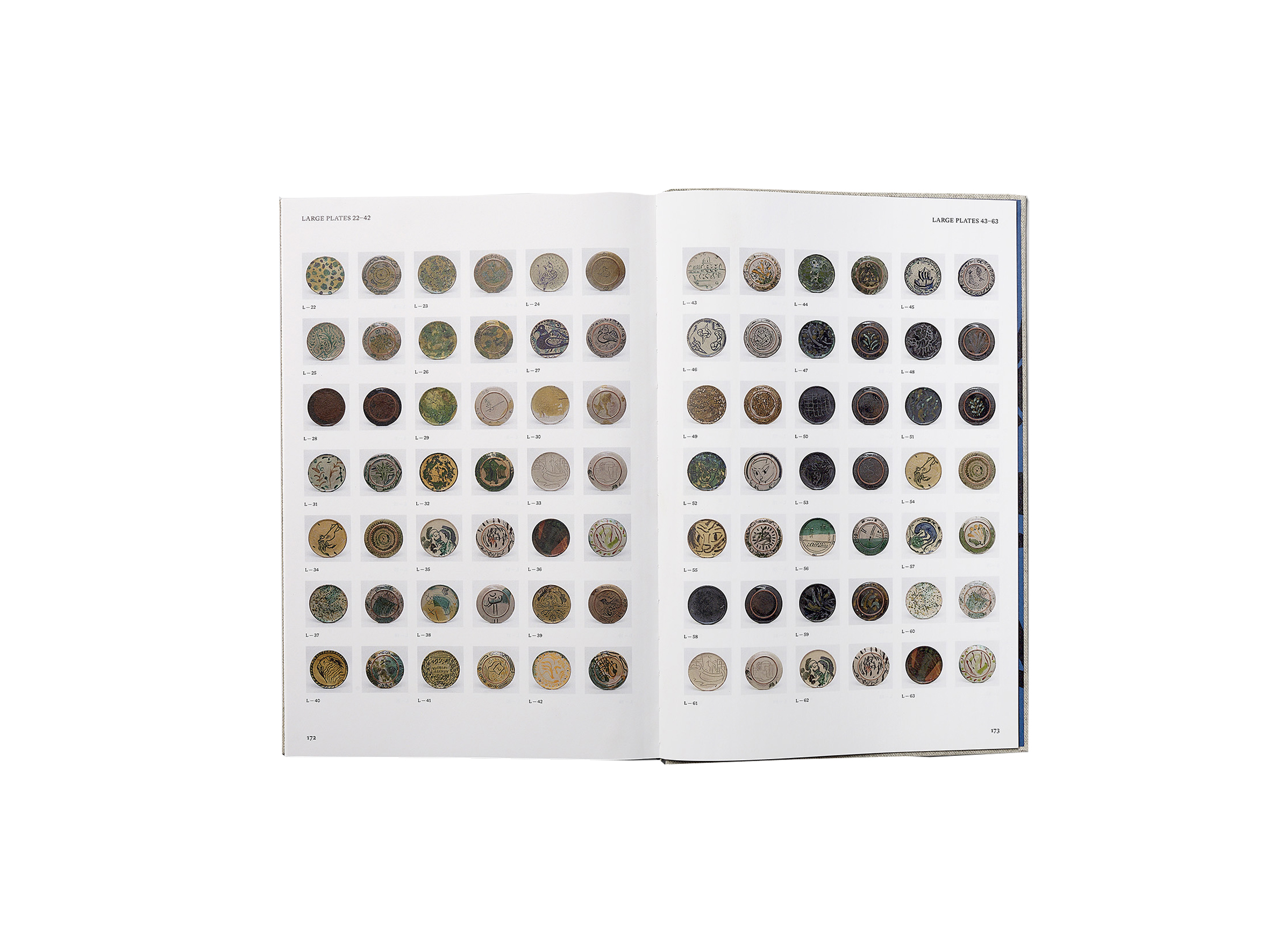
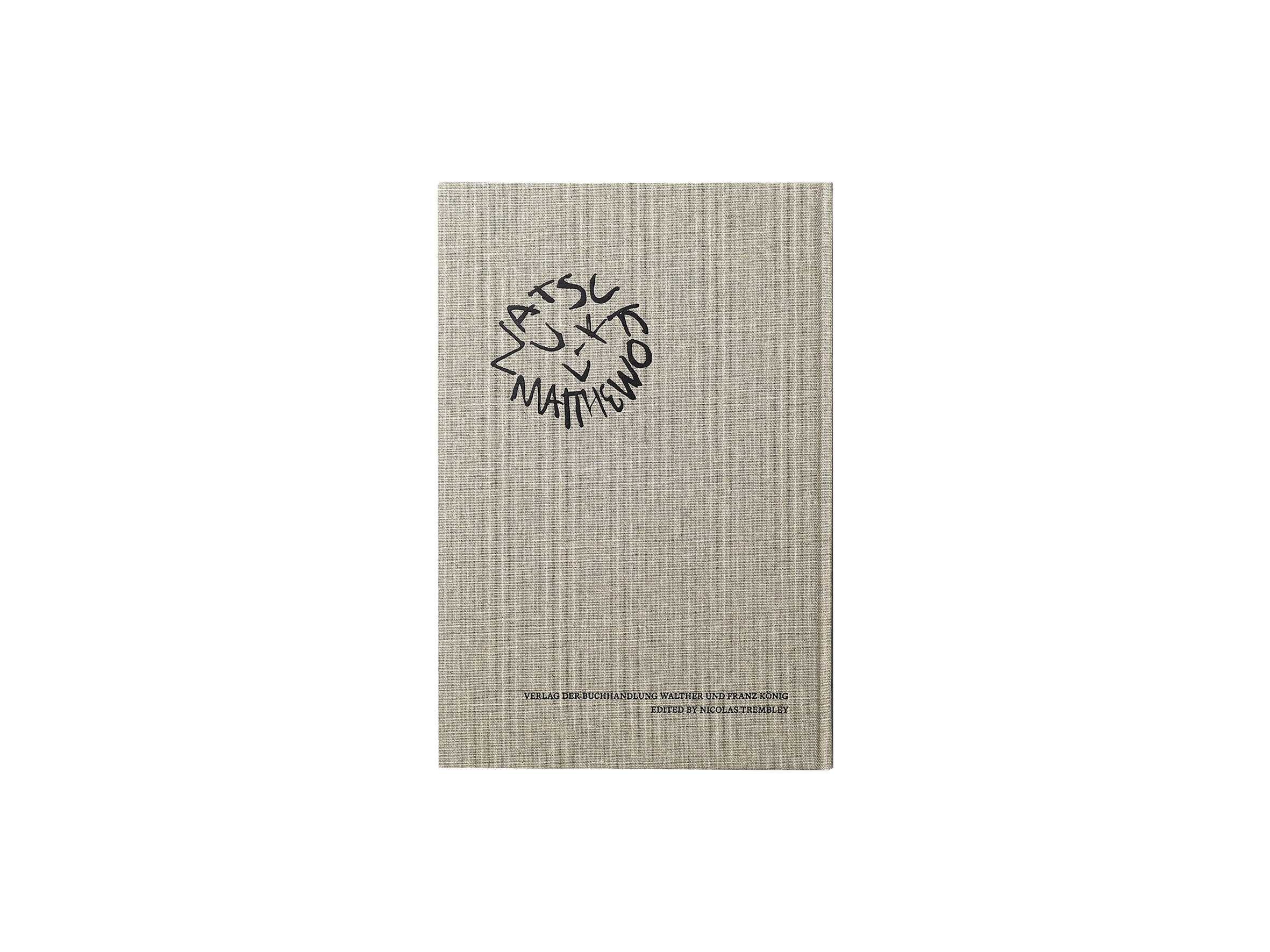
Matthew Lutz-Kinoy & Natsuko Uchino
Keramikos
The Keramikos book presents front-and-back photographic records of 300
painted pieces that artists Matthew Lutz-Kinoy and Natsuko Uchino
produced since 2010 – including plates, bowls, pitchers and oil jars.
Some objects are accompanied by narrative descriptions that present
aspects of the duo’s vast and complex research exploring notions of
society, religion, politics, style and technique through the long
history of ceramic production motifs from Hispano-Moresque, Byzantine,
Islamic and Korean ceramics. Each plate is printed on the recto side
with its reverse shown in the same position on the verso side of the
same page. An extensive index completes the book as well as an interview
with the artist and curator Nicolas Trembley.
192 pages
20.7 x 30.7 cm
Hardcover
English
2021
ISBN 9783960989103
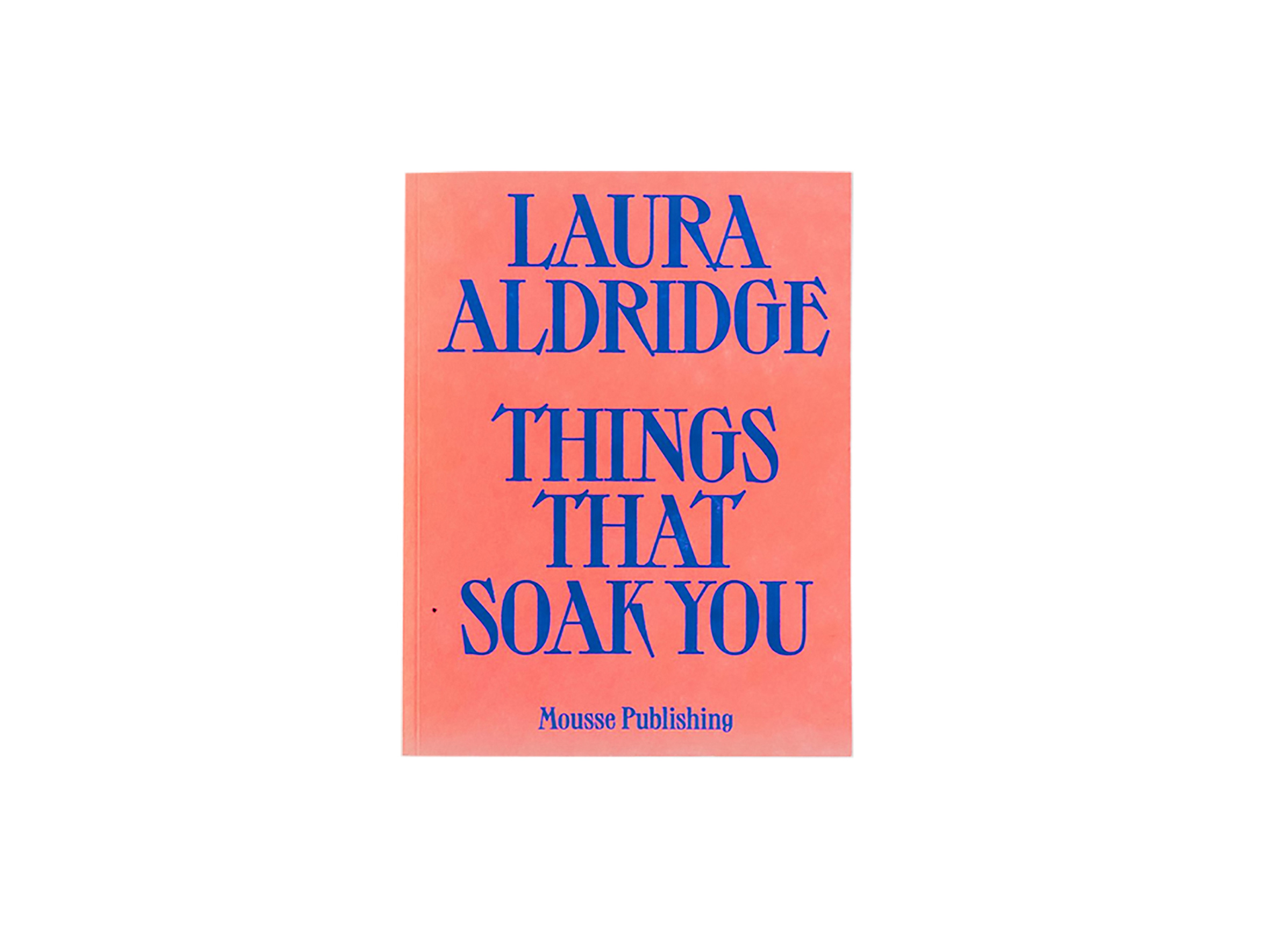
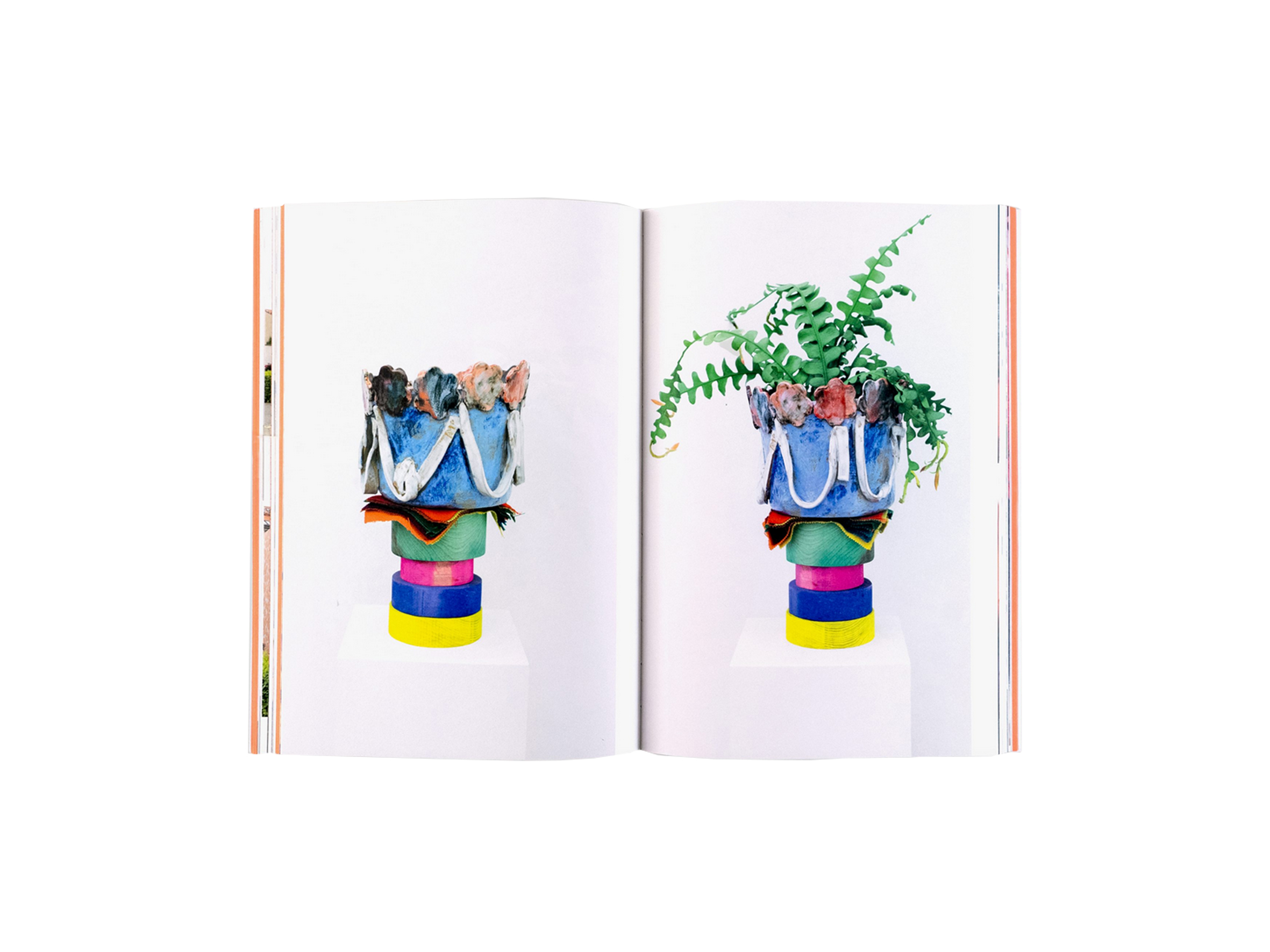
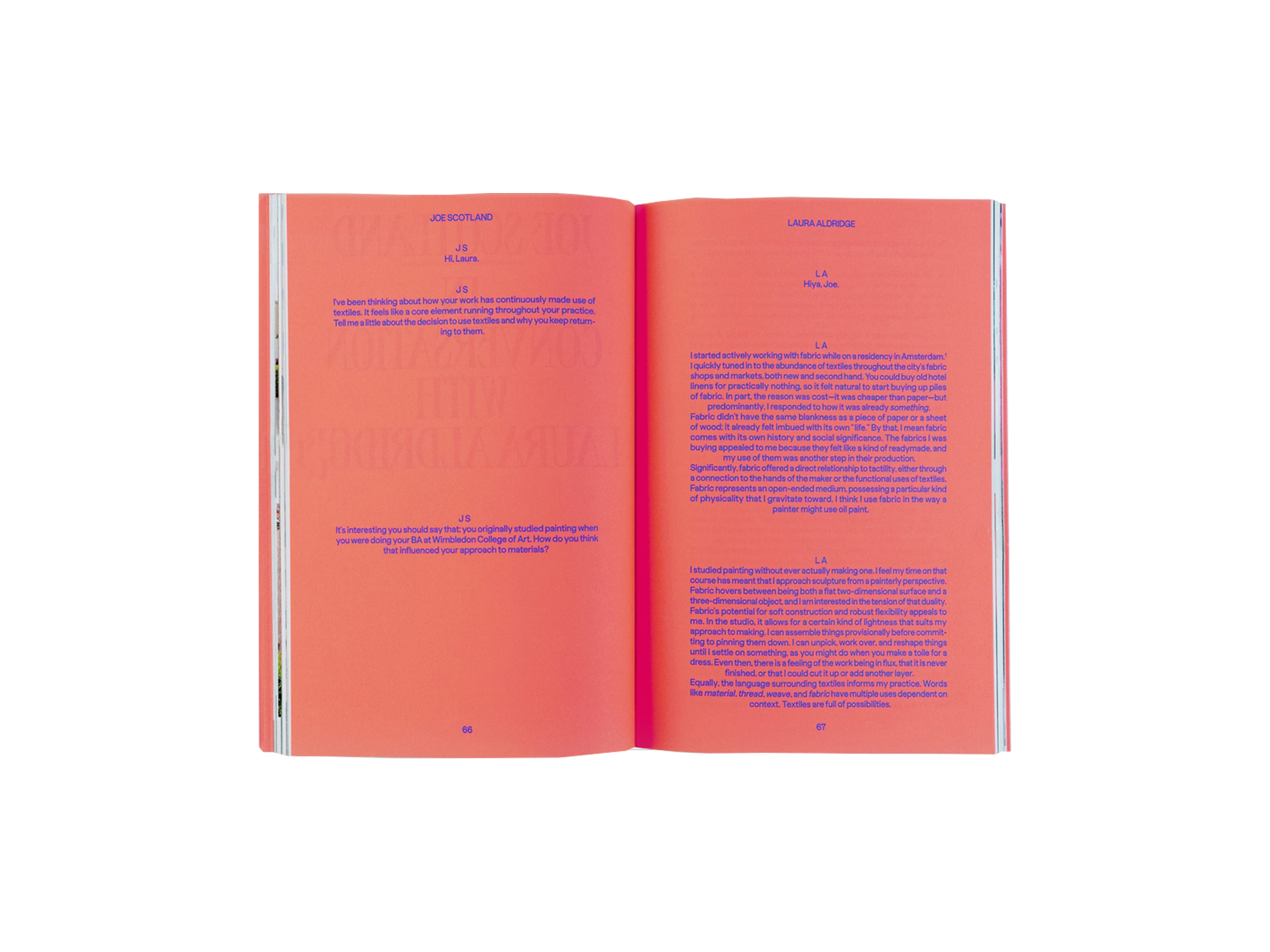
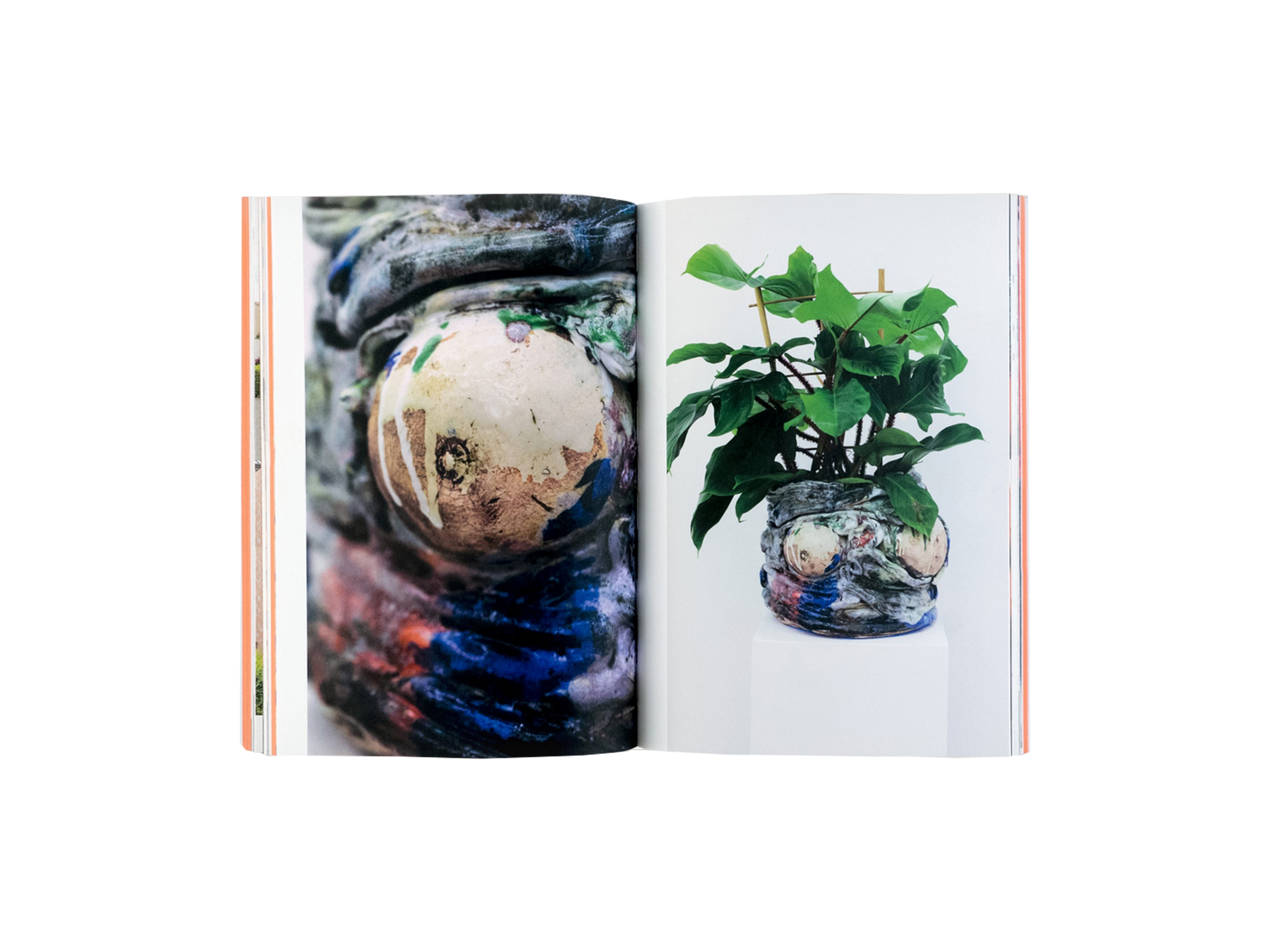
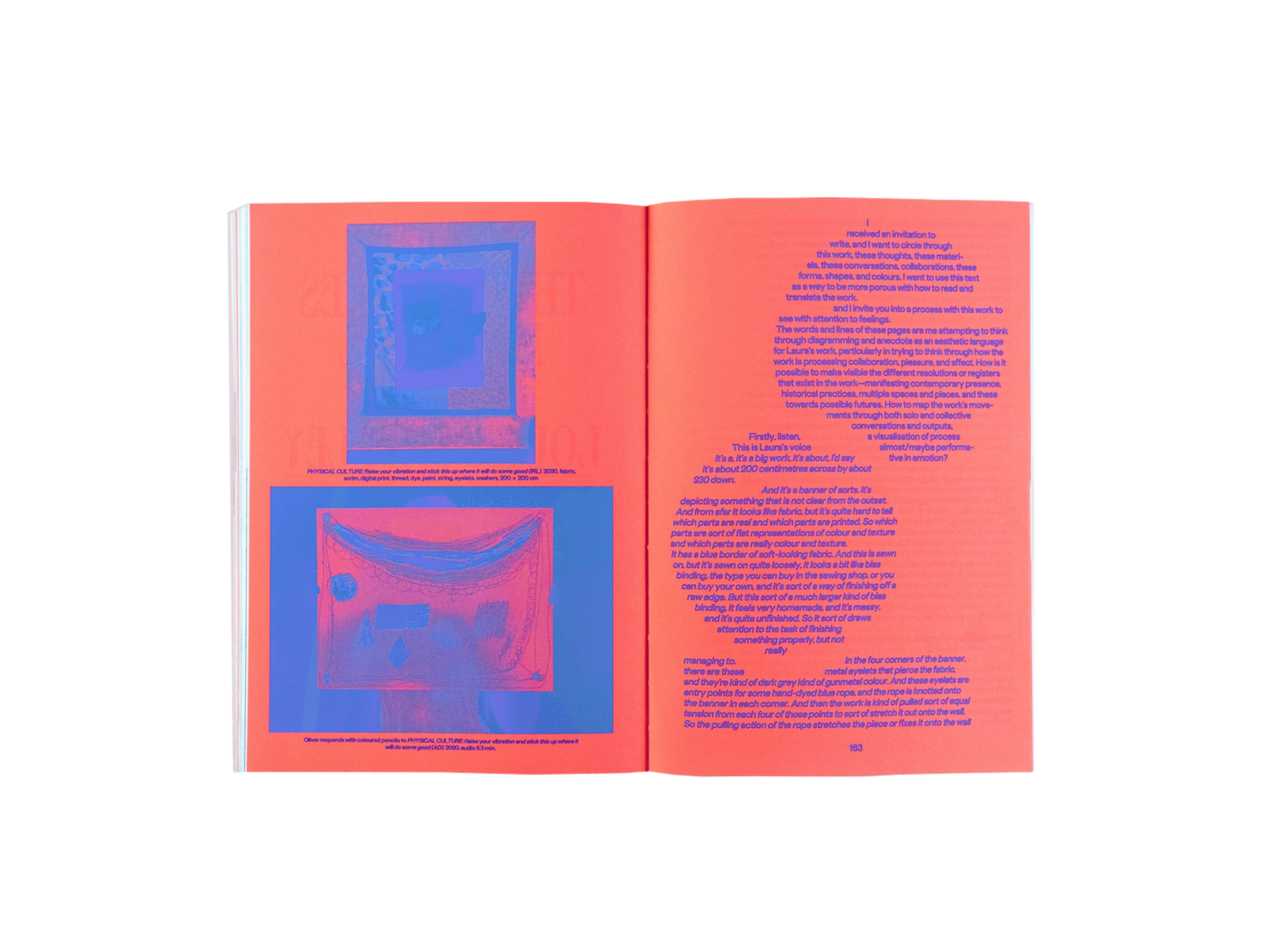
Laura Aldridge
Things that soak you
This volume presents Aldridge’s recent and older works, and features an interview and three original essays about her practice.
“For me it is about the conversation between materials and approaches, allowing the work to discuss and emphasise strategies of making and reception through different choices. The push and pull between dualities such as synthetic versus natural, object versus subject, inside versus outside runs throughout my practice and prevents the meaning of an artwork [from] becoming prescriptive. This way of working allows for a kind of language of comparison. It affords me space to articulate my interests in a way that doesn’t pin down the work or explain it away; rather, it provides me with a framework to take risks with the practice. It’s not so easy to be able to say what something is doing while you are doing it, but as long as I am inside that tension you’re speaking of, I know I am onto something.” —Laura Aldridge
176 pages
17 x 24 cm
2021
English
9788867495009
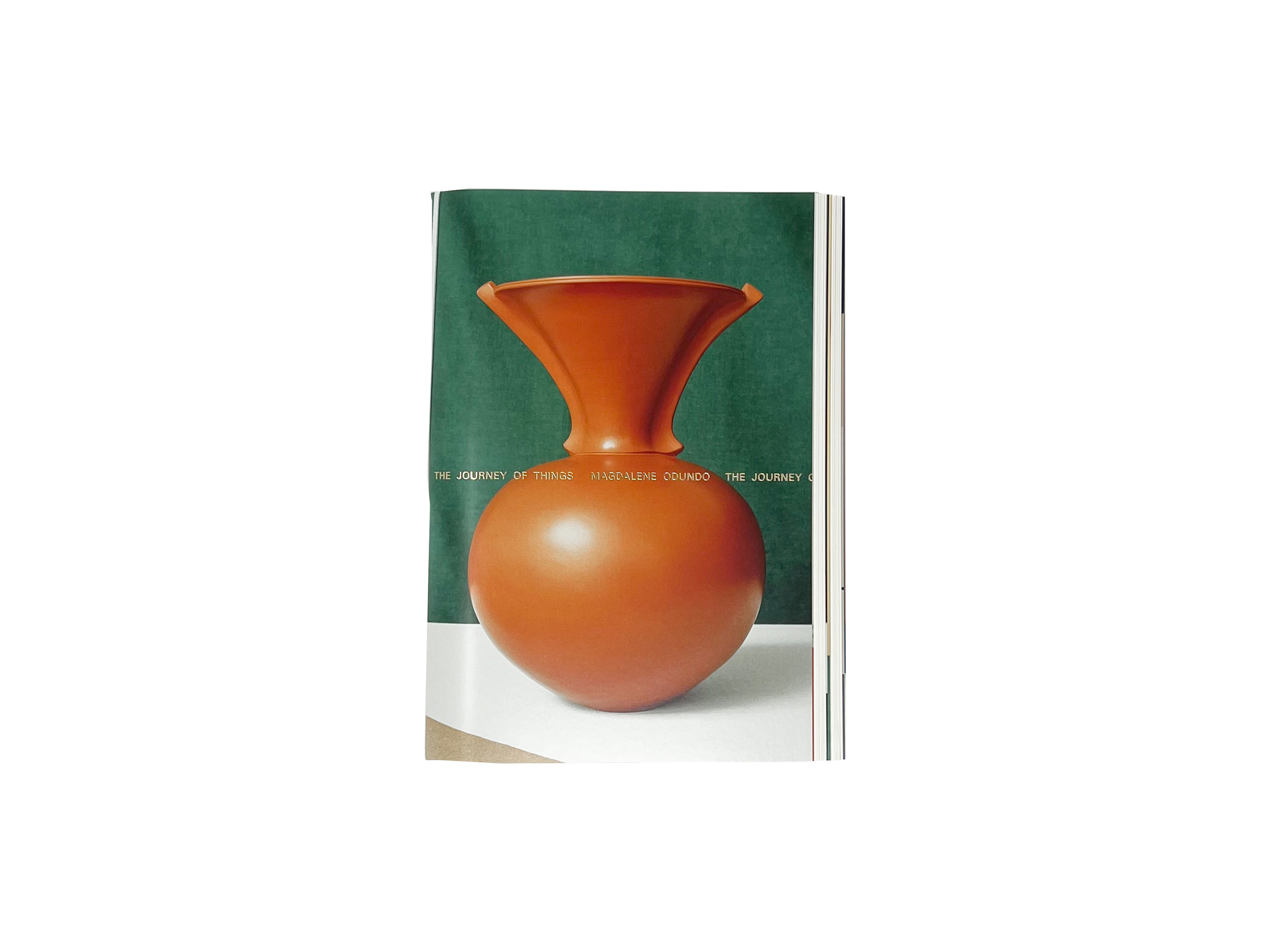
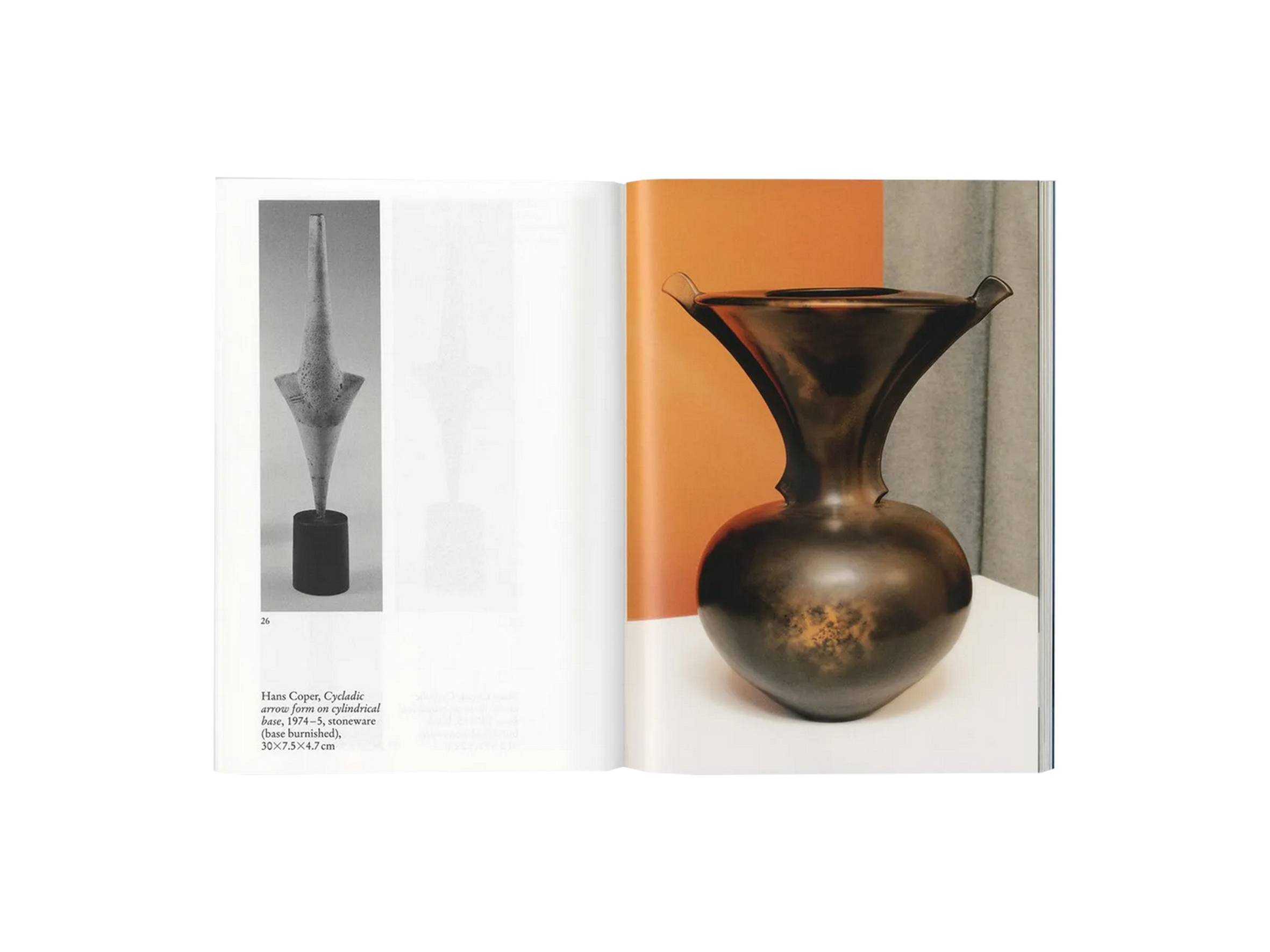
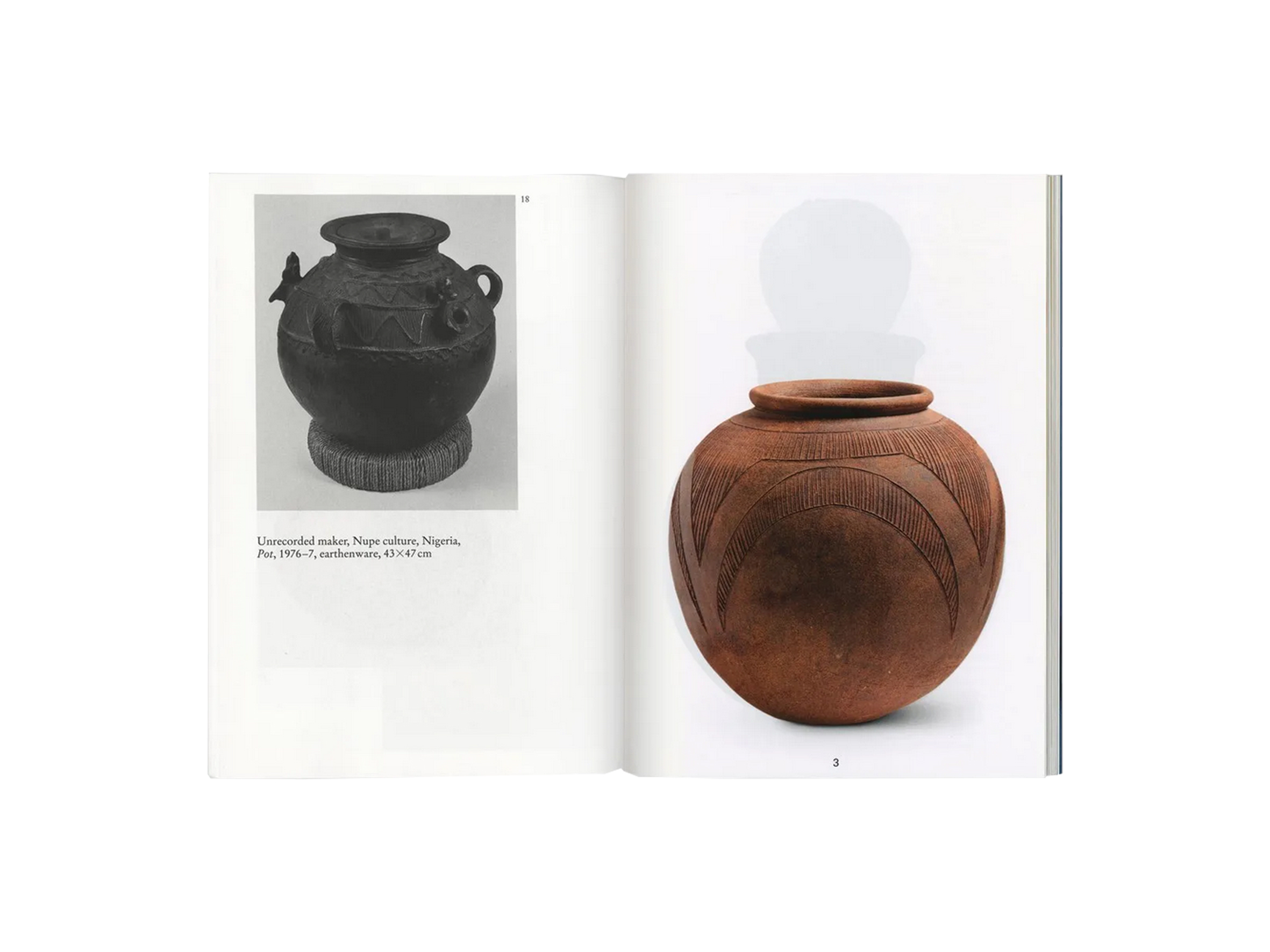

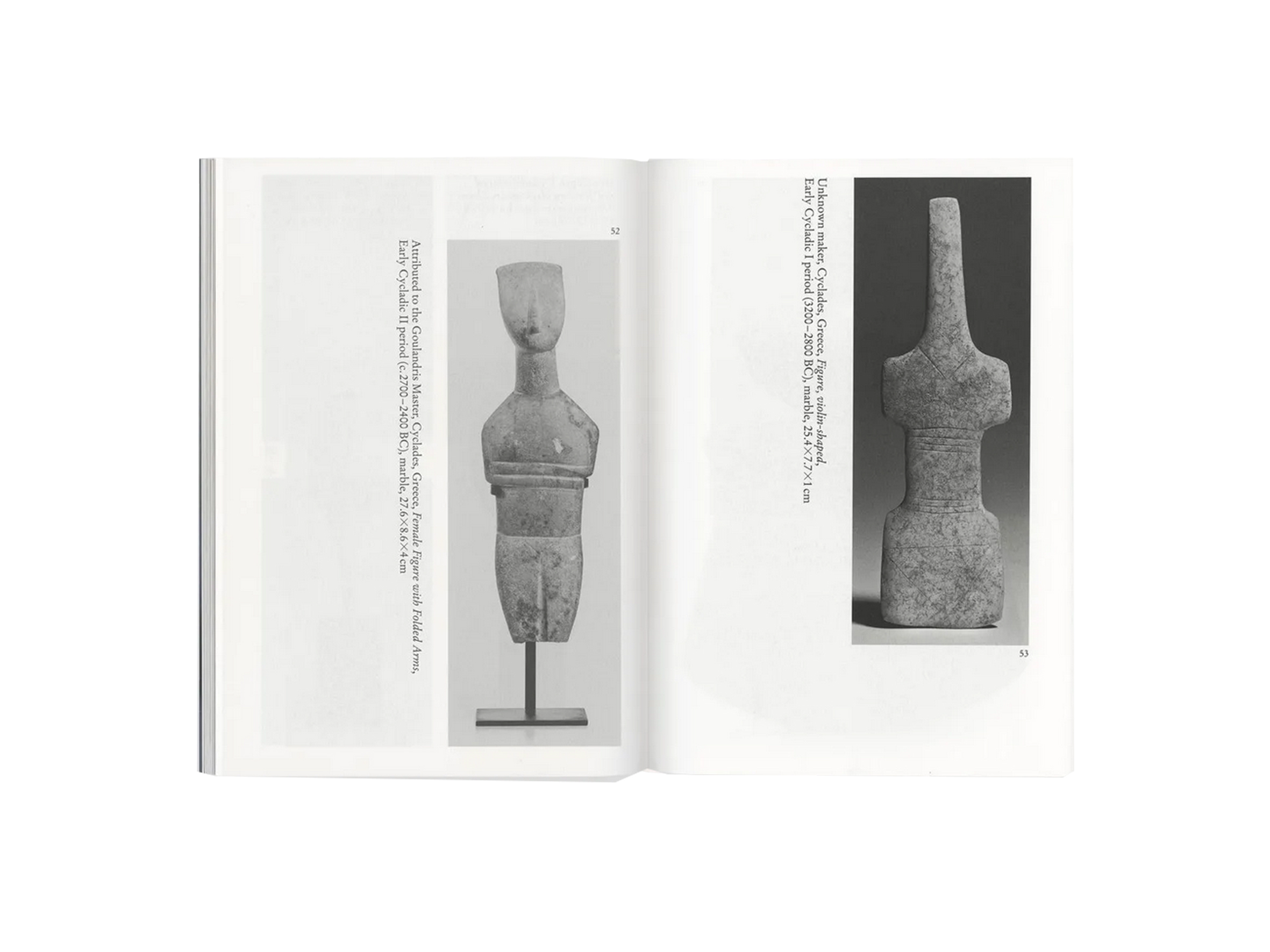
Magdalene Odundo
The Journey of Things
The Journey of Things by Magdalene Odundo has been published alongside the exhibition of the same name presented at The Hepworth Wakefield in Spring 2019. The book features 44 of Odundo’s vessels alongside a large selection of museological and contemporary objects that reveal the wide range of global references that have informed her practice. The book object comprises a series of interleaved sections presenting an organic flow of content which pairs and juxtaposes the historic and the contemporary, featuring works by Barbara Hepworth, Henry Moore, Henri Gaudier-Brzeska, Lucie Rie, Jean Arp, as well as ancient vessels from Greece and Egypt, historic ceramics from Africa, Asia and Central America, and ritual objects from across the African continent.
184 pages
Softcover
24 x 18 cm
English
9781916002418
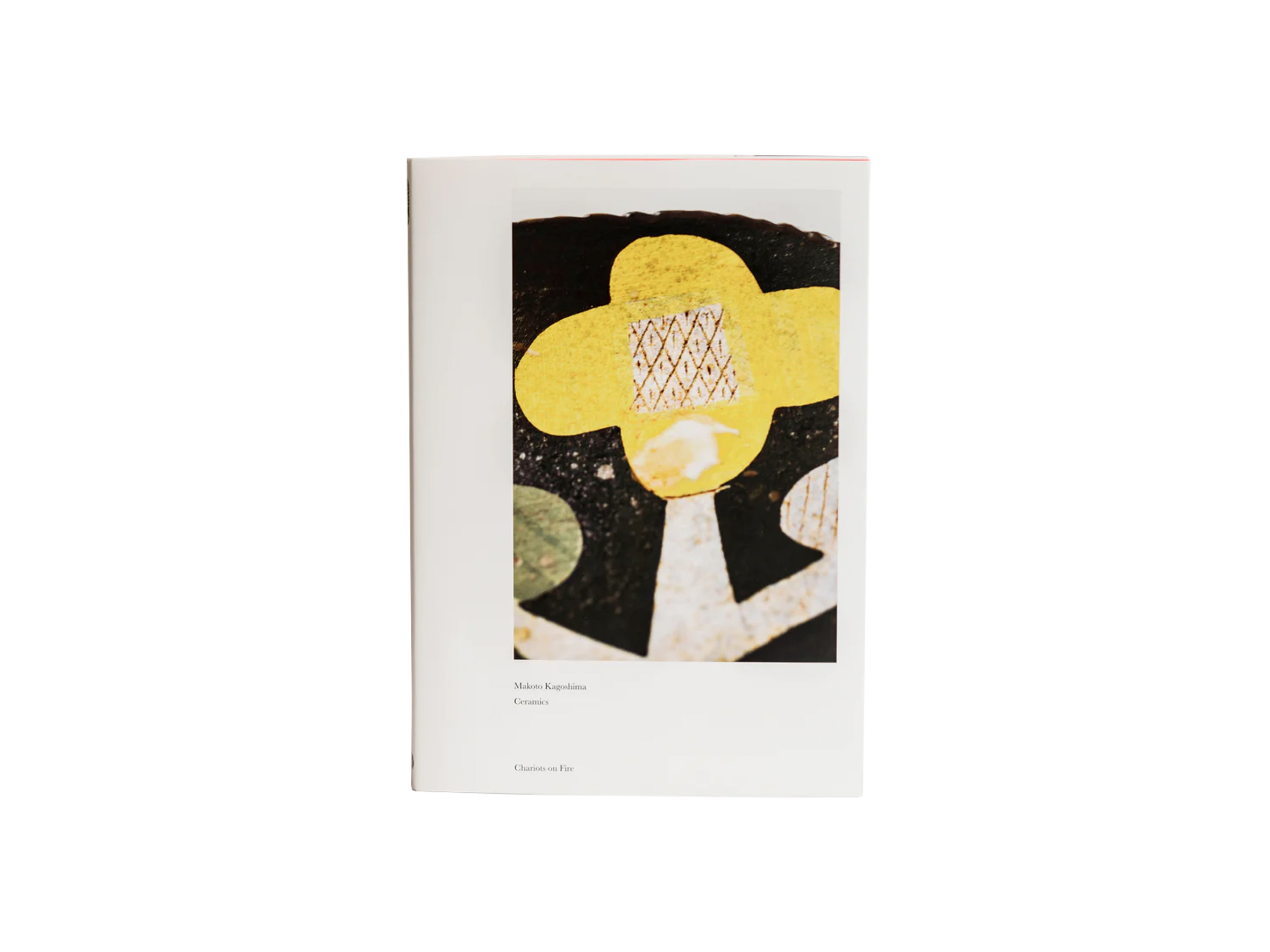
Makoto Kagoshima
Ceramics
Makoto Kagoshima, based in the southern island of Japan, illustrates whimsical and heart-warming motifs on clay making each ceramic a unique, one-of-a-kind work of art. As an avid gardener, motifs such as pansies and roses appear throughout his designs with occasional appearances of butterflies and other fantastical creatures.
21 x 29,7 cm
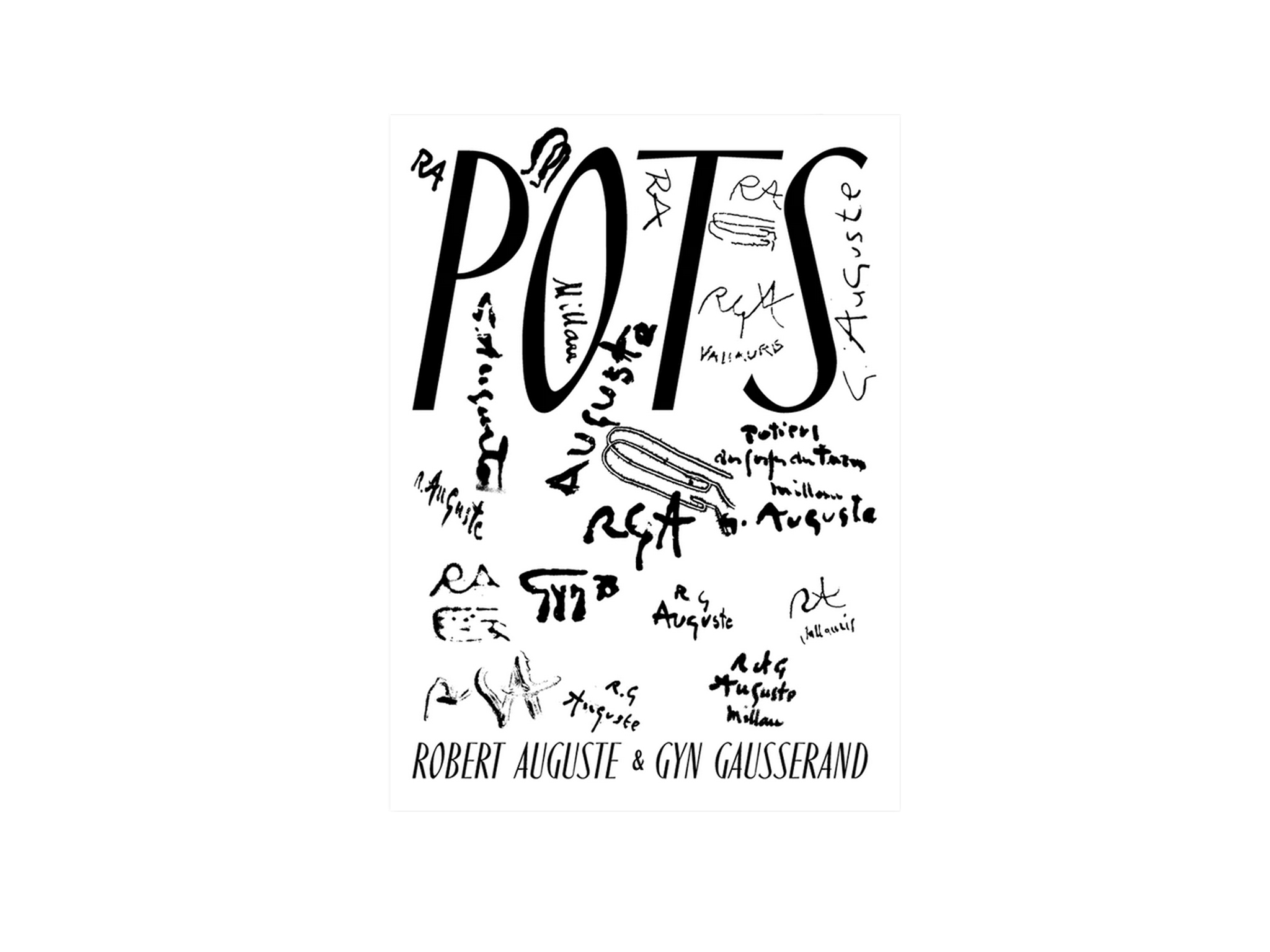
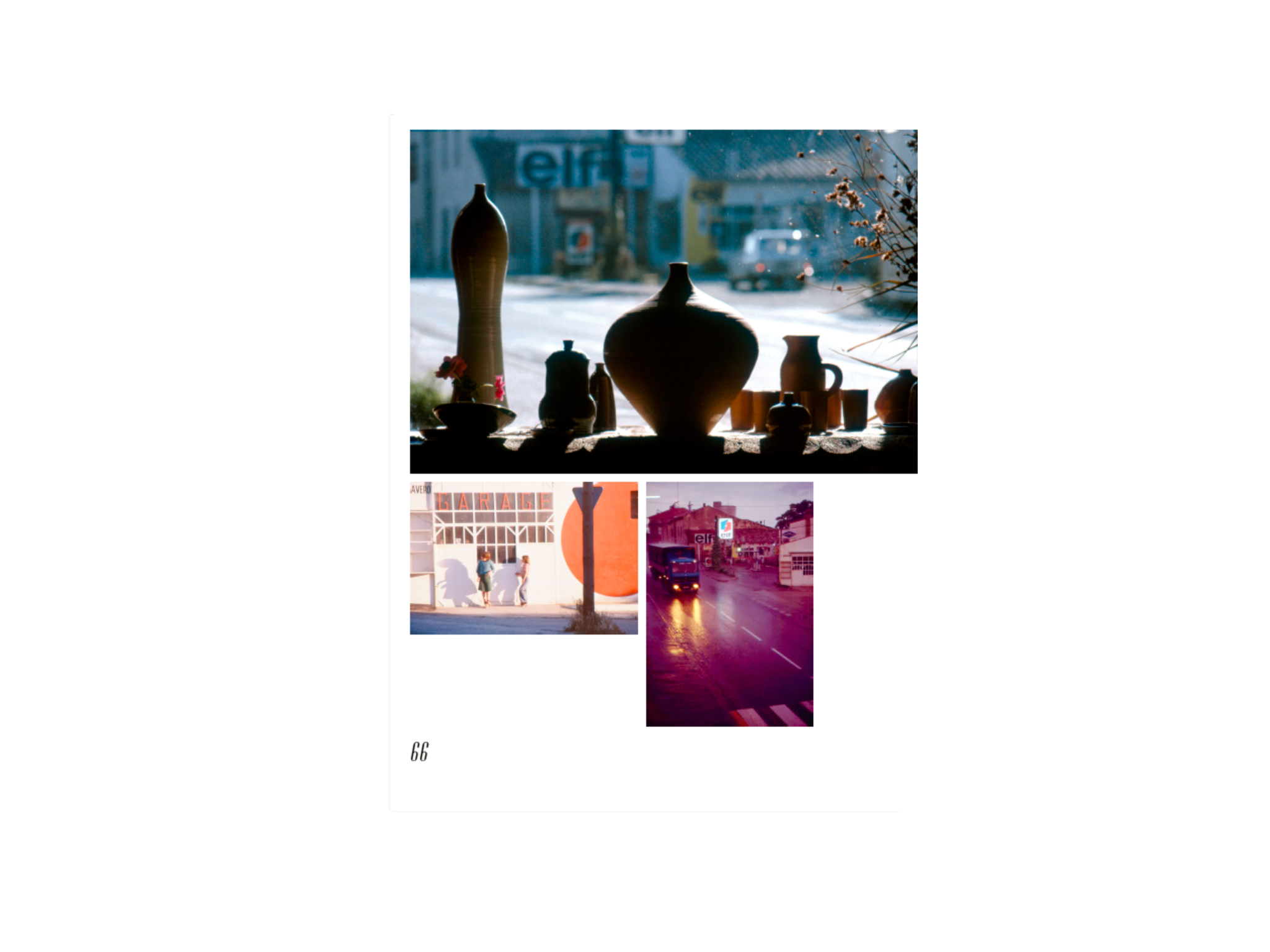
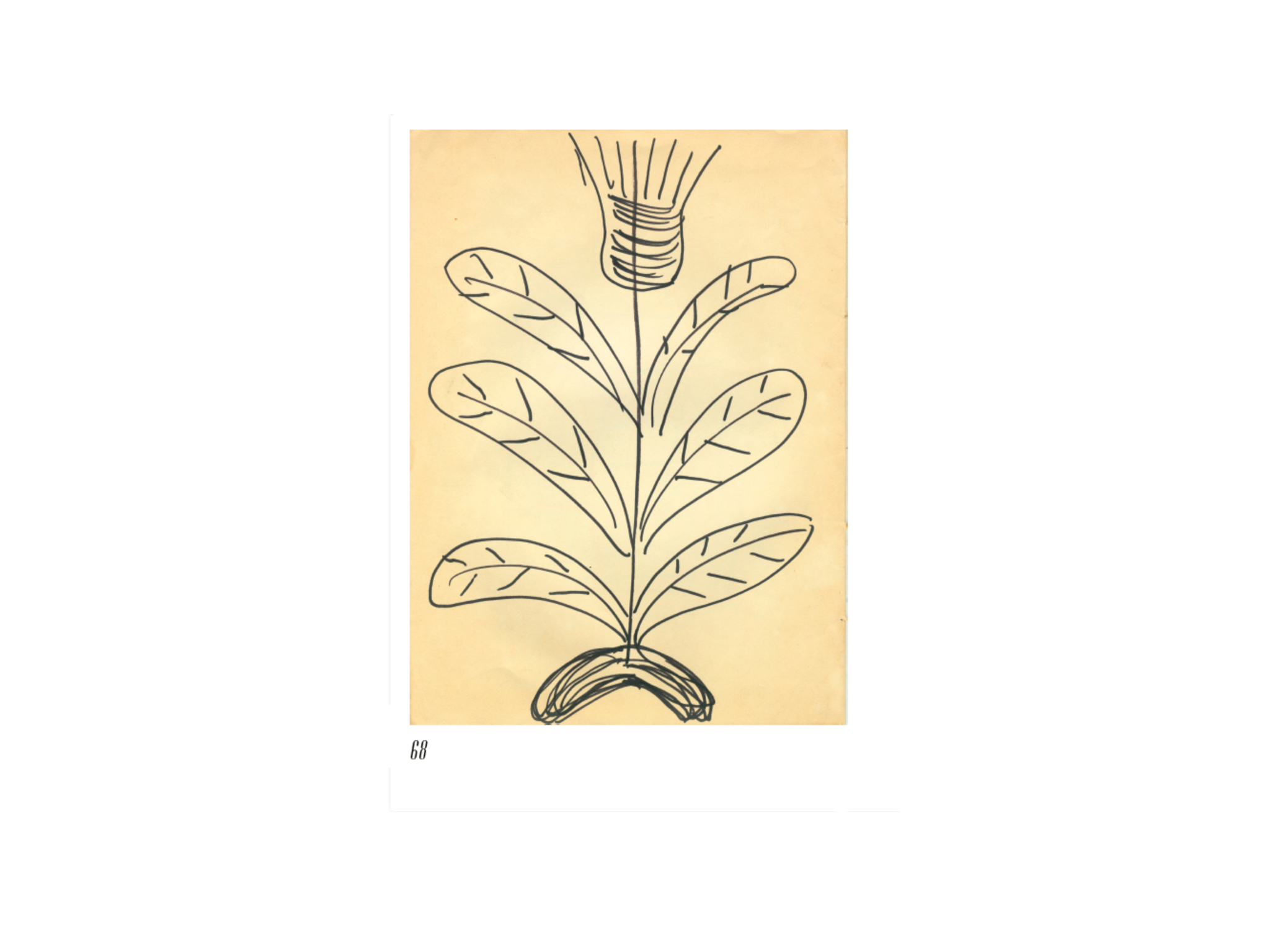
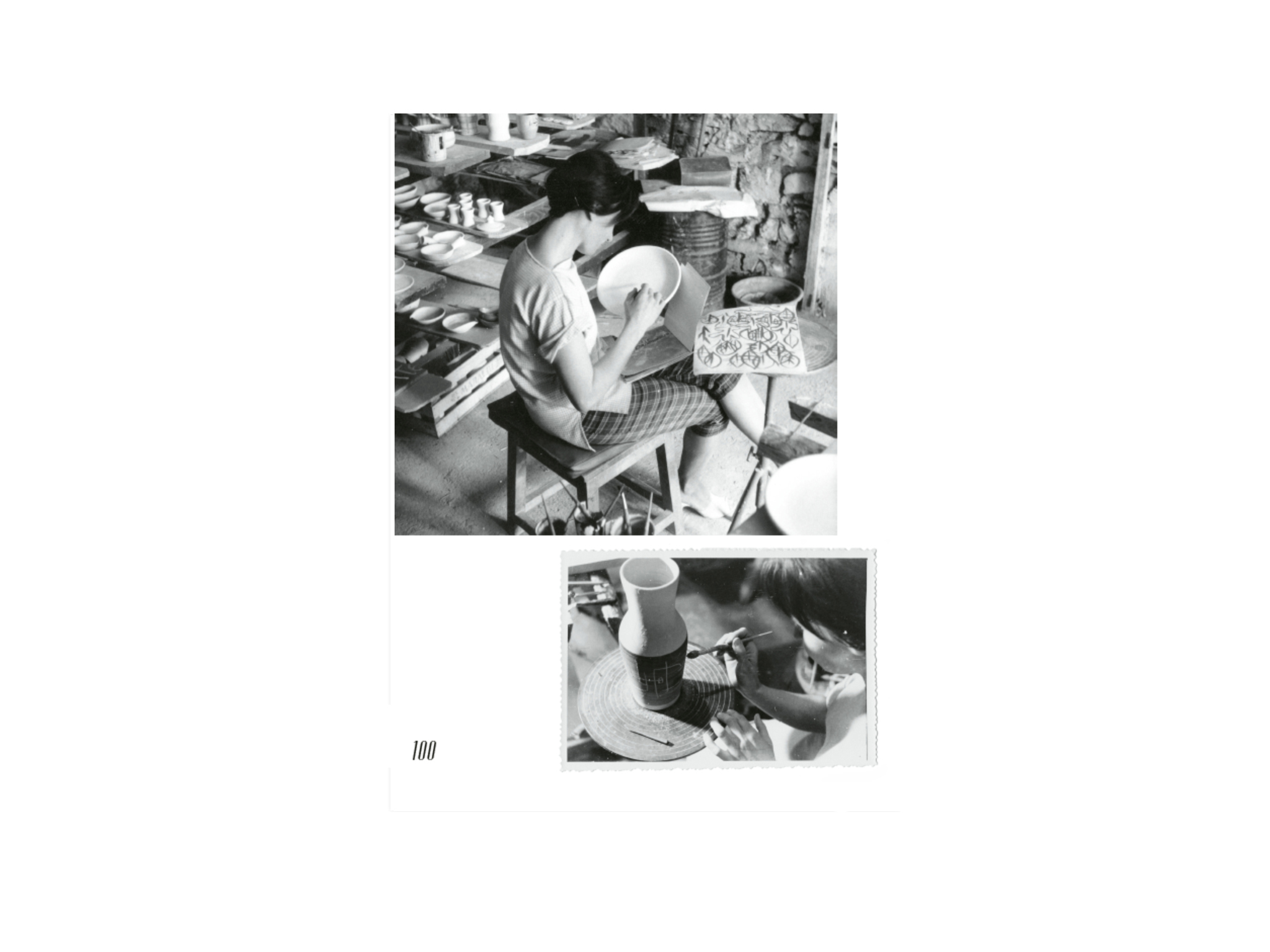
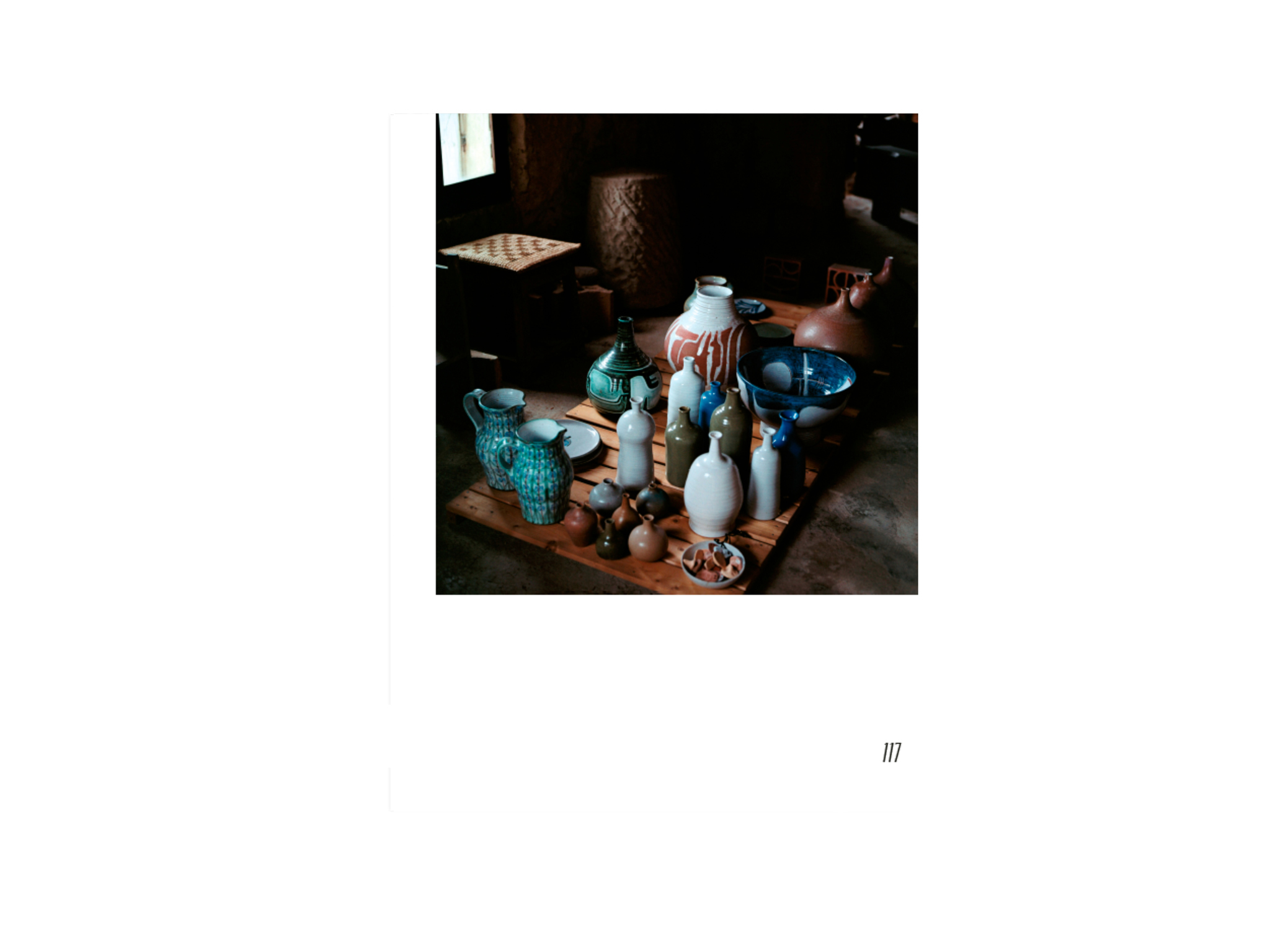
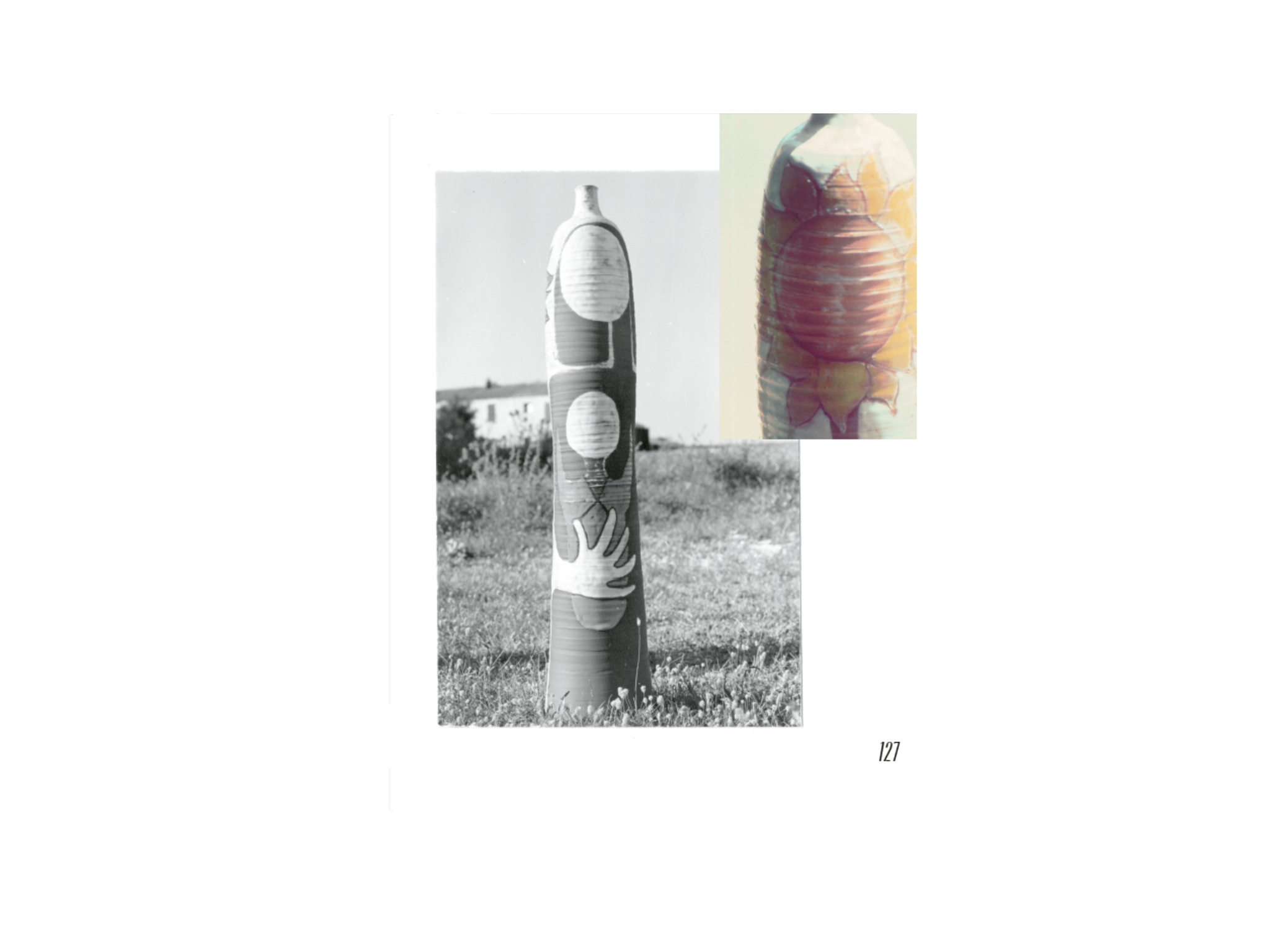
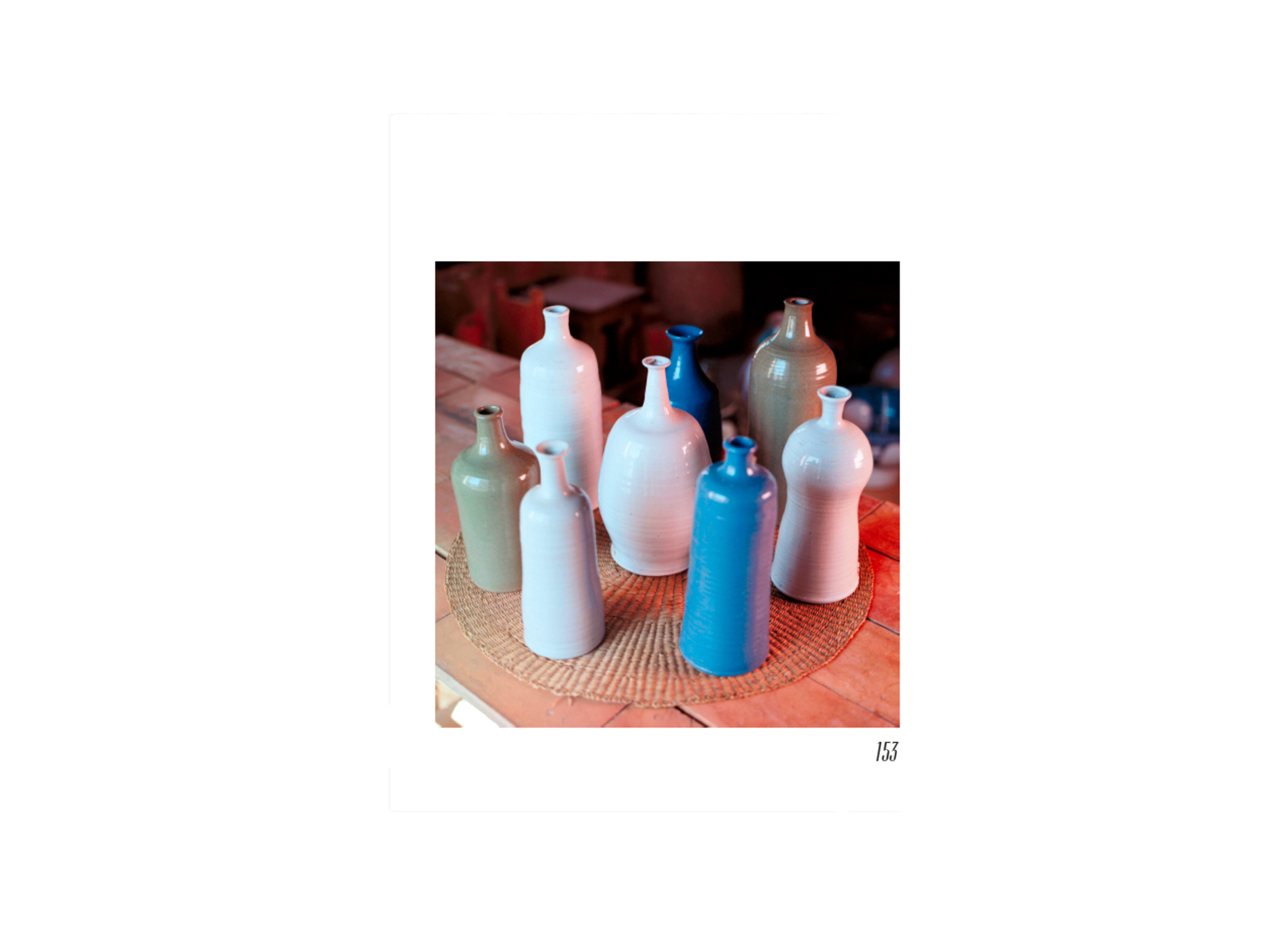
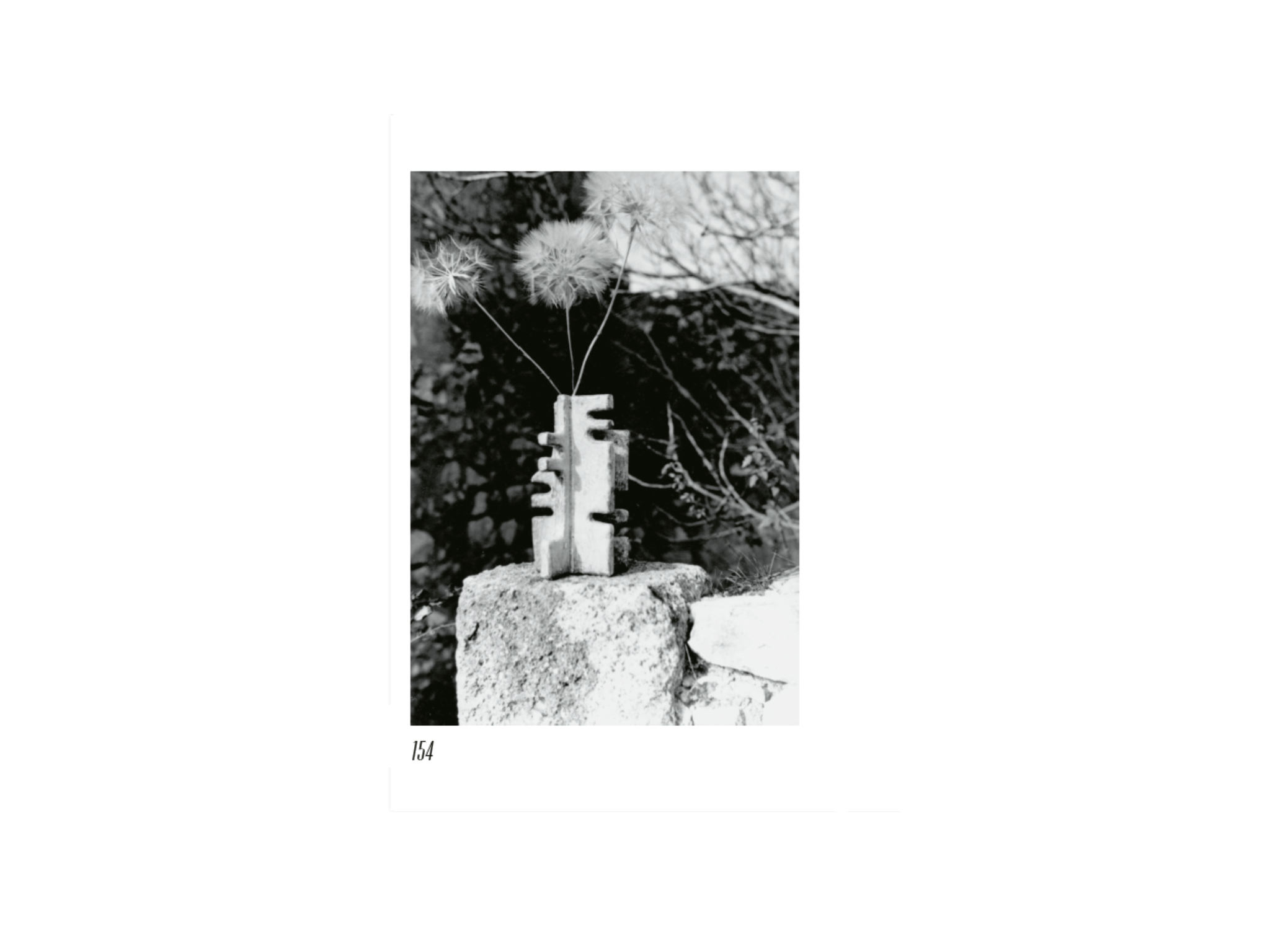
Robert Auguste et Gyn Gausserand
POTS
Gyn Gausserand and Robert Auguste met in 1948 at the Fontcarrade pottery school in Montpellier. They shared the same studio throughout their lives; first in Vallauris with the whole gang (Capron, Derval, Kostanda, Picasso of course, Picault, Ramié, etc.), then in Millau, and finally in Pouzilhac where they settled in a studio house to work more and better – to create their world. This book is an opportunity to shed light on a pottery workshop that was active for nearly seventy years, from the early 1950s until 2017, by highlighting its technical, ideological and cultural aspects.
In Vallauris, their production was already polymorphous: the resolutely modern and free approach of the duo formed by Gyn and Robert is remarkable and concurrent with their work in other workshops. Gyn made decors at their neighbour Jacques Lignier, while Robert worked as a turner with Odette Gourju Naumowitch and her husband Ljuba (parents of Jacques Innocenti) at the Grand Chêne workshop. Their creations, signed RGA Vallauris, RGA, R et G Auguste, RA, GG, Gyn, reveal not just culinary pieces but also pots with a sculptural appearance and panels with painted decorations that take on a truly artistic dimension, one beyond the mere sense of use.
When they left Vallauris, Gyn and Robert made their autonomy a priority. The most important thing was to make themselves available for encounters in their pottery studio – the place where they made and sold their work. The talent of these two potters, who were allies from the start, is to have developed throughout their lives a vocabulary of very identifiable forms present from the beginning of their activity.
Their fidelity to this style is verified by the numerous archival images and signatures from all eras presenting minute variations in decoration. The charismatic Robert and Gyn had very different personalities and, conscious of their complementarity, chose an alternative lifestyle that serves as an early echo of today’s revival of the earth trades. This publication includes excerpts from interviews, selections from photographic and written archives (letters, drawings, poems, chemical formulas, accounting records), and contemporary in situ photographs taken by the artist-filmmaker Ben Russell of the pieces remaining in what was Robert and Gyn’s last pottery workshop. This monograph is co-published by IRIS éditions and Dent-de-Leone.
192 pages
24 x 32 cm
2023
French
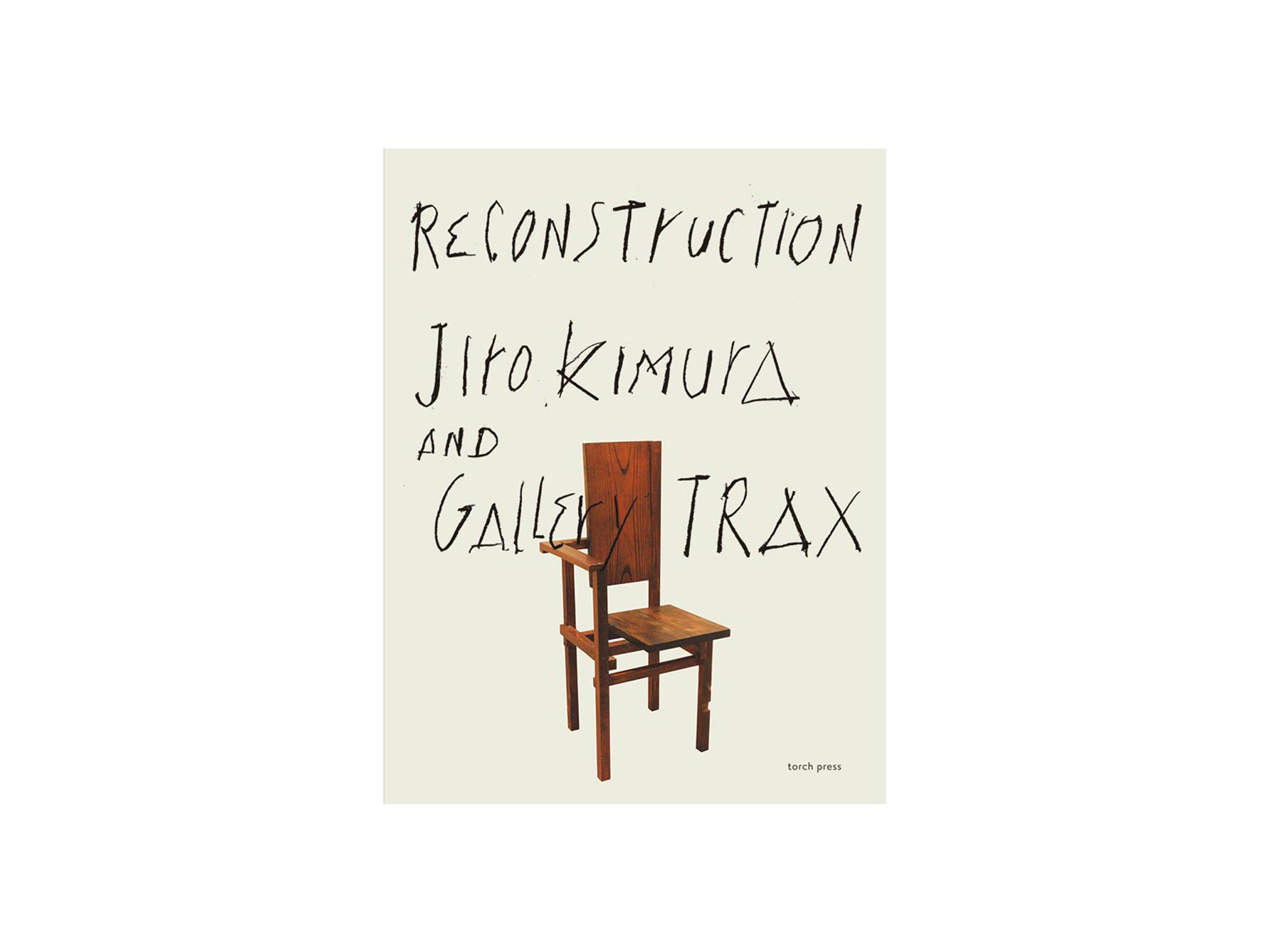

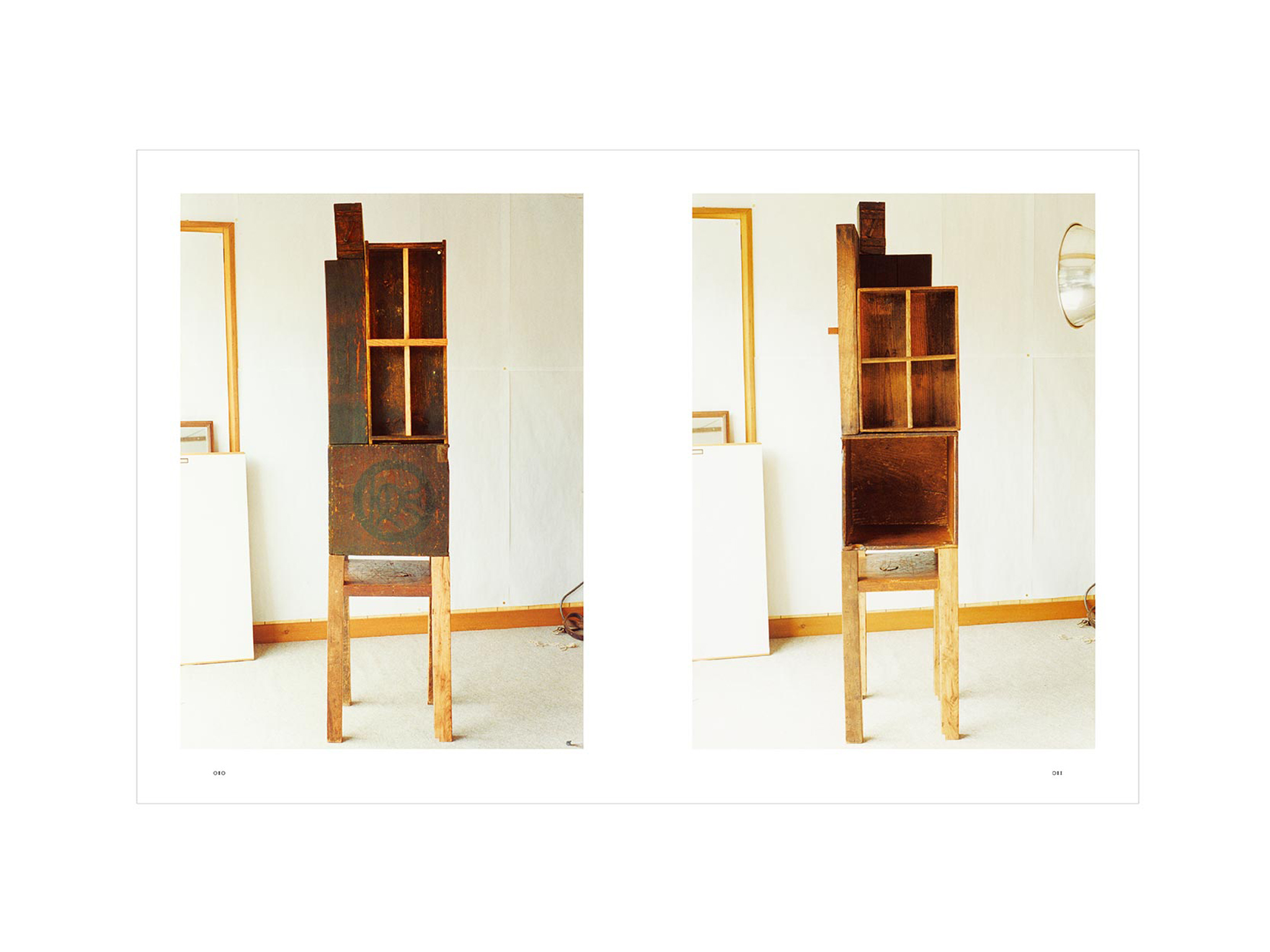
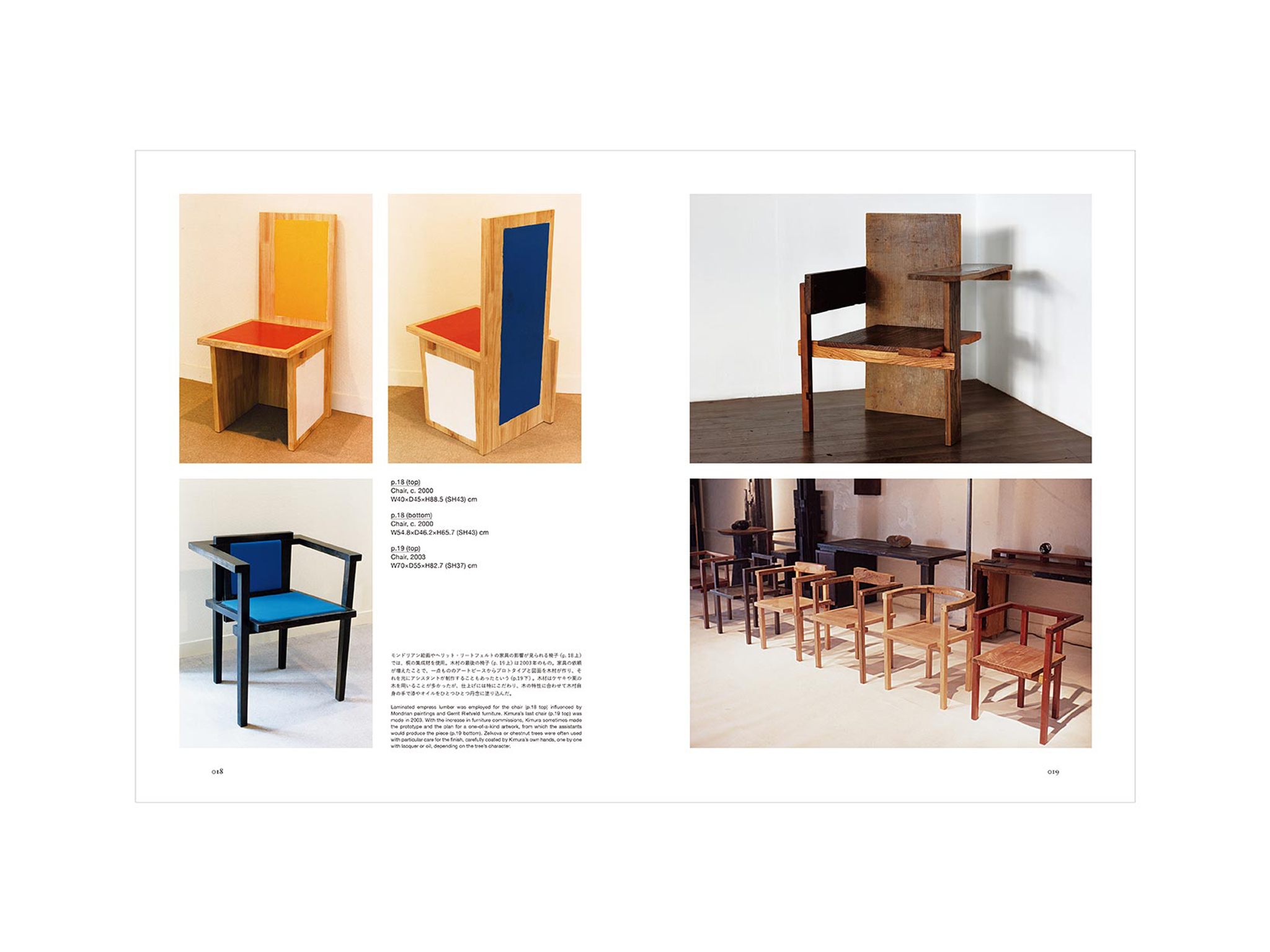
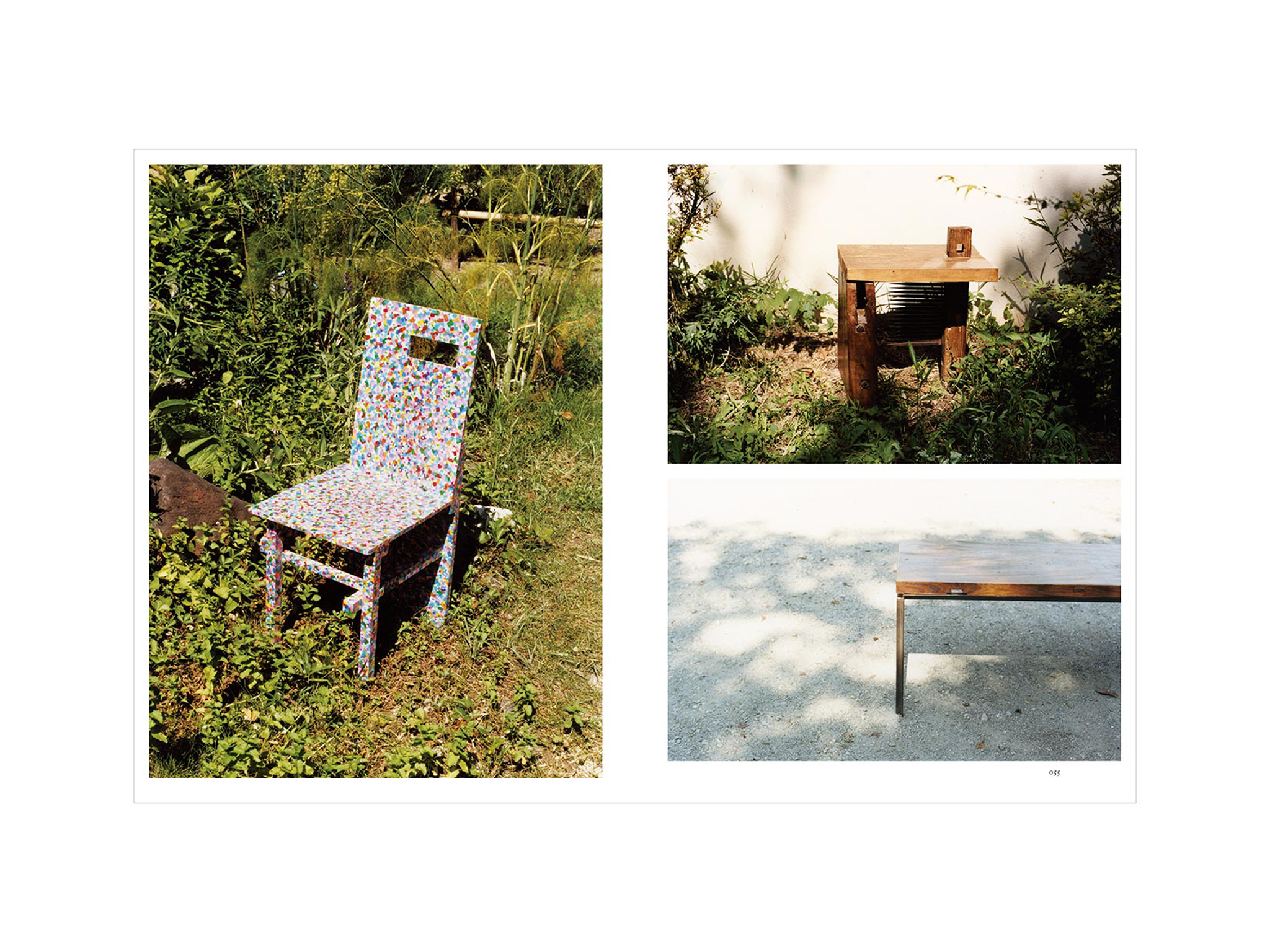
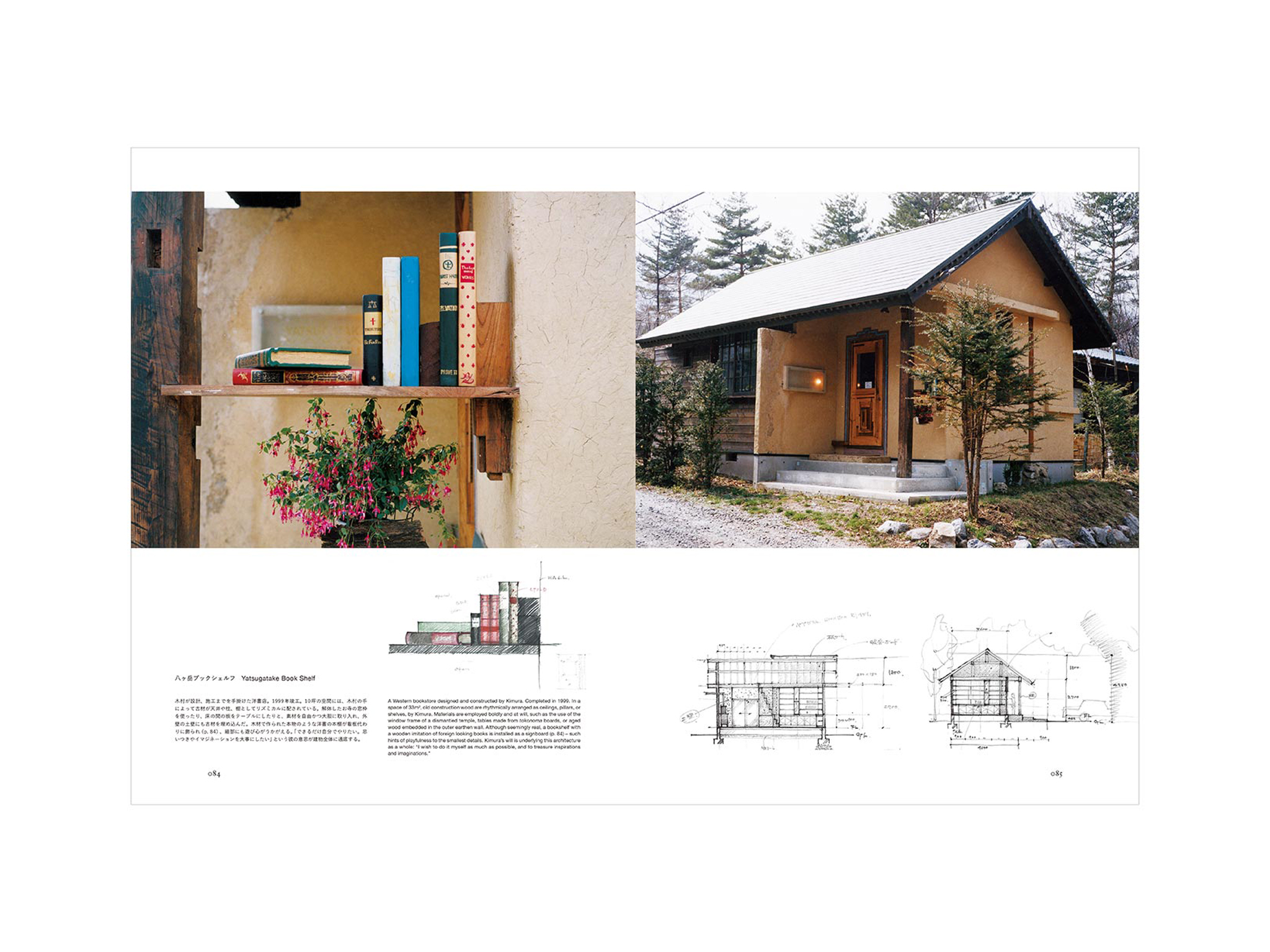

Jiro Kimura
ReConstruction
After moving to Yatsugatake, the time Kimura spent creating furniture from used construction wood was merely 11 years—from the start of Trax to his passing—yet he produced a multitude of aspiring furniture and objects in that short period of time. On the other hand, his architectural involvement, including Starnet in Mashiko, are rather unrecognized despite the remaining unique buildings. This publication is a summary of the immense amount of photographs and documentation of his furniture, objects, and space-making centered around Trax that Kimura had left behind. Most of the included pictures were taken at Trax, as a space in itself. In addition to text written by Kyohei Sakaguchi, Elein Fleiss, and Tohru Matsushita (SIDE CORE), all of whom are associated with Trax, the book also includes sketches and drawings by Kimura, as well as photographs of the garden and Jomon culture that served as inspiration. Even twenty years after his death, many of Kimura’s works remain timeless, preserved mainly in Trax. This book is a study of Jiro Kimura’s creative journey with Trax, as a gallery and a piece of art.
Gallery Trax started in 1993, at the foot of Yatsugatake in Hokuto City, Yamanashi. Founded by interior designer Jiro Kimura and designer Etsuko Miyoshi, this building used to be a nursery of a closed town school on the grounds of Shounji Temple. It was renovated by Kimura himself, and furniture and objects he created composed the space. Trax is distinctive not only for its location or atmosphere, but also for being an exhibition space for artists such as Jun Tsunoda, Tomoo Gokita, Katsumi Omori, Rinko Kawauchi, Yayoi Deki, and others since their early career. With the wind blowing through and light shining in, the gallery is not a so-called White Cube. The room and the works seem to breathe here; the space itself is a work of art which has embraced numerous art pieces over the years. Since Kimura passed away in 2004, Miyoshi has maintained the place as a gallery, and the number of visitors to Trax, a place where the spirit of Kimura still resides, sees no end.
Size: 30 x 23 cm
Hard cover
144 pages
Japanese / English
ISBN: 978-4-907562-45-8 C0052
December 2023
